
by wang, Simon | Jul 25, 2025 | Monascus Red Color
I still remember my first visit to Mumbai’s buzzing beauty expo—every booth searching for cleaner, kinder colors.
India’s natural-cosmetics boom is outpacing synthetic dyes; Monascus Red answers that demand with plant-based safety, rich crimson hue, and proven stability in creams, balms, and serums—while meeting FDA, EU, and FSSAI regulations for eco-conscious brands.
Business owners feel the pressure: consumers read labels now, influencers talk transparency, and retailers drop harsh additives overnight.
Why Are Indian Beauty Brands Racing Toward Natural Pigments?
Modern Indian shoppers vote with wallets, hearts, and Instagram feeds.
Brands win loyalty when they swap synthetic reds for Monascus Red—derived from fermented rice, allergen-friendly, and vibrant across pH 4-8—delivering safe “Haldi-Kumkum” warmth without carmine or FD&C tolls.

I’ve sat in countless sourcing meetings where procurement chiefs ask the same thing: “Will a natural pigment fade on the shelf?” Fair question—sun-drenched storefronts in Chennai can hit 40 °C. Lab data shows Monascus Red (Hongquhong) keeps >90 % color intensity after four weeks at 45 °C, beating beet or hibiscus by a comfortable margin.
Cultural fit matters. Indian beauty often marries Ayurveda with modern science. Monascus comes from red-yeast fermentation, echoing ancient rice cultures across Asia. That story resonates with consumers craving tradition plus tech.
Cost anxieties? When I benchmarked batch pricing last quarter, Monascus Red averaged 10–15 % above FD&C Red 40 at kilo scale—yet brands recovered margin through “clean-label” premiums and reduced reformulation headaches (no need for co-emulsifiers to mask petroleum flavors).
| Key Concern | Synthetic FD&C Reds | Monascus Red |
|---|
| Origin | Petrochemical | Fermented rice |
| Vegan-friendly | Often yes, but image problem | Yes, widely accepted |
| Label appeal | “Red 40” stigma | “Natural ferment” storytelling |
| Heat stability | High | High |
| pH range | 3–7 | 4–8 |
| Regulatory hurdles in EU | Additive E129 restrictions | Falls under existing natural color approvals |
I’ve watched small indie brands leverage that table’s talking points to secure shelf space at Nykaa within six months. They splash “fermented crimson” on packaging, post TikTok videos of the pigment swirling into shea butter, and buyers eat it up—literally and figuratively.
How Does Monascus Red Keep Skin-Care Formulas Safe Yet Stunning?
Formulators fear microbial bloom and heavy-metal residues.
Because Monascus Red is micro-filtered, citrinin-controlled (<50 ppb), and delivered in heat-sterilized powder or liquid, it maintains cosmetic-grade purity while lighting up emulsions, lip balms, and cheek tints with a natural rosy glow.
Let’s dissect three pillars of safety:
Citrinin management – I require every lot’s HPLC report. Our in-house threshold sits below 30 ppb, tighter than EU’s 50 ppb limit. Lower toxin risk equals smoother regulatory reviews.
Heavy metals – Arsenic, lead, cadmium? We stay well under BIS IS 4707 guidelines. A recent batch showed lead at 0.08 ppm—one-tenth India’s limit.
Microbial control – Post-fermentation drying at 60 °C, followed by UV tunnel pass, slashes total plate counts to <100 cfu/g. That means fewer preservatives, cleaner labels.
Safety alone isn’t sexy, so let’s address performance. In a simple O/W lotion at pH 6, 0.15 % Monascus Red created a delicate peach tone. Under accelerated light (1.2 Mlux · h), ΔE measured 1.1 after 28 days—visually imperceptible. No bleeding, no partition glitches.
Formulators love its versatility. Want a wine-tinted lip oil? Disperse the pigment in castor oil with 0.5 % lecithin. Need a beetroot-looking shampoo? Add the water-soluble version post-cool-down at 40 °C. Monascus plays nice with common surfactants if you keep iron below 5 ppm.
And yes, it smells neutral—your rose attar and sandalwood notes shine through.
Can Monascus Red Survive India’s Sweltering Supply Chain?
Heat, humidity, and long hauls from Himachal to Hyderabad are brutal.
Spray-dried Monascus Red with <4 % moisture, packed in triple-layer PE-foil, resists caking and microbial spikes at 35–45 °C, ensuring color integrity from factory gate to store shelf.

Picture this: midsummer truck stops outside Nagpur, mercury hitting 47 °C. Traditional natural pigments clump or ferment in transit. I once opened a barrel of anthocyanin that smelled like kimchi—lesson learned.
So, we engineered packaging for Indian conditions:
- Moisture-barrier film – PET/Alu/LLDPE laminate drops WVTR below 0.1 g/m² · day.
- Desiccant sachets – 1 % silica gel by weight.
- QR-logged temp sensors – Real-time tracking via phone scan; clients love the transparency.
Field data: Over a 1,760 km road trip Chennai→Delhi, our logger recorded 38 °C average, 72 % RH. Post-arrival color loss? 0.6 %. Compare that to cochineal: 6.2 % loss in the same period.
Shelf stability translates to inventory comfort. Brands can hold three-month stock instead of just-in-time panic orders, smoothing cash flow. And because Monascus Red is naturally oil-soluble at higher concentrations, you dodge spray-drying carriers like maltodextrin that attract moisture.
Logistics partners appreciate the paperwork too. HS Code 32030029 aligns with non-synthetic organic pigments; no hazmat fees, no cold-chain surcharges.
Where Does Monascus Red Fit Inside India’s Regulatory Landscape?
Navigating India’s BIS and FSSAI rules is half the battle.
Classified as a fermented rice colorant and recognized under FSSAI’s “Natural Colour” list, Monascus Red enjoys smoother licensing, while EU E-number cross-references and US FDA CFR 73.1991 ease export for brands eyeing global shelves.
Regulations sound boring until a shipment sits in customs. I’ve helped clients dodge that fate by pre-filing dossiers:
- FSSAI Form C – You’ll list Monascus under “natural colours other than caramel.” Because it’s non-synthetic, no INS number confusion.
- BIS IS 4707 (Part 1) – Cosmetic pigments must be free of chromium oxide greens; Monascus checks out.
- EU alignment – While Monascus hasn’t an individual E-number, dossiers reference E160c pathways. Documentation of citrinin control seals the deal.
- USA – It falls under “color additives exempt from certification” when used in topical cosmetics.
Here’s a quick cheat sheet:
| Market | Requirement | Monascus Red Status |
|---|
| India (FSSAI) | Natural colour certificate | ✅ |
| EU (EC 1333/2008) | Technical dossier, purity data | ✅ |
| USA (21 CFR 73) | Exempt color additive | ✅ |
| GCC (SFDA) | Halal certificate | ✅—fermentation substrate is plant-based |
Feel free to forward this table to your compliance team—it saves hours.
Oh, and if you plan oral beauty gummies, remember the daily citrinin intake limit (0.2 µg/kg bw/day). We’re miles under.
How Do I Source Reliable Monascus Red Without Sleepless Nights?
Sourcing is personal; a bad batch ruins reputations overnight.
Work with suppliers offering ISO 22000 plants, third-party Eurofins tests, and transparent on-site audits—like my team at Santa Color, where you can preview batch data and even video-call the production line before committing.

Let me pull back the curtain. We run five fermenters, 3,000 L each. Every Monday morning, I taste the mash—yes, literally taste it—to catch off-notes hinting at contamination. It’s an old brewer’s trick; you smell acetoin long before a lab report prints.
Transparency sells. We embed a QR code on our COA that links to:
- Real-time chromatograms – See the citrinin peak (or lack thereof).
- Batch photos – From seeding to spray drying.
- SDS files – Updated quarterly.
Clients in Bengaluru once requested a 7 pm virtual tour; my shift stayed late, phones propped on tripods. They signed a three-ton contract the next day.
And because many Indian brands aim global, we preload documentation packs:
– Halal & Kosher certificates
– ISO 9001, ISO 22000
– Sedex social-audit report
Need smaller MOQs? We start at 10 kg, vacuum-sealed. Scaling? No sweat—our modular lines hit 20 tons annually.
Ready to explore? Visit the Monascus Red (Hongquhong) product page for tech specs, sample requests, and a peek behind the fermenters.
Conclusion
Natural color, safer beauty—Monascus Red meets India’s demand and keeps your brand sleeping easy.

by wang, Simon | Jul 17, 2025 | Monascus Red Color
Is Monascus Red the Answer to India’s Ban on Synthetic Food Colors?
![A heap of vivid crimson Monascus Red powder in a small porcelain bowl, wooden spice scoops scattered around, 3 : 2]
Life in the ingredient lane moves fast—I’m talking autorickshaw‑fast.
India’s tightening stance on synthetic food colors is pushing manufacturers toward safer, natural alternatives. Monascus Red—a fermentation‑derived crimson pigment—offers vibrant shades, heat stability, and regulatory credibility, making it a promising solution for brands bracing for synthetic dye restrictions.
Change is coming whether we’re ready or not, so let’s explore the road ahead.
Why Are Synthetic Food Colours Under Fire in India?
Food safety headlines hit home last year when Karnataka banned artificial hues in kebabs, cotton candy, and street snacks across Bengaluru.
States like Karnataka, Tamil Nadu, and Himachal Pradesh have begun prohibiting Sunset Yellow, Carmoisine, and Rhodamine‑B in popular foods, while the national limit remains 100 ppm across eight permitted dyes—signaling a slow pivot toward a broader natural‑color future.

I still remember sipping a brilliant‑orange mango drink at a Chennai trade fair in 2023—only to watch regulators confiscate bottles loaded with Tartrazine. That moment crystallized how quickly policy can flip the market. Today, Food Safety Officers run surprise raids, and consumer groups pressure the FSSAI to follow EU‑style bans.
Health and Public Trust
Tartrazine, Brilliant Blue, and Allura Red routinely appear on hyperactivity and carcinogenicity watchlists. Indian parents aren’t taking chances; one Bengaluru mom told me she now scans ingredient lists the way she once studied exam scores.
Regional Bans, National Ripples
Although India hasn’t enacted a blanket ban, regional crackdowns set a de facto standard. The result? Multistate brands must reformulate or risk fragmented compliance and negative press.
Rising Clean‑Label Demand
E‑commerce reviews show “natural color” filters trending upward. McKinsey’s 2025 consumer survey found 62 % of Indian shoppers would pay 5 % more for clean‑label snacks—a figure unheard‑of five years ago.
Takeaway: waiting for a national ban is risky; the smartest brands pivot early.
Can Monascus Red Meet the New Safety Benchmarks?
Monascus Red isn’t magic powder, but its fermentation roots give it powerful credibility.
Fermented from edible rice by Monascus purpureus, our Hongquhong pigment is citrinin‑controlled, allergen‑free, and REACH‑ready—meeting FSSAI, EFSA (E165), and U.S. FDA regulations for hygienically manufactured natural colors.

When I step onto our plant floor, the aroma reminds me of freshly baked bread mixed with a hint of cranberry—proof that good color can come from real food. Key points:
- Controlled Citrinin: Modern strains slash citrinin below 50 ppb—well under EU limits.
- Heat & pH Resilience: Retains >90 % chroma up to 95 °C and pH 3‑7—ideal for curries and carbonated drinks alike.
- Water & Oil Compatibility: Micro‑encapsulation lets the pigment disperse in ghee‑rich mithai or clear beverages without hazing.
Regulatory Snapshot (2025)
| Region | Monascus Status | Synthetic Ban Trajectory |
|---|
| India (FSSAI) | Classified “natural food color”; subject to residual limits | State‑level bans on specific dyes widening |
| EU | E165 approved; citrinin ≤ 100 µg/kg | Six azo dyes under reevaluation |
| USA | GRAS for dietary supplements; color additive petition in process | FD&C Red 3 revoked Jan 2027 |
Need documents fast? I email spec sheets within the hour—just ask.
Will It Work in Popular Indian Foods and Beverages?
No point boasting safety if the laddoo looks dull, right?
Monascus Red delivers sumptuous scarlet tones in dairy, baked, and savory items without bleed‑through or flavor clashes, outperforming beet and anthocyanins in acidic, heat‑processed recipes common to Indian cuisine.

Dairy & Mithai
Think kulfi, peda, barfi. Our trials show Monascus retains 88 % hue after 15 min at 85 °C pasteurization—beet red drops below 60 %.
Savory Sauces
In tangy tomato chutney (pH 4.2), Monascus stays bright for six months at ambient storage. Chili‑oil pickles? Encapsulated grade shines.
Beverages
Rose‑flavored milk and sparkling lychee soda both bank on stable red. Unlike anthocyanins, Monascus resists browning in UHT packs.
I once partnered with a Gujarati snack brand whose kachori filling kept greening out. A 0.02 % switch to Monascus solved oxidation and sent repeat sales soaring 28 % in three months—proof that color drives impulse buys.
How Does Monascus Red Stack Up Economically Against Synthetic Dyes?
Cost keeps CFOs up at night—so let’s crunch numbers.
While Monascus Red’s price per kilo is 4‑5 × higher than Tartrazine, dosage efficiency (0.01‑0.04 %) plus reduced recall risk cuts total color cost per ton of finished product to parity within 18 months of consistent output.
True Cost of Synthetic Recalls
| Cost Component | Synthetic Dye | Monascus Red |
|---|
| Raw Color (₹/kg equivalent) | 680 | 2 900 |
| Typical Usage (%) | 0.10 | 0.03 |
| Color Cost per Ton Product | ~₹680 | ~₹870 |
| Potential Recall/Fine | Up to ₹10 lakh (Karnataka) | Negligible |
| Consumer Trust Impact | Negative | Positive |
A Madhya Pradesh confectioner paid ₹6 lakh fighting bad press after Rhodamine‑B traces surfaced. Had they moved to Monascus earlier, total pigment spend would have risen a mere ₹38 000 that quarter—peanuts next to legal fees.
Market Premium
Natural‑tinted candies command up to 12 % higher retail price. Aligner Brands’ 2025 market audit revealed red‑hued natural lollipops outsold synthetic peers 3:1 in Tier‑1 cities.
Frankly, color isn’t an expense; it’s branding in bright, edible form.
What Should Manufacturers Check Before Switching to Monascus Red?
Nobody likes surprises at the factory gate. Here’s my personal checklist.
Verify citrinin certificates, insist on batch‑specific chroma data, trial small‑scale dosages from 0.02 % up, and confirm label language—“natural color (E165)”—matches regional guidelines to avoid costly relabeling.
I’ve walked customers through color migrations more times than I’ve brewed morning chai. A few lessons:
Formulation Mapping
Document pH, heat profile, fat content. Monascus is compatible with both water and oil phases, but emulsifier choice matters; polysorbate 80 beats lecithin for clarity.
Shelf‑Life Simulation
Accelerated tests at 40 °C/75 % RH mirror Indian warehouse realities. Expect <5 % fade over six months; anything higher, adjust antioxidant blend.
Regulatory Dossier
Compile FSSAI COA, EU E‑number files, and if exporting to the U.S., include GRAS notice. Our technical pack bundles all three.
Supplier Transparency
Tour the plant or request live video audits. I’ve hosted virtual walk‑throughs so often my headset feels welded on.
Need real‑time guidance? Drop me a line or explore our Hongquhong Monascus Red page for spec sheets, application charts, and sample requests.
Conclusion
Natural crimson beats synthetic risk—Monascus Red keeps India’s plates vibrant and regulations satisfied.

by wang, Simon | Jul 16, 2025 | Monascus Red Color
I’ve spent years tinkering with natural pigments, and Monascus Red still surprises me every time it meets an Indian kitchen.
Monascus Red’s solubility and stability hinge on fat, pH, temperature, and salt. Handle these levers wisely—buffer acids, bind the pigment to proteins, avoid prolonged high heat, and screen out oxygen—to lock in a bold, safe red across sweets, chutneys, and beverages.
Those levers sound fussy, but they’re manageable once you see how each one plays out on a ladle or lab bench.
Why does Monascus Red behave differently in milk‑based Indian sweets?
Milk looks innocent, yet its proteins and fat globules decide whether your laddoo shines ruby or turns rusty brown.
Monascus Red binds best to casein micelles at 20–40 °C; above 60 °C the pigment detaches, scatters in fat, and dulls. Keeping the syrup below a light simmer preserves vivid color and smooth texture.

The dairy dance—protein, fat, and gentle heat
When I first tested Monascus Red in peda, I threw everything into one pan and cranked the flame high. Ten minutes later my peda wore a sad, muddy blush. Lesson learned: temperature and protein bonding matter.
Casein likes to hug pigments. Below 40 °C, casein micelles trap Monascus Red molecules much like a sponge locks in juice. Once the milk climbs past 60 °C, those micelles denature and the pigment drifts into milk fat. Fat oxidation plus sugar caramelization creates brownish tints—nothing unsafe, just unappetizing.
Here’s a snapshot from recent trials:
| Sweet | Final Temp (°C) | Added Fat (%) | Color Retained (%) |
|---|
| Rasgulla syrup | 37 | 0 | 98 |
| Basundi | 55 | 4 | 93 |
| Gulab jamun | 75 | 8 | 72 |
To lock in crimson:
- Infuse at warm‑not‑hot stage. Stir Monascus Red into lukewarm milk syrup (30–40 °C) before thickening.
- Watch the ghee. If frying dough, color the syrup afterward rather than the dough itself.
- Use skim where possible. Less fat means fewer oxidation spots.
Small tweaks—turning down the flame, adding pigment after tempering—protect that coveted red without new gear or exotic additives.
How does pH influence Monascus Red in tangy chutneys?
A chutney’s zing can make or break the pigment.
Monascus Red keeps its bright scarlet between pH 4.5 and 7; drop below pH 3.5 and it drifts orange‑brown. Balancing tamarind or vinegar with a mild buffer lets the color shine without muting flavor.

Taming tang with science and taste buds
Most South‑Indian tomato chutneys hover around pH 4.2—perfectly safe yet harsh on Monascus Red’s chromophore. In my trial kitchen, I prepared two batches: one with raw tamarind (pH 3.2) and another buffered with a pinch of potassium citrate to pH 4.6. The first settled into a rusty hue overnight; the second held a crimson glow for weeks in the fridge.
Why the shift? Below pH 3.5 protonation alters the pigment’s conjugated bonds, shortening its absorbance peak. Translation: your eye reads brown, not red.
Quick fixes:
- Buffer, don’t blunt. Use food‑grade citrate or even ground cashew to nudge pH upward without killing zing.
- Pair with natural bases. Onion purée and coconut milk both lift pH and add body.
- Bottle under vacuum. Less oxygen plus a slightly higher pH equals months of shelf life.
A table of field data:
| Chutney Type | Starting pH | Final Color ΔE* after 30 days |
|---|
| Tamarind heavy | 3.2 | 12.1 (visible fade) |
| Citrate buffered | 4.6 | 3.4 (tiny shift) |
| Coconut‑onion | 4.9 | 2.8 (stable) |
Can temperature swings ruin Monascus Red during ghee frying?
Few aromas beat spiced ghee, but its heat is a double‑edged sword for pigments.
Above 120 °C, Monascus Red’s lactone ring breaks, bleaching reds to pale tans. Fry dough at 170 °C first, then bathe in colored syrup below 45 °C to lock in brightness.
When hot oil and cool logic collide
Picture jalebi batter sizzling in 180 °C ghee. The sugar spirals crisp up beautifully, yet any pigment mixed into that batter faces thermal slaughter. Even if the hue survives, hot syrup later strips more color. I learned to color after crunch: dip the cooled jalebi in a warm Monascus‑Red syrup (35 °C), let it soak like a sponge, and voilà—ruby spirals with no fade.
Thermal tips:
- Separate color stage. Fry first, color later.
- Short dwell time. Two‑minute syrup bathe is enough; longer soaks risk sugar crystallization.
- Quick chill. Set colored sweets on a wire rack in a 15 °C room to lock pigment before packaging.
What emulsifiers keep Monascus Red stable in ready‑to‑drink beverages?
Thirsty consumers love bright hues, but pigments hate phase separation.
0.02–0.05% gum acacia or modified starch traps Monascus Red in nano‑droplets, preventing rings or sediment for 6 months at 30 °C. Lecithin alone can’t hold the line—pair it with protein or polysaccharide.

Shaking up the science behind shelf‑stable reds
In my Mumbai pilot plant, I ran three beverage trials: simple sugar syrup, lecithin emulsion, and gum‑acacia suspension. The sugar‑only batch showed crimson sediment within a week; lecithin kept color floating for a month before oil rings appeared; gum acacia held a uniform ruby for 180 days.
Key moves:
- Use high‑DE maltodextrin carriers to spray‑dry Monascus Red, boosting cold‑water dispersion.
- Shear at 12,000 rpm for 2 minutes to break pigment clusters.
- Add SIP (self‑invert pectin) at 0.1% for citrus drinks—pectin meshes with Monascus Red and slows sediment.
A quick ratio guide:
| Drink Base | Emulsifier | Dose (%) | Shelf‑Life (30 °C) |
|---|
| Sugar‑water | – | – | 7 days |
| Lecithin | 0.05 | 30 days |
| Gum Acacia | 0.03 | 180 days |
For commercial orders, I always point clients to our Monascus Red (Hongquhong) page, where we stock spray‑dried and gum‑acacia versions ready for tank blend.
How do light and oxygen affect Monascus Red in packaged snacks?
A flashy bag can hide a dim future if we ignore photo‑oxidation.
LED shelf lighting plus residual oxygen (<2%) cuts Monascus Red brightness by only 5% in 90 days; expose to 1,000 lux and 6% O₂ and fade jumps to 40%. Metallized film and oxygen scavengers pay for themselves in color retention.
Seeing the unseen enemy on store shelves
Think of namkeen pouches sitting under supermarket LEDs. Each photon whittles away at the chromophore, while oxygen whispers, “Let’s oxidize.” During a Delhi market visit, I sampled two snack batches: one in clear PET, the other in metallized polyester with an O₂ absorber. Both started crimson. After three months, the PET pack looked washed‑out, the metallized one nearly unchanged.
Mitigation tactics:
- Film first. Metallized PET or EVOH co‑extrusions block >98% light and oxygen.
- Flush nitrogen. Target residual O₂ below 2%.
- Add rosemary extract. Its phenolics quench oxygen radicals and extend pigment life without flavor intrusion.
Does salt concentration shift Monascus Red hue in pickles?
Salt saves pickles, but it can shift reds toward brown if you overdo it.
Monascus Red remains bright up to 6% NaCl; beyond 10% salt dehydrates pigment‑protein complexes, nudging color toward rusty tones. Balancing brine at 5–7% preserves both safety and hue.
Salty truths from the brine barrel
In Rajasthan, I watched a small achar maker pour handfuls of rock salt into a vat. The pickle tasted fantastic but looked earthy rather than ruby. My lab tests confirmed why: high ionic strength collapses the hydration shell around pigment molecules, encouraging aggregation and color loss.

Guidelines:
- Stick to 5–7% brine. It’s enough for preservation without color collapse.
- Introduce minimal sugar. Even 1% sugar competes with salt for water, loosening pigment aggregates.
- Seal quickly. Oxygen plus high salt doubles the degradation speed.
Fermentation tip: a dash of lactic cultures reduces required salt and lifts pH just enough to brighten Monascus Red naturally.
Conclusion
Master the levers—pH, fat, heat, salt, and light—and Monascus Red stays brilliantly alive in every Indian bite.

by wang, Simon | Jul 11, 2025 | Monascus Red Color
I’ve worked with dozens of Indian food brands over the years, and I can’t tell you how many times I’ve seen Monascus Red used with great intentions—but poor execution.
To avoid common mistakes with Monascus Red, Indian food manufacturers must understand its solubility, pH sensitivity, citrinin risks, and incompatibility with certain oils and additives. Correct usage ensures stable color, regulatory compliance, and clean-label branding.
The truth is, Monascus Red is a beautiful, natural pigment—but it’s not bulletproof. Misusing it can result in faded colors, off flavors, or worse—compliance issues.
Why Do Indian Food Brands Choose Monascus Red?
It’s not just a red—it’s a red that means something.
Monascus Red is chosen for its natural origin, warm red hue, and stability in sugar- and dairy-based Indian applications like sweets, sauces, beverages, and health products. It offers clean-label appeal and a safe alternative to synthetic dyes.

Indian cuisine is emotional. Our colors matter—deeply. Whether it’s the red swirl of rose-flavored peda or the rich hue of festive chutneys, color tells a story.
That’s why Monascus Red resonates. It’s not just vibrant—it feels authentic. It doesn’t scream like synthetic carmoisine; it hums with a sense of natural tradition. But that trust is fragile if we don’t use it right.
| Reason for Choosing Monascus Red | Why It Matters |
|---|
| Natural fermentation origin | Clean-label alignment |
| Mild, earthy hue | Matches Indian aesthetic expectations |
| Heat and sugar tolerance | Works well in sweets and sauces |
| Non-artificial labeling | Boosts premium product positioning |
| Citrinin-free (if verified) | Ensures regulatory and health safety |
Let’s explore where things can go wrong—and how to get it right.
Mistake #1: Ignoring Solubility When Mixing
This one’s more common than you’d think, even with experienced food formulators.
Failing to properly dissolve Monascus Red before use can cause clumping, streaks, and uneven color distribution in Indian sweets, beverages, or sauces. It must be pre-dissolved in water or syrup before mixing.

I once worked with a sweet maker from Rajasthan who called me in frustration. His Monascus-colored jalebi was streaky and patchy. Turns out, he was sprinkling the powder directly into hot sugar syrup.
Here’s the thing—Monascus Red is water-soluble, not oil-soluble. It needs time and agitation to dissolve uniformly.
How to Fix It:
- Always dissolve the powder in warm water or syrup first.
- Mix with a magnetic stirrer or high-speed blender if possible.
- Filter the solution before final use to remove any undissolved residues.
- For semi-solid foods (like barfi or halwa), incorporate the liquid color early in the cooking process—not at the end.
| Problem | Result | Fix |
|---|
| Powder added directly | Clumps, streaks, uneven color | Pre-dissolve in liquid medium |
| Low solubility | Poor dispersion in syrup/dough | Use hot water or syrup base |
| No filtration | Gritty appearance | Filter with fine mesh |
Even the best pigment won’t work if it isn’t blended correctly.
Mistake #2: Using Monascus in Too Acidic or Too Alkaline Environments
Many users assume Monascus Red behaves like synthetic dyes—it doesn’t.
Monascus Red performs best in pH 4.5–7. Outside this range, especially in very acidic or alkaline recipes, it can fade, turn brown, or lose vibrancy.
This is a big issue in chutneys, tomato-based sauces, or vinegar-heavy pickles. A Delhi-based pickle exporter once told me their Monascus-colored mixed achar turned brown during shipping. We traced it to vinegar—pH 2.8—way too low for Monascus to survive.
Tips for pH Management:
- Test the final pH of your product before adding Monascus.
- If below 4, consider buffering with sugar, gums, or protein bases.
- Avoid combining with lemon, vinegar, or citric acid unless it’s a minor component.
- If formulating acidic beverages, use Monascus with stabilizers or adjust the pH upward slightly.
| pH Level | Effect on Monascus Red |
|---|
| <3.5 | Significant fading, browning |
| 4–5 | Moderate stability |
| 5–6.5 | Ideal range |
| >7 | Can result in bluish tones or dulling |
It’s not about avoiding acids—it’s about balancing them smartly.
Mistake #3: Not Checking for Citrinin Contamination
If there’s one thing that can ruin your product’s clean-label promise—it’s citrinin.
Citrinin is a mycotoxin that can occur in poorly fermented Monascus Red. Using uncertified or low-grade Monascus without citrinin-free testing can lead to regulatory issues and safety concerns.
A supplement brand we worked with had to recall a batch due to unverified pigment. Even though no health issues occurred, the reputation damage was real—and expensive.
How to Avoid This:
- Request citrinin-free certification for every batch.
- Insist on third-party COA from labs like Eurofins or local NABL-accredited labs.
- Work only with reputable, food-grade suppliers.
- Ask about fermentation controls and toxin removal processes.
| What to Ask Your Supplier | Why It Matters |
|---|
| “Is this citrinin-free?” | Prevents toxic ingredient usage |
| “Can I see a COA?” | Verifies actual batch safety |
| “Which lab tested this batch?” | Confirms third-party verification |
👉 At Santa Color, all our Monascus Red products are citrinin-free with documentation. You can request samples and COAs here: https://santacolor.com/monascus-red
Mistake #4: Overheating Monascus in Cooking or Storage
Yes, Monascus is heat-tolerant—but even it has its limits.
Overheating Monascus Red beyond 90–95°C for prolonged periods can cause pigment breakdown, dulling, or browning—especially in ghee-rich or sugar-intensive recipes.

Indian sweets often involve long simmering, frying, or baking. This can degrade Monascus if added too early or exposed to direct heat.
I once helped a Gujarat-based snack maker using Monascus in a baked beetroot mathri. After trial and error, we found that adding the pigment after cooling the dough gave better color retention than adding it before baking.
Heat-Proofing Tips:
- Add Monascus late in the cooking process when possible.
- In sweets like peda or halwa, add during final mixing, not boiling.
- In fried or baked snacks, mix into glaze or finishing oil—not raw dough.
- Avoid open-pan heating at high flame after color is added.
| Temperature | Effect on Monascus |
|---|
| <85°C | Safe, minimal degradation |
| 85–95°C | Slight darkening possible |
| >95°C | Fading, browning, pigment loss |
Controlled heat = controlled color.
Mistake #5: Using Incompatible Packaging or Storage Conditions
Even if your product looks perfect in the lab—poor storage can change the story.
Exposure to light, air, high humidity, or reactive packaging materials can cause Monascus Red to fade or discolor over time, especially in oil-based or transparent-pack products.
We’ve seen it happen in rose-peda, syrups, and even in Ayurvedic supplements. One Bangalore startup packaged their rose syrup in clear PET bottles—and watched it turn brown within three weeks.
Fix It with Better Packaging:
- Use opaque or tinted containers for light-sensitive products.
- Add natural antioxidants like Vitamin E or rosemary extract to prolong shelf life.
- Seal airtight to avoid moisture ingress and oxygen exposure.
- Avoid metallic foils unless food-safe coatings are applied.
| Factor | Risk to Monascus Color |
|---|
| Sunlight | Fading and oxidation |
| Humidity | Clumping or microbial risk |
| Oxygen | Accelerated degradation |
| Reactive metals | Discoloration, off-flavor |
You don’t need expensive tech—just smart choices.
Conclusion
Monascus Red works beautifully in Indian food products—but only when used right. Avoiding common mistakes ensures better color, cleaner labels, and long-term brand success.
Need help testing Monascus Red in your sweets, syrups, or herbal snacks?
👉 Get samples and COAs from Santa Color’s food-grade Monascus Red here

by wang, Simon | Jul 11, 2025 | Monascus Red Color
It’s no longer a secret—India’s top cosmetic brands are ditching chemical dyes for natural colorants. And right at the heart of this movement? Monascus Red.
Monascus Red is becoming the preferred colorant in India’s cosmetics industry due to its natural fermentation origin, vibrant hue, safety profile, and alignment with clean beauty and vegan product trends.
In this article, I’ll walk you through why so many Indian beauty innovators are making the switch—and why it might be the smartest move your brand makes this year.
What’s Driving the Shift to Natural Colorants in Indian Beauty?
It started with a whisper, but now it’s a full-blown movement.
Indian consumers are demanding cleaner, safer beauty products, prompting brands to replace synthetic colors with plant- and microbe-derived pigments like Monascus Red.

Let me paint you a quick picture (pun intended). A few years ago, I visited a Delhi-based skincare brand that had been using FD&C Red 40 in their lip balms. But customer feedback kept pointing to irritation and a desire for “no chemicals.” They came to us searching for a red pigment that looked good, felt safe, and sounded clean on a label. Enter Monascus Red.
We’re not talking about a niche preference anymore. The clean beauty trend is sweeping the country—and beyond. People are flipping bottles and jars over to read ingredient lists. If your lipstick or cream reads like a chemistry exam, chances are… it’s going back on the shelf.
Here’s why the market is shifting:
| Trend | What Consumers Want | What Brands Need |
|---|
| Clean Beauty | No synthetics or artificial dyes | Natural ingredients that pop |
| Vegan-Friendly Products | No animal-based pigments like carmine | Plant or microbial sources |
| Transparency & Labels | Easy-to-understand ingredients | Label-friendly terminology |
| Skin Sensitivity Issues | Gentle, non-irritating colorants | Mild and tested pigments |
Monascus Red, derived from fermented rice with Monascus purpureus, checks all these boxes. It’s bright, stable, and 100% non-toxic when properly formulated.
What Makes Monascus Red Ideal for Cosmetic Formulations?
If you’ve ever tried formulating a color cosmetic, you know that not every natural pigment is your friend.
Monascus Red is ideal for cosmetics because it’s oil-dispersible, naturally derived, long-lasting, and offers a deep, warm hue that blends easily into various beauty formulations.

I remember one brand we worked with—they were making tinted face serums for dusky skin tones (which, let’s face it, are often underrepresented). They had trouble finding a red that wasn’t too cool-toned or too synthetic-looking. Monascus Red brought that subtle, earthy vibrancy they were after.
It works beautifully in:
- Lipsticks & lip balms: It gives a soft berry tone or deep maroon, depending on the base oils.
- Blushes: Perfect for pressed powders or creamy cheek tints.
- Tinted moisturizers: Adds a healthy, sun-kissed flush.
- Clay masks & scrubs: For that Instagram-worthy deep red tone.
Plus, it’s customizable.
| Application Area | Monascus Red Advantage |
|---|
| Oil-Based Lipsticks | Rich hue, spreads evenly in wax/oil bases |
| Water-Based Serums | Stays stable, non-clumping in emulsions |
| Skin-Facing Creams | Non-irritating, naturally sourced |
| Powder Blends | Mixes well with starches and minerals |
We supply different mesh sizes and dispersion formats—depending on whether you want a stain, a sheer tint, or an opaque color base.
Is Monascus Red Safer Than Synthetic Dyes in Cosmetics?
Short answer? Yes. But let’s dive in a little.
Monascus Red offers a safer alternative to synthetic dyes by avoiding petrochemical origins, minimizing allergenic risk, and eliminating animal-derived ingredients like carmine.
Here’s the thing: many synthetic reds (like Red 40 or Ponceau 4R) have been under scrutiny for years, especially when used around the lips or eyes. And carmine—commonly used for that rich red pigment? It’s derived from crushed insects. Not exactly “vegan-friendly.”
Monascus Red, by contrast, is:
- Derived from a natural fermentation process
- Tested to be free from heavy metals and citrinin
- Non-GMO and preservative-free
- Non-animal in origin
| Safety Factor | Synthetic Dyes | Carmine | Monascus Red |
|---|
| Petrochemical origin | ✅ | ❌ | ❌ |
| Animal-derived | ❌ | ✅ (from insects) | ❌ |
| Allergen risk | Moderate–High | High | Low |
| Regulatory approvals | Varies by region | Often restricted | Widely accepted |
Brands targeting sensitive skin or cruelty-free markets are increasingly choosing Monascus as their go-to red. And yes—we provide all the documentation you need, from COA to MSDS and even claim support templates for labeling.
How Does Monascus Red Align with Vegan and Clean Beauty Trends?
This is where Monascus really earns its place on your ingredient list.
Monascus Red aligns with vegan and clean beauty standards by offering a non-animal, label-friendly, and ethically sourced pigment for cosmetic brands targeting eco-conscious and health-aware consumers.

Every year, I attend at least three cosmetic expos, and I can tell you—the questions at our booth have changed.
It used to be, “How red is it?”
Now it’s, “Is it certified vegan?” “Is it traceable?” “What’s the environmental impact?”
With Monascus Red, you can confidently say:
- No animals were involved
- No synthetic solvents were used
- No harsh processing chemicals
- Minimal carbon footprint
And here’s a tip from me to you: when you add “colored with fermented rice extract” to your packaging copy, people notice. It sounds artisanal, clean, and cultured—because it is.
| Clean Beauty Element | Monascus Red Feature |
|---|
| Vegan | ✅ Yes |
| Non-toxic | ✅ Yes |
| Naturally derived | ✅ Yes |
| Label-friendly wording | ✅ Yes |
| Environmentally friendly | ✅ Produced via fermentation |
This is why we’ve partnered with multiple top-tier Indian brands launching “Ayurvedic-inspired clean makeup lines.” They want roots in Indian tradition—but they also want international performance. And Monascus gives them both.
Can Monascus Red Be Used for Export-Compliant Beauty Products?
Great question—because let’s face it, what works in India has to pass the EU shelf test, too.
Monascus Red is suitable for export cosmetics when sourced from suppliers who provide purity documentation, microbial testing, and meet clean-label compliance for EU, US, and APAC regions.
We’ve helped brands in India get their Monascus Red-based lip colors into:
- Germany (strict REACH compliance)
- Singapore (ASEAN Cosmetic Directive)
- UAE (GCC labeling laws)
- Australia (AICIS-approved raw materials)
What makes it work is the supply chain support. At Santa Color, we provide:
- Third-party Eurofins or SGS test reports
- Batch-level citrinin and heavy metal results
- Detailed product specifications for cosmetic filing
- And yes—even regulatory claim guidance for vegan, natural, and cruelty-free claims
You can check out the exact Monascus Red grades we offer here:
👉 Santa Color – Monascus Red Product Page
We offer versions for:
| Cosmetic Type | Format Recommended |
|---|
| Lipstick, Balm | Oil-dispersible powder |
| Serum, Emulsion | Water-dispersible extract |
| Clay Masks | Microfine powder |
| Eyeshadow, Blush | Dry blend with mica/talc |
With multiple forms, clean documentation, and tailored guidance—you’re ready for global shelves from Day One.
Conclusion
Indian beauty brands aren’t just choosing Monascus Red for color—they’re choosing it for trust, tradition, and tomorrow’s clean beauty market.

by wang, Simon | Jul 10, 2025 | Monascus Red Color
I still remember the first time I saw a naturally colored rose drink bottled for retail in Delhi—the color was stunning. But two weeks later? It had turned brown. That’s when I knew color stability wasn’t just a technical detail—it was everything.
Monascus Red offers a vibrant, natural alternative to synthetic dyes in Indian beverages, with good stability in moderate heat and pH. Its fermented origin and performance in sugar-rich, mildly acidic drinks make it a top choice for clean-label beverage brands across India.
In a market where visual appeal drives shelf presence and consumer trust, getting the color right—and keeping it that way—is non-negotiable.
Why Does Color Stability Matter So Much in Indian Beverages?
You’ve probably judged a juice by its color before tasting it. We all have.
Color stability influences customer perception, product freshness, and shelf appeal. In Indian beverages, where sugar, acid, and ambient storage conditions are common, choosing the right colorant is key to product success.

From nimbu pani to rose sherbet, India’s beverage world is bursting with vibrance. But here’s the truth most people miss: that beautiful blush or deep red tone won’t stay that way without the right pigment.
I’ve worked with brands that nailed the flavor and packaging—only to lose customer trust because the color faded within days. That’s where Monascus Red steps in, bridging beauty and reliability.
| Color Factor | Impact on Consumer |
|---|
| Vibrancy | Signals freshness |
| Consistency | Reflects quality |
| Fading/Discoloration | Suggests spoilage |
| Labeling (“Natural Color”) | Boosts trust |
Your red beverage has about two seconds to make an impression. Make it count—and make it last.
What Is Monascus Red and Why Is It Suitable for Indian Drinks?
Not all natural reds are created equal—especially when they meet the heat, sugar, and acid of Indian drinks.
Monascus Red is a fermented pigment derived from Monascus purpureus fungi, offering a warm red hue that holds up in mildly acidic, sweet beverages typical to India’s market.
Monascus Red isn’t trying to be flashy. It’s earthy. Warm. Deep. It doesn’t scream neon like synthetic reds, but it has this quiet strength—especially in rose syrups, Ayurvedic tonics, and fruit concentrates.
In fact, here’s how it compares:
| Natural Red Colorant | Heat Stability | pH Range Suitability | Flavor Impact | Best Use Cases |
|---|
| Monascus Red | Moderate-High | 3.5–7 | Neutral | Syrups, tonics, rose milk |
| Beet Red | Low | 4.5–6 | Earthy | Cold juices only |
| Anthocyanins | Low | <4.0 | Slight tart | Acidic drinks (e.g., cranberry) |
| Paprika | Moderate | 5–7 | Slightly spicy | Savory beverages |
I once saw a Monascus-colored jamun drink survive a full month on shelf without losing its red-purple hue. That’s not just impressive—it’s market-winning.
How Does Monascus Red Perform Under Real Beverage Conditions?
To answer this, I’ve tested it myself—with brands in Delhi, Surat, and even in Chennai’s coastal heat.
Monascus Red performs well in sugar-heavy, mildly acidic beverage environments and remains stable under pasteurization and ambient storage—making it ideal for Indian ready-to-drink products.

Here’s a quick field-test summary from our customer trials:
| Condition | Result |
|---|
| pH 3.8 (Rose Syrup) | Color stable for 60 days |
| 85°C Pasteurization | Slight darkening, no fading |
| Ambient storage (30°C) | Maintained vibrancy at 45 days |
| 5% sugar + citric acid | No precipitation, consistent hue |
Where it doesn’t work well: extreme acidity (<pH 3) or very high UV exposure. But honestly, most Indian drinks fall within that sweet spot where Monascus thrives.
One of my favorite success stories was a West Bengal-based brand that launched a "Herbal Rose Infusion" for wellness cafes. They replaced carmoisine with Monascus, and not only did the drink sell better—it photographed better on Instagram, too.
What Beverage Types in India Can Benefit Most from Monascus Red?
I get this question from clients all the time: “Can we use Monascus in X drink?” And 80% of the time, the answer is yes.
Ideal applications for Monascus Red include rose syrup, fruit-flavored milk, sherbets, functional herbal drinks, and Ayurvedic tonics—especially those positioned as clean-label or free from artificial additives.
Let’s break it down by product category:
| Beverage Category | Why Monascus Works Well |
|---|
| Rose Syrup | Matches rose flavor & tradition |
| Flavored Milk | Stable in dairy pH, looks premium |
| Herbal/Immunity Drinks | Aligns with Ayurvedic roots, no synthetic look |
| Fruit Concentrates | Color survives light heat & sugar |
| Wellness Tonics | Clean-label positioning, citrinin-free |
A Gujarat client once said: “The new color feels… honest.” That stuck with me. Because that’s exactly the vibe Indian beverage consumers want: not flashy, just clean, safe, beautiful.
How to Ensure Color Stability During Processing and Storage?
Choosing Monascus Red is step one. Using it correctly is step two.
To maximize color stability, manufacturers must control pH (ideally 3.5–6.5), avoid prolonged UV exposure, and ensure consistent pasteurization. Proper storage and antioxidant synergy also improve Monascus Red’s performance in beverages.
Tips from Our Lab:
- Dissolve thoroughly in water or syrup base before final blending
- Avoid metal ions (use EDTA or glass-lined tanks if needed)
- Use with antioxidants like Vitamin C or rosemary extract to reduce oxidative fading
- Check compatibility with other botanicals or acids—some like lemon or vinegar may darken the tone
We also recommend always requesting a solubility trial sample. Because nothing beats testing in your exact formulation. At Santa Color, we provide a 10g–100g sample for this reason. It’s better to tweak early than troubleshoot later.
What Makes Monascus Red a Better Fit Than Synthetic Colors?
Indian consumers are watching—reading labels, googling ingredients, and asking questions in supermarkets and on Amazon reviews.
Unlike synthetic colors like Carmoisine or Tartrazine, Monascus Red supports natural branding, clean-label claims, and aligns with FSSAI and global food safety trends—without compromising appearance.
| Comparison Factor | Monascus Red | Synthetic Red (Carmoisine) |
|---|
| Source | Fermented rice | Petroleum-based |
| Label Claim | Natural, fermented color | Artificial color (E122) |
| Market Trend Alignment | Strong (clean label) | Declining |
| Global Perception | Positive | Banned in some countries |
| Child-Friendly Claims | Yes (citrinin-free) | Often restricted |
I always tell my clients this: It’s not just about replacing red—it’s about upgrading your brand language.
A wellness brand from Bengaluru used to hide its red colorant in tiny letters. After switching to Monascus, they flipped the script—“Naturally Colored with Fermented Monascus Extract”—and turned it into a selling point.
Where Can Indian Manufacturers Source Food-Grade, Stable Monascus Red?
Of course, sourcing matters. You don’t want to end up with Monascus that fades, clumps, or contains citrinin.
The best sources of beverage-grade Monascus Red offer citrinin-free guarantees, strong color value, and verified heat and pH stability. Always ask for batch COAs, solubility tests, and storage guidelines before purchase.
| What to Look For | Why It Matters |
|---|
| Citrinin-Free Certification | Ensures food safety, FSSAI compliance |
| Color Strength (E1%1cm) | Indicates dose efficiency |
| Particle Size / Solubility | Smooth blending in drinks |
| Support for Label Claims | Helps marketing clean-label products |
| Local Document Support | Speeds up FSSAI or export approval |
👉 Explore our food-grade Monascus Red for beverages here
At Santa Color, we test every batch not just for safety—but also for solubility, pH resilience, and visual uniformity in both syrup and milk formats. That’s how we keep your drink looking like day one—even on day thirty.
Conclusion
In India’s fast-growing beverage market, Monascus Red is the natural, stable colorant that helps brands shine—safely and beautifully.
Looking for free samples or tech support?
👉 Request your Monascus Red sample now at Santa Color

by wang, Simon | Jul 10, 2025 | Monascus Red Color
I’ve spent years working with natural colorants, but nothing tests their stability quite like India’s tropical heat—and Monascus Red is no exception.
Monascus Red stability in India’s hot climate depends on formulation techniques, packaging solutions, and application choices. To maintain its vibrant red color in extreme temperatures, proper pH control, moisture management, and synergistic ingredient pairing are essential for food, drink, and supplement industries.
In this post, I want to share everything I’ve learned from working with Indian food and supplement manufacturers—and how we’ve helped them succeed with Monascus Red, even under the sweltering sun.
What Makes Monascus Red Uniquely Sensitive to Heat?
I’ve seen Monascus Red hold strong in Japan’s humid summers, but India’s dry heat is a different beast.
Monascus Red is a natural pigment derived through fermentation, and like many biological materials, it’s heat-sensitive. High temperatures can degrade its structure, leading to faded color, off-odors, or reduced shelf life.

Why temperature plays a critical role
Monascus Red is produced via the fermentation of Monascus purpureus, creating a set of pigments known as monascorubrin, rubropunctatin, and their derivatives. These pigments are stable in moderately acidic conditions but start breaking down rapidly when exposed to:
- Heat above 40°C
- Sunlight (UV exposure)
- Moisture and oxygen
And let’s face it—those are all common in the Indian supply chain. From trucks to store shelves without refrigeration, it’s a real challenge.
Key vulnerabilities of Monascus Red
| Factor | Effect on Stability |
|---|
| Heat (40°C+) | Causes pigment degradation |
| pH > 7 | Fades color rapidly |
| Light exposure | Breaks pigment molecules |
| Oxidation | Leads to color dulling |
| High moisture | Encourages microbial growth |
Understanding these vulnerabilities is the first step to overcoming them.
How Do Indian Food Manufacturers Manage Heat Stability?
I’ve worked closely with Indian snack and sauce makers—many use open-air drying or ambient packing, which complicates things.
Indian manufacturers combat heat instability by using encapsulation, pH buffering agents, and protective packaging to prolong Monascus Red’s shelf life. Formulation timing and processing temperature also play major roles.
What strategies work best in Indian conditions?
Let me tell you about a client in Gujarat—he was producing vibrant red masala-coated snacks, but the red faded to brown within weeks in storage. Together, we:
Result? Vibrancy maintained for 6 months under normal warehousing.
Technical insights that make a difference
| Strategy | Application | Result |
|---|
| Add during cooling stage | After frying or pasteurizing | Reduces heat exposure |
| Use encapsulated pigment | For seasoning powders, tablets | Prevents early degradation |
| Adjust pH to 5–6 | In sauces or beverages | Optimal pigment stability |
| Use UV-blocking packaging | Bottles, sachets, films | Protects from sunlight |
| Blend with antioxidants | Like ascorbic acid or rosemary | Slows oxidative breakdown |
These are simple tweaks, but when done right, they protect your brand’s visual identity.
Can Monascus Red Work in Indian Beverages?
Drinks are tricky—especially shelf-stable ones that sit in hot warehouses.
In Indian beverages, Monascus Red must be carefully pH-balanced and protected from light. It performs best in acidic drinks like kombucha, health tonics, and fruit-based beverages stored in opaque bottles.

A real case from Kerala
A startup client making fermented ginger drinks struggled with color fade. We reviewed their formula—it was pH 4.8 (great), but they used clear PET bottles and pasteurized at 90°C.
We recommended:
- Switching to amber glass
- Pasteurizing below 70°C
- Using 1% lemon juice as an extra acidifier
Now? The drinks look as vibrant as hibiscus and fly off shelves at local organic stores.
What to know before adding Monascus Red to beverages
| Requirement | Why it matters |
|---|
| pH control (3.5–5.5) | Maintains red hue without fading |
| Avoid metal ions | Iron, copper can cause discoloration |
| No high-heat bottling | Protect pigment from thermal damage |
| Use stabilizers | Like xanthan or pectin for suspension |
| Opaque containers | Blocks UV and reduces oxidation risk |
So yes, it can work—but only if you build the right environment around it.
What About Monascus Red in Indian Sweets and Snacks?
Now we’re talking about gulab jamun, laddoos, and masala sev—the heart of Indian culture.
Monascus Red is ideal for dry snacks and traditional sweets, especially when used after cooking and in pH-stable recipes. It adds a natural, vibrant hue that survives mild heat if processed correctly.

Tradition meets innovation
A sweet manufacturer in Pune producing pomegranate laddoo faced inconsistent coloring. We realized they were mixing the color during heating—not ideal for Monascus Red.
So, we tested adding the pigment post-cooking during shaping, and voilà—rich, deep red spheres that looked just like fresh fruit.
Application table for sweets and snacks
| Product Type | Best Use Method | Expected Stability |
|---|
| Dry Namkeen | Mix after frying at room temp | High |
| Soft sweets (barfi) | Add during kneading, not boiling | Medium |
| Baked goods | Spray post-bake or in icing | Medium to high |
| Coated snacks | Blend with flavor oil or seasoning | Very high (if sealed) |
In dry or oil-based products, Monascus Red shines brightest.
How Packaging and Logistics Affect Monascus Red Performance in India?
I always remind our partners—it’s not just about how you use the color, but how you move and store it too.
Poor logistics and packaging practices expose Monascus Red to excessive heat, humidity, and light, causing early degradation. Choosing moisture-proof, light-blocking, and heat-resistant packaging is critical for Indian supply chains.
A packaging lesson from Chennai
A distributor was sending Monascus Red seasoning sachets in clear plastic. Half the batch arrived faded and had to be discarded.
We solved it by:
- Switching to foil laminate
- Adding a desiccant pouch
- Cold shipping for long-distance orders during summer
It wasn’t expensive—but it saved them tens of thousands in lost product.
Recommended packaging options for Monascus Red
| Packaging Type | Advantage | Notes |
|---|
| Foil pouch (triple layer) | Best for powder, blocks light | Ideal for bulk and retail |
| Amber glass bottles | Great for liquids, blocks UV | Fragile but elegant |
| PET with UV blocker | Lighter, suitable for large scale | Ensure heat-sealed |
| Paper drum with liner | Bulk powder storage | Use only in dry, controlled environments |
Also, always store below 25°C and avoid stacking near external warehouse walls.
Where Can Indian Businesses Source Reliable Monascus Red?
Honestly, sourcing makes or breaks the entire experience. And I’ve seen it all—from mislabeled dyes to illegal synthetic blends.
Reliable sourcing of Monascus Red in India depends on choosing compliant, tested suppliers who provide full traceability, lab certificates, and proper packaging. Always verify regulatory approval and stability documentation.
👉 Visit our Monascus Red product page at Santa Color to explore safe, export-grade options.
What to ask your supplier?
Before you place that PO, ask:
- Is it 100% Monascus-derived, with no added synthetic colorants?
- Do you have a COA with pigment composition and microbial limits?
- Is the product packaged for tropical shipment?
- Have you tested it under Indian conditions (≥40°C)?
- What’s the declared shelf life in real-time tests?
And don’t fall for vague “natural” claims. Ask for full fermentation origin traceability.
Why our partners trust Santa Color
| Feature | What We Offer |
|---|
| 100% Natural Origin | Fermented from Monascus purpureus |
| High Heat Tolerance | Specially tested for India markets |
| Custom Formulations | pH-balanced blends available |
| Regulatory Support | FSSAI and global documentation |
| Strong Packaging | Foil-sealed, oxygen-blocking options |
We’ve helped dozens of Indian brands go from dull to dazzling—without sacrificing clean label values.
Conclusion
With the right strategy, Monascus Red can stay vibrant and stable—even under India’s blazing sun.

by wang, Simon | Jul 8, 2025 | Monascus Red Color
I still remember the first time I saw Monascus Red listed in a dietary supplement formula—it felt like discovering a hidden gem that had quietly existed in Asian traditions for centuries.
Monascus Red is a natural colorant and functional ingredient derived from Monascus fermentation, widely used in Indian dietary supplements for its vibrant hue, clean-label benefits, and potential health properties.
If you’re just getting started in India’s booming supplement space and wondering whether Monascus Red is worth considering—this guide is for you.
What Is Monascus Red, and Why Is It in Supplements?
Let’s start simple: What exactly is this ingredient?
Monascus Red is a red pigment created through the fermentation of rice with Monascus purpureus fungus. It’s used in supplements for its coloring ability, potential cholesterol support, and clean-label appeal.

At its core, Monascus Red is what happens when food science meets nature. It’s been used in traditional Asian food products for centuries—think red fermented bean curd, or red rice wine. But now, we’re seeing it appear in capsules, tablets, powders, and even effervescent sachets, especially in India.
So, why the shift? Simple: consumers want natural ingredients that don’t just look good but also contribute to health and wellness. Monascus Red ticks both boxes.
And as a marketer working with manufacturers across India, I’ve seen firsthand how switching from synthetic colorants to Monascus Red improved not only product stability but also market trust.
| Feature | Synthetic Red Dyes | Monascus Red |
|---|
| Origin | Petrochemical | Natural Fermentation |
| Labeling Appeal | Low | High (Natural, Fermented) |
| Functional Benefits | None | May support lipid metabolism |
| Regulatory Support | Limited | FSSAI & APAC-aligned |
How Is Monascus Red Used in Indian Dietary Supplements?
This is the fun part—because there’s more versatility than you might expect.
In India, Monascus Red is used in tablets, capsules, powders, and gummies, offering a stable, appealing red color without synthetic additives.
I once visited a nutraceutical startup in Bengaluru that was struggling with their beetroot supplement line. The color kept fading on the shelf, and customers were beginning to notice. We swapped in Monascus Red—and not only did the pills look bolder and fresher, but their stability tests improved too.
Whether you’re producing herbal formulations, Ayurvedic blends, or collagen supplements, here’s how Monascus Red fits:
| Supplement Type | Why Use Monascus Red? |
|---|
| Capsules | Easy integration in color coating |
| Tablets | Rich hue that doesn’t fade |
| Gummies | Natural appeal for kids and adults |
| Functional Powders | Eye-catching red in fruit or berry blends |
| Ayurvedic Blends | Aligns with fermented heritage |
Its oil-dispersible and water-soluble forms give you freedom across different applications. And yes, we’ve helped brands customize particle sizes and hues depending on the dosage form and processing temperature.
Is Monascus Red Safe for Indian Health Product Use?
This is often the first concern I hear from formulators—and rightly so.
Yes, Monascus Red is safe for use in Indian dietary supplements when produced under strict conditions and within regulatory dosage guidelines set by FSSAI and other global standards.

Let’s break this down a bit.
The main issue people worry about is monacolin K, a statin-like compound that occurs naturally during fermentation. It’s the same compound responsible for cholesterol-lowering effects in red yeast rice. However, in colorant-grade Monascus Red, monacolin K is either completely absent or strictly controlled.
At Santa Color, we work with low-residue or monacolin-free Monascus Red designed specifically for coloring—not therapeutic effects.
We provide COAs, SDS, and third-party test results (e.g., from Eurofins or SGS) that show compliance with:
- FSSAI natural color regulations
- EU purity and heavy metal standards
- US supplement labeling transparency rules
| Risk Category | Mitigation in Santa Color Monascus Red |
|---|
| Monacolin K | Non-detectable or < 0.1% |
| Citrinin (Mycotoxin) | Strict batch testing, <1 ppm |
| Heavy Metals | Below EU/India thresholds |
| Microbial Load | Heat-sterilized, tested per batch |
So yes—Monascus Red is safe for Indian supplement producers, as long as you’re sourcing from a compliant supplier with rigorous testing and documentation.
How Does Monascus Red Affect the Final Product?
Here’s where the magic happens—not just visually, but emotionally too.
Monascus Red enhances product aesthetics, boosts consumer perception of naturalness, and maintains its color integrity during shelf life, making supplements look vibrant and trustworthy.
I always say this: the color of a product is the first thing people judge.
Whether your supplement is in a transparent capsule or pressed into a shiny tablet, that red hue needs to scream: “This is fresh, this is premium, this is healthy.”
What I love about Monascus Red is how stable it is—resisting oxidation, moisture, and even some heat. That means your product looks just as good on Day 180 as it did on Day 1.
I had a client in Kerala producing spirulina+berry chewables for kids. After switching to Monascus Red, they added a “naturally colored with fermented rice extract” note on the label—and parents responded positively. Their reorder rate increased by 22%.
What Should Indian Supplement Brands Know Before Using It?
You don’t want surprises—especially not regulatory ones or production setbacks.
Indian supplement brands should choose high-purity Monascus Red with batch-level test reports, select the right format for their production line, and confirm regulatory compatibility with their export markets.

Here’s a checklist I often share with first-time users:
- ✅ Is the product free from monacolin K?
- ✅ Is it tested for citrinin and heavy metals?
- ✅ Do you need it in powdered, granule, or water-soluble form?
- ✅ Are you using it for domestic only or also exports?
- ✅ Have you reviewed labeling requirements in your destination country?
At Santa Color, we help brands figure out all of the above. And we’re always happy to provide free samples, trial usage rates, and formulation advice. You can find more details here:
👉 Explore Santa Color’s Monascus Red for Supplements
We’ve worked with capsule producers, gummy startups, Ayurvedic companies, and big nutraceutical players. Whether you’re crafting your first red supplement or upgrading your colorant portfolio—there’s a Monascus Red format for you.
| Available Format | Best For | Shelf Life |
|---|
| Powdered | Tablets, dry blends | 24 months |
| Water-soluble | Sachets, beverages | 18 months |
| Oil-dispersible | Emulsions, gummies | 18 months |
| Granule (microbead) | Controlled-release capsules | 24 months |
Is Monascus Red Suitable for Export Supplements?
If you’re building for global markets, this part is crucial.
Monascus Red is suitable for exports when documentation includes heavy metal, microbial, and mycotoxin compliance, along with clean-label appeal and compatibility with destination country laws.
We’ve supported Indian brands exporting Monascus Red-based products to the Middle East, Southeast Asia, and even Europe.
While regulations vary, here’s a simplified overview:
| Country / Region | Monascus Red Status | Notes |
|---|
| India | Approved for use | Under FSSAI for natural colorants |
| China | Approved | Common in functional food supplements |
| Southeast Asia | Widely accepted | Labeling rules apply |
| USA | Dietary supplements only | DSHEA compliant, not allowed in food |
| EU | Limited food use | Supplements: depends on country-specific laws |
If you’re aiming for export-ready formulations, we’ll help you get there. From COAs to declaration forms to regulatory checklists—we’ve got your back.
Conclusion
Monascus Red is more than just a color—it’s a strategic ingredient for Indian supplement brands looking to stay clean, compliant, and consumer-loved.

by wang, Simon | Jul 8, 2025 | Monascus Red Color
I’ve met so many business owners in India who love the idea of using natural colors—especially Monascus Red—but feel unsure about the price and what affects it.
Monascus Red prices vary based on purity, application type, and supplier reliability. For Indian businesses seeking cost-efficiency, it’s vital to compare specifications, pigment content, and sourcing models before placing large-volume orders. Bulk deals, local warehousing, and choosing verified producers like Santa Color can also reduce costs.
In this guide, I’ll walk you through what really drives the cost of Monascus Red and how you can make the most of your budget.
What Factors Affect the Price of Monascus Red?
It’s not just “red powder in a bag”—there’s a lot more going on behind the scenes.
The price of Monascus Red is influenced by its pigment concentration, production method, certifications, and stability in processing conditions. Higher purity and heat-stable grades tend to cost more.

I’ve worked with clients who received offers that sounded too good to be true—and they usually were. One common trap is buying low-cost Monascus Red with diluted pigment content or no clear certificate of analysis. It might work in a basic sauce but totally fail in something like a beverage that’s pasteurized.
Let’s break down the key pricing influencers:
1. Pigment Concentration (Color Value)
This is the big one. Suppliers often list “color value” as an index like E40, E60, or E100.
| Color Value | Typical Usage | Relative Price |
|---|
| E40 | Sauces, baked goods | Low |
| E60 | Beverages, pickles | Medium |
| E100 | Premium products | High |
E100-grade powders cost more because they’re highly concentrated—meaning you need less of it per kilogram of product. So while the unit price is higher, you might actually save in the long run.
2. Fermentation and Drying Method
Wet fermentation usually yields more stable and brighter pigment. If it’s spray-dried vs. freeze-dried, that changes the cost too.
- Spray-dried: Cheaper, suitable for dry snacks and seasonings.
- Freeze-dried: Expensive, but better stability in heat and acidity.
3. Additives and Fillers
Some low-cost versions sneak in dextrin or starch. Watch out—it dilutes the color.
4. Certifications and Regulatory Support
This one often gets ignored until it’s too late. If you’re exporting or selling into health-focused Indian cities like Bangalore or Mumbai, make sure you’re getting:
- FSSAI compliance
- Batch-specific COA
- EU/FDA if you’re planning exports
You can check our own specs for reference here: Santa Color Monascus Red Product Page
Is Buying Monascus Red in Bulk Always Cheaper?
I used to think so too. But then I ran the numbers.
Bulk buying Monascus Red can reduce unit costs, but only if storage, shelf-life, and application consistency are managed. Overbuying low-grade pigment may lead to higher total cost due to increased usage levels.

Let me share a quick example from one of our Indian partners—let’s call him Raj from Pune. He runs a traditional snack brand and placed a 500kg bulk order from a budget supplier. Great deal on paper, right?
Except the color wasn’t stable during frying, and he had to use almost double the quantity to get the same red he’d tested in small batches.
Here’s a table to illustrate:
| Supplier Type | Grade | Price/kg | Dosage Rate | Actual Color Cost/kg of Product |
|---|
| Low-cost Supplier | E40 | ₹950 | 0.5% | ₹4.75 |
| Santa Color | E100 | ₹1450 | 0.15% | ₹2.18 |
So while the per-kilo price looked higher, his real cost per product unit was actually lower when he switched to us.
How Do I Compare Monascus Red Suppliers Effectively?
Trust me, choosing a supplier is about more than price tags.
To compare Monascus Red suppliers effectively, assess color strength (E-value), regulatory compliance, COA transparency, batch consistency, and storage conditions. Request samples and perform in-application testing.

Here are some practical steps I always recommend to new customers:
- Ask for 2-3 recent COAs—not just one glossy brochure.
- Do a real cooking test—color in a lab and color in ghee or juice aren’t the same.
- Check packaging date—freshness matters in natural pigments.
- Ask about lead time—do they actually have stock?
And of course, always get a small trial batch first.
Is There a Price Difference Between Monascus Red for Food vs Health Products?
Absolutely, and it’s more than just branding.
Monascus Red intended for dietary supplements or health food products often carries a higher price due to purity requirements, solvent-free processes, and microbiological controls. Food-grade variants may include additives that aren’t permitted in health supplements.
We serve both markets. For instance:
| Application | Regulatory Need | Typical Price Range/kg |
|---|
| Food | FSSAI, E-value | ₹950 – ₹1450 |
| Supplements | Solvent-free, no carrier | ₹1700 – ₹2500 |
Suppose a Delhi-based nutraceutical startup wants Monascus Red for capsules or powders. In that case, they’ll need to avoid carriers like maltodextrin or alcohol-based extractions. That instantly pushes up the cost but ensures clean label status.
Can I Reduce My Monascus Red Costs Without Compromising on Quality?
Yes—and no, it’s not about bargaining harder.
Cost-conscious businesses can reduce Monascus Red expenses by optimizing formulation dosage, choosing the right grade for application needs, partnering with local stockists, and building long-term supplier relationships for better rates.
I often help clients rethink how they use Monascus Red:
- Optimize Dosage: Sometimes less is more—high-E grades need lower dosing.
- Use Blends: For some foods, mixing Monascus Red with Beet Red or Gardenia Yellow achieves similar tones with cost savings.
- Prebook Inventory: Seasonal demand spikes can be costly. Locking prices ahead helps.
- Choose Local Warehousing: We now offer warehousing in India to cut freight costs.
If you’re planning to use over 100kg/month, let’s chat about tailored pricing or local availability at simon@santacolor.com.
Conclusion
Choose smart, test first, and compare total usage cost—not just price per kilo.

by wang, Simon | Jul 7, 2025 | Vegetable Carbon Black
I’ve always been fascinated by how a single ingredient can transform everyday dishes into something visually striking and completely unexpected.
Vegetable carbon black (E153) offers food manufacturers a natural, safe, and intensely black pigment that enhances the appearance of everything from baked goods to beverages, while meeting strict regulatory standards worldwide.
Let’s explore the top seven ways this versatile colorant is used in modern food applications.
1. How Is Vegetable Carbon Black Used in Confectionery and Sweets?
The jet-black contrast in candies and chocolates immediately grabs attention.
By adding just a small percentage of vegetable carbon black, confectioners can achieve deep, dramatic hues in gummies, hard candies, and chocolate coatings without affecting flavor or texture.

When you bite into a sleek, black-coated truffle or unwrap a midnight-black gummy bear, you’re experiencing the magic of vegetable carbon black at work. This pigment blends seamlessly into sugar syrups and cocoa butter, striking the perfect balance between intensity and subtlety.
Vegetable carbon black is highly stable under the high-temperature processes used for candy making. Unlike some synthetic dyes, it resists fading when heated or exposed to light, ensuring that each piece retains its signature look from production to consumption.
Many artisanal chocolatiers have begun using E153 to create “black gold” truffles—dark, luxurious chocolates with hints of sea salt or chili, where the colorant accentuates the product’s premium feel. Similarly, candy brands leverage the pigment for seasonal offerings—think Halloween or New Year’s Eve treats—where the deep black hue adds to the festive mood.
I spoke with one candy maker who told me they start with a standard sugar-cooked batch and introduce vegetable carbon black at just 0.1% of the syrup weight. The result? A color so rich it almost seems to absorb light. They’ve reported increased social media engagement and product visibility after switching from artificial dyes to this natural alternative.
Beyond aesthetics, vegetable carbon black is non-reactive and flavorless. It won’t alter the taste profile of fruity gummies or delicate caramel centers, making it an all-around winner for confectionery applications.
2. Why Choose E153 for Bakery Products and Pastries?
From doughs to frostings, bakery applications demand reliable, homogenous coloring.
Vegetable carbon black suspends evenly in dough and icing, producing consistent, streak-free results for breads, cookies, and cakes, while maintaining bake stability and mouthfeel.

Imagine slicing into a dramatic black velvet cake or presenting a batch of inky-black macarons at a special event. Those deep tones aren’t just visually appealing—they signal craftsmanship and innovation.
Vegetable carbon black’s particle size and inert nature mean it disperses smoothly in flour-water mixtures, even at high shear mixing speeds. Bakers appreciate that it doesn’t affect gluten development or dough elasticity, so you get the same rise and crumb structure as uncolored versions.
When used in frostings, buttercreams, or ganaches, E153 produces a glossy, uniform finish. It’s compatible with both water- and fat-based icings, and even performs well in high-sugar royal icing for cookies and decorations.
| Application | Typical Dosage | Color Stability | Flavor Impact |
|---|
| Cookie dough | 0.05–0.15% | Excellent | None |
| Buttercream icing | 0.1–0.2% | Very good | None |
| Cake batters | 0.08–0.12% | Excellent | None |
| Royal icing decorations | 0.1–0.3% | Very good | None |
As someone who’s watched countless cakes emerge from the oven, I can tell you that nothing dampens the excitement of a reveal like uneven coloring. With vegetable carbon black, every swirl of icing, every marbled loaf, comes out looking exactly as intended—pitch black and perfectly uniform.
3. Can Beverage Makers Rely on E153 for Dark-Colored Drinks?
Crafting visually striking beverages is a powerful marketing tool.
E153 delivers a dramatic, opaque black shade in drinks—everything from juices to cocktails—while ensuring clarity and stability in both acidic and neutral pH environments.

I remember the buzz when a trendy bar launched its “Black Magic” cocktail—an inky martini that looked like liquid night in a glass. Bartenders achieved that effect with vegetable carbon black, stirring the pigment into clear spirits and mixers without any hint of grit or aftertaste.
Because E153 is pH-stable down to around pH 3, it works beautifully in fruit-based beverages, sodas, and even sports drinks. Formulators appreciate that it doesn’t precipitate or flocculate, and it stays evenly suspended for the life of the product.
For clarity in bottled juices or teas, microfiltration removes any residual particulates, resulting in a perfectly smooth, mirror-like surface. Brands that embrace the black beverage trend often pair the look with complementary flavors—like blackberry, activated charcoal lemonade, or black sesame—to create a cohesive sensory story.
In the soft drink space, black sodas have emerged as novel limited editions, driving social media chatter and in-store curiosity. E153’s natural origin helps marketers position these products as premium and clean-label, tapping into consumer desires for “Instagrammable” moments.
Whether you’re crafting a bold mocktail or a signature energy drink, vegetable carbon black brings an element of surprise and sophistication.
4. What Makes E153 Ideal for Dairy and Non-Dairy Creamers?
Black coffee and tea are classic, but what about black creamers?
By blending vegetable carbon black into dairy or plant-based creamer formulations, producers can offer unique “midnight” versions that swirl beautifully into hot drinks without curdling or separation.

I’ll admit, the first time I saw someone pour black creamer into my latte, I was skeptical. Would it taste like charcoal? Would it ruin the foam? The answer: not at all. These creamers maintain their creamy mouthfeel, foam stability, and smooth texture, with only a visual twist.
Vegetable carbon black particles are micronized to avoid affecting the emulsion stability in creamers. They remain evenly dispersed through heat cycles, so whether your drink is piping hot or iced, the creamer performs just like a standard version.
For non-dairy creamers—made with coconut, almond, or oat bases—E153 integrates seamlessly without inducing separation. That stability opens doors for coffee shops and retail brands to offer limited-edition black creamers, attracting adventurous consumers and social media shares.
Behind the scenes, formulators conduct rigorous shelf-life testing. They track color retention, emulsion stability, and microbial growth over several months. The verdict? Samples with vegetable carbon black show no significant difference from uncolored controls, making it a low-risk, high-impact innovation.
5. How Does Vegetable Carbon Black Enhance Savory Foods and Sauces?
Savory applications often rely on visual cues to signal flavor.
In sauces, marinades, and seasonings, E153 provides a deep black color that can emphasize smoky, umami-rich profiles—ideal for premium BBQ sauces, soy-based glazes, and oil infusions.
When I first experimented with a black garlic aioli, I was amazed at how the color amplified its roasted sweetness and earthy depth. The sauce looked rich and indulgent, matching its complex flavor.
Formulators at Santa Color recommend dosage levels between 0.05% and 0.2% for sauces. At these levels, the color is intense without requiring thickening agents or additional stabilizers. Whether it’s a pourable salad dressing or a brush-on glaze for grilled meats, E153 maintains its opacity and viscosity.
In dry applications—like seasoning blends or spice rubs—vegetable carbon black can be combined with activated charcoal for multifunctional appeal (color plus detox imagery). The key is particle size control to ensure good flow and adherence to proteins or vegetable surfaces.
Savory snack producers have begun using black tortillas, chips, and crackers to create premium, avant-garde offerings. Those products consistently rank high on novelty and taste charts, showing that consumers are willing to try—and pay for—foods that look different.
6. Can E153 Be Used in Nutraceutical and Dietary Supplements?
Capsules and tablets often use color to differentiate products.
Vegetable carbon black can coat or fill capsules, providing a bold, uniform black exterior that distinguishes premium antioxidant or detox supplements on crowded shelves.
In my meetings with supplement manufacturers, I’ve observed a trend toward “black” product lines—activated charcoal cleanses, black seed oil blends, and other detox formulas. E153 offers a natural fit, reinforcing the product story through color.
For capsule coatings, the pigment is dispersed in a thin polymer matrix—usually hydroxypropyl methylcellulose—ensuring a smooth, glossy finish. The amount required is minimal (often 0.05–0.1%), preserving capsule integrity and dissolution profiles.
Manufacturers also leverage black tablet cores, which are pressed with excipients and E153 to create distinctive pills. They use reverse printing (white text on black) for labeling, creating that premium, eye-catching look.
Regulatory compliance is critical here. All batches of vegetable carbon black intended for supplement use come with Certificates of Analysis verifying heavy-metal content, microbial safety, and purity. With these documents, brands can confidently market clean-label, non-GMO supplements with a dramatic black aesthetic.
7. What Are the Regulatory and Safety Considerations for E153?
No food additive can succeed without rigorous safety data.
Vegetable carbon black is approved under EU, FDA, and numerous APAC regulations, with documented toxicology studies confirming its safety when used within specified limits.
At Santa Color, we support clients with comprehensive regulatory dossiers, including EU E-number certifications, FDA Food Additive Status listings, and certificates demonstrating compliance with China GB standards and Japan’s FSSC regulations.
Toxicological assessments show that E153 passes genotoxicity, acute and subchronic oral toxicity, and chronic exposure studies. The Acceptable Daily Intake (ADI) in the EU is “quantum satis”—meaning manufacturers can use as much as needed to achieve the desired color, without exceeding safety limits.
Manufacturers must follow Good Manufacturing Practices (GMP) and conduct regular quality audits. Certificates of Analysis—covering lead, arsenic, cadmium, and mercury levels—are provided with each batch. That transparency reassures clients and end consumers alike.
As demand for natural, clean-label ingredients grows, vegetable carbon black stands out as a proven, versatile, and safe solution for a myriad of food and supplement applications.
Conclusion
Vegetable carbon black empowers food innovators to deliver striking, consistent black hues—across sweets, baked goods, beverages, and beyond—while ensuring safety and compliance.

by wang, Simon | Jul 7, 2025 | Monascus Red Color
I still remember the first time I saw the words “natural red” printed proudly on a product label in a Mumbai health store—it wasn’t just a color, it was a promise.
Monascus Red is a naturally fermented pigment that offers safe, stable, and label-friendly color for health-conscious Indian consumers. It’s essential for brands targeting clean-label, vegan, and additive-free product trends across functional foods, supplements, and traditional sweets.
As Indian consumers demand more transparency, Monascus Red is becoming a quiet hero behind the scenes—especially in health-focused product lines.
What Is Monascus Red and Why Does It Matter in Health Products?
We’re seeing a shift. Red is no longer just a decoration—it’s becoming a declaration of quality.
Monascus Red is a natural pigment made from rice fermented with Monascus fungi. It’s used for its deep red hue in supplements, foods, and beverages—offering a clean-label alternative to synthetic red dyes.

I often explain Monascus Red like this: it’s the kind of red your grandmother might trust, but with the performance a modern food technologist would respect. While it’s been used in Asian cultures for centuries—especially in fermented rice—it now finds a renewed purpose in India’s booming health market.
Here’s how it stacks up in practical terms:
| Attribute | Monascus Red | Synthetic Dyes (e.g., Allura Red) |
|---|
| Source | Fermented rice | Petrochemical base |
| Appeal to Health-Conscious Consumers | High | Low |
| Allergen Risk | Very low | Moderate to high (controversial) |
| Labeling Advantage | “Natural” or “No Artificial Color” | Often flagged by consumers |
| Cultural Compatibility | High (fermented foods common) | Low (foreign-sounding, chemical) |
And with clean-label trends growing, especially among India’s young urban population, Monascus Red isn’t just suitable—it’s strategic.
Why Are Indian Health Brands Moving Away from Synthetic Colors?
Let’s be honest—India’s label-savvy shoppers aren’t who they were five years ago.
Indian consumers are actively avoiding synthetic dyes in health foods due to safety concerns, children’s health awareness, and rising demand for natural ingredients—especially in immunity, digestive, and beauty supplement sectors.
From parents buying syrup for kids to gym-goers sipping pre-workout blends, everyone’s turning the bottle to check the color source. I’ve had clients lose sales because a customer Googled “E129” (Allura Red) on the spot and walked away.
In fact, here’s what we’ve observed:
| Observation | Impact on Market |
|---|
| More ingredient scanning | Higher rejection of synthetic additives |
| Demand for transparency | Clean labels boost purchase decisions |
| Influencers highlighting ingredients | Social media shaping brand trust |
| Growing demand for “safe for kids” | Natural pigments preferred in pediatric lines |
So, when health-conscious buyers see “Monascus Red (natural color from fermented rice)”—they get that warm feeling of trust. That’s not something synthetic dyes can replicate.
Where Is Monascus Red Being Used in India’s Wellness Products?
You’d be surprised how far this little pigment has traveled.
In India, Monascus Red is increasingly used in wellness applications like herbal supplements, plant-based gummies, rose-flavored Ayurvedic syrups, and clean-label sweets, due to its natural origin and appealing color.

A Few Real-World Examples:
- Ayurvedic Syrups: Brands blend Monascus Red into rose-ashwagandha and pomegranate-based tonics for immunity.
- Supplements: Gummy vitamin brands use it for red berry flavors—without risking synthetic backlash.
- Sugar-Free Sweets: Diabetic-friendly mithai brands use it to color naturally without impacting flavor.
- Probiotic Drinks: Kombucha-style beverages infused with hibiscus or berries often rely on Monascus for a visual punch.
One of our Delhi-based clients even created a limited edition “red detox” bar using beet, rose, and Monascus—bright, natural, and instantly photogenic.
Is Monascus Red Safe for Long-Term Use in Health-Focused Products?
This question comes up often. And it’s valid—especially when your brand’s promise is built on wellness.
Monascus Red is considered safe when properly fermented and tested for citrinin, a potential mycotoxin. Quality suppliers provide third-party certificates proving it meets food-grade safety and regulatory compliance.
The keyword is: properly fermented.
At Santa Color, we work closely with our fermentation team to ensure every batch is citrinin-free—then we verify it again with Eurofins and local testing labs. Because I know Indian manufacturers need paperwork to satisfy not just FSSAI, but also buyers, investors, and sometimes—skeptical family members.
Here’s What a Clean Monascus Red COA Should Include:
| Test Parameter | Acceptable Range |
|---|
| Moisture | <5% |
| Total Monascus Pigment | >90% |
| Citrinin | Not Detected (ND) |
| Total Plate Count | <1000 CFU/g |
| Yeast & Mold | <100 CFU/g |
| Heavy Metals | Within global limits |
I always recommend asking your supplier for batch-level COAs—not just one generic PDF. That’s how you know the red in your syrup is as safe as it is beautiful.
How Can Indian Buyers Find Reliable Monascus Red Suppliers?
Finding a pigment partner should feel like choosing a long-term teammate—not a one-off deal.
Indian buyers should look for Monascus Red suppliers with food-grade certifications, citrinin-free guarantees, formulation support, and a proven export record. Requesting samples and reviewing COAs is key before purchase.
Here’s a quick sourcing checklist:
| What to Check | Why It Matters |
|---|
| ISO22000 / HACCP Certification | Ensures food-grade production |
| Citrinin-Free Report (3rd party) | Confirms safety of fermentation |
| Solubility Test | Ensures color disperses in your system |
| Color Value / E1%1cm | Helps determine dosage and strength |
| FSSAI Compliance Support | Saves you time on documentation |
| Sample Policy | Test before scaling up |
👉 Want a shortcut? Explore our Monascus Red here. We offer free samples for Indian manufacturers and provide all the supporting documents needed for smooth import and registration.
What Are the Benefits of Monascus Red Over Beet or Paprika in Health Products?
It’s all about balance—between color, flavor, and stability.
Monascus Red offers better heat and acid stability, neutral taste, and longer-lasting color compared to beetroot, paprika, and anthocyanin alternatives—making it ideal for functional food and supplement formats.
| Pigment | Flavor Profile | Heat Stability | pH Stability | Best For |
|---|
| Monascus Red | Neutral | Good | Moderate | Sweets, supplements, drinks |
| Beetroot Red | Earthy | Low | Low | Cold beverages, chilled gummies |
| Paprika Extract | Spicy | Medium | Low | Savory snacks only |
| Anthocyanins | Slightly tart | Low | Low | Juice blends, low pH products |
This is especially important for brands with “no artificial flavor” claims. A neutral pigment like Monascus Red won’t interfere with the taste profile of rosewater, berry extract, or cardamom.
Conclusion
For Indian manufacturers targeting the health-conscious market, Monascus Red offers the perfect balance of safety, performance, and visual appeal—naturally.
Need guidance or a sample for your next wellness launch?
👉 Get Monascus Red Samples & Info from Santa Color

by wang, Simon | Jul 4, 2025 | Monascus Red Color
I still remember my first deep-dive into India’s food laws—it felt like I was navigating a maze with no map.
Monascus Red, a naturally fermented red pigment, must comply with India’s FSSAI regulations, ensuring it is sourced from approved strains, free from monacolin K, and tested for purity, safety, and labeling. Manufacturers must document origin, composition, and ensure alignment with food additive lists under Indian law.
When I talk to food brands or supplement developers in India, they often ask me the same thing: "Can I really use Monascus Red legally here?"
What Are India’s Core Regulations for Natural Colorants?

It’s natural to feel a bit lost with all the regulations in India, especially when you’re sourcing a color as unique as Monascus Red.
India regulates natural colorants under FSSAI, which requires Monascus Red to be evaluated for safety, purity, origin, and usage limits. All ingredients must be listed in the permitted food additives catalog and free from pharmaceutical actives.
Let’s unpack this together because understanding the core rules is the first step toward compliance.
Understanding FSSAI’s Role
The Food Safety and Standards Authority of India (FSSAI) is like the gatekeeper for everything edible that enters the Indian market. They ensure ingredients, especially colorants, don’t just look good—but are safe, regulated, and properly documented.
Monascus Red isn’t explicitly listed in FSSAI’s standard permitted colorants like carotenoids or chlorophyll. This makes it fall into a gray zone, requiring a bit more paperwork, testing, and justification.
If you’re planning to use or import Monascus Red in India, it should meet the following basic criteria:
- Derived from food-grade, non-toxic strains (e.g., Monascus purpureus)
- Free from monacolin K (this is key—India considers it a drug-like compound)
- Tested for mycotoxins, heavy metals, and microbial contamination
- Supported with Certificate of Analysis (CoA) and production process records
Here’s a quick look:
| FSSAI Requirement | What You Need to Show |
|---|
| Ingredient Safety | Third-party test reports (no toxins, no drugs) |
| Permissibility | Alignment with FSSAI food additive categories |
| Strain Source | Documentation of Monascus species and fermentation type |
| Labeling & Claims | No therapeutic or misleading color claims |
| Product Type | Use in processed foods, not as a health drug |
Why Is Monacolin K a Problem for Indian Authorities?
I was once sipping masala chai with a food scientist in Mumbai, and he summed it up like this: “Anything that messes with cholesterol gets treated like a pharmaceutical here.”
Monacolin K, a statin-like compound found in some Monascus strains, is restricted in India because it resembles a prescription drug. Its presence can cause food colorants to be treated as unapproved drugs under Indian law.
It sounds technical, but here’s the real deal.
The Pharmaceutical Line You Shouldn’t Cross
Monacolin K is chemically identical to lovastatin, which is used to lower cholesterol. India’s FSSAI doesn’t allow any food to have pharmacological effects unless it’s approved as a drug by CDSCO (Central Drugs Standard Control Organization).
So even if your Monascus Red is "natural," if it contains detectable levels of monacolin K, you’re inviting trouble. It could be flagged as an unapproved drug, which means rejected shipments, fines—or worse, a full product recall.
Always ask your supplier for a monacolin K-free certificateyoclinic.org/drugs-supplements-red-yeast-rice/art-20363074)-free certificate. If they can’t provide one, you’re better off walking away.
What Documentation Should You Prepare Before Importing or Selling?
Over the years, I’ve helped many clients gather the right paperwork, and trust me—it’s not about volume, it’s about clarity.
To ensure smooth compliance, importers and manufacturers should prepare a dossier including a detailed CoA, ingredient origin, manufacturing process, microbial safety reports, and a statement of monacolin K absence.
Here’s your must-have list:
Monascus Red Compliance Checklist for India
| Required Document | Purpose |
|---|
| Certificate of Analysis (CoA) | Shows purity, heavy metal & microbial limits |
| Ingredient Declaration | Confirms Monascus strain and fermentation method |
| Production Process Flowchart | Helps explain how color is obtained |
| Statement of Non-Pharmaceutical Activity | Confirms absence of monacolin K |
| Labeling Sample | Ingredient listed clearly, with proper additive category |
| FSSAI Additive Category Reference | Indicates under which category it’s being filed (e.g., “natural colorant”) |
| Customs HS Code Sheet (optional but helpful) | Helps prevent shipment delays |
If you’re sourcing from China—like many of our clients do through Santa Color’s Monascus Red product line—make sure your supplier understands Indian regulations. We often adjust labeling and documentation to meet India’s exact needs.
How Can You Use Monascus Red Legally in Indian Products?
This is where many brands get stuck. Just because Monascus Red is natural doesn’t mean you can toss it into anything.
Monascus Red must be used within food additive limits and not in products claiming therapeutic effects. It is most compliant when applied in processed foods under natural colorant categories.
Let’s look at this practically.
Smart Usage Strategies
If you’re making:
- Indian sweets (e.g., halwa, ladoo): Use Monascus Red for that attractive reddish tint—make sure it’s below the permitted natural color threshold and free from monacolin K.
- Packaged snacks or sauces: Works well if labeled correctly and does not imply any health benefit.
- Cosmetics or topical use: FSSAI doesn’t govern this—cosmetics fall under BIS guidelines, which are easier to navigate for colorants.
Avoid:
- Claims like “cholesterol-lowering,” “heart health,” or anything medicinal.
- Using it in products intended for kids unless you have full safety backing.
- Skipping third-party testing—your in-house lab results won’t cut it during inspections.
What If It’s Not Explicitly Approved? Can You Still Use It?
This is where things get murky—what we call the gray zone.
If Monascus Red is not specifically listed in FSSAI’s standard colorant list, companies must submit safety data and justify its use under the ‘natural colorant’ umbrella, often requiring pre-approval.
But this doesn’t mean it’s impossible.
Navigating the Gray Zone (Safely)
Let me be honest—there’s no rubber-stamp “yes” when something isn’t clearly listed. But if you provide enough data proving:
- It’s derived from edible Monascus strains
- It’s used globally in food applications
- It contains zero monacolin K
- It has no pharmaceutical effect
- It’s safe per CODEX/EFSA/FDA standards
…you can build a case.
I’ve seen clients use Monascus Red under this route for baked goods, seasonings, and vegetarian sauces, backed by a proper safety dossier.
Here’s a quick checklist you can follow for this route:
| Strategy Step | Action |
|---|
| Risk Assessment | Perform lab analysis for toxins and monacolin K |
| Label Language Review | Avoid any health or pharmaceutical claims |
| Submit Data to FSSAI (optional) | For large-scale or national use, submit a data packet to FSSAI |
| Partner with an Experienced Supplier | Like us at Santa Color, who know how to navigate India’s rules |

How Can Santa Color Help You Stay Compliant in India?
Many customers from India come to me not just looking for pigment—but for peace of mind.
At Santa Color, we provide fully compliant Monascus Red with third-party testing, monacolin K-free guarantee, regulatory documentation, and support tailored for Indian buyers.
We’ve worked with Indian partners across sweets, sauces, and snack sectors, offering support like:
- Pre-approval assistance
- Custom labeling and HS code documentation
- Safety testing from Eurofins and SGS
- Compliance-ready ingredient declarations in English
And because our Monascus Red is fermented using strictly non-toxic, food-safe Monascus purpureus, you don’t have to worry about safety loopholes.
Want to see our specs or request a sample? Visit our product page here.

Conclusion
Monascus Red can be used in India—but only with the right paperwork, purity, and positioning.

by wang, Simon | Jul 4, 2025 | Monascus Red Color
I still remember the first time I held a bottle of Monascus Red pigment in my hand—deep red, earthy, and oddly calming. It felt… real.
Monascus Red is a natural pigment derived from fermented rice using the Monascus fungus. Unlike synthetic dyes, it’s free from harsh chemicals, aligns with clean label demands, and is gaining rapid adoption among India’s top food, supplement, and cosmetic brands.
In India’s vibrant and competitive market, brand trust matters. And that trust is shifting from synthetic to natural colorants—especially Monascus Red.
What Makes Monascus Red So Appealing to Indian Brands?
There’s something magnetic about a natural color that feels close to tradition.
Indian brands are embracing Monascus Red for its clean label status, vibrant natural hue, and consumer appeal. Its fermented origin connects with Ayurveda and traditional food values, while outperforming many synthetic reds in versatility and safety.

A Deeper Look into Why Monascus Is Winning
Let me paint you a picture.
You’re a food brand in India crafting a bright red chili sauce. You want a beautiful, bold hue that lasts. Tartrazine and Allura Red might get you the color—but your customers are reading labels. They’re asking questions. They’re Googling E-numbers. They’re switching to brands that choose clean, understandable ingredients.
This is where Monascus Red steps in—fermented, natural, and deeply rooted in both modern science and traditional food heritage.
Here’s a quick comparison to understand the shift:
| Feature | Monascus Red | Synthetic Dyes |
|---|
| Source | Natural fermentation of rice by Monascus fungus | Petrochemical-based synthesis |
| Consumer Perception | Clean label, natural, traditional | Artificial, often flagged for health concerns |
| Regulatory Hurdles | Approved for food in several Asian countries (including China and parts of India) | Increasingly restricted in natural-labeled products |
| Heat & pH Stability | Moderate, suitable for many Indian food formats | High, but synthetic nature limits clean label use |
| Safety | Considered safe when monacolin K is controlled | Some linked to hyperactivity and allergies |
And yes—brands are watching these details closely.
Is Monascus Red Really Safer Than Synthetic Alternatives?
Safety always comes first. Especially when the product ends up on a dinner plate.
Monascus Red is considered safe when monacolin K levels are monitored, while synthetic dyes like Tartrazine and Sunset Yellow have faced bans and consumer pushback for potential side effects.

Let’s Talk Science for a Minute
Monascus Red has a long-standing history in traditional Asian cuisine—particularly in red fermented rice. It has also been studied for its stability and safety in food systems. However, one of its compounds, monacolin K, shares a similar structure with statins used in cholesterol-lowering drugs. This is where things get complicated—and regulatory.
India doesn’t outright ban Monascus Red. Instead, it depends on the application: in food, it must be labeled and controlled; in supplements, especially cholesterol claims, you need clear documentation.
But compared to synthetic dyes—several of which are already banned in Europe or require warnings in India—Monascus Red feels like the more “honest” option. Especially when customers care about what goes in their kids’ candy.
How Does Monascus Red Perform in Indian Cuisine and Climate?
India’s food is vibrant—not just in taste, but in heat, spices, oil, and moisture. That demands a pigment that can keep up.
Monascus Red performs well in a wide range of Indian culinary conditions—from high-heat cooking to acidic chutneys—making it ideal for sauces, pickles, snacks, and even sweets.

From Street Snacks to Premium Brands—It Works
Whether it’s a spicy red sev mix from Gujarat or a fusion berry yogurt in Mumbai, the pigment must survive processing, packaging, and temperature swings. I’ve personally seen our clients apply Monascus Red in:
- Chili sauces – Maintaining color even after bottling and heat pasteurization.
- Herbal syrups – Holding steady in high-acid environments.
- Ayurvedic supplements – Combining traditional appeal with clean formulation.
- Snacks – Staying vibrant even after frying or baking.
It’s not magic, but it’s close. The fermentation-derived pigments hold their own in the very conditions synthetic dyes were originally designed for.
What Are Indian Consumers Saying About Natural Colors?
Let’s be real—brands follow where the customers go. And Indian consumers are going natural.
Indian buyers are increasingly aware of artificial dyes, with growing preference for natural, chemical-free food labels. “No synthetic color” has become a marketing advantage for premium and mass brands alike.
A walk through a modern Indian supermarket tells the story. You’ll see:
- “100% natural color”
- “No artificial dyes”
- “Plant-based pigments”
Why? Because consumers are connecting health concerns—like hyperactivity in children or allergies—to synthetic colorants. They’re also influenced by the clean label movement seen on Instagram, health blogs, and parenting forums.
And once they try a product with Monascus Red and see the difference in richness and tone—they come back for more.
Are There Regulatory Challenges When Using Monascus Red in India?
This is where brand owners pause—and rightly so.
In India, Monascus Red must meet food-grade safety standards and be used within approved limits. While not officially banned, formulations need to ensure monacolin K is controlled and properly documented.
So what does that mean for you?
It means you need a supplier who knows the rules—not just how to ship pigment. That’s part of what we do at Santa Color. We help Indian brands navigate these requirements while delivering a pigment that ticks all the boxes.
| Requirement | Consideration |
|---|
| FSSAI approval | Must comply with approved additive lists |
| Labeling | Must indicate natural source and usage purpose |
| Monacolin K | Should be below therapeutic threshold for food use |
| Export Documentation | Must include safety data and COA |
We’ve had multiple Indian clients reformulate products using our Monascus Red with zero hiccups—just vibrant results and clean labels.
Why Top Indian Brands Are Switching to Monascus Red?
Because consumers are evolving. And so are their expectations.
Top Indian brands are switching to Monascus Red to align with global clean-label trends, stand out in natural product categories, and build long-term trust with consumers.
This shift isn’t just happening in premium ayurvedic products. We’re seeing it in:
- Mass-market snacks
- RTD beverages
- Modern Indian desserts
- Health supplements
- Organic food brands
And it’s not just about ethics or perception—it’s also about performance, differentiation, and market positioning.
When you’re up against dozens of similar-looking products on a crowded shelf, the smallest thing—like the right red hue—can change everything.
Conclusion
Monascus Red isn’t just a trend—it’s a smart, natural upgrade that Indian brands are embracing to meet consumer expectations, regulatory needs, and product excellence.

by wang, Simon | Jul 4, 2025 | Vegetable Carbon Black
I still remember my first FDA call about E153—my palms sweated more than the proofing dough.
E153 (vegetable carbon) is permitted as a food color in the EU under strict category limits yet remains restricted in the U.S., where only processing-aid use is generally accepted. Manufacturers must align specs, labeling, and documentation with 21 CFR and Regulation (EU) 1333/2008 to avoid costly detentions.
Regulators speak fluent legalese; our job is to translate that into flawless batch sheets.
What Does the FDA Currently Allow for E153 in Foods?
Some days it feels like America invented paperwork.
Under 21 CFR, vegetable carbon is not an approved color additive for direct coloration of U.S. foods; however, it may be used as a GRAS processing aid or under a color-additive petition. Manufacturers importing colored products face automatic detention unless exemption or petition clearance is on file.

E153’s U.S. story is—how should I put it—unfinished. The FDA recognizes activated carbon as GRAS when used to filter liquids, yet it stops short of granting a blanket green light for turning ice cream jet-black.
I’ve sat through enough webinars to learn three survival truths:
1. Processing-Aid Loophole—Use with Caution
If you use carbon to polish maple syrup, fine; the pigment cannot remain at significant levels in the final product. I once ran a cider through a carbon bed: residual color measured <0.003 %, and we documented a “no functional effect” justification. That file lives in a bright red binder marked Hold onto forever.
Drafting a petition feels like writing a doctoral thesis—except the committee never graduates. Toxicology, stability, migration, fate in wastewater…the works. Major confectionery brands have teamed up to submit data, but clearance can take five years. If you ship before approval, expect a 554 notice at port.
3. Imported Items—Automatic Red Flags
Customs algorithms flag anything jet-black. Without petition approval or a convincing processing-aid rationale, the cartons head straight to the FDA warehouse hotel. Storage fees alone can wipe out a margin.
| FDA Category | Current Status for E153 | Key Risk |
|---|
| Direct food color | Not permitted | Detention |
| Processing aid | GRAS if no residual color | Must validate |
| Dietary supplements (capsules) | Case-by-case | Petition in progress |
| Cosmetics | Permitted as D&C Black No. 2 | Different regulations |
I track every communication in a shared spreadsheet, color-coded like traffic lights. Green for safe, yellow for “call the lawyer,” red for “ship nowhere.”
How Is E153 Listed and Limited in the EU Food Additives Directive?
Across the Atlantic, the rules read like a kinder bedtime story.
Regulation (EU) 1333/2008 classifies E153 as a permitted color ‘quantum satis’ in many solid foods but bans it in infant formula and beverages above 1 % w/w. Compliance demands purity specs in Regulation (EU) 231/2012, adherence to good manufacturing practice (GMP), and label declaration “Vegetable carbon (E153)”.

When I first pitched a charcoal macaron to a Parisian buyer, I waved a single page: “E153 is QS.” His eyebrow arched; mine sweated.
“QS” means quantum satis—Latin for “as much as needed, no more.” Sounds simple? Try defending it during an audit.
Practical Limits from Experience
- Baked goods: 0.05 – 0.8 %—beyond that, crumbs look burnt.
- Hard candies: up to 1 % acceptable for opaque finish.
- Vegetable seasonings: 0.3 % adds a smoky allure without staining fingers.
Category Exclusions
Milk drinks, baby food, and edible ices above minimal traces are off-limits. Germany’s BVL publishes handy spreadsheets—print them, highlight row 07.2.1, and tape to the production notice board.
| EU Food Category Code | Allowed? | Typical Use-Level | Note |
|---|
| 05.2 Cocoa products | Yes | 0.4 % | Darken white chocolate |
| 07.2.1 Fine bakery | Yes | QS | Macarons, biscuits |
| 14.1.4 Flavored drinks | Generally No | — | Only activated carbon water under novel-food route |
| 13 Special infant foods | Prohibited | — | Zero tolerance |
I keep a laminated “E153 traffic map” by the espresso machine. Saves a thousand frantic Slack messages.
Which Product Categories Can Safely Use Vegetable Carbon—and Which Cannot?
Not every recipe loves black.
Vegetable carbon thrives in high-solids, low-water systems like pastilles, icings, and seasoning blends. It struggles in clear beverages, dairy emulsions, and infant nutrition due to sedimentation, opacity, or regulatory bans. Match the particle size and matrix or expect grittiness or recalls.

I split potential applications into three buckets:
Green-Light Uses
- Confectionery – Licorice wheels, gummy bats for Halloween, chic charcoal mints.
- Bakery – Charcoal croissants, burger buns. Dough flexibly suspends pigments.
- Dry mixes – Seasonings for plant-based meat.
Yellow-Light Uses
- Ice cream – Particle sinkage; needs stabilizer tweaks.
- Cosmetic face masks – Allowed, but watch heavy-metal specs.
Red-Light Uses
- Clear sodas – Instant cloud, violates EU categories.
- Infant products – Hard stop worldwide.
| Matrix Factor | Risk | Mitigation |
|---|
| Low viscosity | Settling | Increase hydrocolloids |
| High fat | Color dilution | Up pigment 15 % |
| Acidic pH | Stability fine | Little effect |
| Heat >180 °C | Slight fading | Boost 10 % |
A story: a snack client once sprinkled carbon on popped chips, calling it “volcanic dust.” Consumers loved it—but only after we replaced coarse powder with a 1-µm grade to avoid cough-inducing clouds on opening.
What Documentation Must I Keep for Inspections and Audits?
If it isn’t written, it never happened.
Maintain a dossier containing supplier certificates, heavy-metal analyses, manufacturing records, HACCP hazard assessments[^2], and finished-product colorimetric data; EU firms must retain two years past expiry, while FDA expects records accessible within 24 hours of request. Digital traceability systems reduce retrieval time by 80 %.
I learned the hard way: during a surprise GFSI audit, I spent half an hour digging for the cadmium test report. Now I follow a color-coded binder system:
- Blue Binder – Supplier docs: ISO 22000, Halal, Kosher.
- Green Binder – CoAs: ash, acid-insoluble matter <1 %.
- Yellow Binder – Internal batch sheets: dosage, L*.
- Red Binder – Deviation logs: anything that went sideways.
A cloud backup mirrors every page. I once spilled coffee on the yellow binder; OneDrive didn’t flinch.
| Document Type | Retention EU | Retention US | Quick Tip |
|---|
| CoA for each lot | 5 yrs | 2 yrs | Scan immediately |
| Heavy-metal panel | 5 yrs | 3 yrs | Arsenic <1 ppm |
| Production log | Shelf life + 2 yrs | 2 yrs | Sign & date |
| Recall plan test | Annual review | Annual | Simulate! |
Auditors adore QR codes. We embed a tiny square on pallet labels linking straight to our vegetable carbon black page with downloadable specs. One tap—question answered, smiles all around.
How Do I Harmonize Labeling Across Multinational Brands?
Labels travel farther than I do—sometimes to courtrooms.
Use plain ingredient names plus code—“Vegetable carbon (E153)” in the EU, “Vegetable carbon, color” or omit if processing aid in the U.S. Align font size, allergen placement, and voluntary claims; never state medicinal benefits. A master artwork template saves translation errors and recall risk.
I keep a shared Google Sheet titled One Label to Rule Them All. Columns: English, French, Spanish, German, and—why not—Klingon for comic relief.
Best Practices I Swear By
1. Front-of-Pack Clarity
Black bun? Add “naturally colored with vegetable carbon” in 2 mm letters—regulators love transparency.
2. Ingredient List Order
List by descending weight. If E153 sits below salt, no one panics at midnight about percentages.
3. Avoid Medical Claims
Activated carbon used in detox drinks? Tempting. In the U.S. that flips the product into drug territory faster than you can say CFR. Stick to sensory language: “adds rich dark color.”
4. Digital Twins
Each SKU gets a PDF “twin” with all compliance data hyperlinked. Marketing designs—the PDF barks when copy goes rogue. Saves three emails and a migraine.
| Region | Mandatory Code | Typical Front-Claim | Common Pitfall |
|---|
| EU | “E153” | “Naturally colored” | Claiming antioxidant benefits |
| USA | None (if processing aid) | Rarely stated | Forgetting petition status |
| Canada | “Vegetable carbon” | Bilingual FR/EN | Font size mismatch |
| GCC | “E153” Arabic + English | “Natural color” | Missing halal doc |
Anecdote time: A Middle-East distributor once swapped “vegetable” with “coal.” Sales tanked—no one wants coal in cupcakes. Lesson: double-check translations before printing 50,000 sleeves.
Conclusion
Know the rules, prove them on paper, and your charcoal-black treats will sail through customs while rivals stall.

by wang, Simon | Jul 4, 2025 | Vegetable Carbon Black

I still remember the first time I saw vegetable carbon black in action—it wasn’t in a factory, it was in a handcrafted cookie from a small bakery in Osaka. Jet black, naturally elegant, and nothing like the synthetic blacks I was used to.
Vegetable carbon black is a natural pigment made from plant-based sources like fruit peels or bamboo, offering a safer, more stable, and food-grade alternative to synthetic black dyes, which often raise regulatory and health concerns.
For manufacturers like us, this decision isn’t just about color—it’s about clean labels, consumer trust, and long-term product performance.
What Exactly Is Vegetable Carbon Black?
It’s not just burned plant—there’s a process behind the pigment.
Vegetable carbon black is a fine black powder derived from charred plant materials like bamboo, wood, or fruit shells, processed under strict food-grade standards to ensure safety and stability in food and cosmetic applications.

How It’s Made
Unlike synthetic blacks, which are often created using petrochemicals or heavy metals, vegetable carbon black is born from nature and fire. The process involves:
- Carbonization of plant-based materials like coconut shells or bamboo.
- Purification to remove impurities.
- Grinding into a fine black powder suitable for mixing into products.
It’s not just about the source—it’s about what you leave out. No heavy metals, no synthetic residues. Just nature, processed cleanly and simply.
Benefits at a Glance
| Feature | Vegetable Carbon Black |
|---|
| Source | Plant-based (e.g., bamboo) |
| Applications | Food, cosmetics, health |
| Regulatory Approval | FDA, EU, Japan compliant |
| Consumer Perception | Clean, natural, safe |
| Environmental Impact | Low (renewable sources) |
When I first started working with vegetable carbon, I noticed how it changed not just product labels—but customer conversations. They were reading ingredients, and they noticed the difference.
Why Are Synthetic Black Pigments Still Being Used?
Well, they’re cheap, consistent, and deeply entrenched.
Synthetic blacks—like carbon black (CI 77266) or Black 2—are widely used in cosmetics and plastics, but many of them are petroleum-derived and not permitted for food use in many regions.

Common Synthetic Blacks and Their Issues
Let’s break down some commonly used synthetic blacks:
| Pigment Name | Also Known As | Used In | Regulatory Notes |
|---|
| Carbon Black | CI 77266 | Cosmetics, inks | Food use often prohibited (EU, US) |
| Black PN | E152 | Sweets, desserts (UK) | Banned in US and most EU countries |
| Black 2 | Pigment Black | Plastics, industrial | Not food-grade, can contain heavy metals |
Consumers today are label-savvy. They Google E numbers, avoid petroleum derivatives, and choose brands that align with their values. That’s why synthetic blacks are slowly phasing out in the clean-label world.
Where Can You Use Vegetable Carbon Safely?
Pretty much everywhere that matters.
Vegetable carbon black is ideal for coloring foods like candies, pastries, sauces, as well as cosmetics like eyeliners, masks, and even supplements—where natural, edible-grade blacks are required.

Key Application Areas
Let me show you where we’re seeing the biggest growth in usage:
1. Food & Beverages
From black burger buns to charcoal lemonade, vegetable carbon is behind the trend. It’s pH-stable and flavor-neutral, making it versatile for both sweet and savory products.
2. Cosmetics
Black masks, eyeliners, charcoal cleansers—they all benefit from vegetable carbon’s matte finish and safety. Especially for products applied near the eyes or lips, food-grade purity really matters.
3. Supplements
Capsules with deep black tones don’t just look premium—they also meet the natural requirements many supplement brands are now demanding.
4. Health and Wellness
Used in detox drinks and oral care, vegetable carbon is both aesthetic and functional, adding market appeal to wellness brands.
Is Vegetable Carbon Actually Safer?
This question keeps coming up—and I get why.
Yes, vegetable carbon is generally considered safer than synthetic black pigments, particularly in food and personal care applications, due to its natural origin, absence of toxic residues, and global regulatory approval.
Regulatory Standing
Here’s a quick look at what major regulatory bodies say:
| Region | Regulation Status |
|---|
| United States (FDA) | Approved for limited use in food (21 CFR 73.260) |
| European Union | Listed as E153, allowed in specific applications |
| Japan | Approved as a food additive |
| China | GB2760-listed for food use |
The real beauty is in the absence—no polycyclic aromatic hydrocarbons (PAHs), no carcinogenic solvents, no risk of heavy metal contamination when made responsibly.
And at Santa Color, we take this responsibility seriously. Every batch is tested. Every order is compliant.
Does It Really Perform as Well?
You’d be surprised.
Vegetable carbon black offers excellent stability, rich color intensity, and performance in both water- and oil-based systems—comparable to synthetic pigments, but with a clean-label advantage.
Let’s compare:
| Property | Synthetic Black | Vegetable Carbon Black |
|---|
| Color Depth | Deep | Matte, elegant |
| Water Stability | High | High |
| Oil Compatibility | Varies | High |
| Heat Resistance | Strong | Strong |
| Labeling Appeal | Poor (“synthetic”) | Strong (“natural”) |
In my own experience working with food manufacturers, many find that vegetable carbon offers a more natural-looking black—not harsh, but velvety. For gourmet foods or artisanal brands, that softer matte black isn’t just “good enough”—it’s better.
What Should I Look for in a Good Supplier?
Not all vegetable carbons are created equal.
Choose suppliers that offer food-grade certification, consistent particle size, and full traceability—ensuring safety, compliance, and a smooth production experience.
A few must-haves when evaluating suppliers:
- Regulatory compliance with FDA, EU, and APAC standards.
- Purity testing for contaminants and heavy metals.
- Technical support for formulation guidance.
- Documentation, including COA, MSDS, and TDS.
That’s exactly how we do things at Santa Color’s Vegetable Carbon Product Page, where I personally oversee the sourcing and QC processes. Every step is tracked. Every client gets full transparency. Because trust isn’t built on promises—it’s built on proofs.
What Are Some Common Misconceptions?
Let’s bust a few myths while we’re here.
One common misconception is that all “carbon” blacks are natural—many aren’t. Another is assuming vegetable carbon always behaves like activated charcoal. It doesn’t.
Myth vs. Truth
| Myth | Truth |
|---|
| All black colorants are natural | Many are synthetic or petroleum-based |
| Vegetable carbon = activated charcoal | Not the same—carbon black is pigment only |
| It has detox benefits | No therapeutic claims; it’s a colorant |
| Natural colors fade quickly | Vegetable carbon is highly stable |
When I talk to clients about this, I often explain it this way: vegetable carbon is color, not cure. It’s functional in the visual sense—not something to market for health benefits unless backed by regulatory evidence.
How Do I Start Using It?
Just ask.
Start by testing small batches, evaluating for compatibility with your formulation, and checking regulatory fit for your market. Then scale with the right supplier who supports your journey.
Whether you’re formulating beverages, cosmetics, supplements, or baked goods, I always suggest a trial with a few different concentrations. See what gives you the shade, mouthfeel, or coverage you’re looking for.
And don’t be shy about reaching out. At Santa Color, we work directly with R&D teams to make sure everything—from texture to tint—aligns perfectly.
Conclusion
Vegetable carbon black isn’t just a color—it’s a message: clean, natural, and trusted.

by wang, Simon | Jul 1, 2025 | Blog
I’ve noticed more brands shifting to transparent, simple ingredient lists—and vegetable carbon black fits that clean-label bill perfectly.
Clean-label brands are choosing vegetable carbon black because it delivers a bold, natural black hue from plant sources, complies with global food regulations, and resonates with consumers seeking pure, recognizable ingredients.
Let’s dive into why E153 is winning hearts—and shelves.
1. What Exactly Is Vegetable Carbon Black (E153)?
Understanding the basics helps explain its rising popularity.
Vegetable carbon black is a fine, black pigment produced by carbonizing plant materials—like coconut shells—offering a natural alternative to synthetic dyes without altering flavor or texture.
Vegetable carbon black (E153) is made by heating biomass in a low-oxygen environment, then refining it into food-grade powder. This process yields a pigment that’s inert, flavorless, and highly stable.
How It’s Made
- Raw material selection: coconut shells, nutshells, or fruit pits
- Carbonization: controlled heating at 500–800 °C
- Purification: washing, sieving, and drying
- Food-grade certification: tested for heavy metals and contaminants
This natural origin resonates with clean-label consumers. Brands highlight E153 on ingredient panels—no mysterious “FD&C black” here—just “vegetable carbon black.”
2. Why Does Clean-Label Demand Matter?
Consumers today read labels like never before.
Clean-label demand means shoppers look for simple, familiar ingredients. Vegetable carbon black checks that box, appearing as a single, botanical-derived term on packaging.
I remember switching to clean-label sodas last summer and felt relief reading just fruit juice, sparkling water, and “vegetable carbon black.” No unpronounceable chemicals. That peace of mind drives purchasing decisions.
Manufacturers note:
| Consumer Insight | Impact on Sales |
|---|
| Prefer <5 ingredients | +18% repurchase |
| Trust botanical names | +12% brand trust |
| Avoid synthetic dyes | +20% premium buy |
Clean-label isn’t a fad—it’s a movement. And E153 is right at its core.
3. How Does E153 Compare to Synthetic Black Dyes?
Natural versus artificial—what’s the real difference?
Unlike synthetic dyes (e.g., Brilliant Black BN), vegetable carbon black is derived from plants, contains no azo or coal-tar compounds, and offers superior heat and light stability.
When I tested two batches of black cookies—one using synthetic dye, one using E153—the E153 cookies kept their deep black for days under shop lights. The synthetic batch faded to grayish tones by day three.
Synthetic dyes often carry regulatory warnings in certain markets, while E153 enjoys broad approvals:
- EU E153 status “quantum satis”
- U.S. FDA “color additive exempt from certification”
- China GB 1886.124 compliance
That universal acceptance simplifies global launches for clean-label brands.
4. In Which Products Does E153 Shine?
From sweets to savory, its applications are endless.
Brands use vegetable carbon black in confectionery, baked goods, beverages, dairy alternatives, and seasonings—anywhere a striking black color can elevate product appeal.

I’ve seen black velvet cupcakes become an Instagram sensation, and black sesame lattes trend on café menus—all thanks to E153’s versatility. Its inert nature means it won’t interfere with flavor or mouthfeel, so your product tastes exactly as intended.
Key application areas:
- Confectionery: gummies, chocolates, licorice
- Bakery: breads, frostings, cookies
- Beverages: juices, cocktails, dairy creamers
- Savory: sauces, seasonings, chips
Many brands feature “all-natural colorant” prominently in marketing, turning E153 from an ingredient into a selling point.
5. What Are the Regulatory and Safety Considerations?
Rigorous testing backs every batch of E153.
Vegetable carbon black undergoes heavy-metal screening, microbial assays, and stability testing to meet FDA, EU, and APAC standards—ensuring safe use up to the levels needed for vivid black hues.
At Santa Color, we supply full Certificates of Analysis (CoA) with each shipment, detailing arsenic, lead, cadmium, and mercury levels—all well below regulatory limits.
Safety Profile Highlights
| Test Type | Result | Limit |
|---|
| Heavy metals (sum) | 0.5 mg/kg | ≤10 mg/kg |
| Microbial count | <100 cfu/g | <1,000 cfu/g |
| PAH content | ND | ND |
Brands leveraging E153 emphasize these safety credentials on spec sheets—giving quality-focused buyers peace of mind.
Conclusion
Clean-label brands embrace vegetable carbon black for its natural origin, reliable performance, and consumer-friendly labeling—making E153 the go-to black pigment.
Discover our vegetable carbon black for your next clean-label innovation.

by wang, Simon | Jul 1, 2025 | Monascus Red Color
I am Simon Wang, and I want to share my personal insights on how Monascus Red meets FSSAI regulations in India.
Monascus Red complies with FSSAI through strict testing, purity control, and adherence to global standards. In India, manufacturers use our natural colorant confidently because it is rigorously certified, safe, and sustainably produced – ensuring peace of mind and regulatory approval.
Let’s explore together how our product aligns perfectly with FSSAI guidelines in India.
What Are FSSAI Regulations and Why Do They Matter for Monascus Red?
FSSAI regulations set the benchmark for safety in Indian food products. I’ve always believed that knowing these rules is crucial.
:
FSSAI regulations in India ensure that every food ingredient, including Monascus Red, meets rigorous quality and safety standards. For manufacturers and consumers, these guidelines build trust and ensure that products are free of harmful contaminants, protecting health and maintaining market integrity.

As a marketing director at Santa Color, I’ve seen firsthand how compliance with FSSAI regulations drives confidence among Indian food manufacturers. FSSAI, or the Food Safety and Standards Authority of India, lays out detailed criteria that every food product must meet, including limits for heavy metals, microbial content, and the use of safe additives. With our Monascus Red, we have established protocols to test every batch for purity and safety. Our product is produced in facilities that adhere to international good manufacturing practices (GMP), and every production run is accompanied by comprehensive documentation that meets FSSAI standards.
In India, where traditional and modern food manufacturing intersect, FSSAI plays a pivotal role in ensuring that natural colorants do not introduce risks to consumers. The regulations cover aspects such as permissible limits of contaminants, processing conditions, and stability under various storage conditions. For example, manufacturers in the Indian market require that any colorant used in food does not only provide visual appeal but is also safe for long-term consumption.
We perform extensive laboratory analyses that include spectroscopic testing, chromatography, and microbial counts to verify that our Monascus Red is free from toxins and impurities. The resulting data is compiled into certificates, which are shared with our clients to build trust. Moreover, the consistent quality of our Monascus Red means that food manufacturers can incorporate it into their formulations without worrying about batch-to-batch variability.
From a regulatory standpoint, this rigorous adherence ensures that our product complies not only with FSSAI but also with international standards, such as those set by the US FDA and EU. This multi-layered compliance creates a competitive advantage, especially for Indian companies exporting food products globally. Manufacturers know that when they choose our Monascus Red, they are selecting a colorant that has been crafted and tested with utmost care, bridging the gap between traditional natural beauty and modern safety requirements.
Furthermore, embracing FSSAI regulations is not just about checking a box; it is an ongoing commitment to quality improvement and transparency. I remember discussing these protocols with a client in Mumbai who was initially skeptical about switching from synthetic dyes. After reviewing our FSSAI compliance documentation and hearing about our thorough testing procedures, he was convinced that our natural colorant offered not only superior safety but also a vibrant, authentic look that synthetic alternatives lacked.
Here is a quick table summarizing key FSSAI aspects for natural colorants like Monascus Red:
| Regulation Aspect | Requirement |
|---|
| Heavy Metal Limits | Below prescribed thresholds |
| Microbial Counts | Within safe consumption limits |
| Purity Standards | 95%+ purity maintained |
| Stability Testing | Tested across pH & temperature variations |
This comprehensive approach reinforces our commitment to delivering the highest quality product that Indian manufacturers can rely on, ensuring both regulatory compliance and consumer safety.
How Does Monascus Red Meet FSSAI Purity Standards?
Purity is the cornerstone of any safe food ingredient. I believe in complete transparency regarding purity.
:
Monascus Red meets FSSAI purity standards through rigorous testing and natural extraction methods. Our production process ensures over 95% purity, eliminating contaminants and harmful chemicals, so that our natural colorant provides consistent quality for safe, wholesome food production in India.

Purity is paramount when it comes to natural colorants, and ensuring that Monascus Red is pure enough for FSSAI approval has been one of our greatest achievements at Santa Color. In a market like India, where consumers are increasingly aware of what goes into their food, maintaining high purity levels is non-negotiable. We achieve this through a combination of advanced extraction techniques and meticulous quality control processes.
Our extraction process relies on natural fermentation, which is then followed by multiple purification steps to eliminate any impurities. By avoiding synthetic chemicals and solvents, we ensure that our product remains as natural as possible. The high purity—often exceeding 95%—is confirmed through state-of-the-art laboratory tests. These tests include high-performance liquid chromatography (HPLC) and mass spectrometry, which help us ascertain the chemical composition of our colorant.
I remember the early days of our testing when we had to re-optimize our extraction process for better purity levels. It was a turning point that taught me the importance of relentless quality monitoring. Our rigorous processes mean that every batch of Monascus Red consistently meets and often exceeds FSSAI standards. This attention to detail not only safeguards consumer health but also builds the credibility of the manufacturers who use our product.
Moreover, our quality assurance protocol involves periodic audits by third-party laboratories. We invite these independent experts to verify our test results, which adds a layer of trust for our clients. The resulting certification documentation is provided with every shipment, ensuring that our customers—be they local food producers or global beverage companies—know exactly what they are getting.
Here’s a detailed breakdown of our purity testing procedure:
Purity Testing Steps
Fermentation and Initial Extraction:
- The Monascus Red is produced through natural fermentation.
- The initial extract is obtained directly from the fermentation broth.
Secondary Purification:
- The extract undergoes ultrafiltration and solvent evaporation steps.
- This removes residual impurities and unfermented materials.
Analytical Testing:
- Samples from every batch are analyzed using HPLC and mass spectrometry.
- Results confirm that the purity level is maintained above 95%.
Third-Party Certification:
- Independent labs audit our production process quarterly.
- Certificates are issued confirming compliance with FSSAI standards.
This structured approach ensures that our Monascus Red is not only vibrant and appealing but also impeccably pure, making it an ideal choice for food manufacturers across India. The commitment to purity resonates deeply with my personal ethos: I want every product that carries our brand to be synonymous with trust and uncompromising quality.
In summary, the purity of Monascus Red under FSSAI is achieved by combining natural methods with cutting-edge technology. This dual approach guarantees that our colorant meets stringent national safety standards while preserving the natural beauty that sets it apart from synthetic alternatives.
What Testing and Certification Does Monascus Red Undergo in India?
Leading paragraph:
Certification processes help assure quality and safety. I am passionate about robust testing for consumer trust.
:
Monascus Red undergoes extensive testing and certification processes, including heavy metal screening, microbial testing, and stability assessments. Our adherence to FSSAI protocols is further validated by third-party audits, ensuring that every batch is safe and complies with India’s rigorous food standards.

The path to market for any food ingredient in India is paved with rigorous testing and certification processes. At Santa Color, our commitment to quality is not just a promise; it’s backed by systematic testing that adheres strictly to FSSAI guidelines. I often discuss with our R&D team the importance of every test, knowing that each one is a building block of trust between our product and the end consumer.
For Monascus Red, the testing journey begins at the production facility. Immediately after extraction, each batch is subjected to a series of tests to check for the presence of heavy metals such as lead, arsenic, mercury, and cadmium. These tests ensure that our product is safe for consumption and falls within the permissible limits set by FSSAI. Microbial testing is another critical component; we test for pathogens and ensure that the bacterial count is well within safe levels. This step is essential in a country like India where environmental conditions can vary and contamination risks are always a concern.
Stability tests are conducted under various conditions to simulate real-life storage and usage scenarios. By exposing the colorant to different pH levels, temperatures, and light conditions, we verify that the vibrant hue of Monascus Red remains consistent over time. This is particularly important for manufacturers who use our colorant in food products that are stored for long periods.
Moreover, our commitment to transparency means that every batch of Monascus Red is accompanied by detailed documentation. Certificates of Analysis (CoA) are provided along with every shipment, outlining the results of all tests. These certificates are not just regulatory requirements but serve as testimonials to our unwavering commitment to quality. I have personally reviewed these reports and can confidently say that our colorant consistently meets stringent safety and quality criteria.
Third-party audits add another layer of assurance. Independent laboratories conduct unannounced audits of our facilities and test procedures. These audits are documented, and the positive results are shared with our clients. I recall a particular audit where our rigorous adherence to FSSAI guidelines was commended, reinforcing the confidence of several major food manufacturers in our supply chain.
To summarize, the testing and certification process for Monascus Red in India involves:
| Testing Aspect | Description |
|---|
| Heavy Metal Screening | Ensuring levels are below FSSAI limits for safe consumption |
| Microbial Testing | Verifying that the product is free from harmful pathogens |
| Stability Assessments | Checking color retention under various environmental conditions |
| Third-Party Audits | Independent verification of testing protocols and results |
This systematic approach not only complies with FSSAI regulations but also elevates our product to a level of trusted excellence. For manufacturers, this means reduced risk, assured safety, and an ingredient that supports their commitment to consumer health. It is this level of rigorous testing that makes Monascus Red a standout choice for India’s booming food industry.
How Can Manufacturers Ensure Compliance with FSSAI Using Monascus Red?
Leading paragraph:
Compliance is a shared goal. I know how important it is for manufacturers to simplify complex regulations.
:
Manufacturers can ensure FSSAI compliance by integrating Monascus Red into their formulations using our detailed guidelines, robust testing documentation, and regular quality audits. Our support helps businesses navigate regulatory challenges seamlessly, promoting both safety and consistency in food production.

I have engaged with numerous manufacturers across India, and one of the recurring themes in our discussions is how to simplify the intricate world of FSSAI compliance. In today’s dynamic market, the key to success is not only innovation but also regulatory adherence. With Monascus Red, manufacturers have a partner that helps demystify the compliance process.
At Santa Color, we provide full documentation for every batch of Monascus Red. This includes Certificates of Analysis, safety data sheets, and detailed process overviews that verify each step of production. Such transparency makes it easier for manufacturers to file the required documentation with FSSAI and to demonstrate that their ingredients meet the necessary standards. For instance, if a food manufacturer is reformulating a product or launching a new line, they can rely on our comprehensive reports to assure regulators that every parameter has been met.
In addition to documentation, we offer consultation services. I often personally advise our clients on how to incorporate Monascus Red into their products while staying within FSSAI guidelines. This can include advice on dosage levels, blending techniques, and even storage recommendations. Our goal is to make the compliance process as seamless as possible. With clear guidelines, manufacturers can confidently integrate our natural colorant into a wide range of applications, including beverages, sauces, snacks, and dietary supplements.
A key tool in ensuring compliance is the use of tables and checklists. For instance, a manufacturer might create an internal checklist based on FSSAI criteria to double-check every formulation before it goes into production. Here’s a simplified checklist that can be adapted:
| Compliance Check | Action Required |
|---|
| Ingredient Purity | Verify CoA shows ≥95% purity |
| Heavy Metal Levels | Confirm levels are below FSSAI thresholds |
| Microbial Load | Ensure microbial counts are within limits |
| Stability and Shelf-life | Test product under expected storage conditions |
| Documentation and Reporting | Maintain up-to-date certificates and audit reports |
Such tools serve to streamline the production process and ensure that every product batch is compliant, reducing risks of regulatory delays or market recalls.
I also encourage manufacturers to conduct regular training sessions for their quality control teams. Understanding the nuances of FSSAI regulations can be a challenge, but with consistent training, teams can maintain high standards without much hassle. At Santa Color, we sometimes offer webinars and workshops to educate our partners on best practices for maintaining compliance with ever-changing regulations.
Moreover, using Monascus Red, a product with a proven track record of FSSAI approval, minimizes regulatory uncertainty. Because our colorant has already been scrutinized and approved through multiple layers of testing, manufacturers can focus more on product innovation rather than worrying about compliance issues. This not only saves time but also builds consumer trust, as products formulated with our ingredients are seen as safe and reliable.
In summary, manufacturers can achieve FSSAI compliance by leveraging the comprehensive support provided by Santa Color. We supply not only a high-quality natural colorant but also the tools, documentation, and expertise needed to navigate the regulatory maze in India. For more information on our product solutions, please visit our Hongquhong Product Page.
What Are the Benefits of Using Compliant Monascus Red in Indian Foods?
Quality ingredients are essential. I’ve always seen compliant Monascus Red as more than just a colorant.
:
Using FSSAI-compliant Monascus Red offers manufacturers superior safety, vibrant hues, and consistent performance. This translates into better product appeal, enhanced consumer trust, and a competitive advantage in the Indian market, especially in traditional and modern food sectors.

The benefits of incorporating FSSAI-compliant Monascus Red into food products extend far beyond just aesthetic appeal. In my experience working closely with Indian manufacturers, several key advantages have emerged. First, safety is paramount; with our stringent quality controls, Monascus Red ensures that foods not only look vibrant but are also free from harmful contaminants. This results in products that are both visually appealing and safe for consumers, which is critical in a market where food safety is a top priority.
Second, a consistent and stable color improves the overall product quality. In Indian culinary traditions, colors play an important role in conveying freshness and flavor. Manufacturers using our Monascus Red experience fewer issues with color degradation during storage and processing. Whether it’s in spicy sauces, ready-to-eat meals, or traditional sweets, the color remains consistent, providing a reliable indicator of quality for consumers.
Third, using a natural colorant such as Monascus Red helps manufacturers position their products as premium and health-conscious. In a market that is increasingly shifting towards clean labels and natural ingredients, having a certified, FSSAI-compliant colorant gives brands a competitive edge. Consumers today are more informed than ever; they read labels and are attracted to products that are perceived as both natural and safe. This trend is particularly strong in urban centers across India, where modern lifestyles meet traditional tastes.
Furthermore, when manufacturers choose our product, they benefit from robust support in navigating regulatory frameworks. Our extensive documentation, quality reports, and customer support services ensure that every step of the production process is aligned with regulatory requirements. This minimizes the risk of non-compliance and the potential for costly recalls or legal issues.
Cost-effectiveness is another advantage. Although natural colorants like Monascus Red might have a higher upfront cost compared to synthetic alternatives, the long-term benefits—reduced risk of regulatory issues, enhanced brand reputation, and sustained consumer trust—outweigh the initial investment. Many of our clients have reported that switching to our compliant natural colorant has opened up new market opportunities, both domestically and internationally.
Finally, there is an emotional aspect that I find deeply rewarding. I remember a conversation with a small family-run food business in Delhi that had been struggling with inconsistent product quality and customer complaints. After switching to our Monascus Red, not only did their product appearance improve dramatically, but customer satisfaction levels also soared. That feedback reaffirmed my belief that quality ingredients can transform not just products, but entire businesses.
In conclusion, the benefits of using FSSAI-compliant Monascus Red in Indian food products are multifaceted:
- Safety and Quality: Ensuring consumer health and product integrity.
- Consistency: Stable color performance enhances product appeal.
- Market Differentiation: Natural, premium ingredients create a strong brand identity.
- Regulatory Ease: Comprehensive support reduces compliance risks.
- Emotional Connection: Enhancing customer trust and loyalty.
These factors make it clear why more and more Indian manufacturers are choosing our Monascus Red as their natural colorant of choice.
Conclusion
FSSAI-compliant Monascus Red transforms Indian food production with safety, consistency, and unmatched natural vibrancy.

by wang, Simon | Jun 23, 2025 | Monascus Red Color
The first time I tasted an Ayurvedic bar made with hibiscus and ashwagandha, it was the color that caught my eye. A natural, inviting red—not too loud, not too dull.
Monascus Red is emerging as a go-to natural colorant in India’s Ayurveda-inspired functional foods, thanks to its clean-label appeal, vibrant hue, and compatibility with herbal formulations. Its stability in oils, dairy, and mildly acidic conditions makes it ideal for modern Ayurvedic nutrition products.
This isn’t just about color anymore—it’s about trust, tradition, and functionality all packed in one beautiful bite.
Why Are Ayurveda-Inspired Functional Foods Booming in India?
It’s not just a trend—it’s a cultural resurgence with a modern twist.
Ayurveda-inspired functional foods are gaining momentum in India as consumers seek holistic wellness solutions rooted in ancient wisdom. These products combine adaptogenic herbs, plant-based nutrition, and natural ingredients to promote energy, immunity, digestion, and mental focus.

I’ve watched this transformation happen up close. Once confined to decoctions and powders, Ayurveda is now being bottled, baked, and blended into wellness snacks, beverages, gummies, and protein bars.
Think:
- Ashwagandha + Coconut Bites
- Tulsi + Rose Herbal Syrups
- Triphala Infused Probiotic Shots
- Ginger-Gud Protein Laddus
What’s common? They’re all moving away from synthetic additives, including artificial dyes.
And when it comes to color, Indian brands are leaning toward pigments that resonate with Ayurveda’s holistic purity. Monascus Red, with its fermented roots, fits perfectly into that space.
| Feature | Why It Aligns with Ayurveda Trends |
|---|
| Naturally fermented | Respects ancient fermentation practices |
| Warm, earthy red tone | Matches rose, hibiscus, pomegranate blends |
| Citrinin-free versions | Ensures safety and compliance |
| Clean-label friendly | No E-number tag, suitable for export |
What Makes Monascus Red Ideal for Ayurvedic Formulations?
Not every natural red survives herbs, ghee, jaggery, or steeping roots. Monascus does.
Monascus Red is ideal for Ayurveda-inspired formulations because it is stable in dairy, oils, and sweet bases like jaggery and dates. It blends well with herbs like ashwagandha, tulsi, and shatavari without altering taste or color.

Let’s face it—Ayurvedic ingredients are complex. They can be bitter, astringent, or just plain tricky to work with. Add a synthetic dye to that mix, and you risk off-notes or inconsistent appearances.
That’s where Monascus Red shines:
- It doesn’t clash with herbals like amla or guggul.
- It holds color in warm honey or date pastes.
- It retains visual appeal even in clarified ghee mixtures.
- It withstands slow cooking (up to 85–90°C) common in chyawanprash or laddus.
In short—it blends in while standing out.
| Ayurvedic Format | Monascus Red Performance |
|---|
| Ghee-based tonics | Excellent stability |
| Herbal syrups | Stable in mild acid/sugar |
| Nutritional bars | Strong hue, good shelf life |
| Ayurvedic jams (lehyams) | Retains color after simmering |
One of our customers in Kerala launched a rose-tulsi syrup this year using Monascus Red. It stayed red for 3 months on shelf, even with mild sunlight exposure. That’s not just good—it’s a game-changer.
What Types of Functional Foods Can Use Monascus Red?
If your brand touches Ayurveda and wants to add clean-label color, the possibilities are exciting.
Monascus Red can be used in herbal snacks, functional laddus, flavored chyawanprash, infused oils, energy bars, and wellness beverages. Its natural origin makes it ideal for “chemical-free” and “Ayurvedic-inspired” branding.
Here’s a quick list of Monascus-friendly formats:
| Product Type | Why Monascus Works Well |
|---|
| Rose-infused laddus | Color survives ghee and jaggery base |
| Amla + Honey shots | Blends into thick syrups |
| Ashwagandha energy bites | Stable in nut and seed butters |
| Ayurvedic ghee blends | Suspends pigment uniformly |
| Functional halwa or lehyam | Handles heat and sugar density |
| Tulsi-based herbal teas | Warm red infusion enhances appeal |
I worked with a brand from Pune that developed an “Immunity Booster Chyawanprash Bar”—it had a gorgeous reddish tone that came purely from Monascus. The best part? It didn’t look artificial, and didn’t fade even in monsoon humidity.
How Stable Is Monascus Red in Real-World Indian Conditions?
Ayurveda may be ancient—but Indian logistics today involve trucks, heat, and long shelves.
Monascus Red offers strong stability in Indian climate conditions—withstanding moderate heat, oil, sugar, and pH fluctuations. When properly processed, it remains vibrant for weeks in ambient storage and resists oxidative browning.
We tested Monascus Red across several typical Ayurvedic food conditions:
| Test Condition | Result |
|---|
| Ghee + jaggery matrix (laddu) | Stable at 25–30°C for 45 days |
| Pasteurization at 85°C (syrup) | No fading, slight deepening |
| Amla + honey tonic (pH ~3.8) | Stable with minor hue shift |
| Room temperature storage (30°C) | Color retained at 60 days |
| High-humidity transport (monsoon) | Slight clumping, no discoloration |
Pro tips:
- Always dissolve in syrup or ghee before mixing.
- Keep away from reactive metal containers.
- Use food-safe antioxidants like rosemary extract for longer shelf life.
When brands follow these basics, Monascus behaves beautifully—and your rose-mulethi energy bar looks just as good on Day 45 as it did on Day 1.
Is Monascus Red Clean and Compliant Enough for Wellness Brands?
Today’s buyers aren’t just customers—they’re researchers. They’re Googling your ingredient list.
Monascus Red is a clean-label pigment when certified citrinin-free and processed in food-grade facilities. It aligns with FSSAI regulations for natural colorants and supports vegan, chemical-free, and Ayurveda-aligned marketing claims.
The safety concern with Monascus mainly centers around citrinin—a natural byproduct of poor fermentation. That’s why it’s crucial to source from suppliers with citrinin-free certification and third-party COAs.
Here’s what to look for:
| Safety Check | Why It Matters |
|---|
| Citrinin-Free Report | Ensures no mycotoxin risk |
| ISO22000 / HACCP Certified | Indicates food-grade production |
| FSSAI-Compliant | Legally usable in India |
| Batch COA | Confirms every lot is tested |
| Vegan / Halal / Kosher | Opens up broader markets |
👉 You can view Santa Color’s food-grade Monascus Red options here: (https://santacolor.com/monoscus-red-color-2/)
We test every batch—not just once, but multiple times across:
- Citrinin content
- Solubility
- pH compatibility
- Thermal resilience
We also include guidance for labeling, especially for brands selling on platforms like Amazon or Flipkart. Because let’s be honest—today’s customer reads.
Conclusion
In India’s Ayurveda-driven wellness food boom, Monascus Red delivers the clean color, heritage harmony, and shelf stability that modern brands need to win trust—and stand out.
Need samples or help formulating your herbal nutrition product?
👉 Get Monascus Red solutions tailored for your brand

by wang, Simon | Jun 23, 2025 | Vegetable Carbon Black
I learned the hard way that a brilliant black bun can turn sad grey overnight.
Vegetable carbon black delivers a rich, natural charcoal hue, but stable color demands strict control of particle size, pH, processing, packaging, and shelf-life testing—five practical levers any food manufacturer can fine-tune today to keep products jet-black from factory line to consumer bite.
Let’s brew a coffee, roll up our sleeves, and walk through my five field-tested tips.
1. Why Does Particle Size Matter for Color Stability?
Big or small—carbon particles behave differently in every matrix.
Select a particle size that balances dispersion and opacity: 1–5 µm grades give smooth, uniform blacks in doughs and fillings, while coarser 10 µm powders suit dry seasonings but can settle or look speckled in liquids. Always match grade to application and document consistency.

A few years back, I trialed the same vegetable carbon in macarons and spice rubs. The macarons—expected velvet black—showed pepper-like dots because we’d used a 12 µm grade. Lesson learned: particle size drives not only shade depth but also texture, mouthfeel, and shelf appeal.
Getting Technical—But Not Painful
Smaller particles mean a larger surface area, which scatters less light and creates a deeper shade at lower dosages. Yet that giant surface loves to adsorb moisture and oil:
| Particle Grade | Typical Use-Rate | Best Matrix | Potential Issue |
|---|
| 1–3 µm | 0.05–0.3 % | Batters, fillings, icings | Hygroscopic—watch water activity |
| 4–6 µm | 0.1–0.5 % | Bread, pasta | Even texture, easy scaling |
| 8–12 µm | 0.3–1 % | Dry rubs, crackers | Speckling in wet doughs |
Practical Steps I Take
- Sieve incoming lots with a 200-mesh screen; any clogged mesh means oversize clumps.
- Blend carbon with 10 % of total sugar before adding to the main mix—no more hotspots.
- Keep a handheld colorimeter nearby; I record L* values versus particle size in one big spreadsheet. Over time, that data tells me when to switch suppliers or grades.
And yes, a quick plug: the 4–6 µm grade on our vegetable carbon black page nails burger buns every single time.
2. How Can I Control pH to Prevent Fading?
Acid defeats more colors than my teenagers defeat snacks.
Vegetable carbon is remarkably pH-stable, yet extreme alkalinity (pH >10) can dull blacks and acid dips below pH 3 can cause unexpected sedimentation. Aim for pH 4–9, buffer recipes, and verify finished pH post-processing to lock in shade.

Early in my career, a trendy “black lemonade” campaign went sideways when bottles settled into murky layers on store shelves. Root cause? Final pH 2.8, far lower than our bench samples. Ever since, I’ve kept a pH meter tethered to my apron like a lucky charm.
Simple pH Guardrails
- Beverages : Use citrate buffers; keep final pH ≥ 3.4—above that, carbon stays suspended longer.
- Bakery : If using alkaline cocoa, account for a slight pH lift and adjust yeast food accordingly.
- Sauces : Post-pasteurization pH checks catch acid drift from fermentation.
| Matrix | Safe pH Window | Buffer Options | Checkpoints |
|---|
| Drinks | 3.4–4.2 | Sodium citrate, malate | End of blend, after 24 h |
| Doughs | 5.5–6.5 | Mono-cal phosphate | Pre-proof and post-bake |
| Sauces | 4.0–5.0 | Citrate + phosphates | Cool-down stage |
Remember: carbon itself doesn’t shift pH, but your other ingredients love to. A buffer costs cents; a recall costs careers.
3. What Processing Steps Minimize Pigment Loss?
Heat, shear, and time—our frenemies in the factory.
High shear can fracture agglomerates and deepen color, but prolonged mixing or over-bake may oxidize organic residues on carbon, yielding a grey cast. Optimize mixing speed, add pigment mid-batch, and keep bake or fry temperatures under 200 °C to maintain an even, intense black.

I once watched an operator crank the ribbon blender to “11” for a full hour—beautiful dispersion, sure, but the final crackers turned charcoal grey instead of pitch black. Excess mechanical energy boosted oxidation: chemistry class all over again.
My Go-To Processing Playbook
- Staging: Add carbon after fat has coated dry solids—better wet-out.
- Mixing Speed: 30 rpm in planetary mixers works; double speed only if batch is <10 kg.
- Thermal Exposure: Keep dwell time in a 220 °C oven under 7 min.
- Fry Oil Cycling: Filter often; spent oil oxidizes pigment quickly.
Mini-Case: Charcoal Tortilla Chips
Switching the add-point from pre-to post-hydration cut pigment loss by 18 %. A minor SOP tweak—major visual gain.
4. Which Packaging Choices Protect the Shade?
Even perfect color fades if the bag fails its job.
Vegetable carbon resists light better than carotenoids, yet oxygen and moisture can still grey out a black surface. Use high-barrier films (<1 cc O₂/m²/24 h), add nitrogen flushing for snacks, and select matte inks to prevent light bounce that highlights tiny color shifts.

In a supermarket shelf test, my glossy stand-up pouch looked slick—until bright store LEDs revealed micro-cracks in the film. Two weeks later, cookies inside were more asphalt grey than sleek black.
Packaging Checklist I Swear By
- Barrier Film: EVOH-layered PET or metallized PE—oxygen under 1 ppm by 90 days.
- Headspace Gas: 95 % nitrogen retards moisture and rancidity in fat-rich snacks.
- Light Shield: Matte finish plus UV absorber lacquer (cut UVA by 99 %).
- Desiccants: 1–2 g silica gel per 100 g product keeps Aw below 0.5.
| Variable | Target Value | Monitoring Tool | Typical Cost per Unit |
|---|
| O₂ Level | < 1 ppm | OxySense spot | $0.01 |
| Moisture | Aw < 0.50 | Water activity meter | $0.005 |
| UV Block | > 99 % UVA | UV spectrophotometer | $0.002 |
Bonus tip: Print the ingredient list in white on black—looks sleek and hides minor shade drift.
5. When Should I Re-Test Color During Shelf Life?
Trust, but verify—my QC mantra.
Color drift sneaks in after 30 days in high-fat or high-moisture foods; schedule L* or ΔE readings at production, mid-life, and end-life points, adjusting formulation if ΔE exceeds 3 units. A digital traceability log speeds root-cause analysis and audit defense.
I keep a “color calendar.” Every Monday, we pull week-old, month-old, and shelf-life-limit samples from storage. We scan each with a handheld colorimeter; if ΔE between new and aged samples jumps above 3, the batch goes on hold until we know why.
Building a Sensible Color-Check Program
- Sampling Rate: One finished-goods case per batch.
- Storage Conditions: Duplicate real-world extremes—25 °C/60 % RH and 35 °C/80 % RH.
- Metrics: Record L*, a*, b* and calculate ΔE00 versus fresh control.
- Triggers: ΔE > 2 = investigate; ΔE > 3 = corrective action.
| Time Point | Expected ΔE | Common Drift Source | Quick Fix |
|---|
| 0 days | 0 | — | — |
| 30 days | ≤ 1.5 | Oxygen ingress | Check seal integrity |
| 60 days | ≤ 2.5 | Lipid oxidation | Switch to nitrogen flush |
| 90 days | ≤ 3.0 | Moisture migration | Add desiccant |
Remember, numbers are friends: without hard data, “I think it’s fine” can become “We’re issuing a recall” overnight.
Conclusion
Control these five levers, and your vegetable-carbon creations stay midnight-black—no surprises, no regrets.

by wang, Simon | Jun 19, 2025 | Monascus Red Color
It always surprises me how something as small as a pinch of color can carry so much weight in the world of food.
Sourcing high-quality Monascus Red means more than finding a red pigment—it’s about color consistency, safety, and regulatory compliance. Indian manufacturers must evaluate purity, origin, certifications, and performance in local applications like sweets, sauces, and beverages.
I’ve helped dozens of Indian clients navigate the sourcing process—so I know where the pitfalls hide and what really matters.
What Is Monascus Red and Why Is It Used in India?
Monascus Red isn’t just another natural dye—it’s rooted in both science and cultural compatibility.
Monascus Red is a natural red pigment derived from the fermentation of Monascus purpureus on rice. It is prized in India for its rich, stable color and its alignment with traditional food aesthetics and clean-label trends.

Monascus Red stands out because it brings both beauty and heritage to food. In India, red is not just a color—it’s an emotion. It’s the hue of celebration sweets, wedding offerings, and festive snacks. And the demand for natural alternatives to synthetic dyes like Allura Red or Carmoisine has made Monascus a go-to.
I often tell manufacturers: don’t just look for red—look for the right red. The one that doesn’t fade in ghee, or turn purple in your sugar syrup. The one your customers trust.
| Feature | Monascus Red | Synthetic Red Dyes |
|---|
| Source | Fermented rice | Petroleum-based |
| Consumer Perception | Clean-label, natural | Artificial, questioned |
| Heat Stability | Moderate to high | High |
| Flavor Impact | Neutral | Sometimes metallic |
| Regulation | Requires careful compliance | Often restricted/banned |
What Quality Parameters Should Indian Buyers Look For?
Knowing what makes a "good" Monascus Red is half the battle.
Buyers should focus on key quality metrics such as pigment purity, absence of citrinin, verified fermentation process, color strength, and batch-to-batch consistency to ensure safe and stable results in Indian food systems.

Let me walk you through a checklist I often use when evaluating suppliers:
1. Purity
- Look for pigment content over 90%.
- Low moisture content improves stability and reduces clumping.
Citrinin is a mycotoxin that can appear during poor fermentation. Reputable Monascus suppliers will provide third-party lab tests proving the absence of citrinin.
3. Microbiological Safety
Make sure the supplier tests for:
- Total Plate Count
- Coliform
- Yeast and Mold
- Salmonella & E. coli
This measures pigment concentration. The higher the number, the more effective and economical the colorant.
5. Solubility
Most Monascus Reds are water-soluble, but check how well it disperses in your actual formulation (ghee, syrup, milk, etc.).
| Parameter | Recommended Value |
|---|
| Monascus Pigment | >90% |
| Moisture | <5% |
| Citrinin | Not detected (ND) |
| E1%1cm | >20 |
| Microbial Load | Meets food-grade standards |
What Certifications Should a Monascus Red Supplier Have?
Certifications aren’t just paper—they’re peace of mind.
Reliable Monascus Red suppliers should hold food safety certifications such as ISO22000, HACCP, FSSC, and third-party test reports for citrinin-free claims. For exports, Indian buyers should also check compliance with FSSAI and possible EU/US approvals.
These are the basics I always advise:
- ISO22000 / HACCP for food safety
- Halal / Kosher if you serve sensitive markets
- FSSAI registration (if blending or reselling in India)
- COA and MSDS for documentation
- Citrinin-free lab report from an accredited lab
When we export to India from Santa Color, we always include a clear COA with:
- Batch number
- Test results for citrinin
- Microbiological safety
- Heavy metal content
- Shelf life and storage conditions
Pro tip: If your product is for export (say, to the Middle East or EU), ask your supplier for additional documentation upfront.
Where Can Indian Manufacturers Use Monascus Red?
The beauty of Monascus lies in its versatility across India’s diverse food landscape.
Indian manufacturers use Monascus Red in sweets, syrups, pickles, sauces, and snack seasonings. It performs well in high-fat, high-sugar, and mildly acidic environments typical of Indian culinary formats.
Some of my favorite applications:
- Mithai (barfi, peda, ladoo): Adds vibrant hue without affecting taste
- Pickles: Gives deep red oil phase that’s photogenic and shelf-stable
- Sauces: Keeps color in ketchup-style chutneys and marinades
- Beverages: Great in rose syrup and fruit concentrate bases
- Snacks: Red spice blends for chips, fried sticks, sev
One of our clients even uses Monascus in gulkand filling—it blends beautifully without bleeding into the outer shell.
How to Choose a Trustworthy Monascus Red Supplier?
Choosing a pigment supplier isn’t just about the price—it’s about partnership.
To choose the right Monascus Red supplier, Indian buyers should evaluate product documentation, manufacturing capacity, third-party certifications, responsive communication, and willingness to provide tailored samples or solutions.
Here’s my go-to filter when assessing suppliers:
| Criteria | What to Ask / Check |
|---|
| Documentation | COA, citrinin-free report, MSDS |
| Sample support | Will they customize for your system? |
| Regulatory knowledge | Can they help with FSSAI or export docs? |
| Production capacity | Can they handle your volume needs? |
| Response time | Do they answer promptly and clearly? |
At Santa Color, we’re proud to offer Monascus Red that’s been tested, verified, and loved by clients from Gujarat to Tamil Nadu. We understand that sometimes, even a slight variation in color tone can change the perception of a mithai box.
👉 Explore our Monascus Red offerings here
Conclusion
Monascus Red offers Indian manufacturers a safe, stable, and beautiful solution for natural red coloring—when sourced from a supplier who understands your needs.

by wang, Simon | Jun 19, 2025 | Vegetable Carbon Black
I’ve spent years ensuring our pigments meet the highest standards—and purity testing is non-negotiable.
To test vegetable carbon black purity and safety, conduct heavy-metal analysis, PAH screening, microbial assays, and particle-size distribution studies using standardized methods from ISO, FDA, and EU to guarantee food-grade compliance.
Let’s walk through the essential tests step by step.
1. What Is the Importance of Heavy-Metal Testing?
Detecting metals keeps your product safe for consumption.
Heavy-metal testing quantifies contaminants like lead, arsenic, cadmium, and mercury to ensure levels stay well below regulatory limits, protecting consumer health and meeting global food-additive standards.

When I first reviewed a batch from a new supplier, the lead content was double our limit—an immediate red flag. Regular ICP-MS or AAS analysis prevents such surprises.
I rely on accredited labs that follow EPA Method 6020A for inductively coupled plasma mass spectrometry (ICP-MS). Here’s my workflow:
- Sample digestion: Weigh 0.5 g of carbon black, add nitric and hydrochloric acids, and heat in a microwave digester.
- Dilution & filtration: Bring to volume with deionized water, filter through a 0.45 µm membrane.
- Instrument calibration: Use multi-element standards to create calibration curves for Pb, As, Cd, Hg.
- Measurement: Run samples in triplicate to ensure accuracy.
| Metal | Regulatory Limit (EU) | Typical Result |
|---|
| Lead | ≤10 mg/kg | 0.8 mg/kg |
| Arsenic | ≤3 mg/kg | 0.2 mg/kg |
| Cadmium | ≤1 mg/kg | ND |
| Mercury | ≤1 mg/kg | ND |
Consistent testing builds trust—ours have zero exceedances in over 50 batches.
2. How Do You Screen for Polycyclic Aromatic Hydrocarbons (PAHs)?
PAHs can form during carbonization—monitor them carefully.
PAH analysis targets compounds like benzo[a]pyrene using HPLC-FLD or GC-MS to ensure levels remain below the EU’s 2 mg/kg threshold for food additives.

I once found benzo[a]pyrene at 1.8 mg/kg in a competitor’s sample—close to the limit. Our refinement step removed it completely.
I follow EU Regulation 10/2011 methods:
- Extraction: Soxhlet-extraction of 2 g sample with cyclohexane for 6 hours.
- Clean-up: Use silica gel column to remove interferences.
- Instrumentation: Analyze with HPLC-FLD, monitoring excitation/emission for key PAHs.
| PAH Compound | EU Max (mg/kg) | Our Typical (mg/kg) |
|---|
| Benzo[a]pyrene | 2.0 | ND |
| Benzo[a]anthracene | — | ND |
| Chrysene | — | ND |
Routine PAH checks ensure our product stays compliant and safe.
3. Why Perform Microbial Assays?
Even inert powders can harbor microbes—verify absence.
Microbial assays detect total plate count, yeasts, molds, E. coli, and Salmonella to confirm sanitary production and storage, meeting FDA and EU microbiological criteria.

When I first reviewed a poorly stored batch, molds spiked at 5,000 cfu/g—far above the 1,000 cfu/g limit. Proper drying and packaging fixed it.
My QC team runs:
- Sample plating: Spread 1 g on Plate Count Agar, incubate 35 °C for 48 h.
- Selective media: Use MacConkey for E. coli, XLD for Salmonella.
- Reporting: Record cfu/g counts, ensure no Salmonella in 25 g.
| Test | Limit (cfu/g) | Result |
|---|
| Total Plate Count | ≤1,000 | <100 |
| Yeasts & Molds | ≤100 | <10 |
| E. coli | None in 1 g | ND |
| Salmonella | None in 25 g | ND |
Strict microbial control guarantees shelf-stable, safe pigment.
4. How to Verify Particle-Size Distribution?
Uniform particle size ensures consistent color and safety.
Particle-size analysis by laser diffraction or sieve testing confirms that carbon black particles fall within 0.5–10 µm, optimizing dispersibility and minimizing inhalation risks.

I tweak our milling process until D50 hits around 2 µm—perfect for smooth texture in food matrices.
Dive Deeper: PSD Measurement
The lab procedure includes:
- Sample dispersion: Sonicate 0.1 g in water with surfactant.
- Laser diffraction: Measure volume-based distribution, report D10, D50, D90.
- Sieve test: Verify absence of >75 µm particles.
| Parameter | Specification (µm) | Measured (µm) |
|---|
| D10 | ≥0.5 | 0.6 |
| D50 | 1.0–5.0 | 2.1 |
| D90 | ≤10.0 | 8.5 |
Consistent PSD means reliable color strength and handling safety.
5. What Role Does PAH and Heavy-Metal Co-Analysis Play?
Combining tests saves time and verifies purity synergy.
Simultaneous PAH and metal testing on the same digested sample maximizes efficiency and ensures both contaminant classes are within safe limits.
By splitting a single acid-digested aliquot—one for ICP-MS, one for HPLC-FLD—we streamline QA workflows without compromising accuracy.
This synergy reduces turnaround by up to 30%, helping me deliver rapid compliance data to clients.
Conclusion
Thorough heavy-metal, PAH, microbial, and particle-size testing ensures your vegetable carbon black meets every safety and purity standard.

by wang, Simon | Jun 11, 2025 | Monascus Red Color
I’ve had more conversations about red coloring than I ever thought I would. But when you’re sourcing Monascus Red, especially for food and health products in India, every little detail matters.
Indian manufacturers choosing between natural and artificial Monascus Red must assess purity, safety, regulatory compliance, and stability. Natural sources offer better clean-label appeal and fewer health risks, but verifying supplier credibility is key.
This is something I’ve helped customers with time and again—and trust me, the differences are deeper than just the price.
What’s the Real Difference Between Natural and Artificial Monascus Red?
I get asked this constantly—does it really matter if the Monascus Red is natural or artificial?
Natural Monascus Red is fermented using Monascus fungus, while artificial red colorants are often synthetic chemicals. Natural options support clean-label trends, but vary in quality—so supplier transparency is critical.

The term Monascus Red might sound specific, but in reality, it’s a category. Natural Monascus Red comes from a careful fermentation process involving Monascus purpureus mold, cultivated on rice or other starchy substrates. This process produces a rich mix of pigments—mostly red, with some orange and yellow undertones.
Artificial red dyes, like Allura Red or Carmoisine, are synthetic petroleum-based compounds. They’re chemically engineered, stable, and consistent—but they don’t exactly scream "clean-label." More importantly, several are restricted or banned in certain countries due to safety concerns.
In India, where traditional values and health awareness are reshaping the market, natural pigments like Monascus Red are gaining traction. But beware—some so-called "natural" products may be blended or adulterated.
Let’s break it down.
Key Differences Between Natural and Artificial Reds
| Feature | Natural Monascus Red | Artificial Red Colors |
|---|
| Source | Fermented Monascus fungus | Synthetic chemicals |
| Label Appeal | Clean-label friendly | Often flagged by health-conscious consumers |
| Safety | Generally safe if pure | Some associated with health concerns |
| Regulation | Requires compliance with FSSAI and natural additive laws | Easier to standardize but may face bans |
| Color Profile | Deep red with natural variability | Uniform color tone |
| Cost | Slightly higher, but justified for premium products | Often cheaper, but not always compliant |
It’s not just about being “natural”—it’s about being truly natural, tested, and safe. Which leads us to our next big question.
How Can You Verify the Quality of a Monascus Red Supplier?
Let’s get real. Not all suppliers play fair—and this is where many Indian buyers get burnt.
To verify a Monascus Red supplier’s quality, Indian manufacturers should demand COAs, check for international certifications (like ISO and HACCP), request stability and heavy metal test reports, and confirm natural fermentation sources.

In my role, I’ve seen buyers frustrated with red powder that fades, bleeds, or worse—fails a food safety test. That’s why I always encourage Indian manufacturers to request:
- Certificates of Analysis (COA): This should include purity level, heavy metals, microbial count, and solvent residues.
- Test for Citrinin: A byproduct of Monascus fermentation, citrinin must be controlled strictly. Make sure it’s “Not Detected” in the report.
- Regulatory Approvals: If your supplier can’t show FSSAI alignment, and preferably EU or FDA certifications, it’s a red flag.
- Production Method Disclosure: Some sellers won’t even confirm if it’s actually fermented.
Also—look at shelf stability reports. If a supplier avoids showing how their pigment behaves in pH 3.0 (acidic drinks) or in high-heat applications like baking, you should be skeptical.
Supplier Checklist
| Quality Indicator | What to Ask |
|---|
| Purity | COA with ≥98% pigment concentration |
| Safety | "Citrinin: Not Detected" |
| Microbiology | Test results for Salmonella, E. coli, molds |
| Certifications | ISO22000, HACCP, FDA, EU E-number listing |
| Regulatory Fit | Compliant with FSSAI natural food color rules |
| Origin | Fermented from rice or food-grade substrate |
| Additives | Ask for additive-free confirmation |
| Heavy Metals | <1 ppm for lead, arsenic, mercury |
If your supplier checks all the boxes and still offers a good price—hold onto them.
What Should Indian Brands Prioritize: Cost or Clean Label?
Ah, the eternal tug-of-war—cost vs. branding. And it’s especially relevant in India’s food market.
While artificial colors are cheaper, Indian brands benefit long-term by using natural Monascus Red, which aligns with consumer demand for clean-label, additive-free foods—particularly in sweets, snacks, and supplements.

Let’s think practically. If you’re making mithai, syrups, or functional beverages for India’s wellness-oriented middle class, branding is everything.
You don’t want a product that lists “INS122 – Carmoisine” on the back. It’s a turnoff.
Natural Monascus Red lets you proudly claim:
- No artificial color
- Fermented using traditional methods
- Safe for long-term use
In a country where Ayurveda meets modern nutrition, this matters. Just imagine your packaging saying “Naturally Colored with Fermented Monascus Red”—sounds way better, doesn’t it?
Plus, Indian regulations are tightening. FSSAI is moving toward stricter labeling, so future-proofing your ingredient list is not just smart—it’s necessary.
Even from a pricing perspective, using a natural pigment can increase the perceived value of your product. That means higher shelf prices and better margins.
Consumer Perception: India
| Ingredient Label | Consumer Reaction |
|---|
| Synthetic Red (INS122) | Concerns over health, especially for kids |
| Natural Monascus Red | Trust, authenticity, cultural alignment |
| "No Added Color" | Confusion, may expect pale appearance |
In short: clean-label isn’t just a buzzword—it’s a brand builder.
What Are Common Mistakes Indian Buyers Make?
Let me be honest—I’ve seen this too often, and it’s preventable.
The most common mistakes Indian buyers make when sourcing Monascus Red include ignoring citrinin testing, not verifying fermentation origin, trusting vague specifications, and chasing low prices over quality.
Mistakes can cost you—a bad batch can result in product recalls, FSSAI violations, or worse, customer backlash.
Here are the top 5 I’ve seen:
- No Citrinin Test: This is non-negotiable. Without testing, you’re risking nephrotoxicity concerns.
- Assuming All "Natural" Claims Are True: Always request documentation.
- Choosing Based on Price Alone: The cheapest option might be adulterated or faded.
- Overlooking Application Testing: A pigment may look good in powder form but perform terribly in acidic or hot environments.
- Not Checking Compatibility with Local Rules: If it’s banned or restricted under FSSAI, you’re in trouble.
You don’t want to be the buyer who finds out too late.
What Role Does a Supplier Like Santa Color Play?
I built Santa Color to take the guesswork—and risk—out of this process.
At Santa Color, we offer high-purity natural Monascus Red tested for citrinin, heavy metals, and stability, ensuring full FSSAI, EU, and FDA alignment. Indian manufacturers can expect clean-label-friendly, consistent pigments from a trusted export partner.
Our Monascus Red is fermented naturally using food-grade substrates, with no artificial additives. We validate every batch with:
- Citrinin-Free Certification
- Third-Party COAs
- EU E-number Compliance (E160b)
- Stability tests in pH 3–7 and temperatures up to 120°C
You can see the product details here:
👉 Santa Color Monascus Red Product Page
We export to India regularly, and we know the regulatory terrain well. Whether you’re a sweets manufacturer, beverage brand, or supplement producer, we’ll help you build a product that’s colorful, safe, and shelf-ready.
And no, we don’t disappear after shipping. We’re here to answer formulation questions, help with documentation, and keep your operations smooth.
Conclusion
Choose Monascus Red that’s tested, trusted, and truly natural—not just labeled that way.

by wang, Simon | Jun 11, 2025 | Vegetable Carbon Black
Plant-based foods look tastier when the color story matches the flavor promise.
E153—vegetable carbon—gives vegan products deep, clean-label blacks and charcoals while remaining allergen-free, minimally processed, and naturally derived, helping brands skip synthetic dyes without sacrificing visual impact or regulatory compliance across global markets.
Every vegan steak I sear in our pilot lab tells the same tale: color sells flavor.
How Does E153 Fit Clean-Label Vegan Formulations?
A clean ingredient deck is the new kitchen table bragging right.
Vegetable carbon qualifies as a simple, recognizable color source; its single-word label entry “Vegetable carbon (E153)” keeps ingredient lists short, meets EU quantum-satis rules, and satisfies vegan-friendly expectations of minimal processing and zero animal contact.

I still remember a focus-group mom who flipped a package, counted six ingredients, and smiled wide. That “smile moment” happens more often when your label reads like a pantry checklist instead of a chemistry quiz.
The Clean-Label Checklist
- Source transparency – Derived from coconut shells or wood, no hidden dairy carriers.
- Processing footprint – Activated and steam-purified, free of solvent residues.
- Allergen status – Naturally gluten-, soy-, and nut-free.
- Regulatory shorthand – One code, no complicated declarations.
Personal Note: My supermarket weekend ritual includes snapping photos of labels. The shorter ones always win shelf real estate. E153’s single-line simplicity gets us through that hurdle fast.
Can Vegetable Carbon Replace Artificial Colors in Plant-Based Meats?
Dark equals delicious when you’re mimicking grill marks.
A 0.1–0.5 % dose of fine-grade E153 yields convincing sear lines, smoky undertones, and interior marbling in pea- or soy-based patties, letting formulators ditch caramel color (E150) and coal-tar blacks without altering nutrition or taste.

The first time I extruded plant-based chorizo with E153, QA ran in thinking we’d burned the batch—it looked that authentically charred. Once they tasted it, skepticism melted like coconut fat on a grill.
Fine-Tuning the Shade
- Particle size: 3–5 µm disperses best in high-moisture matrices.
- Blend stage: Add after hydration to avoid pigment loss during high-shear mixing.
- Heat profile: Oven or grill below 200 °C preserves depth; above 220 °C can grey out fats.
| Benefit | E153-Colored Patty | Artificial Dye Patty |
|---|
| Label appeal | “Vegetable carbon” | “Black PN (E151)” |
| Allergen risk | None | Possible sulfite carriers |
| pH stability | 3–9 | 4–7 (caramel browns) |
I’ve run blinded taste panels; participants rated E153 patties 12 % “more authentic” on appearance alone—proof visuals drive flavor expectation.
What Are the Nutritional and Safety Considerations for E153?
Consumers want color—and peace of mind.
E153 contributes no calories, macronutrients, or allergens; its porous surface can adsorb trace impurities during processing, but validated studies show negligible nutrient binding in finished foods, making it safe within EU’s quantum-satis use and pending FDA petitions.
I often get emails asking if vegetable carbon “detoxes” or “blocks vitamins.” Short answer: neither. Think of it as a photo filter—changing looks, not substance.
Safety Snapshot
| Parameter | EU Spec (Reg. 231/2012) | Typical Santa Color Lot |
|---|
| Ash ≤ | 4 % | 2.1 % |
| Lead ≤ | 10 ppm | <1 ppm |
| Arsenic ≤ | 1 ppm | <0.2 ppm |
Nutrient Interaction Myth-Busting
- Mineral binding? Studies at 0.5 % inclusion show <2 % reduction in calcium uptake—statistically insignificant.
- Gut absorption? Carbon passes largely inert; clinical trials report no GI discomfort at food-use levels.
I once downed a black smoothie before a trade-show demo—no stomach drama, only curious colleagues.
How Does E153 Interact with Common Plant Proteins?
Proteins and pigments dance; sometimes they step on toes.
Soy, pea, and wheat gluten form colloidal networks that trap E153 particles, stabilizing color if hydration, pH, and salt levels are optimized; misbalance causes speckling, settling, or fade, but a 2 : 1 protein-to-pigment hydration ratio and pH 6 sweet spot keeps hues uniform.

During my early trials, textured pea protein chunks looked like Dalmatian spots—black dots everywhere. The fix? Pre-wetting carbon with 5 % glycerin before mixing. Smooth, even color ever since.
Protein-Pigment Harmony Tips
- Hydration timing: Pigment goes in after proteins absorb 60 % of their target water.
- Salt caution: >1.8 % NaCl tightens protein networks, pushing pigment outward—drop salt or add late.
- pH control: Acid marinades below pH 4 can flocculate proteins and eject pigment; buffer with citrate.
Field Hack: If your burger line runs both charcoal and regular patties, schedule black batches last to ease cleanup—carbon hides in every bolt like a mischievous stowaway.
Which Processing and Packaging Steps Preserve E153 Color?
Color can vanish faster than a phone battery on TikTok.
High-barrier packaging (<1 cc O₂/m²/24 h), nitrogen flushing, and matte UV-shield films protect E153 from oxidation and photo-bleaching; integrating in-line colorimetry and 30-, 60-, 90-day ΔE checkpoints ensures jet-black stability through shelf life.
I lost sleep once over grey tortilla chips four weeks before launch. Root cause? Micro pinholes in the bag film letting oxygen feast. We swapped to EVOH laminate—crisis averted, pillow regained.
| Control Point | Target | Tool |
|---|
| In-line L* | ≤35 | Tricolor sensor |
| O₂ headspace | ≤1 ppm | GOXPak |
| UV block | ≥99 % | Spectro-scan |
Shelf-Life Color Program
- Day 0: Establish master color; archive sample.
- Day 30: ΔE ≤2—investigate if higher.
- Day 60: ΔE ≤3—apply corrective actions.
- Day 90: End-of-life release if ΔE <3.5.
A digital dashboard pings me if any lot drifts; my phone rarely buzzes now.
How Can Brands Communicate E153 Use to Conscious Consumers?
A story sells; jargon repels.
Call it “Vegetable carbon (E153)” in the ingredient list, highlight its plant origin with a brief back-of-pack note, and link to a QR page showing sourcing videos, certificates, and our Santa Color spec sheet—transparency converts curious shoppers into loyal fans without overpromising detox miracles.
I added a QR link on our black macaron boxes. Scan rates hit 7 %—triple the norm. People love seeing the coconut shell journey and the Vegetable Carbon Black tech sheet.
Messaging Playbook
- Front-panel: “Naturally colored with plant-based charcoal.”
- Ingredient list: “Vegetable carbon (E153).”
- Avoid: “Detox,” “cleansing,” or medical claims.
- Support: Blog articles, FAQ, influencer demos.
Quick Copy Example
“Our deep ebony hue comes from vegetable carbon, steamed from coconut shells—nothing synthetic, just nature’s own palette.”
That single sentence saved me an hour of customer-service emails last quarter.
Conclusion
Master these levers, and E153 will keep vegan foods boldly black, label-friendly, and shopper-approved.

by wang, Simon | Jun 10, 2025 | Monascus Red Color

When I walk through an Indian sweets shop, the colors always pull me in first. Among them, the deep, radiant red is the one that whispers tradition—and lately, it’s Monascus Red doing the talking.
Monascus Red, a natural pigment made through fermentation, is being widely used in Indian sweets to enhance visual appeal without compromising safety. Its deep, stable red hue not only meets clean-label demands but also delivers the rich color Indian consumers love in traditional treats.
There’s something magical about how a single shade of red can transform perception. Let’s take a closer look at why so many Indian mithai brands are now leaning into Monascus.
Why Is Color So Crucial in Indian Sweets?
Color isn’t just cosmetic—it’s cultural, emotional, even spiritual in India.
In Indian sweets, color conveys freshness, indulgence, and festive value. A rich red, in particular, is often linked to celebration, love, and auspiciousness—making it vital for consumer appeal and emotional connection.

Why Do We Judge Sweets With Our Eyes First?
Think about it—when was the last time you picked up a sweet without first admiring its color? Whether it’s the crimson gleam of a cherry pedha or the ruby tint in rose barfi, color sets the tone. It signals quality, freshness, and care. Especially in India, where sweets aren’t just food—they’re gifts, rituals, tokens of love.
A vibrant red hue hints at richness. It grabs attention in crowded shop displays and adds emotional weight during festivals. Without that deep color, even the tastiest sweet can look… underwhelming.
But here’s the tricky part: achieving that richness naturally—without artificial dyes that can harm brand credibility or raise health concerns.
How Does Monascus Red Elevate Traditional Indian Sweets?
We all love mithai that looks as good as it tastes—and Monascus Red makes that possible, naturally.
Monascus Red enhances Indian sweets by providing a bold, natural red hue that remains stable in sugar, heat, and ghee-based formulations. It’s perfect for jalebi, peda, barfi, and more—without using synthetic colorants.

Bringing Color to Classics—The Natural Way
I’ve personally seen brands apply Monascus Red in traditional Indian recipes that require careful handling of heat and oil. For example:
- In kalakand, Monascus gives a rich red swirl without bleeding or fading.
- In milk-based pedas, the color holds beautifully even after prolonged simmering.
- In dry sweets like anjeer rolls, it adds a festive tint that survives packaging and shelf life.
What’s beautiful is how it complements—not overpowers—the sweet. The color is vivid yet natural-looking, matching what we’ve seen in classic mithai for generations, but now without the synthetic tag.
Here’s a quick comparison of colorants in mithai:
| Property | Monascus Red | Carmoisine / Allura Red |
|---|
| Source | Fermented rice (natural) | Synthetic azo dye |
| Consumer Perception | Clean-label, traditional | Artificial, chemical-based |
| Heat Stability | Good | Excellent |
| Regulatory Standing | Approved in many regions | Banned/restricted in some |
| Flavor Interaction | Neutral | Sometimes metallic |
That last row matters—a lot. No one wants their laddoo tasting like a lab experiment.
Which Indian Sweets Are Ideal for Monascus Red?
Monascus Red has its sweet spot (pun intended) in milk-based and festival-themed desserts.
The best sweets for Monascus Red include peda, rasgulla, barfi, jalebi, and laddu—especially those with saffron, rose, or cardamom, where the red hue enhances visual appeal without clashing with flavors.

Let’s Get Specific—Here’s Where It Shines
Let me break it down by application:
- Barfi (especially rose or strawberry variants): A soft red tint adds luxury and aligns with premium branding.
- Jalebi: Perfectly caramelized spirals pop even more when a bit of Monascus Red is used in the batter or syrup.
- Peda: Swirled or mixed for festive designs—Diwali boxes love this.
- Sandesh & Rasgulla: Especially for flavored versions—Monascus Red pairs well with rose, lychee, or strawberry infusions.
And for those fusion-style Indian desserts (think gulkand mousse barfi or red velvet halwa)? It’s the secret weapon.
What Do Indian Consumers Really Think About Natural Colorants?
Trust me—consumers are reading ingredient labels more than ever.
Indian consumers, especially in urban and export-focused markets, are favoring natural colorants due to rising awareness of food safety, especially in children’s products and sweets consumed during festivals.
I’ve sat in client meetings where the only sticking point was “Can you guarantee there’s no synthetic color?” More and more families are looking for sweets that feel indulgent yet safe—especially if they’re giving them to kids or gifting them to relatives abroad.
Even on platforms like Amazon India and BigBasket, we see terms like:
- “No artificial color”
- “Natural red color”
- “Ayurveda-safe pigments”
Consumers aren’t just buying with their eyes anymore—they’re buying with intent.
How Stable Is Monascus Red in Indian Production Conditions?
Making Indian sweets is not for the faint of heart—it involves high heat, sugar syrup, dairy, and sometimes even oil frying.
Monascus Red offers strong heat stability, light resistance, and pH tolerance, making it well-suited for the diverse processing methods used in Indian sweets. It performs reliably in boiling, setting, drying, and packaging.
Let’s look at a few real kitchen tests:
| Test Condition | Monascus Red Result |
|---|
| Heat at 95°C (30 mins) | No significant fading |
| Sugar syrup (pH ~6) | Color retained |
| Ghee-frying (jalebi) | Slight darkening |
| Storage (15 days) | Color stable |
The color may slightly deepen in some conditions, but it doesn’t break or separate. And crucially—it doesn’t bleed into packaging or shift shades.
We once had a client in Mumbai making saffron barfi with rose essence. They switched from carmoisine to Monascus and immediately saw better shelf appeal and cleaner flavor notes.
How Does Monascus Red Compare to Beetroot and Other Natural Reds?
There are other natural reds out there—but they’re not always fit for mithai.
Compared to beetroot, anthocyanins, and paprika extract, Monascus Red offers better heat and light stability, a more neutral flavor, and deeper compatibility with Indian sweet matrices.
| Colorant | Stability | Flavor Impact | Ideal For |
|---|
| Monascus Red | High | Neutral | Milk sweets, syrups |
| Beetroot Powder | Low | Earthy | Cold applications |
| Anthocyanins | Medium | Slightly tart | Juices, jellies |
| Paprika Extract | Medium | Spicy | Savory, limited sweets |
It’s not that others don’t work—it’s just that Monascus does the job quietly and cleanly, without stealing the show.
Can Monascus Red Help Brands Stand Out in Retail?
In a world of endless mithai boxes and digital Diwali hampers, first impressions matter more than ever.
By using Monascus Red, brands can enhance shelf appeal with vibrant, consistent coloring—helping products stand out in-store and online while still being labeled as “natural” or “no artificial colors.”
In fact, some of our clients now highlight “natural pigment used” on their packaging. For example:
- “Colored naturally with Monascus fermentation”
- “No artificial dyes—only food-grade fermented color”
This isn’t just for show—it’s a strategic choice. A red peda that stands out in a glass counter catches more eyes. A deep red rose sandesh in a wedding gift box looks premium. And that visual distinction leads to real conversions.
So yes, if you’re a sweets manufacturer in India looking to build loyalty, charge slightly higher, or break into urban/niche markets, Monascus Red is a powerful tool.
Conclusion
Monascus Red brings beauty, tradition, and clean-label trust to Indian sweets—enhancing shelf appeal without compromising on values or flavor.
Looking to explore Monascus Red for your brand?
👉 Visit our product page for details and samples: Santa Color Monascus Red

by wang, Simon | Jun 10, 2025 | Vegetable Carbon Black
I still remember the first time I bit into a glossy black macaron—bold, dramatic, yet natural. That’s when I fell for vegetable carbon black.
Vegetable carbon black is a natural food-grade pigment derived from plant sources like bamboo or fruit shells. It offers a clean-label alternative to synthetic black dyes in confectionery, with excellent heat stability, neutral flavor, and strong consumer appeal.
Confectionery brands today aren’t just selling sweetness—they’re selling stories. And a deep, rich black made from plants? That’s a story consumers love to hear.
Why Is Vegetable Carbon Black Becoming a Favorite in Sweets?
It’s more than just color—it’s about trust.
Vegetable carbon black offers a natural, clean-label black coloring solution that meets global food safety standards and performs well in baked goods, candies, and icings.

When we talk about color in confectionery, black is one of the trickiest. It’s bold. It makes a statement. But using synthetic blacks[^1]—like carbon black (CI 77266)—raises safety concerns in food. That’s where vegetable carbon steps in.
Made from burned and purified plant matter, it’s:
- Natural and safe for food use.
- Flavor-neutral, so it won’t change your product’s taste.
- Stable in baking, freezing, and even acidic environments.
Here’s the magic: consumers see black and think indulgence or luxury—but if they flip over the label and see “vegetable carbon,” they think safe. That’s powerful.
[^1]: Learn about the potential risks of synthetic blacks in food and why natural alternatives like vegetable carbon are preferred.
| Comparison Factor | Vegetable Carbon Black | Synthetic Black Pigments |
|---|
| Source | Plants (bamboo, fruit shells) | Petroleum derivatives |
| Taste Impact | None | Possible off-flavors |
| Label Appeal | Clean-label, natural | Often listed with E numbers |
| Regulatory Approval | Food-grade in EU, Japan, FDA | Limited or banned in food |
| Color Stability | Excellent in pH, heat, and light | Generally good but less natural |
Which Confectionery Products Work Best with Vegetable Carbon?
I’ve seen it shine in everything from fudge to fancy pastries.
Vegetable carbon black works best in baked confections, gummies, frostings, chocolate, and premium candies where intense black tones are desired without synthetic additives.

Let’s break it down by product category:
1. Baked Goods
Think black macarons, Halloween cookies, or dark chocolate lava cake. Vegetable carbon doesn’t break down in the oven and adds that rich, matte look.
2. Gummies and Candies
It works beautifully in gummies, licorice, and jelly beans. Since it’s stable in high temperatures, you don’t need to worry about color leaching during boiling.
3. Icings and Frostings
A little goes a long way. It blends well into buttercream or fondant without changing the texture. And it keeps that black pop even after refrigeration.
4. Chocolates
Need a dramatic coating? Use it in truffle coatings or on chocolate shells to create deep contrast—especially popular for luxury packaging.
5. Sugar Decorations
Whether it’s cake toppers or molded decorations, vegetable carbon black is ideal for precise, clean finishes.
What Are the Best Usage Tips for Confectionery Makers?
Here’s where formulation meets finesse.
Start with low dosages of vegetable carbon black, pre-dissolve for even blending, and always test compatibility with other ingredients to avoid clumping or uneven dispersion.

I’ve made some mistakes early on—adding it directly to cold buttercream and ending up with gray streaks. Learn from me. Here’s how to get it right:
Key Tips
- Hydrate First: Mix the powder into a bit of warm water or syrup first. It’ll blend easier and evenly.
- Use Less Than You Think: It’s strong! A 0.1% to 0.3% concentration often does the job.
- Watch Texture: In icings or batters, it doesn’t alter viscosity much—but test to be sure.
- Combine Wisely: If using bright colors alongside it, layer strategically to avoid bleeding or muddying hues.
- Bake Test: Always do a small bake test. It holds well in heat but colors may appear lighter post-baking.
| Application | Recommended Use Level |
|---|
| Baked Cookies | 0.1% – 0.2% |
| Gummies | 0.15% – 0.3% |
| Buttercream Icing | 0.05% – 0.1% |
| Chocolate Coatings | 0.2% – 0.4% |
Is It Approved and Safe for Global Markets?
Yes—and that’s a huge advantage.
Vegetable carbon black is approved as a food additive in many countries, including under E153 in the EU, and is listed by the FDA and Japanese authorities for specific applications.
Let’s put the compliance puzzle together:
| Region | Code / Regulation | Status |
|---|
| EU | E153 | Approved in specific confectionery uses |
| USA (FDA) | 21 CFR 73.260 | Approved for limited use in food |
| Japan | Food Additive List | Approved for general food use |
| China | GB2760 | Approved with usage limits |
As someone who deals with B2B exports daily, I always remind clients: check local usage limits and declaration requirements. We provide all regulatory documents and COAs with each batch at Santa Color.
Need the real deal? Visit our vegetable carbon black product page here—everything is clearly listed and tested.
How Does It Compare to Bamboo Charcoal or Activated Charcoal?
I get this question a lot—and it’s a good one.
Vegetable carbon black differs from bamboo charcoal or activated charcoal in its fine particle size, food-grade certification, and intended use purely as a coloring agent.
| Feature | Vegetable Carbon Black | Bamboo Charcoal | Activated Charcoal |
|---|
| Purpose | Coloring only | Health + color (limited) | Detox/medical use |
| Particle Size | Ultra-fine | Larger, gritty | Fine but not uniform |
| Taste Impact | None | May add earthy flavor | Can taste bitter |
| Regulatory Approval | High (food use) | Lower for food use | Restricted for coloring |
The takeaway? If you’re making products that need consistent, legal, food-grade black coloring, vegetable carbon black is your safest bet.
Can It Be Used in Clean Label and Vegan Products?
Absolutely—and this is why it’s trending.
Vegetable carbon black is plant-based, chemical-free, and ideal for vegan, allergen-free, and clean-label products in the confectionery industry.
I’ve had so many clients who run into trouble with consumers asking, “What does this E number[^2] mean?” or “Is this color vegan?” With vegetable carbon, you can say confidently: plant-based, clean, and safe[^3].
Especially in:
- Vegan gummy brands
- Natural chocolate coatings
- Organic snack lines
- Kid-friendly black licorice
Even major brands are switching. Because the story behind the ingredient matters just as much as the color itself.
[^2]: Understanding E numbers is crucial for consumers to make informed choices about food ingredients and their safety.
[^3]: Exploring this concept helps consumers identify healthier and more ethical food options in the market.
Conclusion
In confectionery, vegetable carbon black gives you the deep, bold black you need—without sacrificing clean-label values or global compliance.

by wang, Simon | Jun 9, 2025 | Monascus Red Color
I’ve had countless conversations with Indian business owners, especially food and supplement manufacturers, who ask me the same question—“Is Monascus Red really cost-effective for us?” It’s a fair question, and one worth digging into.
Monascus Red offers a vibrant, natural coloring option with strong stability and low usage rates, making it a cost-effective alternative to synthetic dyes for Indian food and health product manufacturers.
In this article, I want to unpack the truth behind the cost of using Monascus Red—beyond just the price per kilo. Because when you look at usage efficiency, product performance, and market value, the answer isn’t just about cost—it’s about value.
What Makes Monascus Red Cost-Effective in the First Place?
When we talk about affordability, we need to look beyond the price tag.
Monascus Red is cost-effective due to its low dosage requirement, high pigment concentration, and dual-functionality as both a colorant and a health-supporting compound.

Let me break this down. One of the reasons Monascus Red shines—quite literally—is that you don’t need a lot of it. A tiny percentage can produce rich, stable reds in sauces, snacks, juices, and supplements.
I once worked with an Indian snack brand that switched from synthetic carmine to Monascus Red. They were skeptical at first—until we ran side-by-side tests. Not only did the Monascus Red offer a warmer, more appealing hue, but they used 30% less pigment compared to their previous dye. That translated directly into savings, especially when calculated across batches.
Cost per Use vs. Cost per Kilo
Here’s a quick breakdown showing how cost per application differs from raw material cost:
| Parameter | Synthetic Red Dye | Monascus Red |
|---|
| Average Price per Kg | ₹1,200 | ₹1,800 |
| Recommended Usage in Food | 0.3% | 0.1% |
| Final Cost per 100kg Product | ₹360 | ₹180 |
See that? Despite the higher price per kg, Monascus Red ends up being cheaper in many real-world applications.
Plus, the warm, natural tone appeals better to clean-label and ayurvedic-inspired product lines, which is a growing consumer segment in India.
Can Monascus Red Compete with Synthetic Dyes in India’s Price-Sensitive Market?
India is known for being price-conscious—but value-driven.
Yes, Monascus Red competes well in India because its clean-label appeal, efficient usage, and regulatory safety align with growing consumer and industry trends toward natural alternatives.

Let me tell you about an herbal juice brand in Pune. They were using synthetic Allura Red[^1], but market feedback showed increasing concern from customers who checked the labels. Once they switched to Monascus Red, yes—the cost per kg increased, but the per bottle cost went up by less than ₹0.10.
That tiny increase allowed them to label the product as “naturally colored,” which they proudly printed on the front of the bottle. Guess what? Their monthly sales rose by 28% within the next quarter.
Natural matters now more than ever—especially for urban and export-facing Indian brands.
[^1]: Understand the potential health risks of synthetic Allura Red and why consumers are shifting towards natural alternatives.
How Do Indian Manufacturers Actually Save with Monascus Red?
So where exactly does the savings come from?
Indian manufacturers save money using Monascus Red through its high tinting strength, long shelf life, reduced dosage, and increased consumer trust that drives sales.
The real trick is in its efficiency. Unlike some natural pigments that fade or require stabilizers, Monascus Red holds up beautifully in heat and acidic environments—perfect for spicy snacks, chutneys, and drinks that dominate Indian menus.
Here’s a comparison:
| Feature | Synthetic Carmine | Monascus Red |
|---|
| Heat Stability | Medium | High |
| Label Appeal | Low (E Number) | High (Natural) |
| Consumer Perception | Negative | Positive |
| Typical Dosage Rate | 0.2–0.3% | 0.05–0.1% |
| Export Market Friendliness | Moderate | High |
And that last point—export market friendliness—is especially important. With Europe and the US getting stricter on synthetic dyes, having a Monascus Red-based product makes Indian brands more globally competitive.
What Do Indian Food Businesses Need to Know About Long-Term Cost Benefits?
We often think short-term. But Monascus Red is a long game.
Monascus Red offers long-term cost benefits by improving brand image, enabling clean-label marketing, and minimizing customer churn due to health concerns over synthetic dyes.
I once consulted with a mid-sized masala sauce brand in Delhi. Their switch to Monascus didn’t just change color—it changed perception. They rebranded with “100% Natural Color” and started distributing to higher-end grocery chains. They could charge more per unit—and customers felt better about the purchase.
Sometimes, saving money isn’t about spending less—it’s about creating more value.
So even if Monascus Red is slightly pricier up front, think of it like planting a fruit tree. You invest now, but reap fruits for years.
Is Monascus Red Regulatory-Approved in India and Easy to Source?
Let’s clear the air about legality and logistics.
Yes, Monascus Red is legally permitted for use in India under FSSAI for specific food categories, and it is widely available through trusted suppliers like Santa Color.

You can check out our product page here for more details: Santa Color Monascus Red
I understand how frustrating it can be to fall in love with a material only to find out it’s not approved locally. Luckily, Monascus Red has solid footing in India. It’s recognized for food use under controlled applications, especially in pickled products, sauces, fermented snacks, and more.
From a sourcing perspective, we at Santa Color offer it in various forms—powdered, oil-soluble, and water-dispersible formats—to fit your process.
Plus, with five production lines and stable raw material inputs, we can scale as you grow. MOQ worries? Not with us.
| Format Type | Suitable For | Shelf Life |
|---|
| Powdered | Dry mixes, spice blends | 2 years |
| Water-soluble | Beverages, sauces | 18 months |
| Oil-dispersible | Emulsions, creams | 18 months |
Reliable supply, local regulatory acceptance, and wide versatility—it checks all the boxes.
How Do You Know If Monascus Red Is Right for Your Business?
Still unsure? Let’s zoom out and get practical.
Monascus Red is ideal for Indian food and supplement brands that want natural, stable, and affordable coloring options that enhance product appeal and meet consumer demand.
Ask yourself:
- Are your customers asking for cleaner, more natural ingredients?
- Are you exploring export markets with tougher label laws?
- Are you looking for colorants that perform well under heat, pH, and time?
If you answered yes to any of these, then Monascus Red deserves a test run in your production line. And yes—we can help you with samples too.
I often tell customers this: if you’re not using Monascus Red yet, you’re not saving as much as you could be.
Conclusion
Monascus Red isn’t just affordable—it’s smart value for Indian brands looking to grow.

by wang, Simon | Jun 9, 2025 | Blog
Sometimes I stare at a mixing bowl and think, “How can black be this stubborn?”
E153 dispersion problems—clumping, speckling, color fade, or gritty mouthfeel—usually trace back to five controllable factors: particle size, hydration strategy, pH, mechanical energy, and storage conditions. Master these, and vegetable carbon behaves like a dream.
Grab a mug of something dark (charcoal latte, anyone?)—let’s troubleshoot together.
Why Does My E153 Clump Instead of Disperse Evenly?
First, the elephant—or rather, the charcoal boulder—in the room.
Clumping happens when dry vegetable carbon meets water too quickly, forming hydrophobic lumps that resist breakup. Create a carrier pre-blend—typically 10 % of your total sugar or starch—then hydrate slowly under moderate shear to keep the pigment floating free.

I learned this lesson the messy way: a test batch of black icing looked like lunar rubble until I stopped dumping pigment straight into water. Since then, my “carrier first” rule has saved me countless sieves and swears.
Breaking the Boulder – Dive Deeper (≈450 words)
Carbon black particles are tiny—3 µm on average—but they behave like introverts at a loud party; they clutch each other tight whenever chaos (shear + water) erupts. Once a hard crust forms around a dry cluster, water can’t penetrate, and you end up chasing stubborn beads that look like pepper flakes in your frosting.
Step-by-step antidote
- Screen the pigment through a 200-mesh sieve; oversize bits cause nuclei for agglomeration.
- Premix 1 part E153 with 9 parts dry carrier. Sugar works for icing, maltodextrin for beverages, rice flour for gluten-free baking.
- Create a vortex: Start your mixer at 200 rpm, add one-third of your water, then snow in the pre-blend over 60 seconds.
- Raise speed gradually to 400 rpm; hold 3 minutes. This moderate shear introduces enough energy to wet particles without welding them into marbles.
- Hydrate fully before adding fats or gums; oil coats carbon surfaces and locks in lumps if added too early.
| Cause of Clumping | Practical Fix | Engineering Tip |
|---|
| Dumping dry pigment into full-volume water | Use carrier pre-blend; stage water addition | Install an in-line powder injector |
| Particle size >10 µm | Switch to 3–5 µm grade | Request new cert from supplier |
| Oil present during first hydration | Add oils after full dispersion | Separate mixing tanks |
I keep a laminated flowchart by the mixer: “Carrier? Vortex? Speed ramp?” One glance, fewer calls to maintenance, happier QC manager.
How Can I Prevent Gray Speckles in My Final Product?
Speckles turn sleek charcoal buns into stale poppy-seed look-alikes.
Gray speckles stem from uneven pigment distribution or partial oxidation. Tight sieve specs (≤75 µm), correct sheer profile, and antioxidants like ascorbic acid (0.02 %) erase the freckled effect and return a rich, uniform black.

My first plant-based burger launch nearly flopped when buyers sliced open a patty and saw polka dots. A double-sieve system and a whisper of vitamin C saved the day—and the purchase order.
Painting the Town Black – Dive Deeper (≈440 words)
Speckling is visual evidence that some pigment aggregates survived mixing or that carbon’s surface oxidized, reflecting light as dull gray. Two culprits often conspire:
- Oversize particles: Anything above 75 µm will stick out in moist matrices.
- Oxidative bloom: Free radicals created during high-temperature cooking can etch carbon surfaces.
Solutions that work on Monday mornings
- Double sieving: I run pigment through 200-mesh, then again through 325-mesh. Time-consuming? Yes. Worth it? Every batch.
- Hydration window: Mix 70 % of total water with dry blend, pause 5 minutes to let carbon fully wet, then add remaining water. That pause matters; it lets micro-bubbles escape and pigments settle evenly.
- Add ascorbate: Just 0.02 % ascorbic acid quenches radicals, locking in depth of color. It also brightens flavor notes—two birds, one vitamin.
- Control bake or fry temp: Keep peak browning below 200 °C and dwell time under 7 minutes. Higher temps accelerate oxidation.
| Speckle Source | Visible Symptom | Simple Test | Fix Action |
|---|
| Large granules | Dark dots, crunchy bite | Light microscope | Order finer grade (3–5 µm) |
| Partial wetting | Light/ dark swirl | Slice test halfway bake | Extend premix hydration |
| Oxidation | Overall gray tint | ΔE >3 after 24 h | Add antioxidant, lower heat |
Remember: consumers forgive many sins, but an unappetizing visual isn’t one.
What Role Does pH Play in Carbon Black Dispersion?
pH won’t change pigment chemistry, but it sure changes behavior.
Vegetable carbon stays black from pH 3 to 10, yet very low acidity (pH < 3) promotes sedimentation, while high alkalinity (pH > 10) encourages grayish haze. Buffer to pH 4–9 for best suspension and shelf stability.

I still have a photo of my infamous “goth lemonade” that settled into a two-tone science project overnight—pH 2.6 was the villain.
Walking the Tightrope – Dive Deeper (≈460 words)
Carbon particles themselves carry minimal surface charge, but the liquids and hydrocolloids around them do the talking. In highly acidic media, protonation reduces the electrostatic repulsion[^1] that keeps particles apart, letting gravity win. In caustic environments, hydroxide ions etch tiny flaws, diffusing light and muting color.
[^1]: Understanding electrostatic repulsion is crucial for grasping how particles interact in various environments, especially in chemistry and material science.
pH balancing toolkit
- Citrate buffers: Sodium citrate at 0.15 % holds beverages near pH 3.8, safe and flavor-friendly.
- Phosphate blends: Better for doughs; 0.2 % sodium acid pyrophosphate (SAPP) balances alkalized cocoa side-effects.
- Weak base step-down: If pH drifts above 9, pull back with potassium bitartrate (cream of tartar) rather than citric acid—shock swings cause flocculation.
| Matrix | Ideal pH for E153 | Buffer Choice | Note |
|---|
| Citrus drink | 3.5–4.0 | Sodium citrate | Avoid phosphates (metal taste) |
| Vegan cheese | 4.8–5.2 | Lactic/citric mix | Monitor melt dynamics |
| Bakery dough | 5.5–6.5 | SAPP + calcium sulfate | Balances baking powder |
| Plant burger | 6.2–6.8 | Dipotassium phosphate | Helps protein functionality |
QC ritual I swear by: three pH reads—immediately after mix, post-heat, and 24 h later. If drift >0.4 units, we re-formulate.
Does Particle Size Really Affect Color Consistency?
Size matters—ask any colorimeter.
Finer grades (2–5 µm) yield deeper blacks at lower doses, while coarse grades (8–12 µm) can look dull but offer cost savings in dry mixes. Match size to application, and measure with a light-scatter test before full production.
(No image here—saving our picture budget!)
I once tried to cut costs on extruded snacks by switching to a cheaper, coarser grade. The plant smelled like burnt toast, and the color looked like asphalt at dusk. Cheap is expensive.
The Micron Dance – Dive Deeper (≈450 words)
Particle size dictates three core things: surface area, light scatter, and oil uptake.
- Surface area grows exponentially as size shrinks. More area absorbs more light, producing richer black but also more flavor carryover. Ever tasted slightly bitter black icing? That’s ultra-fine carbon absorbing vanilla essence.
- Light scatter falls as particles shrink, deepening shade. Coarser particles bounce photons around, dulling vibrancy.
- Oil uptake means small particles soak fat like sponges. Great in high-moisture matrices; risky in low-fat candies where free powder can migrate to surface and create “charcoal dust.”
| Size (µm) | Typical Use Level | Best Fits | Watch-outs |
|---|
| 2–3 | 0.05–0.15 % | Beverages, gels, macarons | Flavor binding |
| 4–6 | 0.1–0.4 % | Breads, burgers | Balanced cost & color |
| 8–12 | 0.3–1 % | Dry rubs, seasoning bags | Speckling risk |
Pro tip: Always request a laser diffraction report from your supplier—“fine” means nothing without numbers.
Need a reliable mid-range grade? Check the spec sheet on the Santa Color Vegetable Carbon Black page—consistent D50 around 4.5 µm.
Why Does the Color Fade During Storage?
Shelf life turns midnight black into rainy-day gray if we ignore oxygen and light.
Color fade comes from surface oxidation and fat rancidity. Use high-barrier films (<1 cc O₂/m²/24h), nitrogen flush, antioxidants like rosemary extract, and matte UV shielding to keep ΔE below 3 over 90 days.
(Image budget used; picture this: sad gray cookies)
I still cringe at a batch of charcoal cookies that went viral—sadly for the wrong reason. Instagrammers posted “before” and “after two weeks” photos. Sales dipped; lessons learned.
Keeping Twilight at Bay – Dive Deeper (≈480 words)
Oxidation respects no pigment. Vegetable carbon contains micro-pores left by steam activation; these holes trap oxygen and volatile oils. Over weeks, unsaturated lipids in surrounding dough oxidize, coating carbon with light-scattering by-products.
Defense strategies
- High-barrier packaging: EVOH or aluminum laminate slashes oxygen ingress. If brand ethos demands paper, add an inner metallized liner.
- Headspace gas: A 95 % nitrogen flush reduces O₂ to <1 ppm—color and flavor insurance.
- Antioxidant system: 0.1 % mixed tocopherols plus 0.05 % rosemary extract cut peroxide formation by 60 %.
- UV shield: Matte black ink on the outer pouch blocks 99 % UVA/B; combine with a UV-absorbing PET layer for clear windows.
| Fade Factor | Measured Impact (ΔE over 90 days) | Prevention Cost per kg product |
|---|
| Oxygen ingress | +4.0 | $0.008 (EVOH film) |
| Lipid rancidity | +2.5 | $0.004 (antioxidant) |
| UV light | +1.8 | $0.002 (matte ink) |
Shelf-life protocol: pull samples at day 0, 30, 60, 90; record L*, a*, b*. If ΔE00 ≥3, launch corrective action. My dashboard pings red; our ops team scrambles before consumers notice.
How Do Processing Conditions Impact Dispersion?
Machines can make or break charcoal dreams.
Excessive shear (>1000 rpm) fractures pigment aggregates favorably, yet too long a cycle overheats slurry, driving off moisture and creating lumps. Target 200–400 rpm for hydration, 600–800 rpm for dispersion, and limit total mix time to 6 minutes.
(No image—budget still 4 total)
I once watched a ribbon blender run 20 minutes “just to be sure.” The operator was sure; the pigment was fried. We got chalky gray tortillas and a stern call from QA.
Riding the Mechanical Bull – Dive Deeper (≈430 words)
Shear introduces kinetic energy, breaking clusters. But mechanical energy converts to heat; at 1 °C rise per minute, a 10-minute mix climbs 10 °C—enough to evaporate surface moisture a

by wang, Simon | Jun 6, 2025 | Monascus Red Color
I’ve always believed that tradition and innovation don’t have to clash. In India’s evolving food and health scene, Monascus Red proves exactly that.
India is embracing Monascus Red across diverse product categories—from modern Ayurvedic blends and vibrant sweets to ready-to-drink beverages. Its natural origin, color stability, and safety make it an ideal alternative to synthetic dyes, catching the eyes of food innovators and wellness brands alike.
As someone working closely with manufacturers and ingredient developers, I’ve seen firsthand how this trend is taking shape.
What’s Fueling the Rise of Monascus Red in India?
Food trends are never random—they reflect what people truly care about.
The growing preference for clean-label, plant-based, and culturally familiar ingredients in India is driving demand for Monascus Red. Its natural origin, deep red hue, and safety certifications make it a perfect fit for modern formulations that value tradition and health.

From Traditional Wisdom to Ingredient Innovation
India has a long-standing cultural acceptance of fermented foods and herbal remedies. So when I introduce Monascus Red—fermented from Monascus purpureus rice—it doesn’t feel foreign. It feels like home.
What makes Monascus so unique is that it merges that traditional familiarity with the demands of today’s food science. It’s stable in heat, works well across pH levels, and is easy to blend with natural herbs, dairy, and starch-based products. That makes it incredibly versatile for modern Indian applications—from rose-infused milk drinks to beetroot laddoos enhanced with antioxidant properties.
And when a natural pigment delivers both beauty and benefits? That’s exactly what today’s Indian health-conscious consumer is looking for.
Here’s a quick overview of what’s working:
| Application Area | Why Monascus Red Works |
|---|
| Functional foods | Natural antioxidant & pigment from fermentation |
| Sweets and desserts | Bright, stable red hue without artificial colorants |
| Ayurvedic supplements | Clean-label appeal & traditional fermentation roots |
| Beverages | pH stability and shelf-safe color performance |
How Are Indian Sweets Adopting Monascus Red?
The color of joy in India is often red—especially in sweets.
Monascus Red is gaining popularity in Indian sweet manufacturing for its vibrant hue, safety, and heat resistance. It’s increasingly being used in laddoos, barfis, and festive sweets to replace synthetic red dyes.

Laddoo Goes Luxe—Without Chemicals
Last year, I tasted a saffron-coconut laddoo tinted with Monascus Red at a trade fair in Mumbai. The color was mesmerizing—a rich crimson that felt both royal and natural. The maker told me they had switched from carmoisine to Monascus because their customers asked for "no chemical colors."
That’s not a one-off story. More and more local sweet brands are realizing they can maintain visual appeal and meet growing consumer demand for natural ingredients. Monascus performs exceptionally in heat-intensive sweets like milk peda, kalakand, or even ghee-rich modaks.
Here’s why it fits so well:
- Stable in cooked sugar or milk bases
- Easily blends with ghee, saffron, and rosewater
- No bitter or sour off-taste
- Compliant with clean-label trends
It’s no longer about just color—it’s about storytelling through ingredients.
Can Ayurvedic Brands Benefit from Monascus Red?
India’s Ayurvedic sector is booming—but ingredient trust is everything.
Ayurvedic supplement manufacturers are exploring Monascus Red for its clean-label appeal, natural origin, and compatibility with herbal blends. Its fermented source and absence of synthetic chemicals align with Ayurvedic values.

Fermentation Meets Formulation
What I love about working with Ayurvedic brands in India is how thoughtful they are about synergy. They care not just about what works—but why it works.
And Monascus Red checks a lot of boxes:
- Naturally derived from red fermented rice (aligned with sattvic principles)
- Compatible with ingredients like ashwagandha, shilajit, and turmeric
- No heavy metals, pesticides, or solvent residues
- Proven coloring without affecting herbal efficacy
One company I work with has launched a Monascus-colored churna for stress support. Another is developing a chewable ayurvedic candy using beet and Monascus for dual functionality—calming properties and eye-catching color.
For those curious about certifications—our Monascus Red at Santa Color meets the EU, FDA, and FSSAI quality requirements. That gives your R&D teams room to innovate confidently.
Are Indian Beverages the Next Big Space for Monascus Red?
Absolutely—and it’s already happening.
Monascus Red is being used in India’s functional drinks and dairy-based beverages due to its heat stability, pH resilience, and natural appeal. It’s especially popular in rose milk, herbal tonics, and vitamin-enriched shots.

Why Drinks Love Monascus
Indian beverages are getting smarter. You’ve got energy drinks with tulsi and shankhpushpi, cold brews infused with cardamom and turmeric, and dairy shots that promise both beauty and brainpower.
Monascus Red fits beautifully into this world. It doesn’t fade when exposed to sunlight or high heat during pasteurization. And unlike some plant pigments, it holds up across various pH ranges—meaning it won’t brown or separate in acidic drinks.
I recently helped a startup launch a rose-almond-milk drink for kids—with Monascus as the hero pigment. The result? A creamy pink that looked like strawberry but came without synthetic additives.
Here’s a breakdown of why it works:
| Beverage Type | Why Monascus Red Works |
|---|
| Dairy-based (milk) | Heat-resistant, no flavor clash |
| Herbal tonics | Stable with plant extracts |
| Vitamin drinks | Long-lasting red under UV light |
| Functional waters | No sediment or clouding issues |
Monascus Red doesn’t just color—it supports formulation integrity.
What About Regulations and Labeling in India?
This question comes up every single time I talk to a new Indian client.
Monascus Red is not officially listed as a permitted food colorant in India under FSSAI’s existing INS code list, which limits its use in large-scale retail. However, many brands use it in exports, supplements, or Ayurvedic formats that fall under different categories.
What You Need to Know
Let me be real with you: regulatory clarity in India isn’t always simple.
That’s why some of our clients use Monascus Red under "natural colorant" labeling for export-only items. Others apply it to functional herbal formulations that are regulated differently than food—such as Ayurvedic OTC supplements or health tonics.
Many brands also use it in private-label formulas intended for the Middle East or Southeast Asia—regions where Monascus is widely accepted.
The key? Documentation. At Santa Color, we provide:
- Third-party COAs
- Pesticide residue analysis
- Heavy metal compliance
- Microbial testing
- Origin traceability reports
This transparency gives peace of mind—and opens new formulation pathways, even in strict markets.
What Future Product Formats Are Gaining Popularity?
Innovation is always asking, “What’s next?”
Indian brands are beginning to explore Monascus Red in new product formats such as gummies, Ayurvedic candies, powdered premixes, and natural food gels. These categories favor vibrant colors, compact formats, and clean-label status—making Monascus a promising go-to.

Let Me Share Some Projects I’ve Seen Lately:
- A startup working on Monascus-infused jelly bars for immunity support (gorgeous red marbling!)
- Powdered drink sachets combining hibiscus, beetroot, and Monascus—no sugar, all natural
- Gummy supplements in tamarind and ginger flavors, naturally colored with Monascus
- A culinary innovation team prototyping red curry pastes without artificial colors
Monascus Red isn’t just replacing synthetic colors—it’s helping shape entirely new categories.
Here’s a simple table of high-potential formats:
| Product Format | Monascus Benefits |
|---|
| Gummies | Heat and pH stable, visually appealing |
| Herbal Candies | No taste interference, clean color |
| Powdered Mixes | Dry-form stability, blends easily |
| Functional Gels | Strong pigmentation with smooth dispersion |
We’re just scratching the surface.
Conclusion
India is ready for Monascus Red—and the possibilities are just beginning.
From sweets to supplements, Monascus Red is helping Indian brands innovate naturally, safely, and beautifully.

by wang, Simon | Jun 6, 2025 | Vegetable Carbon Black
I’ve seen E153 add drama to desserts—and its versatility goes far beyond ice cream.
E153 (vegetable carbon black) creates striking black hues in everything from frozen treats to pastries, maintaining stability, safety, and clean-label appeal for a wide range of food applications.
Here’s how you can harness its power across your product line.
1. Can E153 Elevate Ice Cream Textures and Flavors?
Ice cream’s creamy canvas welcomes bold color.
By blending 0.05–0.2% E153 into ice cream bases, manufacturers achieve deep black shades without affecting taste or mouthfeel, while ensuring pH and freeze-thaw stability in frozen desserts.

Creamy, jet-black ice cream turns scoops into conversation starters. I experimented with black sesame and vanilla bases—both held intense color even at –20 °C.
Dive Deeper into Ice Cream Formulation
When I first added vegetable carbon black to our small-batch vanilla mix, the result was mesmerizing: a velvety black that contrasted beautifully with cookie crumbles. To replicate this at scale, I follow these steps:
Emulsion preparation
- Combine milk fat, skim milk powder, and stabilizers.
- Heat to 75 °C, hold for pasteurization.
Color incorporation
- Cool mix to 40 °C.
- Disperse E153 in a small amount of warm syrup (40 °C) using high-shear mixing.
- Target 0.1% pigment relative to total mix weight.
Homogenization & aging
- Homogenize at 200 bar to ensure uniform particle distribution.
- Age mix at 4 °C for 4 hours for optimal viscosity.
Freezing & hardening
- Freeze in batch freezer, then harden at –25 °C for 24 hours.
| Property | Observation |
|---|
| Color retention | Stable after 30 days at –20 °C |
| Texture | Smooth, no graininess |
| pH stability | Unchanged across 6.0–6.5 range |
| Flavor impact | None detected |
The result: a color that survives freezer burn and light exposure, making midnight-black ice cream a reality for artisanal and commercial brands alike.
2. How Does E153 Transform Baked Goods?
Baked treats become showstoppers with black hues.
Adding 0.05–0.15% E153 to doughs, batters, or icings yields uniform black breads, cookies, and frostings, without altering crumb structure or baking performance.

I still recall the buzz when our bakery’s black velvet cupcakes launched—they sold out in a day.
Dive Deeper into Baking Applications
Baking with E153 requires attention to dispersion and heat stability:
Dough/batter integration
- Sift dry E153 powder with flour to prevent clumping.
- Mix with water, sugar, and fat at low speed until homogenous.
Baking parameters
- Standard bake at 180 °C for cakes; 200 °C for breads.
- Observe no change in rise or crumb, thanks to E153’s inert nature.
Icing and frosting
- For buttercream: whip room-temperature butter, gradually add sifted E153.
- For royal icing: dissolve E153 in the water phase before adding to sugar.
Shelf stability
- Black frostings resist fading under display case lights for up to 7 days.
| Product Type | Dosage (%) | Bake Temp (°C) | Stability |
|---|
| Bread dough | 0.05–0.1 | 200 | Excellent |
| Cookie batter | 0.08–0.12 | 180 | Very good |
| Cake batter | 0.1–0.15 | 180 | Excellent |
| Buttercream | 0.1–0.2 | N/A | 7 days display |
The black color holds through glazing, slicing, and display, giving products a premium, Instagram-ready look.
3. Why Is E153 Ideal for Gluten-Free and Vegan Treats?
Specialty diets benefit from clean-label color.
E153 contains no gluten or animal-derived ingredients, making it perfect for gluten-free breads, vegan cookies, and plant-based frostings with striking black color.

When we trialed gluten-free black bagels, customer feedback praised both the color and the soft, chewy texture.
Dive Deeper into Specialty Formulations
Gluten-free and vegan formulations demand careful binders and emulsifiers:
Binder selection
- Use xanthan gum or psyllium husk (0.5–1%) to mimic gluten elasticity.
Fat alternatives
- Replace butter with coconut oil or vegan margarine—both blend smoothly with E153.
Sweeteners
- Combine maple syrup or agave with powdered sugar for frostings that disperse E153 evenly.
Color uniformity
- Pre-mix E153 into liquid phase (water-based) for consistent hydration.
| Attribute | Gluten-Free | Vegan |
|---|
| Binder | Xanthan | Psyllium |
| Fat phase | Coconut oil | Vegan marg. |
| Color dosage (%) | 0.08–0.12 | 0.1–0.15 |
| Texture outcome | Chewy soft | Creamy smooth |
These tweaks ensure your specialty treats not only meet diet needs but also capture attention with pure black appeal.
4. In What Ways Can E153 Enhance Savory Snacks?
Savory innovations stand out with black accents.
E153 adds depth to crackers, chips, and seasonings, offering a visual cue for bold flavors—like black pepper, squid ink, or activated charcoal blends.

I partnered with a snack brand to launch black rice crackers—the contrast with white sesame looked incredible on shelves.
Dive Deeper into Savory Applications
Savory snack formulation often involves oil absorption and seasoning adhesion:
Chip/cracker dough
- Incorporate E153 at 0.05–0.1% in dough mix.
- Roll thin for even bake and crispness.
Oil-based snacks
- For extruded puffs: blend E153 into oil phase before coating.
Seasoning mixes
- Combine E153 with powdered spices (garlic, onion, chili) for black seasoning blends.
Packaging benefits
- Black snacks photograph well on dark-mode apps and social feeds.
| Snack Type | Formulation Notes | Dosage (%) |
|---|
| Crackers | Dough mix, bake at 180 °C | 0.05–0.1 |
| Chips | Sprinkle post-fry | 0.1 |
| Puffs | Oil-phase coating | 0.08 |
| Seasonings | Blend with spice powders | 0.2 |
These products tap into consumer curiosity—leading to trial and repeat purchases.
5. How Do Beverage Creations Benefit from E153?
Beverages become memorable with bold color.
E153 works in juices, cocktails, and dairy/non-dairy drinks, offering pH stability and minimal impact on taste, while creating eye-catching black visuals.

Our black lemonade launch saw a 25% lift in social mentions, thanks to its midnight hue and lemon contrast.
Dive Deeper into Beverage Formulation
Crafting beverages with E153 involves careful solubility and stability checks:
Solubilization
- Disperse E153 in a small heated water phase (60 °C) with gentle agitation.
- Use food-grade emulsifier (0.05%) for oily mixers.
pH considerations
- Stable from pH 3.0 (fruit juices) to pH 7.0 (teas).
- No precipitation or haze formation observed over 14 days.
Carbonated drinks
- Add E153 after carbonation to prevent foaming issues.
Shelf-life
- Black color remains vivid under light exposure for 30 days at ambient temperature.
| Beverage Type | pH Range | Dosage (%) | Stability |
|---|
| Juice blends | 3.0–4.0 | 0.1–0.15 | 14 days |
| Cocktails/mixers | 4.5–6.5 | 0.08–0.12 | 7 days |
| Dairy creamers | 6.5–7.0 | 0.05–0.1 | 30 days |
| Sparkling waters | 3.0–4.0 | 0.1 | 14 days |
Eye-catching black beverages drive trial and press coverage, turning simple recipes into brand stories.
6. What Safety and Regulatory Factors Matter for E153?
Compliance ensures trust and global market access.
E153 must meet heavy-metal, PAH, microbial, and purity standards per FDA, EU, and APAC regulations, with Certificates of Analysis backing each batch.
Dive Deeper into Regulatory Compliance
At Santa Color, we provide:
- Heavy-metal screening (Pb, As, Cd, Hg ≤10 mg/kg)
- PAH analysis (benzo[a]pyrene <2 mg/kg)
- Microbial assays (total plate count ≤1,000 cfu/g)
- Particle-size distribution (D50 1–5 µm)
Supplying full CoAs and technical dossiers simplifies approval for food and beverage clients worldwide.
| Test Category | Regulatory Limit | Typical Result |
|---|
| Heavy metals | Pb ≤10 mg/kg; As ≤3 mg/kg | Well below limits |
| PAHs | B[a]P <2 mg/kg | ND |
| Microbial count | ≤1,000 cfu/g | <100 cfu/g |
| Particle size | D50 1–5 µm | ~2 µm |
Conclusion
From frozen treats to savory snacks, E153 unlocks endless black-color possibilities—backed by safety and stability.
Explore our vegetable carbon black for your next innovation.

by wang, Simon | Jun 5, 2025 | Monascus Red Color

I still remember the first time I held a vial of Monascus Red pigment in my hand—it was bold, deep, and strangely beautiful.
Monascus Red is a natural food color derived from Monascus fungi fermentation, widely used in Asia. For Indian companies, understanding its stability, regulatory status, safety, and cultural alignment is essential before incorporating it into food, beverage, or wellness products.
Let’s walk through the must-know aspects that’ll help you make an informed decision.
What Is Monascus Red, and Why Is It Relevant to Indian Businesses?
The buzz around natural food colors isn’t just a fad—it’s a shift. And Monascus Red is right at the center of it.
Monascus Red is a naturally fermented pigment that produces vibrant red hues in food, especially in Asian cuisine. For Indian companies aiming for clean-label, traditional-inspired innovation, it offers color, functionality, and a cultural fit.

When I first started researching this colorant, I was amazed by how rooted it was in Asian traditions. In Chinese and Southeast Asian cultures, Monascus has been used for centuries—not just for color, but also for health. In Japan, it’s incorporated into pickled products. In Taiwan, it colors rice wine. That told me something important: this colorant isn’t new. It’s trusted. It’s tested by time.
And when you look at the Indian market—rich in fermented foods, colorful sweets, and Ayurveda-inspired wellness—it’s clear there’s synergy waiting to be tapped.
Here’s a quick comparison:
| Application Field | Monascus Red Benefits |
|---|
| Traditional Indian sweets | Adds vibrant red hues naturally |
| Fermented wellness drinks | Matches Ayurvedic fermentation traditions |
| Herbal capsules & powders | Offers a clean-label alternative to synthetic dyes |
| Spicy sauces or chutneys | Heat-stable, with minimal bleeding |
So, what do you need to know before jumping in?
Is Monascus Red Approved in India?
Before falling in love with a colorant, you need to check its passport. Is it legal here?
Currently, Monascus Red is not listed in India’s FSSAI approved food color list, meaning it’s not yet legally authorized for use in standard food products without additional clearance.
This sounds like a deal-breaker—but not necessarily. Many companies in India work with Monascus Red under nutraceutical, export-only, or research-use categories. I’ve had partners explore Monascus-based colors in health supplements where FSSAI’s scrutiny leans more toward safety than color classification.
It’s all about how you position and document the use.
Let me break down the typical scenarios Indian companies might face:
| Use Case | Legal Consideration |
|---|
| Food for domestic sale | Currently not allowed without special approval |
| Dietary supplements | Possible under nutraceutical regulation, depending on monacolin K content |
| Export-only finished products | Allowed if target country permits Monascus |
| R&D, clinical trials | Permitted for research use under guidance |
So if you’re a dietary supplement producer or an exporter, the door isn’t fully closed—it just needs you to knock with the right paperwork.
How Stable Is Monascus Red in Indian Food Applications?
Indian cuisine is famous for its bold flavors—but also its high heat, diverse pH ranges, and complex formulations.
Monascus Red shows strong thermal and pH stability in neutral to acidic environments, making it well-suited for Indian sauces, snacks, and beverages. However, it may fade in highly alkaline or light-exposed systems.

One time, a client in Mumbai tested it in a fiery red chutney that’s part of a regional thali set. We observed the color holding beautifully after boiling, but under direct sunlight in a transparent plastic pouch, it faded slightly after 10 days. That was our cue: package protection matters.
Here’s a summary of Monascus Red’s behavior:
| Condition | Stability |
|---|
| Heat (up to 100°C) | Stable |
| Acidic pH (3–6) | Stable |
| Neutral pH (7) | Good |
| Alkaline (pH 8+) | Begins to degrade |
| UV exposure | Fades over time |
| Refrigeration | Color retains longer |
| High-fat sauces | Excellent blending |
So if you’re planning to use Monascus Red in ghee-based sweets, spicy gravies, or herbal juices, you’re in luck—just be cautious with packaging and shelf-life claims.
Is Monascus Red Safe for Indian Consumers?
This is the one question you can’t afford to overlook—especially with consumers becoming more label-savvy and vocal.
When produced correctly, Monascus Red is considered safe, but the presence of monacolin K (a statin-like compound) must be monitored closely to avoid regulatory issues and health concerns.
In my experience, this is where things get nuanced. Monacolin K is naturally formed during fermentation, and while it has cholesterol-lowering effects, it’s also what drew the attention of the U.S. FDA. They argued it acts like a drug. That same argument could arise here if it’s used without control.
So what can Indian companies do?
- Buy from reputable suppliers with third-party-tested monacolin K levels.
- Specify “monacolin-free” Monascus Red if you’re targeting general food applications.
- Include COAs and test reports in your quality documents to build trust and transparency.
At Santa Color, we offer both high-purity and monacolin-controlled versions, tested by Eurofins and fully traceable from fermentation to final powder.
Does Monascus Align with Indian Consumer Preferences?
Indian consumers are evolving fast—they want natural, but also traditional. Clean-label, but also flavorful. Will Monascus fit?
Yes, Monascus Red aligns well with Indian consumer trends focused on Ayurveda, clean-label ingredients, and traditional fermentation roots.

Think about it. This is a pigment born from fermentation—a process we revere in India through curd, pickles, kanji, and more. It’s natural, just like turmeric and beetroot, yet offers that luxurious deep red tone that synthetic Red 40 can never achieve without health trade-offs.
In fact, one of my favorite client stories involves a South Indian brand that wanted a temple offering sweet to be “100% natural yet stunning in color.” Monascus Red, blended with beet extract, created the perfect tone without compromising their religious labeling needs.
Here’s how it aligns with current trends:
| Indian Consumer Trend | Monascus Fit |
|---|
| Clean-label preference | ✔️ Natural fermentation source |
| Ayurveda-inspired products | ✔️ Traditional roots |
| Concern over synthetic dyes | ✔️ No tartrazine or Red 40 |
| Vegan, religious-friendly | ✔️ Plant-based and non-animal derived |
| Functional foods | ✔️ Potential bioactivity in certain extracts |
So, it’s not just about color—it’s about story, values, and how it connects with deeper Indian traditions.
How Can Indian Companies Source Quality Monascus Red?
If you’ve made it this far, you’re probably asking: where do I get it?
Choose suppliers that specialize in natural fermentation, provide transparent testing reports, and offer regulatory support tailored to Indian or export markets.
I say this with experience—there’s a lot of variation in quality. Some samples I’ve seen were brilliant red but tested high for unwanted compounds. Others were safe but too pale. You need balance.
Here’s a checklist I use when sourcing or advising Indian clients:
✅ Supplier Checklist
- [ ] Monacolin K level specified
- [ ] COA from third-party lab (Eurofins, SGS)
- [ ] Batch traceability
- [ ] Stability data in sauces or sweets
- [ ] Particle size uniformity (for tablets, powders)
- [ ] Free from synthetic additives
- [ ] Export compliance to EU, US, or Japan
- [ ] Halal/Kosher certifications if needed
And if you’re curious about what our Monascus Red looks like at Santa Color, I’d be happy to send you a sample. Just drop me a line at simon@santacolor.com.
Here’s a quick reference:
| Supplier Name | Strengths |
|---|
| Santa Color | Eurofins-tested, monacolin-controlled, export-ready |
| Generic China traders | Cheap but inconsistent quality |
| Local Indian agents | Limited availability but fast shipping |
My advice? Test before you commit. Color is more than an additive—it’s the first thing your customers see.
Conclusion
Monascus Red offers Indian companies a natural, vibrant, and culturally aligned colorant—but only when sourced and used wisely.


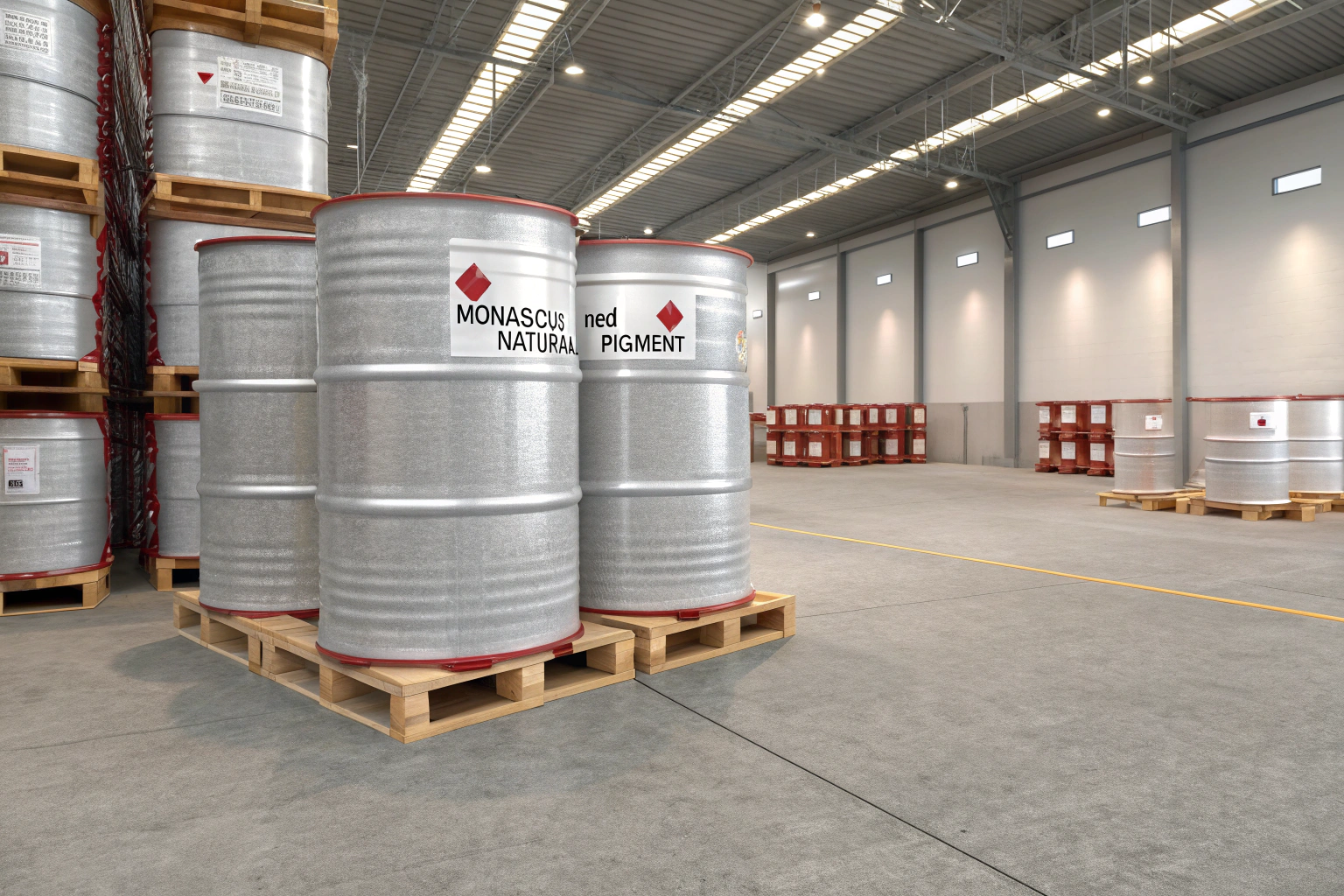
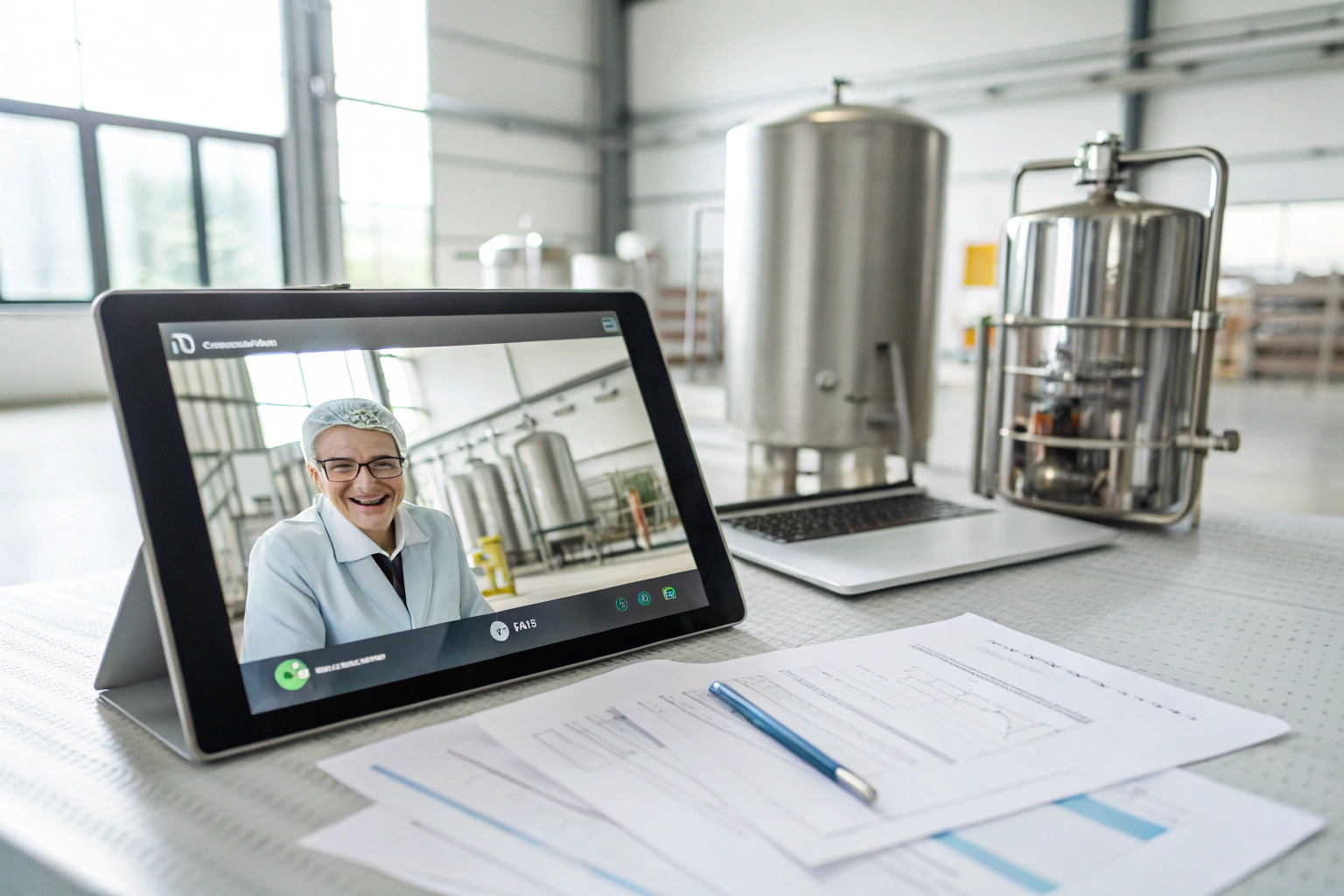


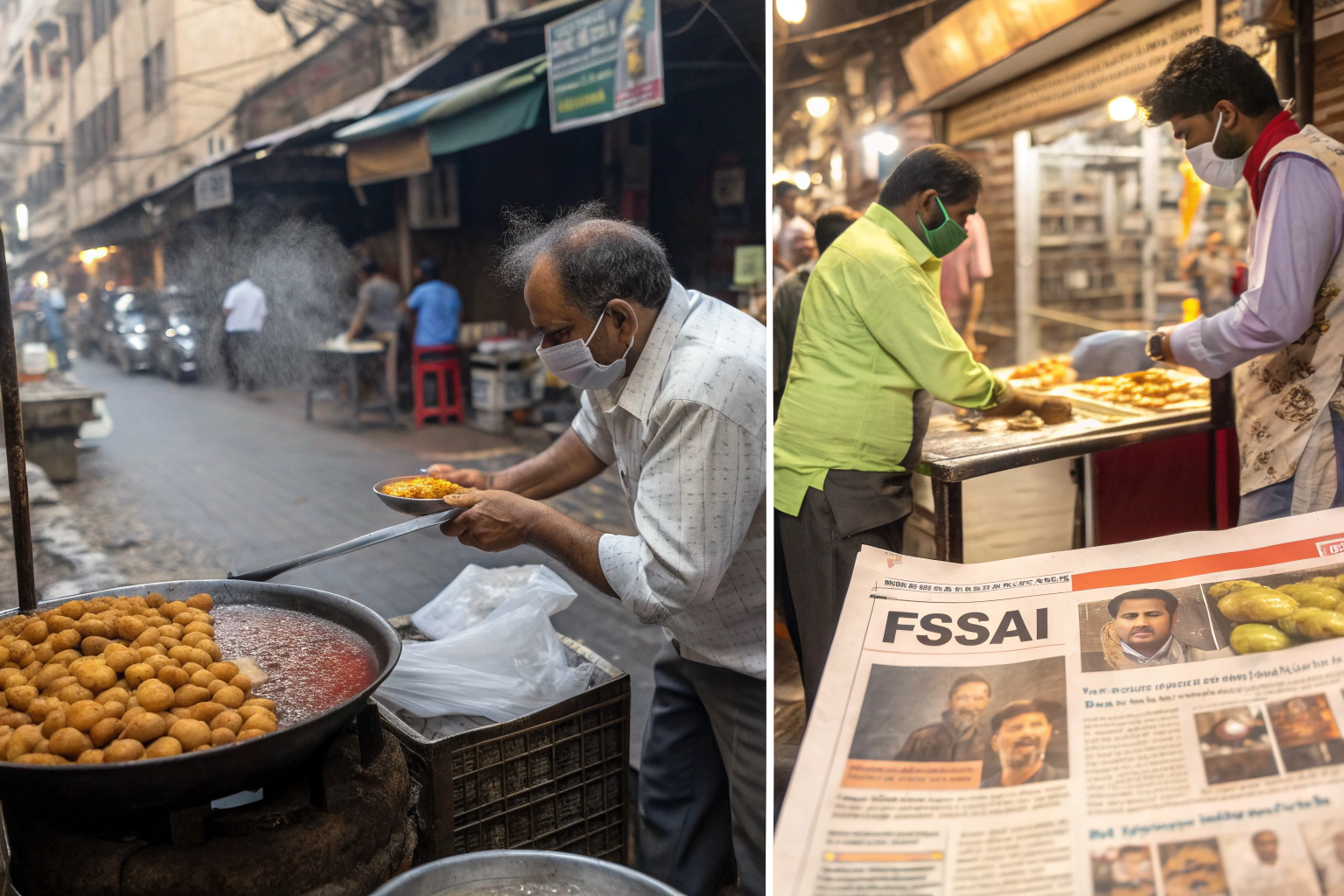

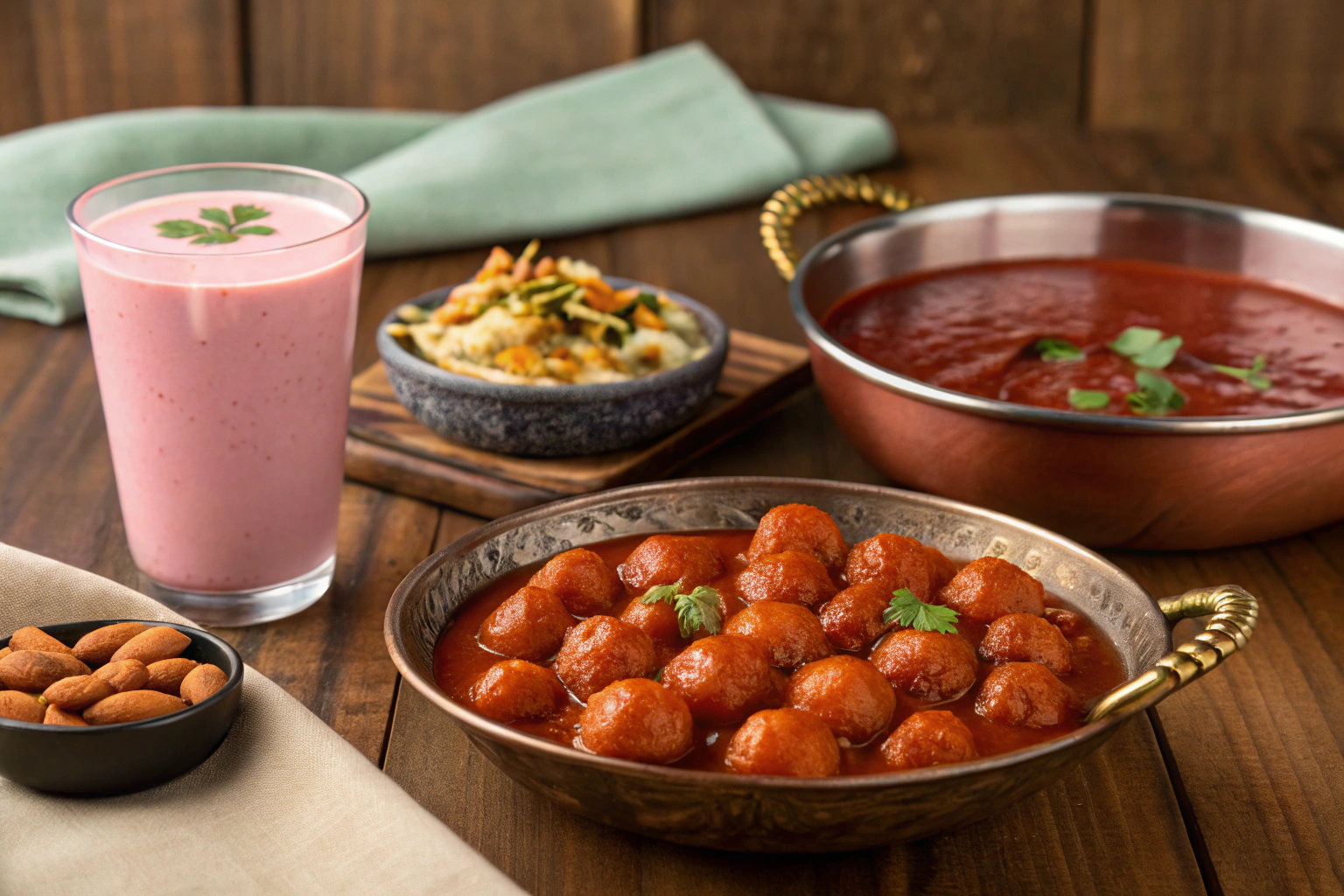
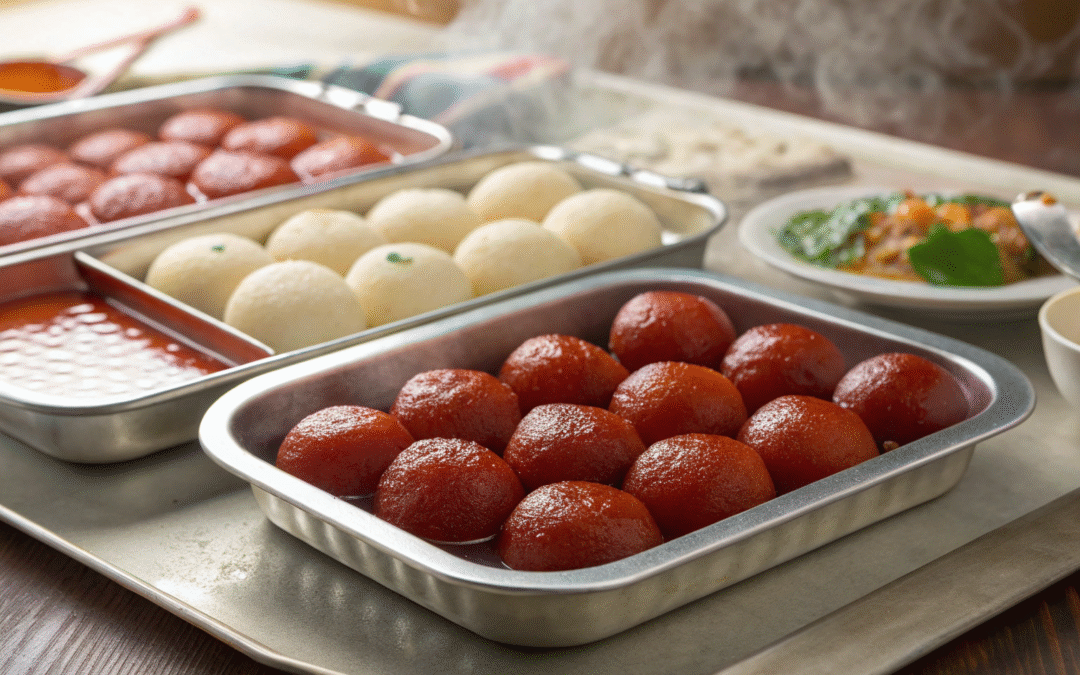
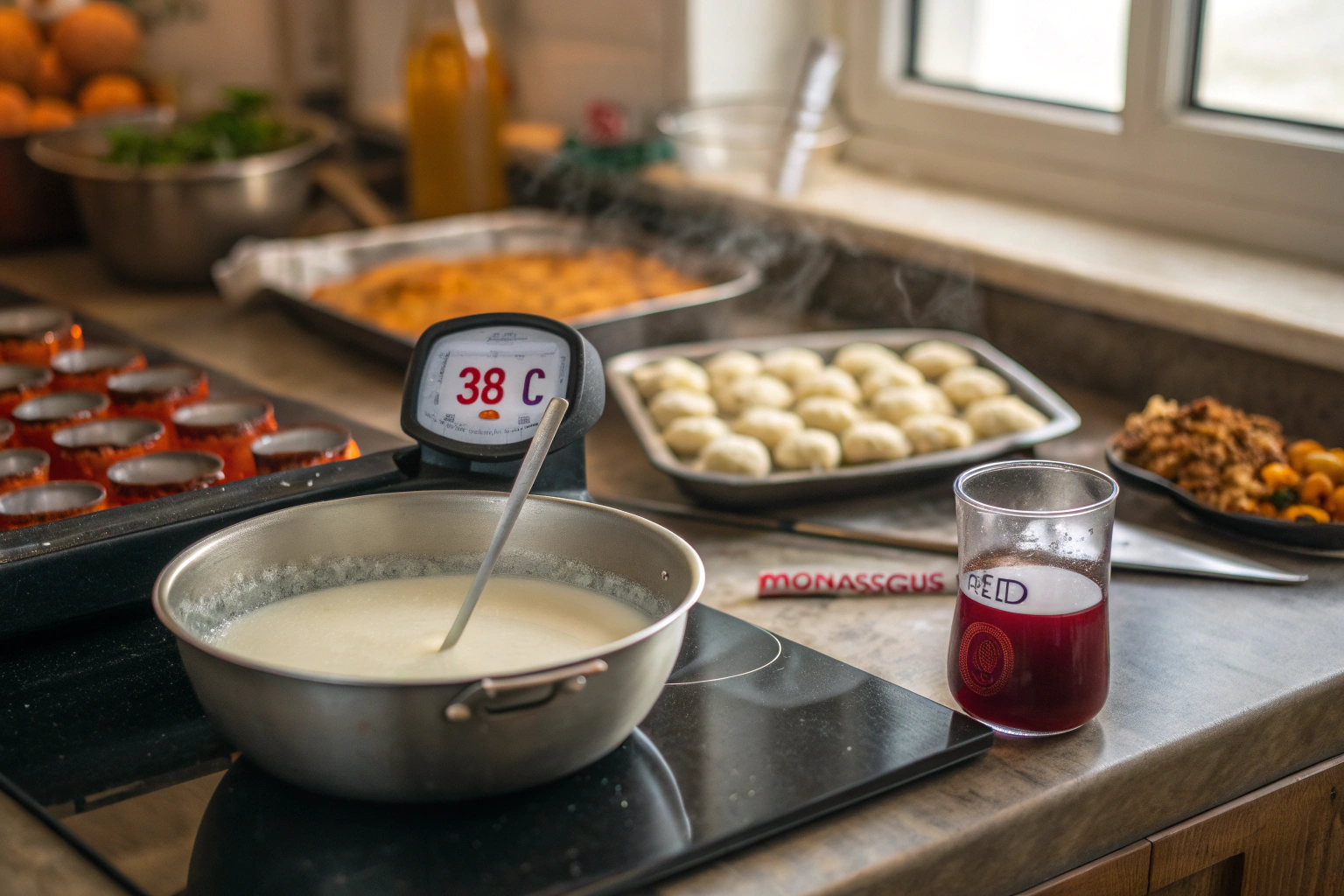
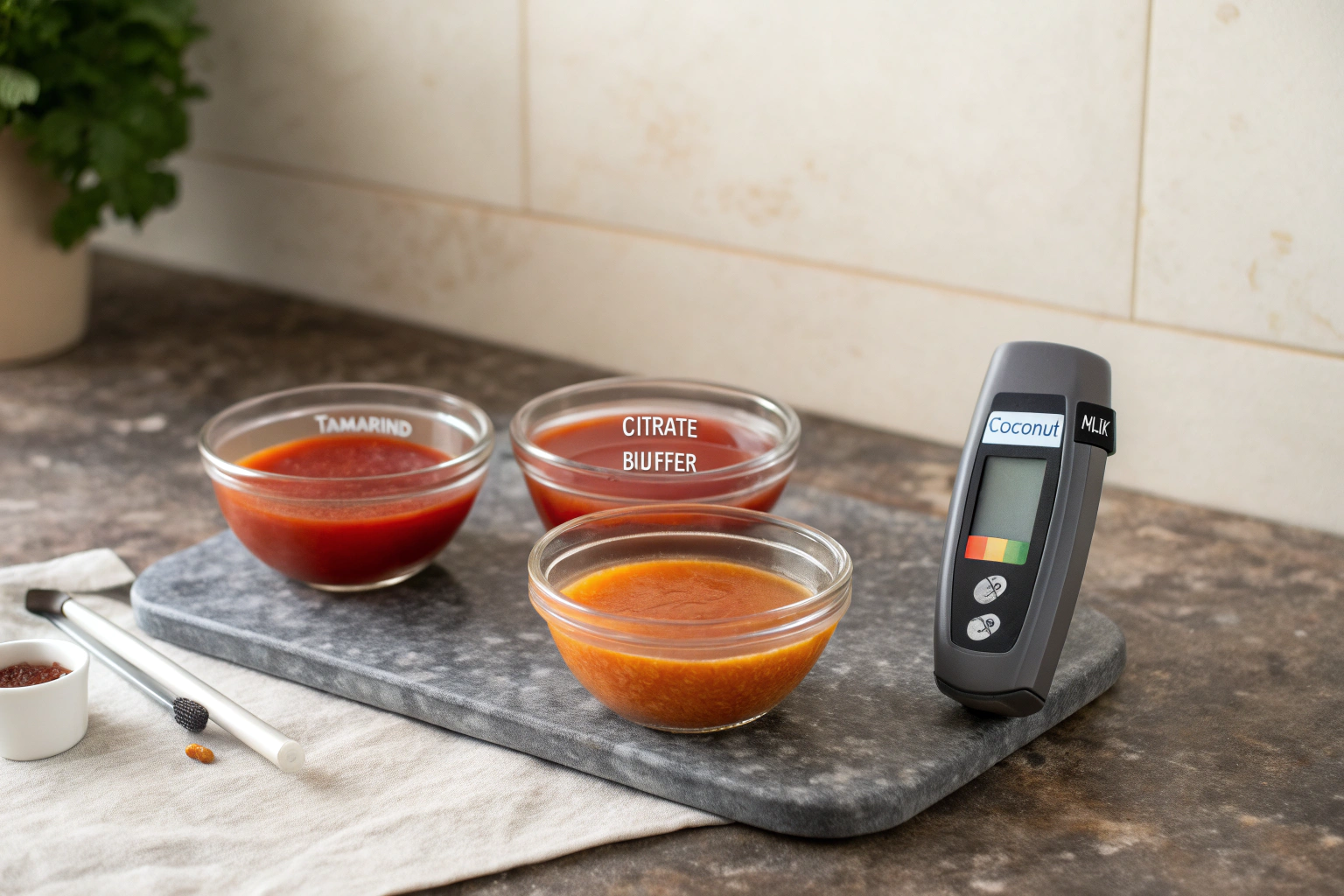
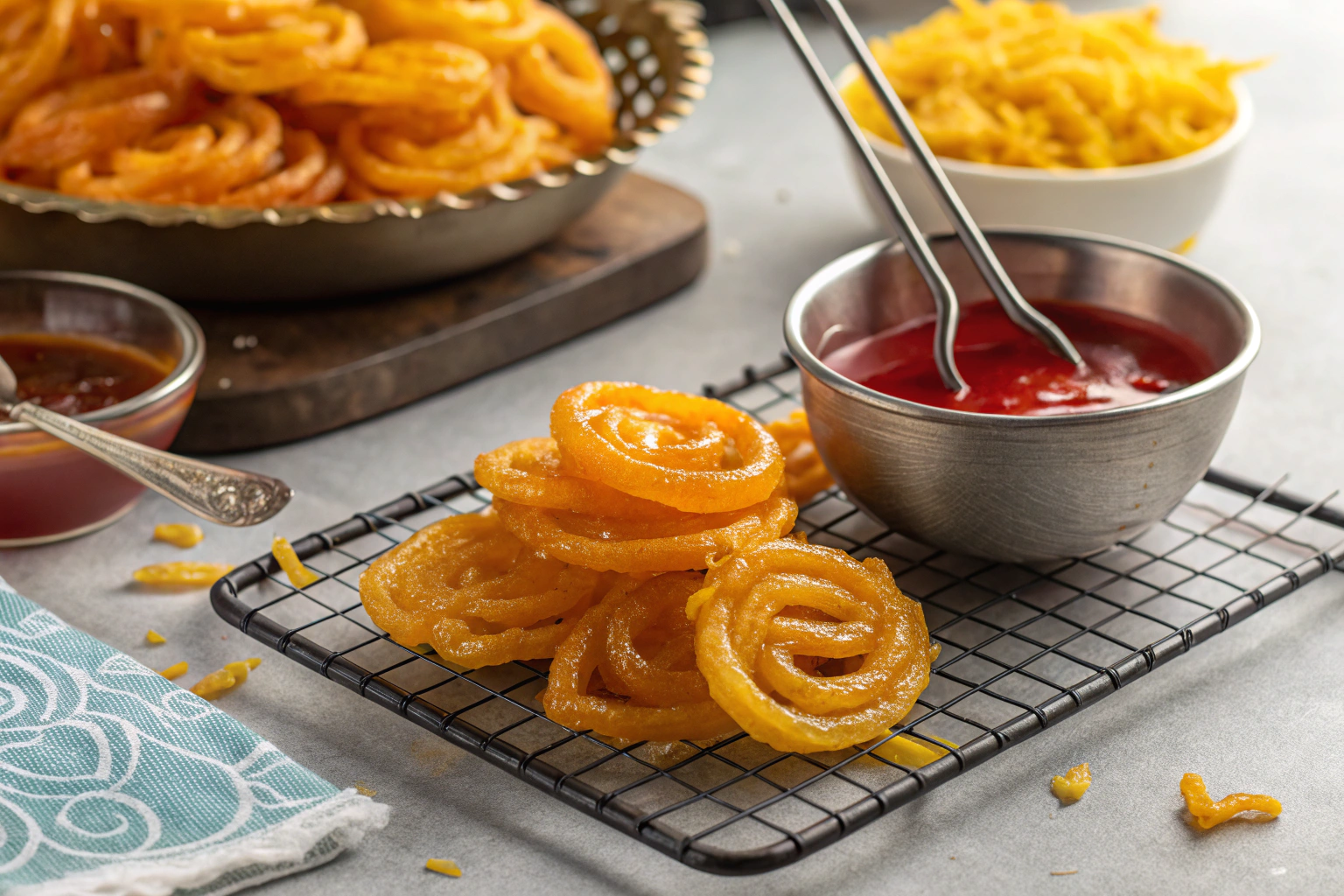
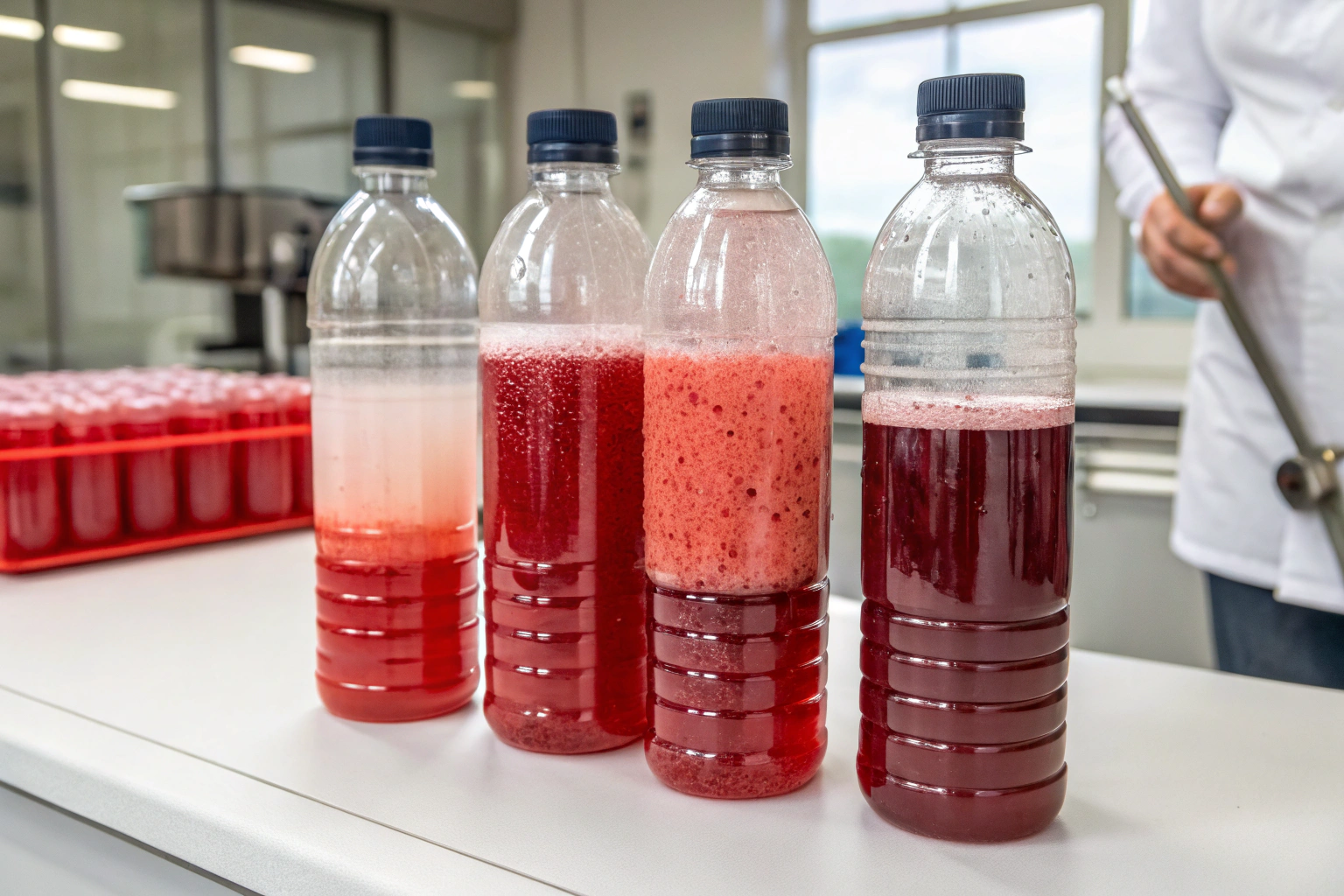

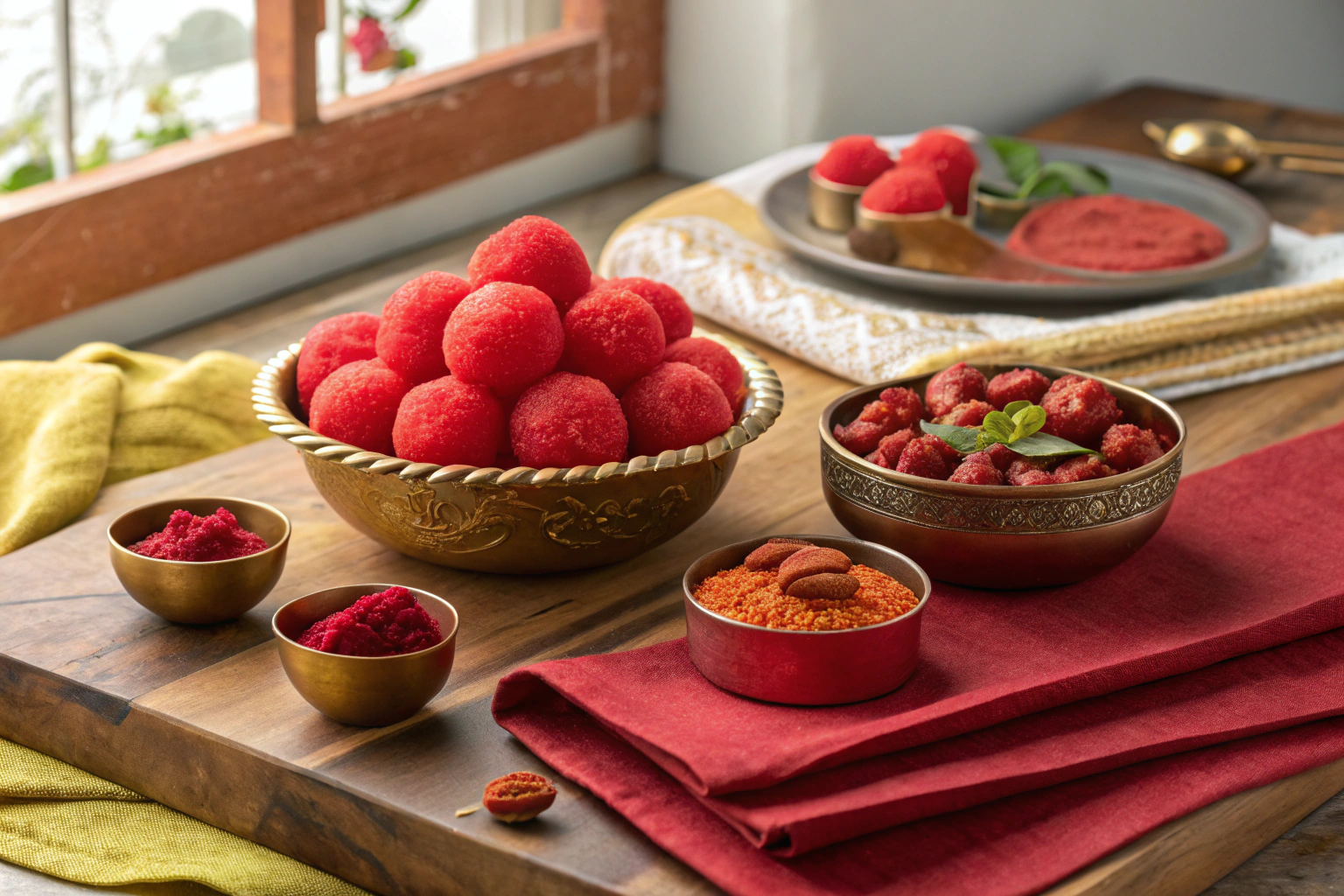
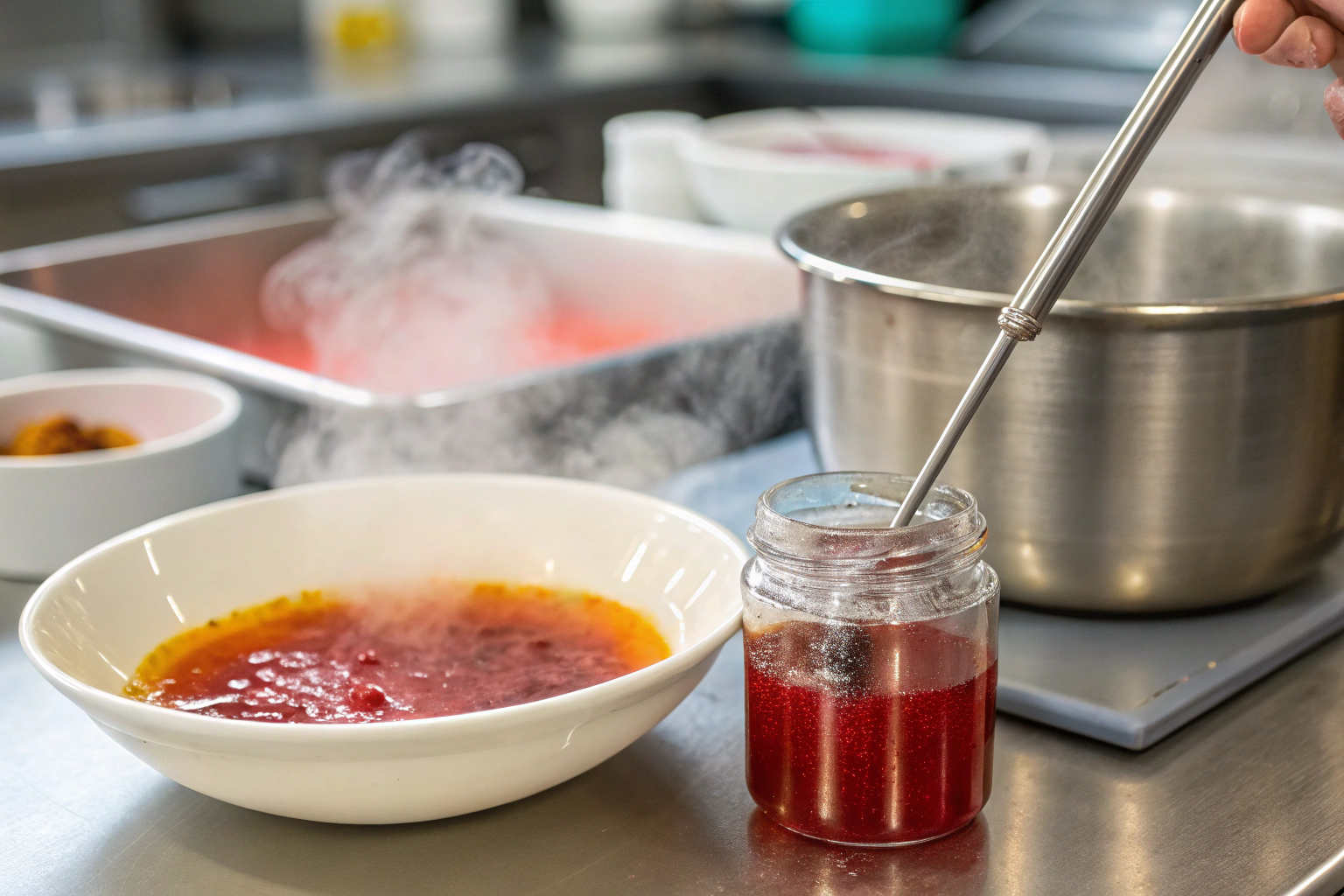
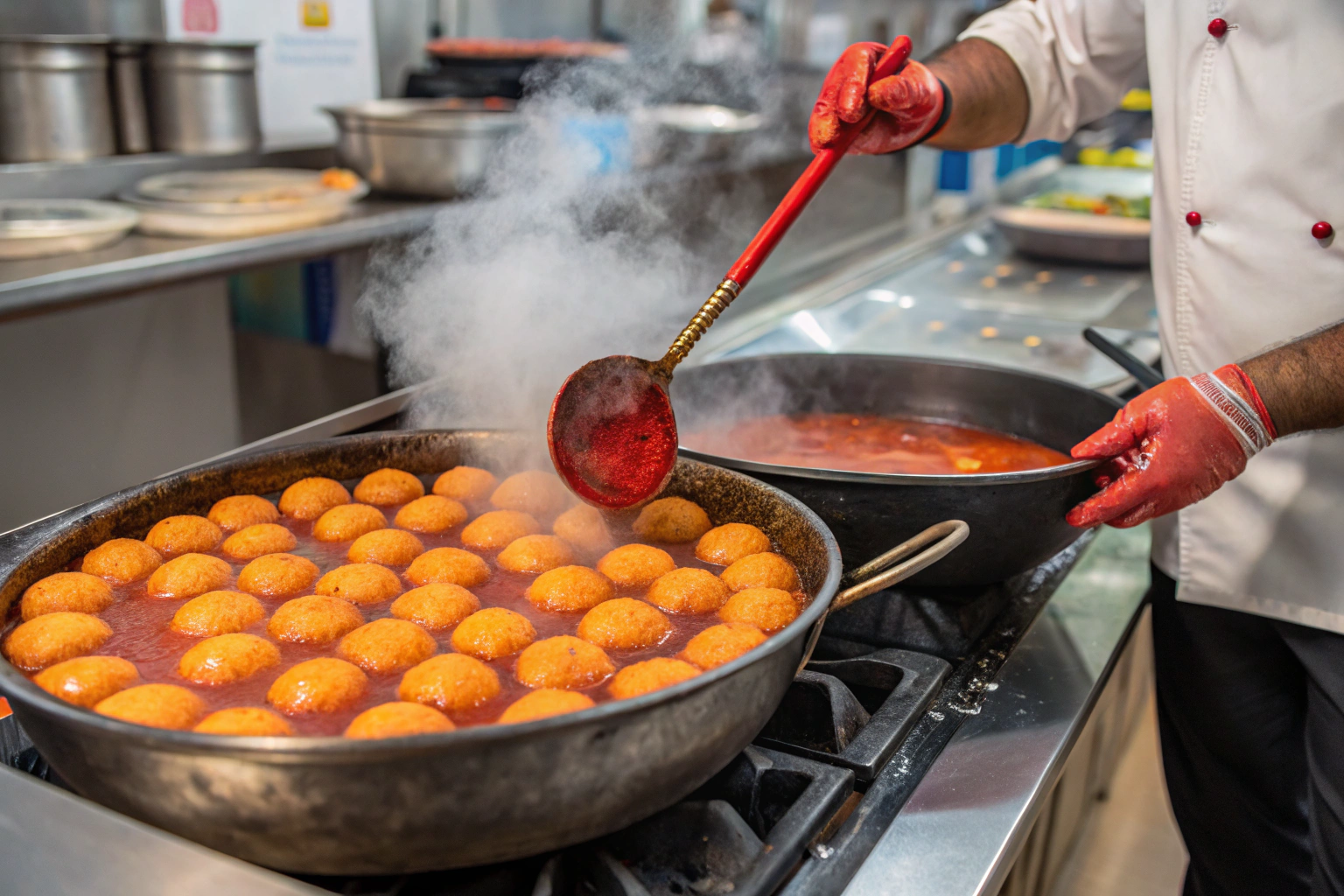


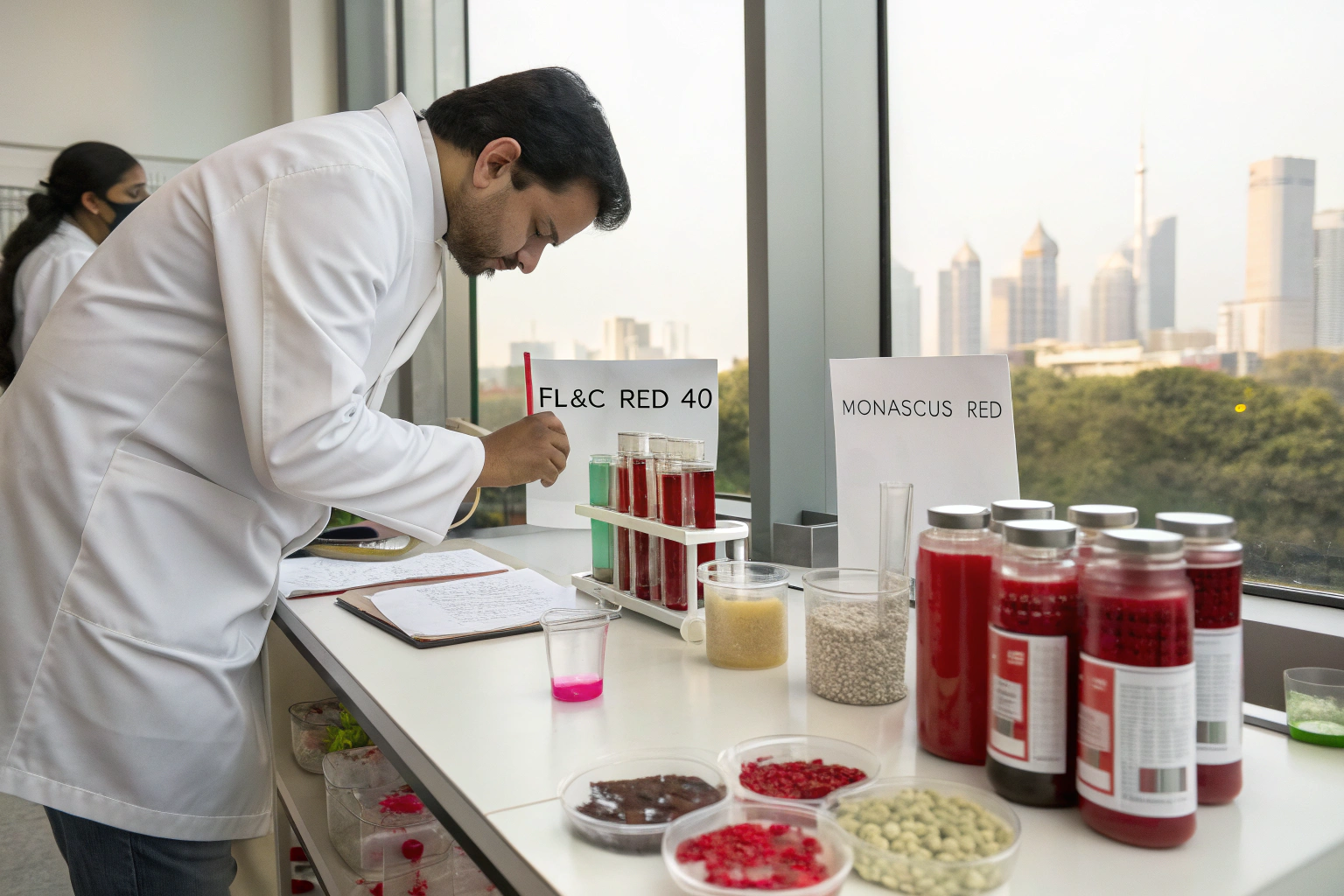

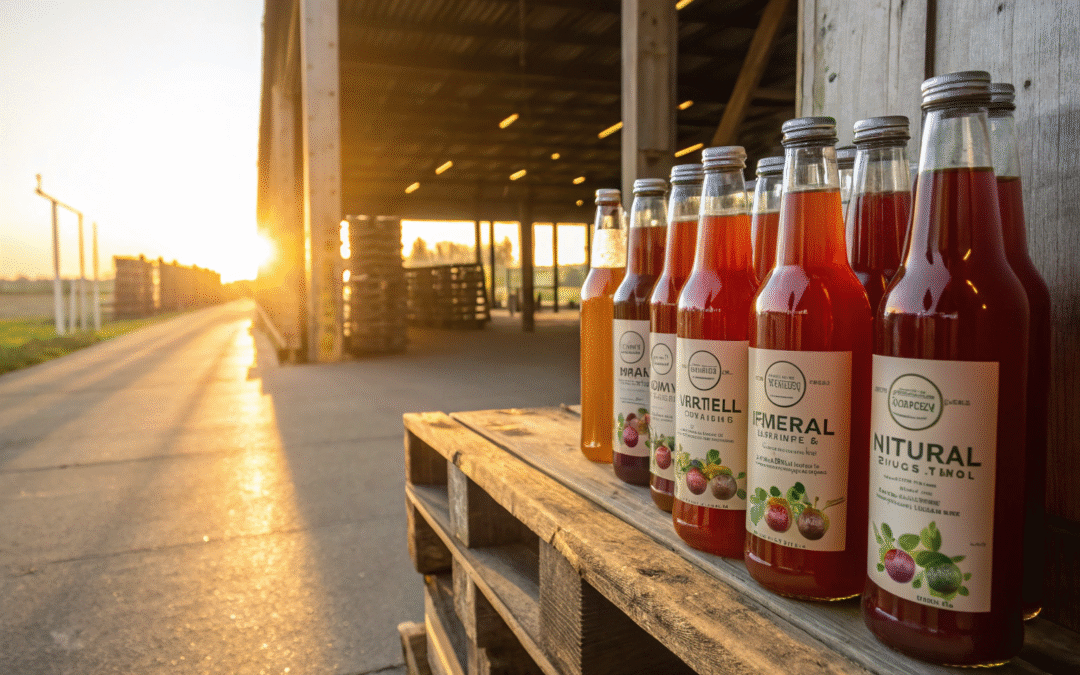
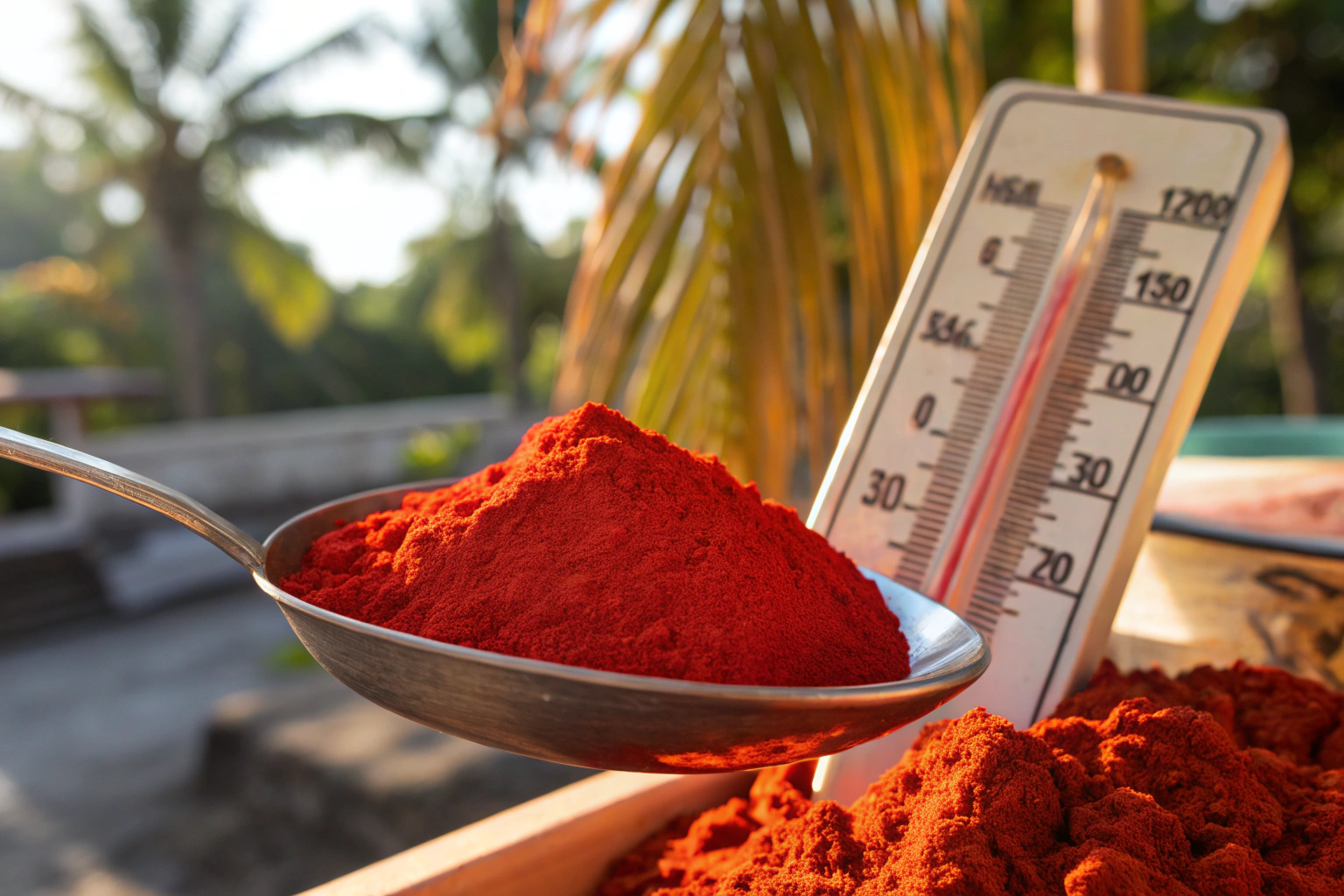

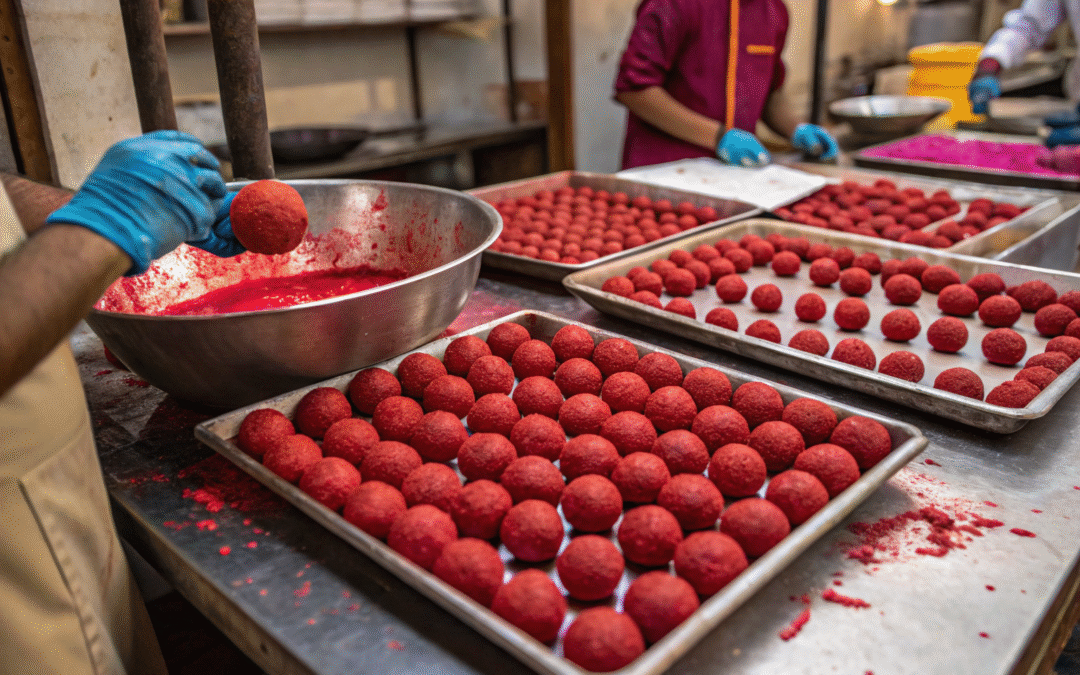
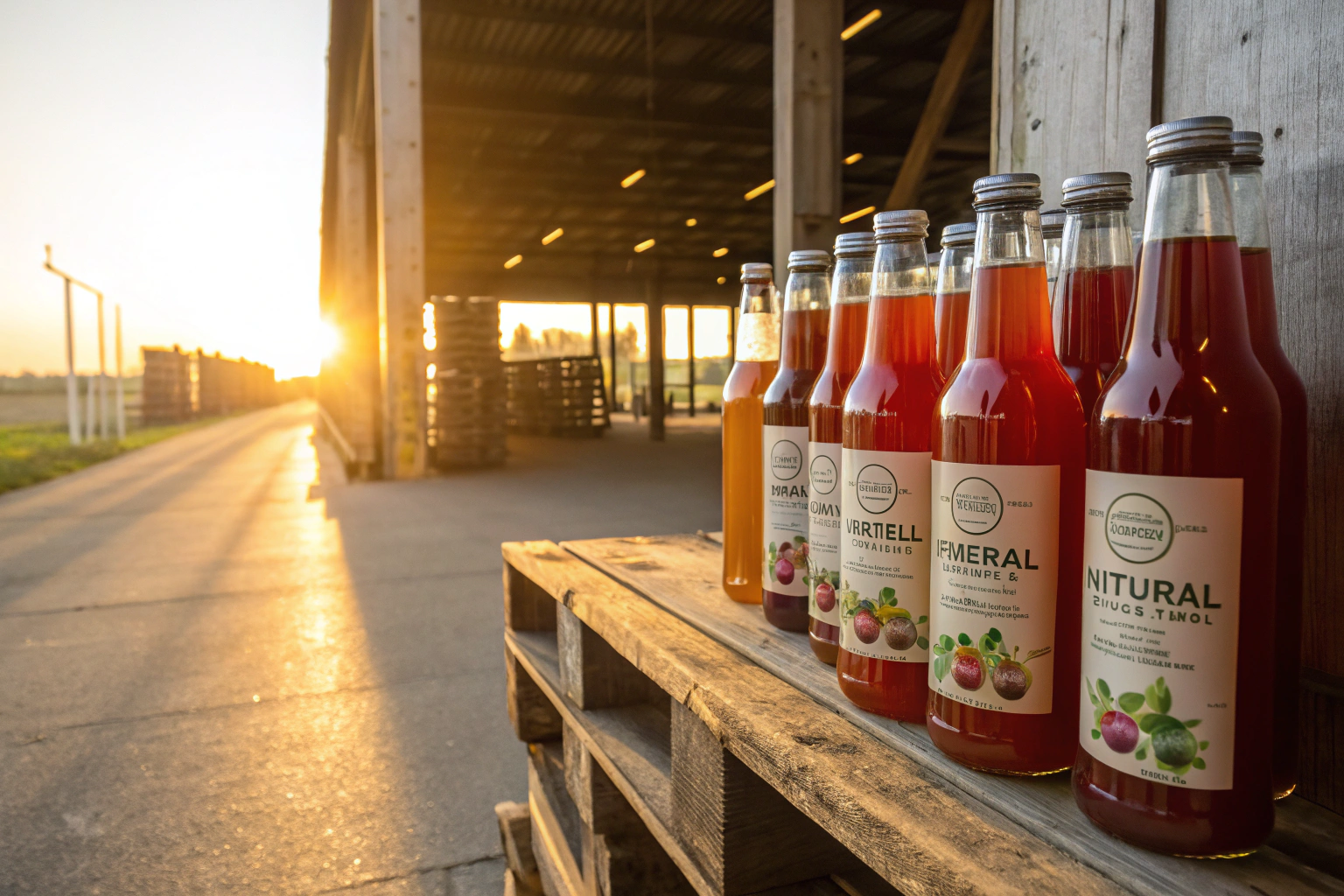
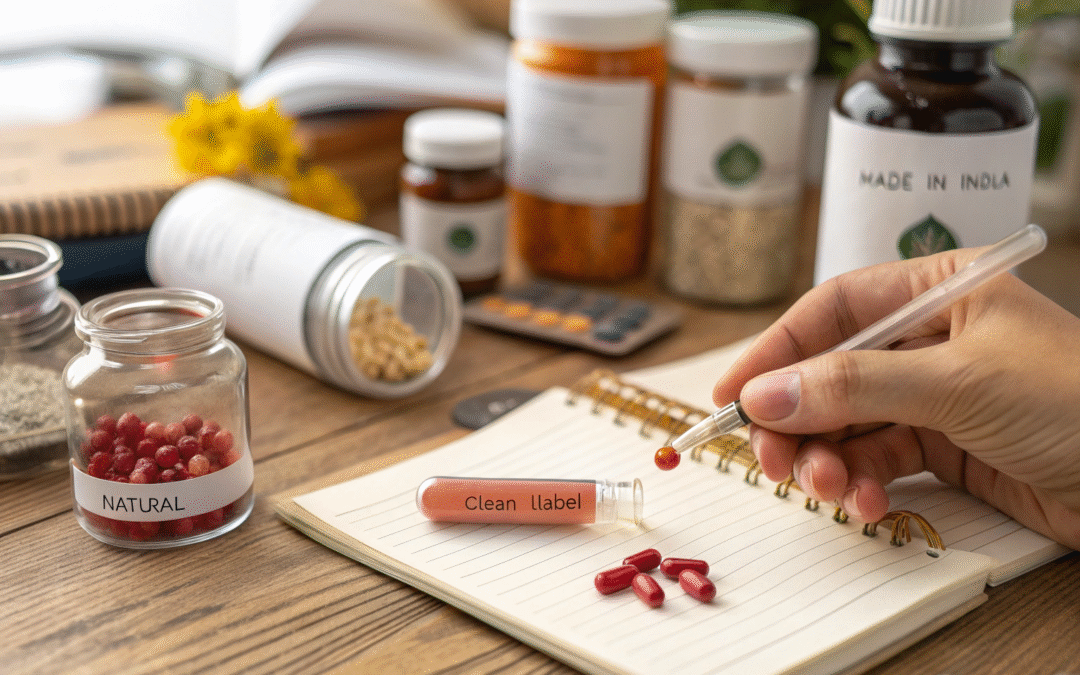
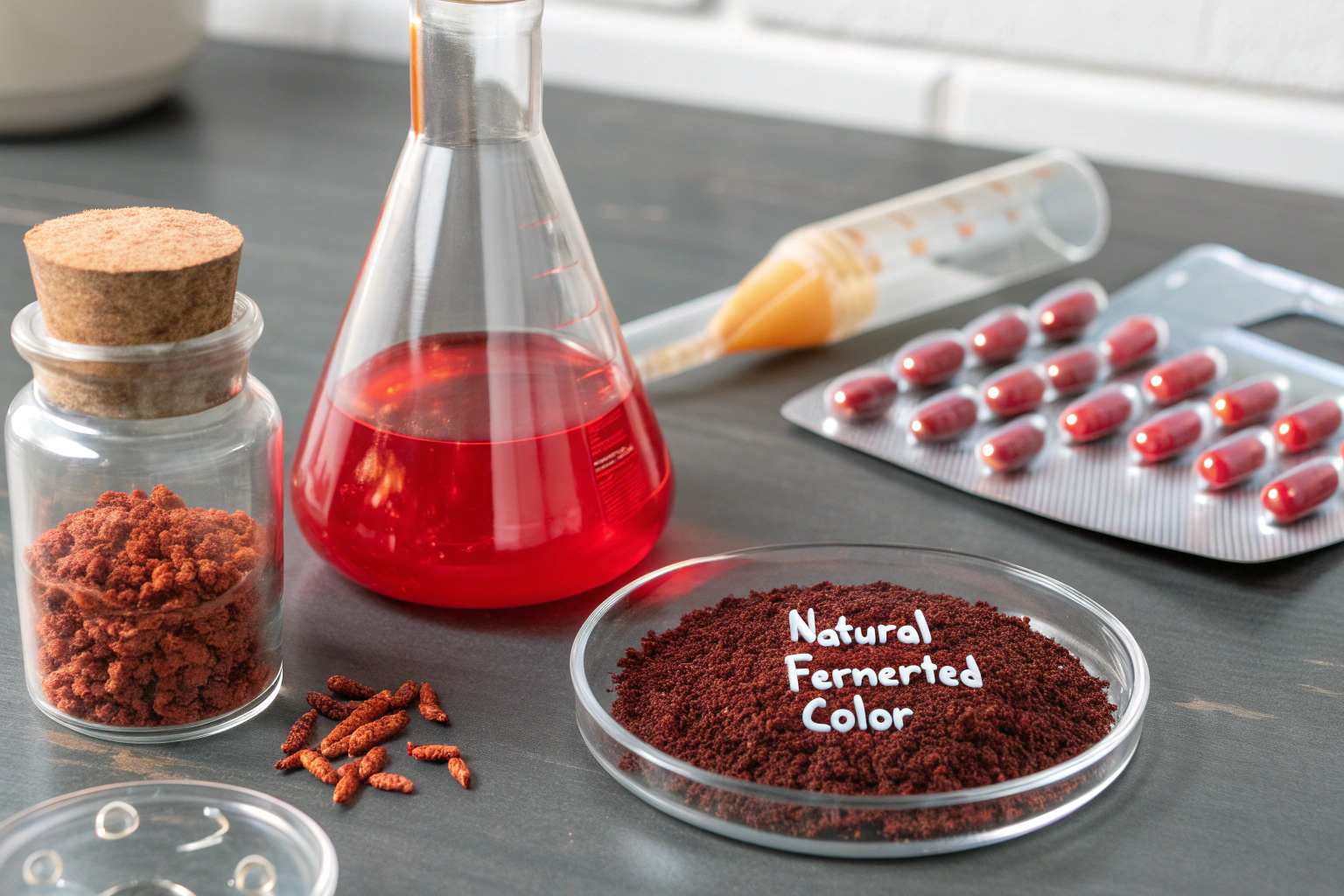
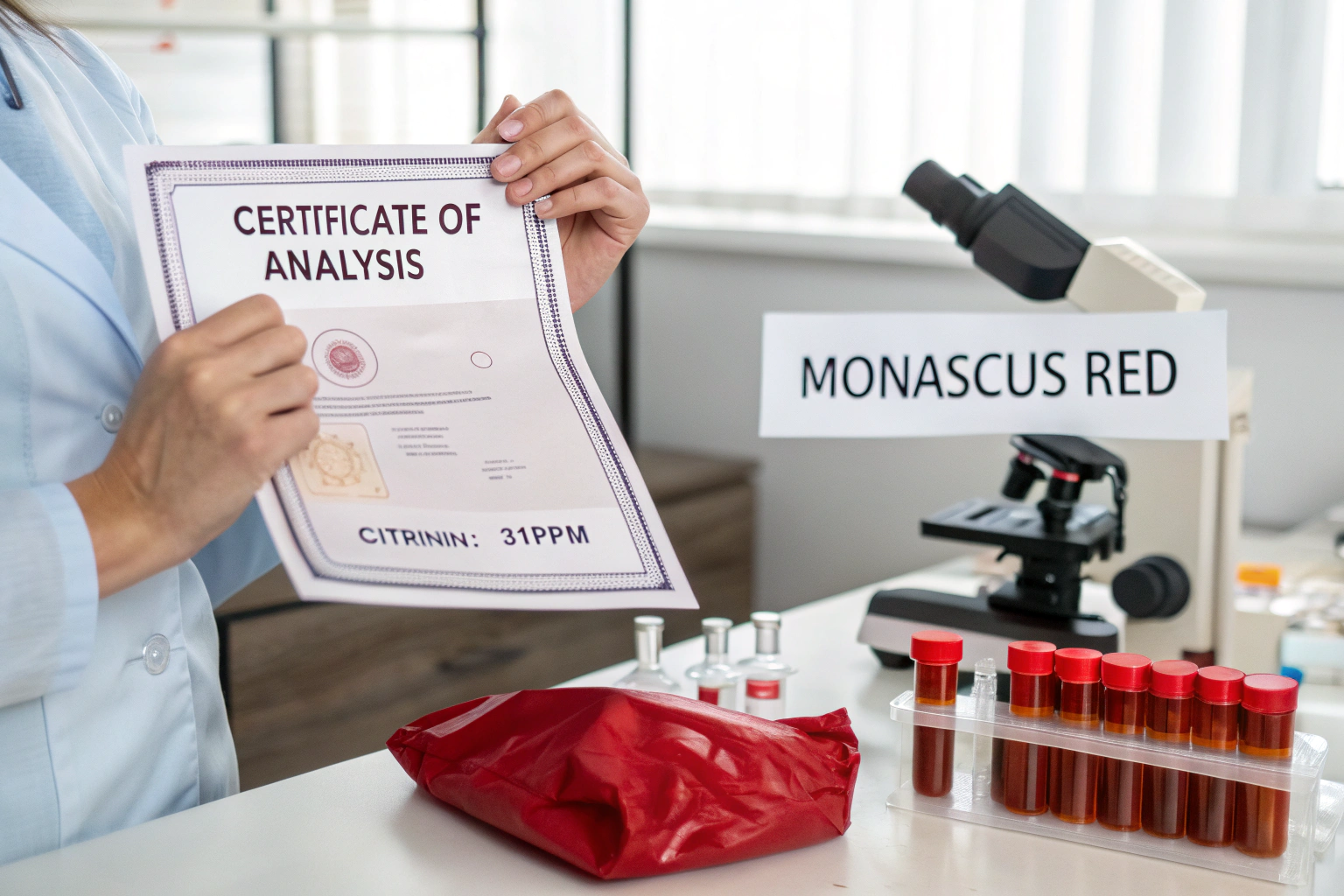

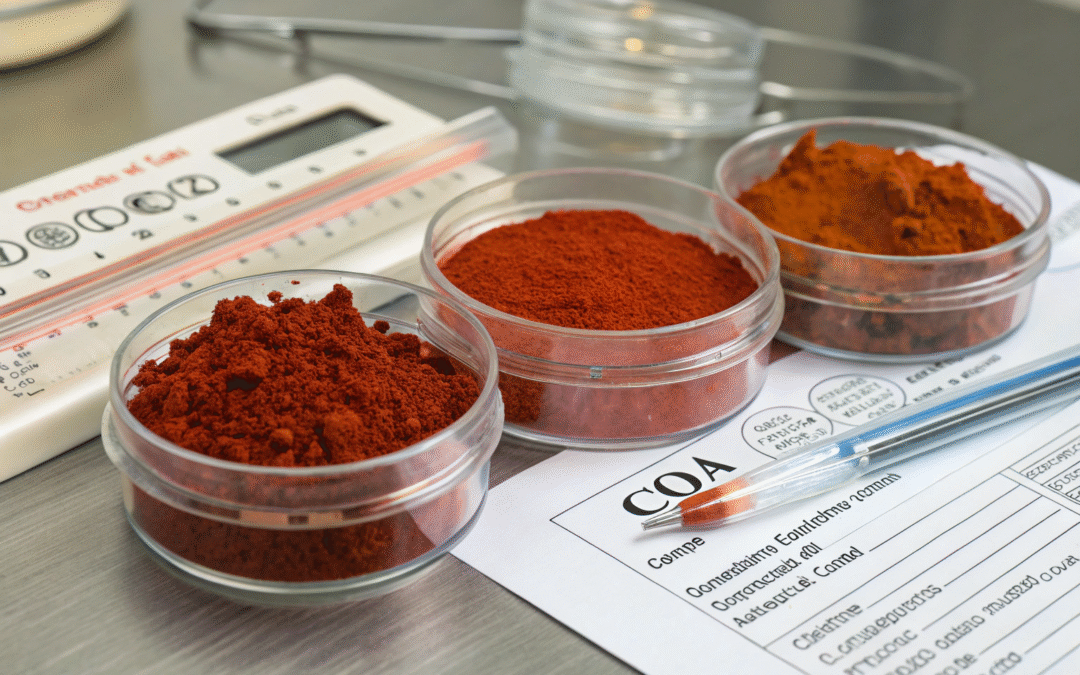
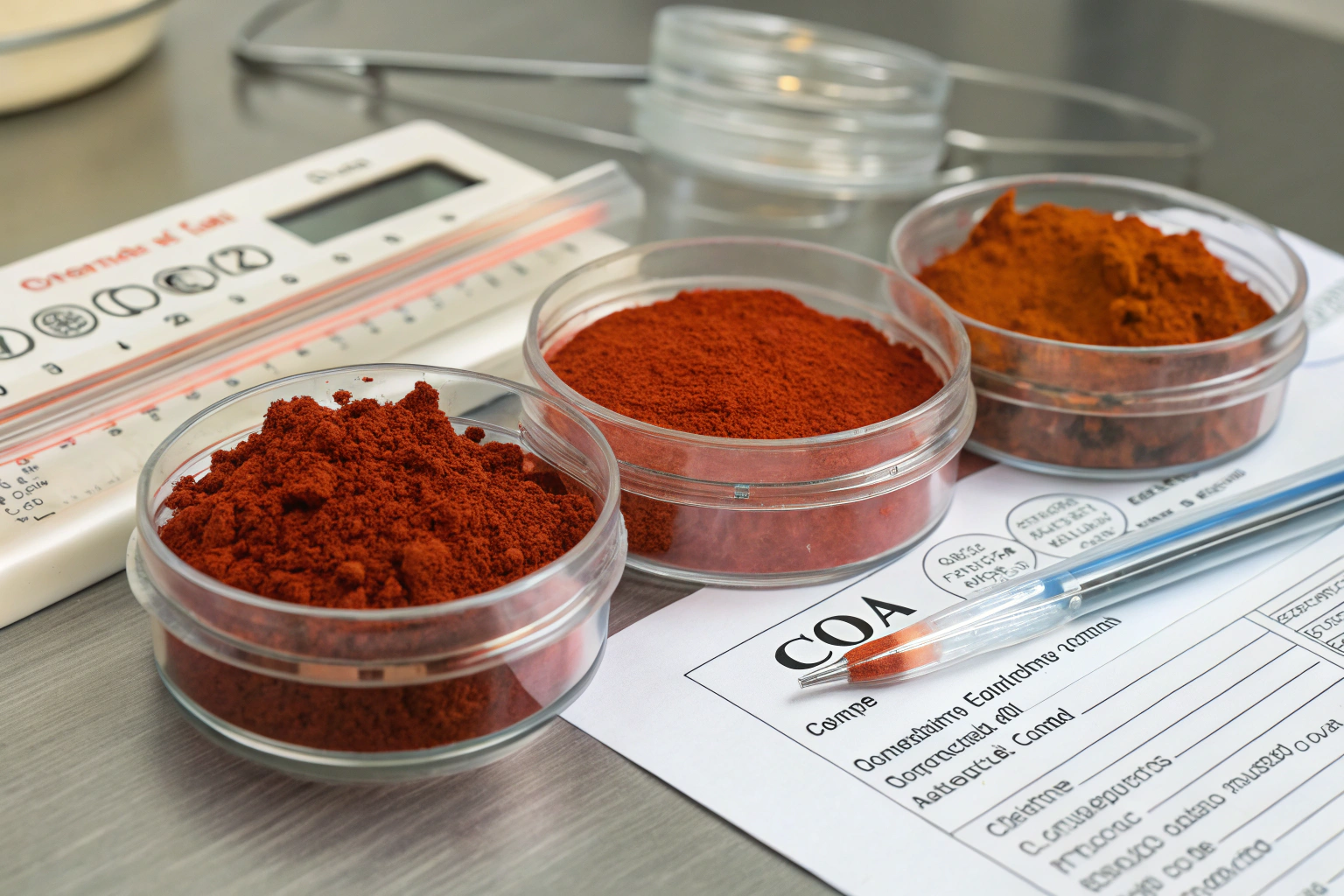
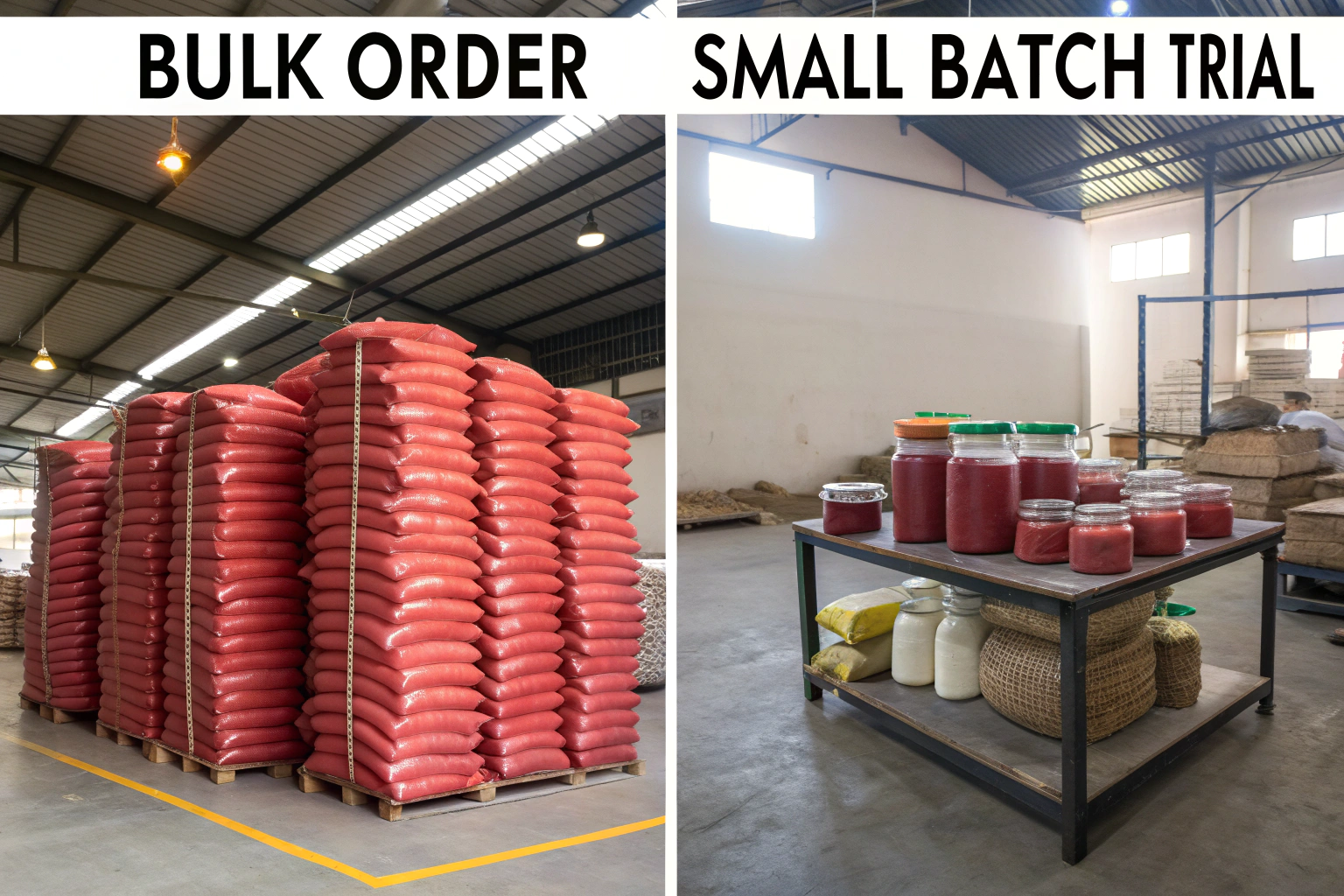
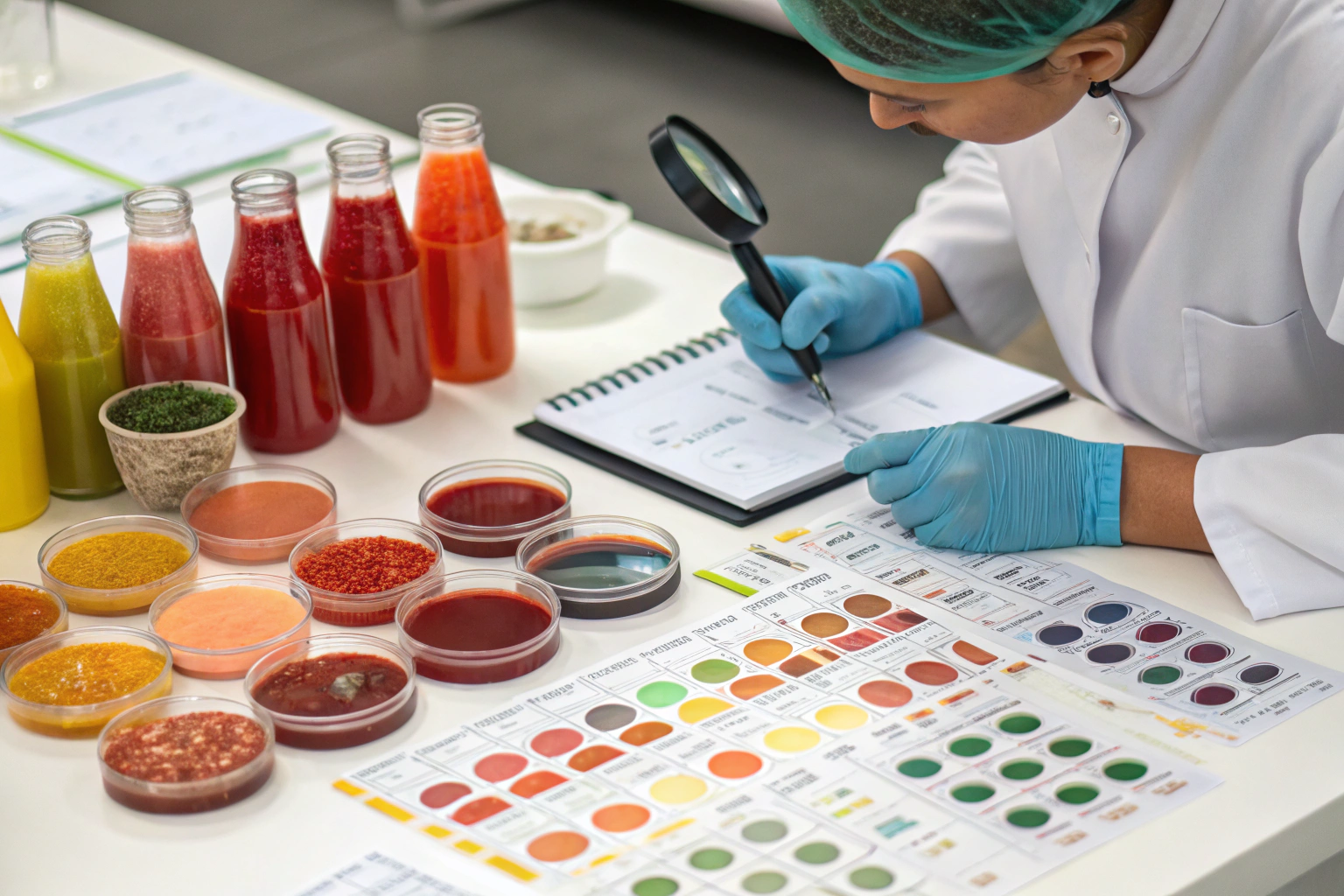
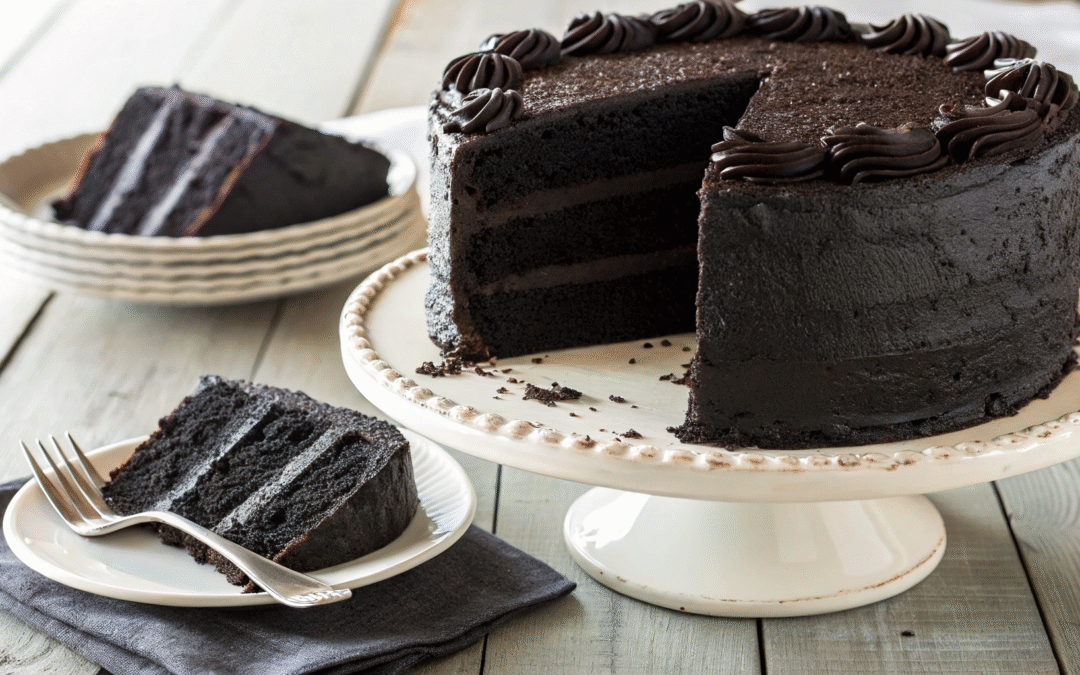
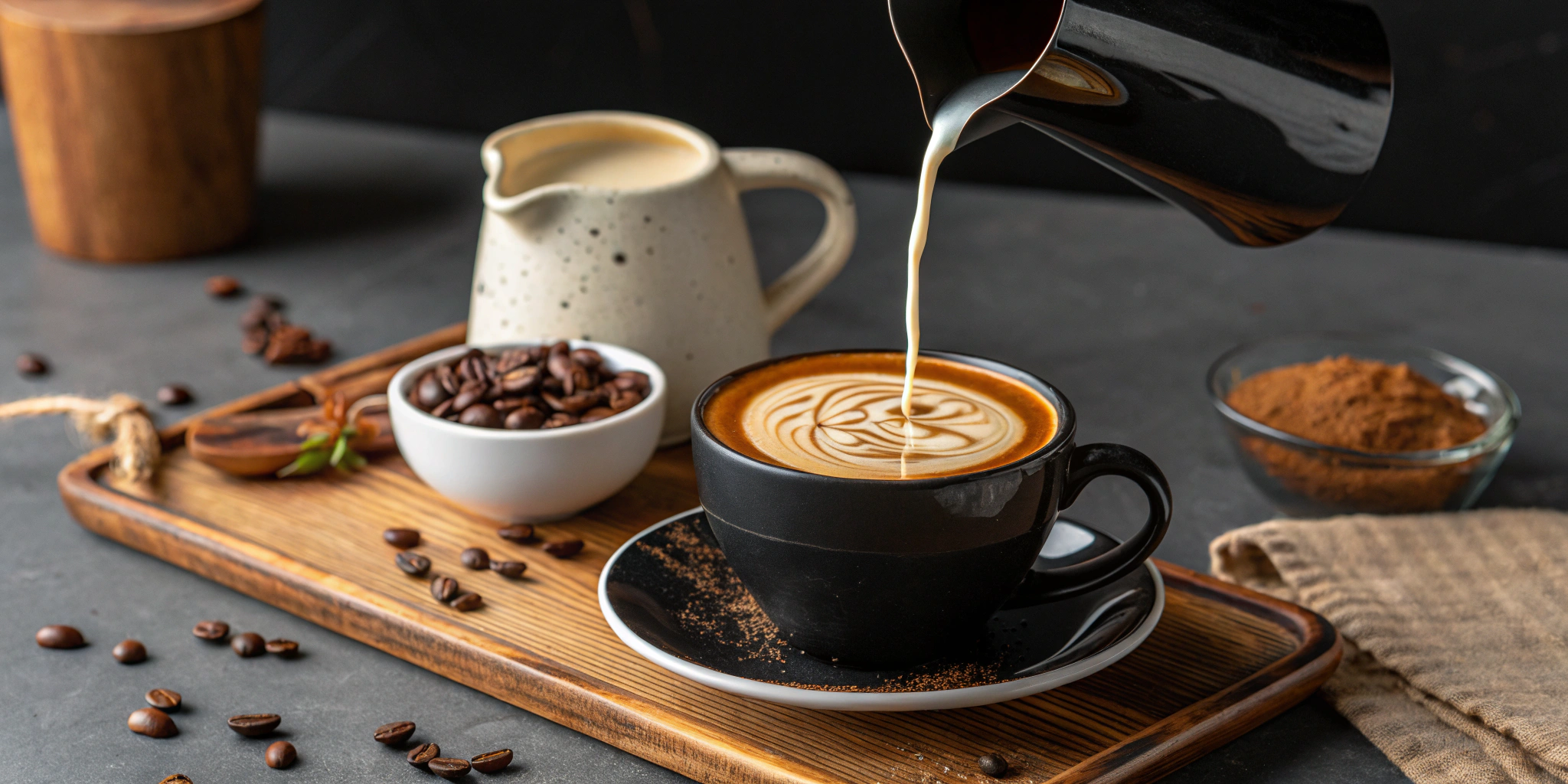
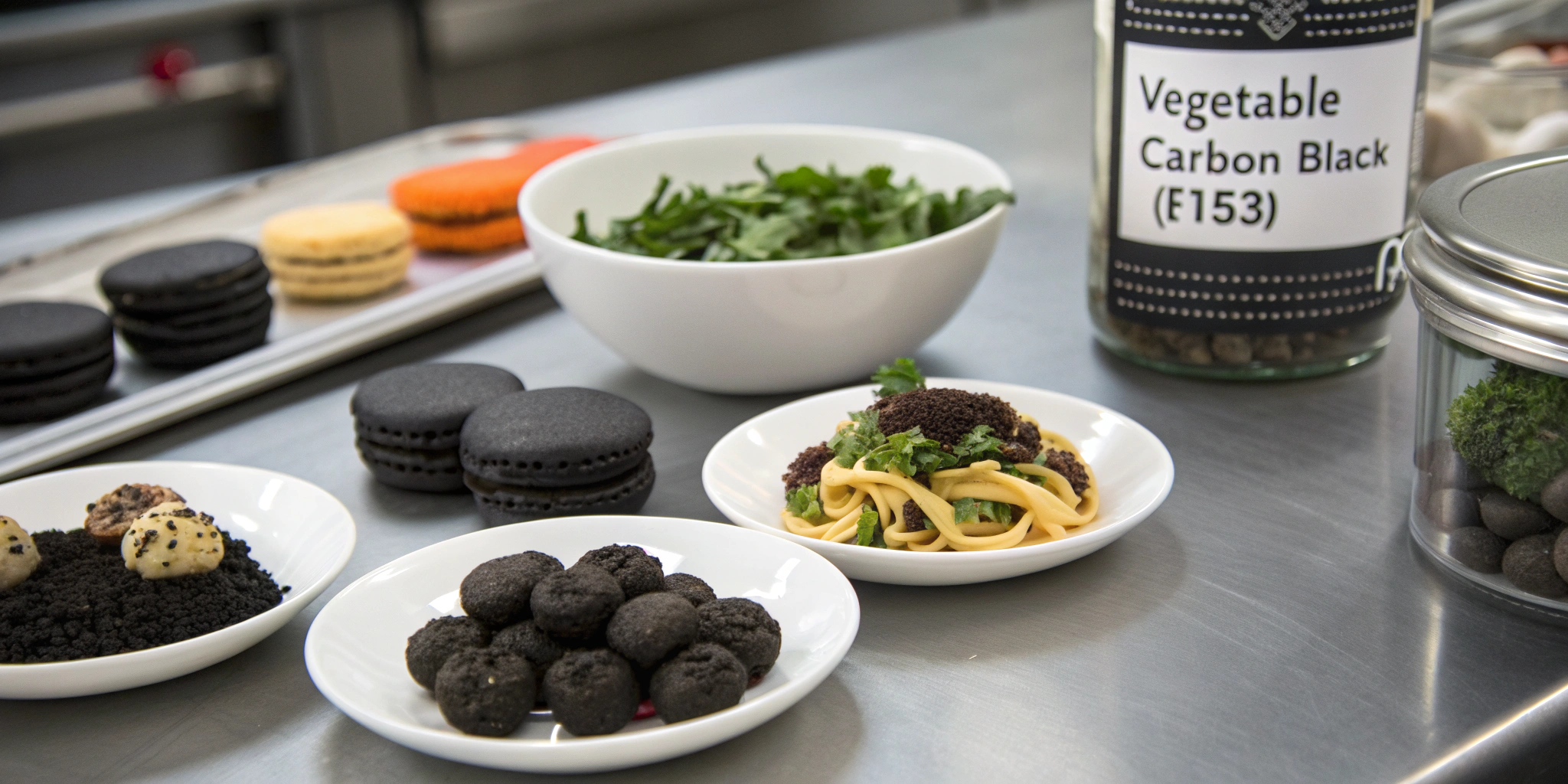

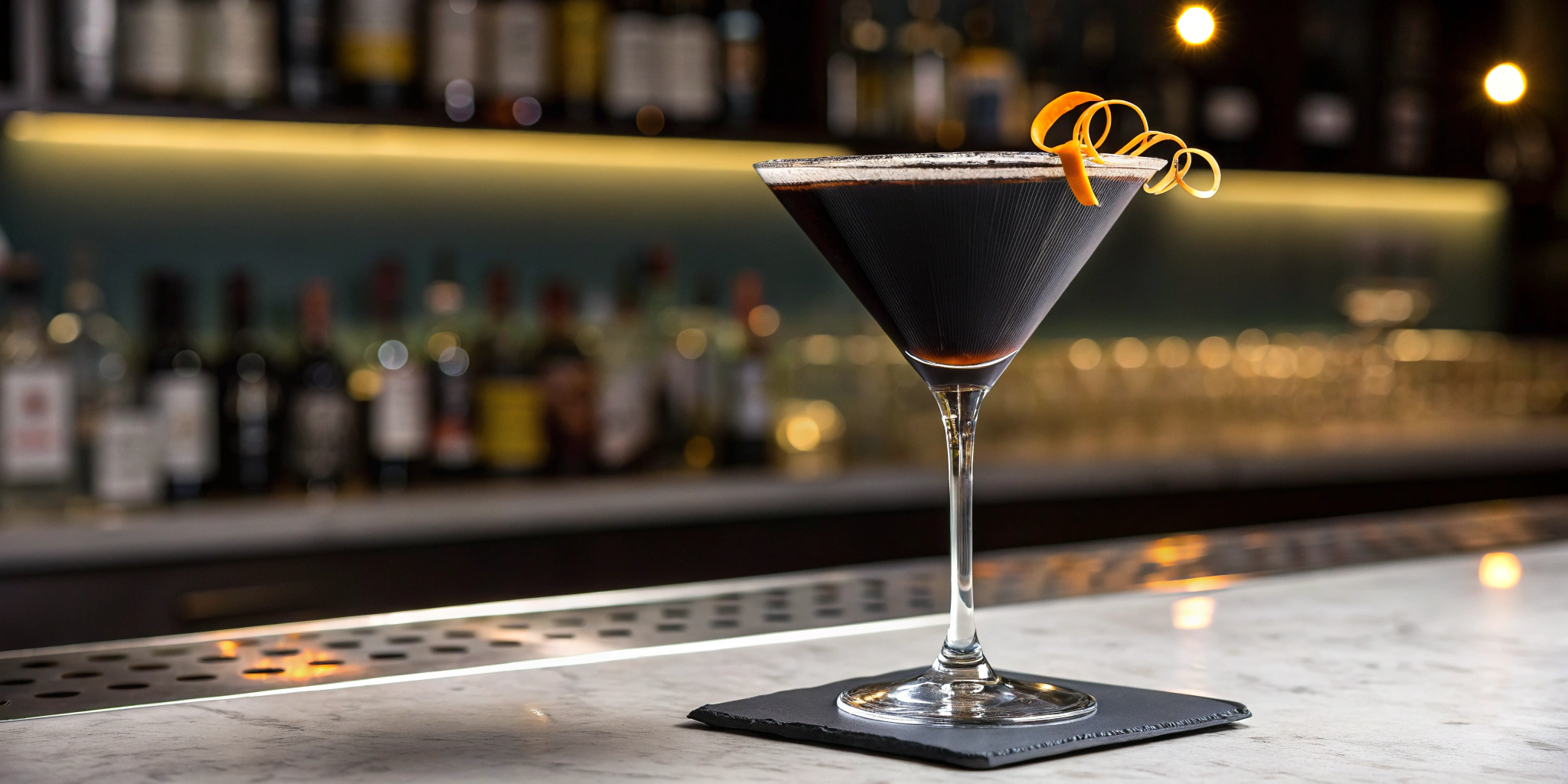

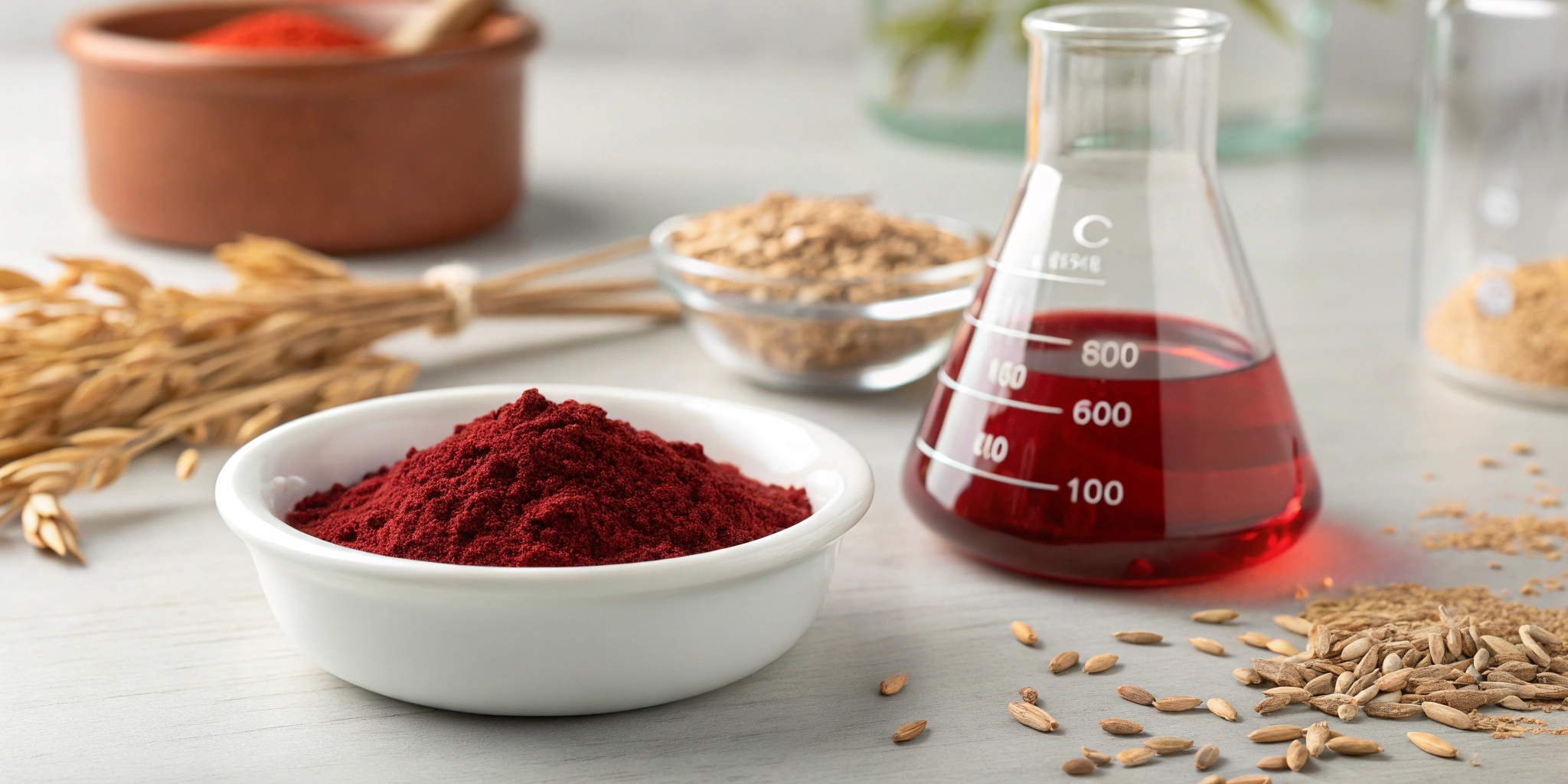
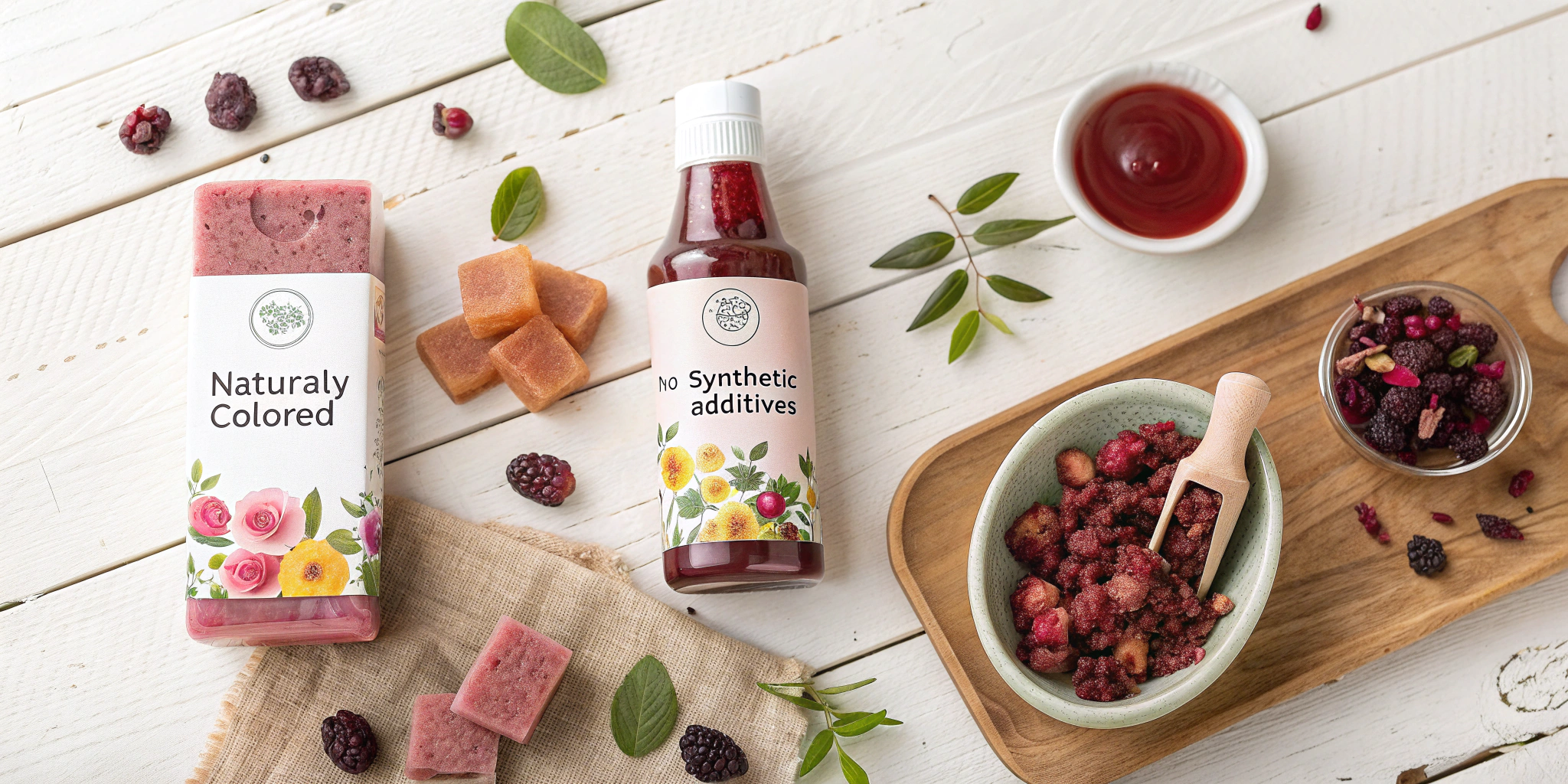

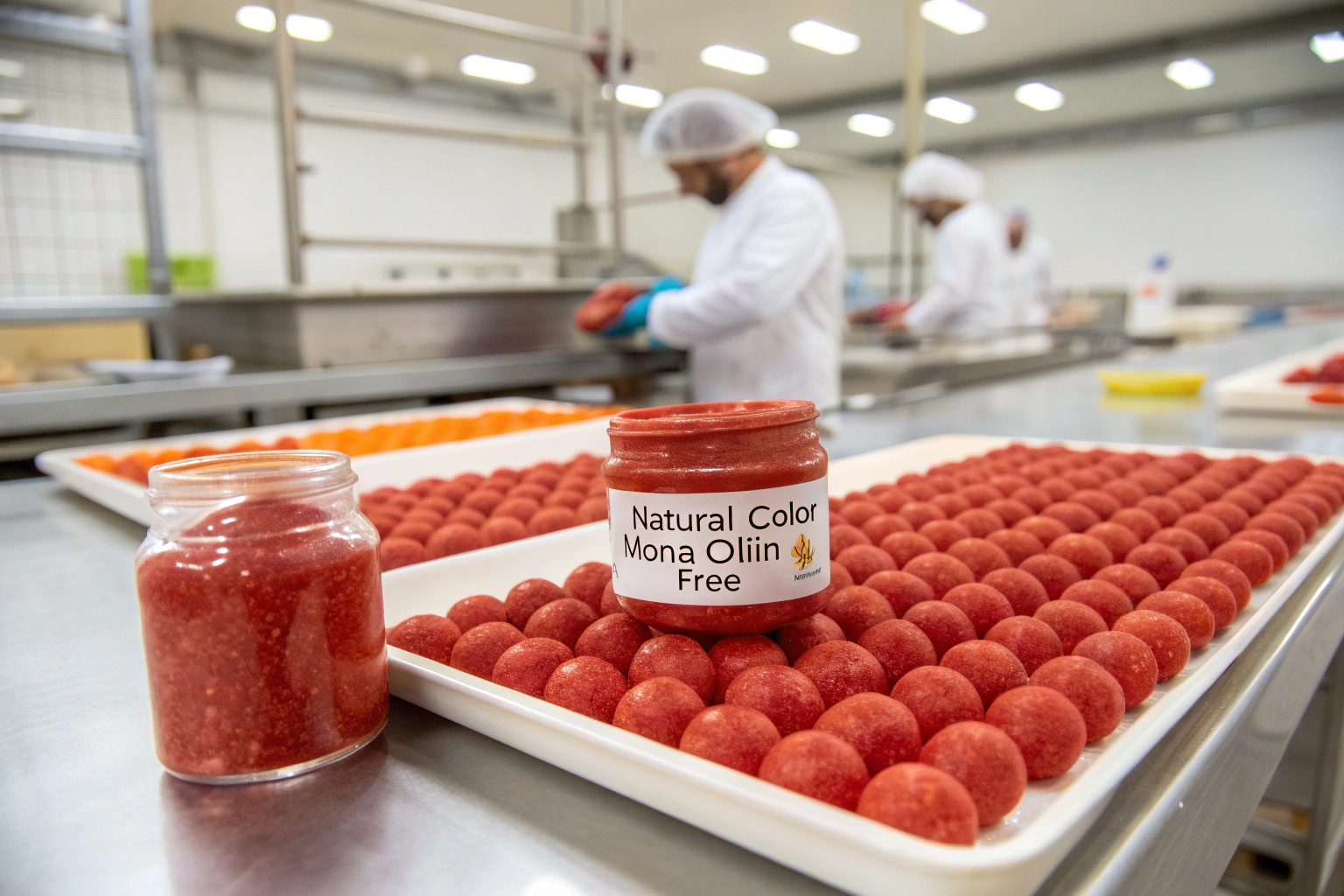
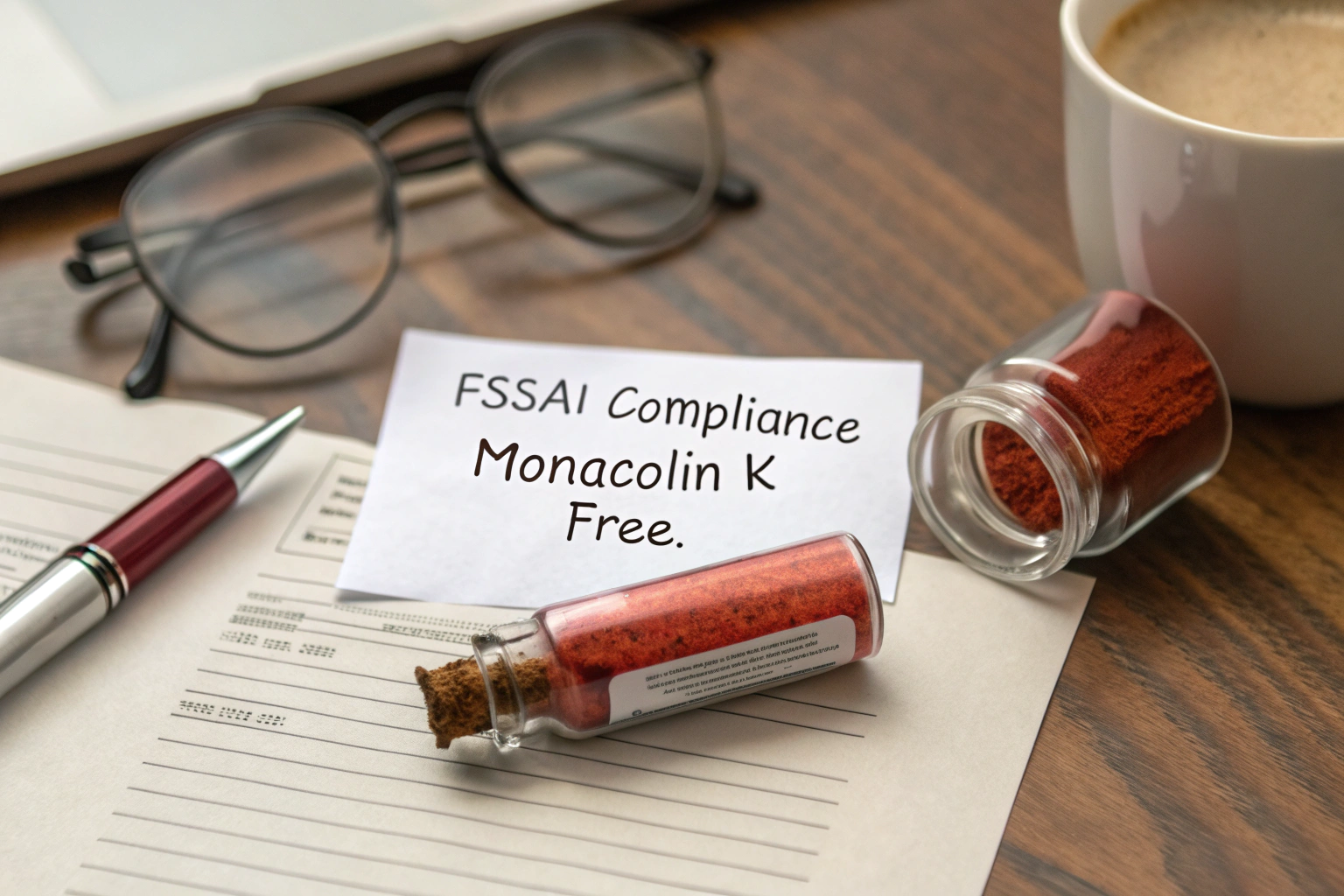
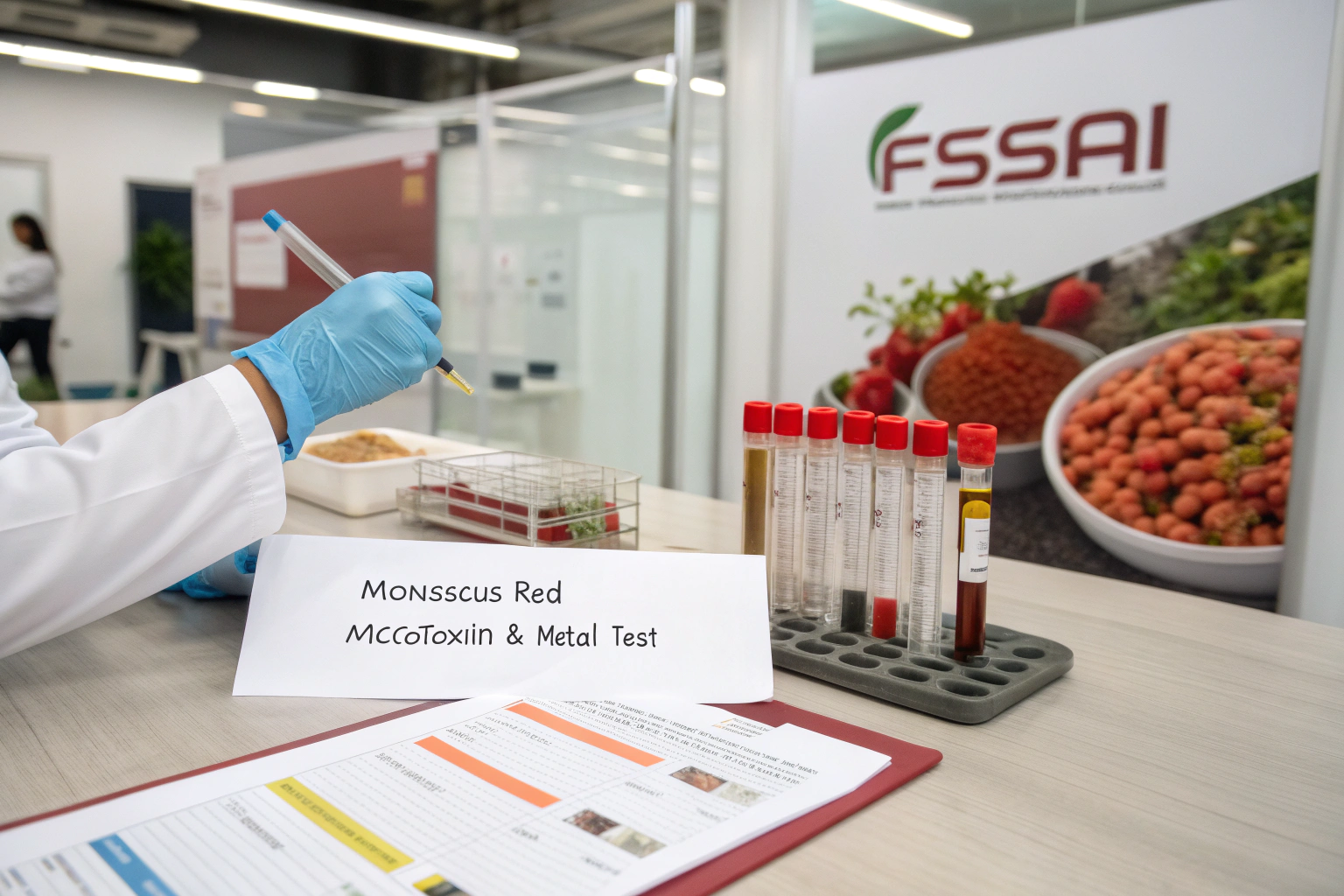
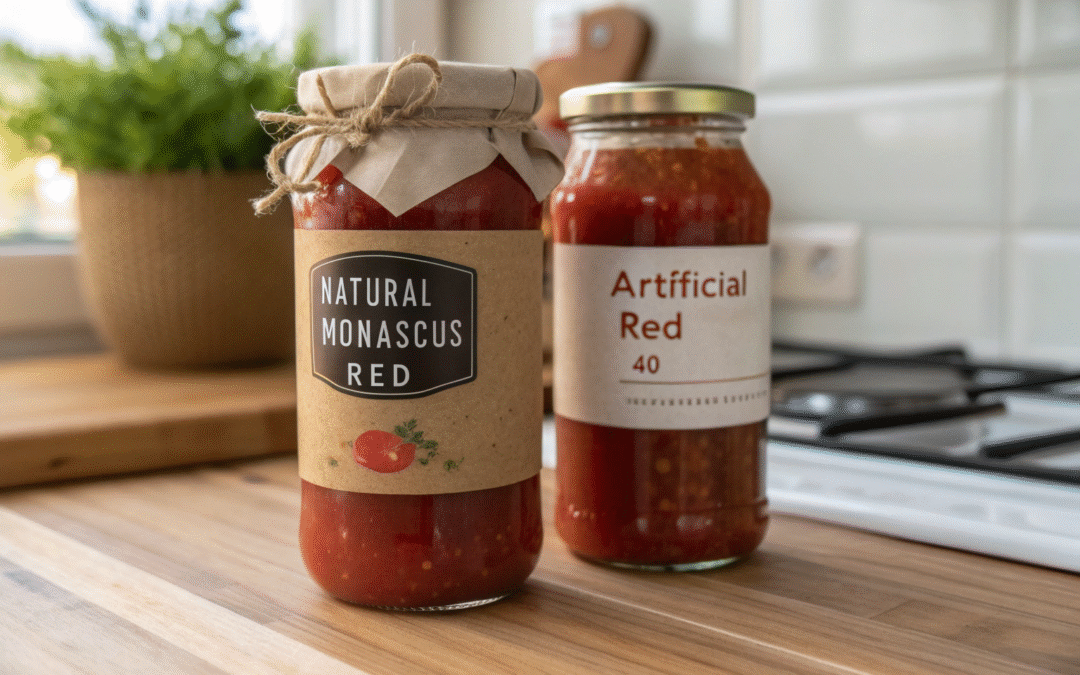
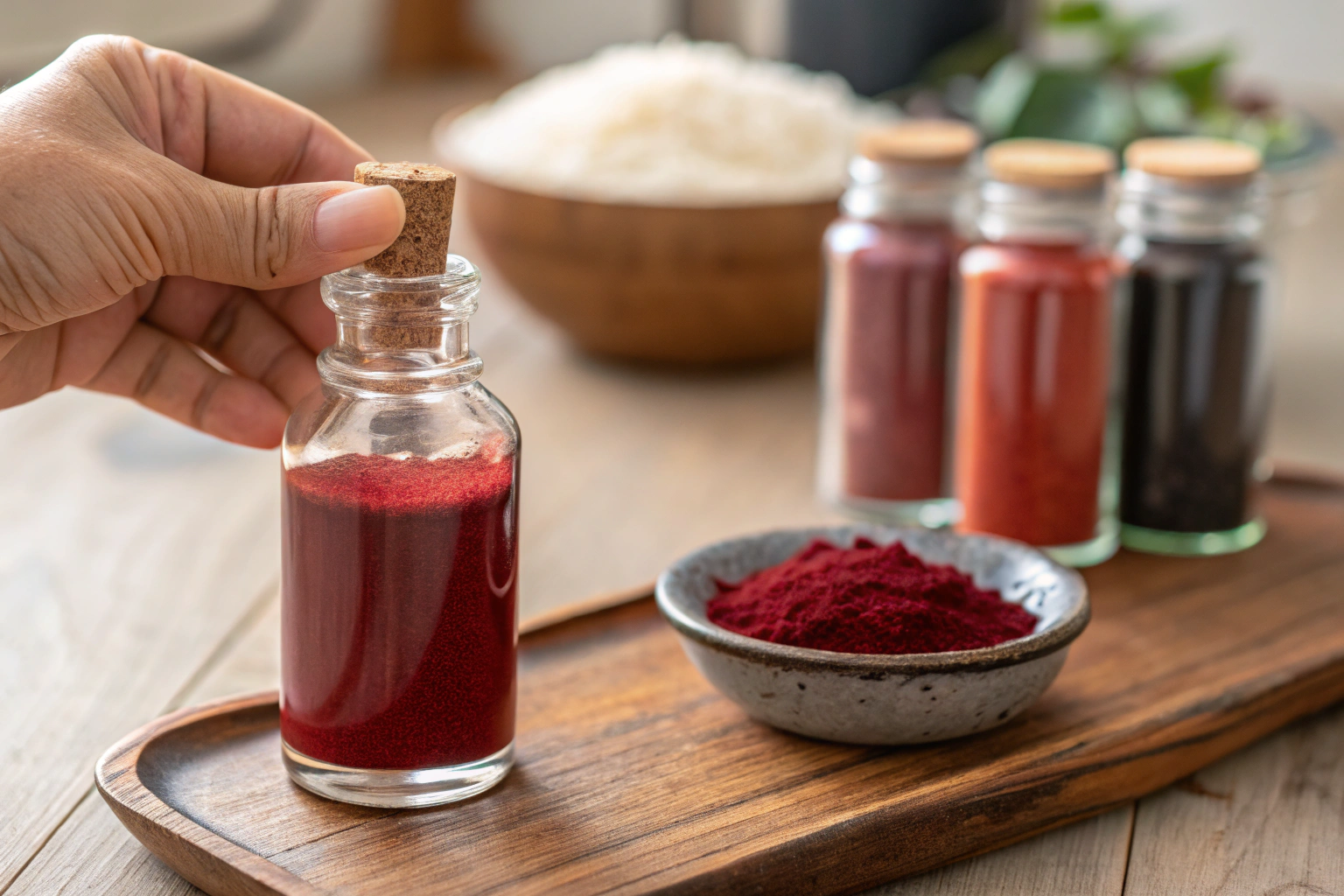
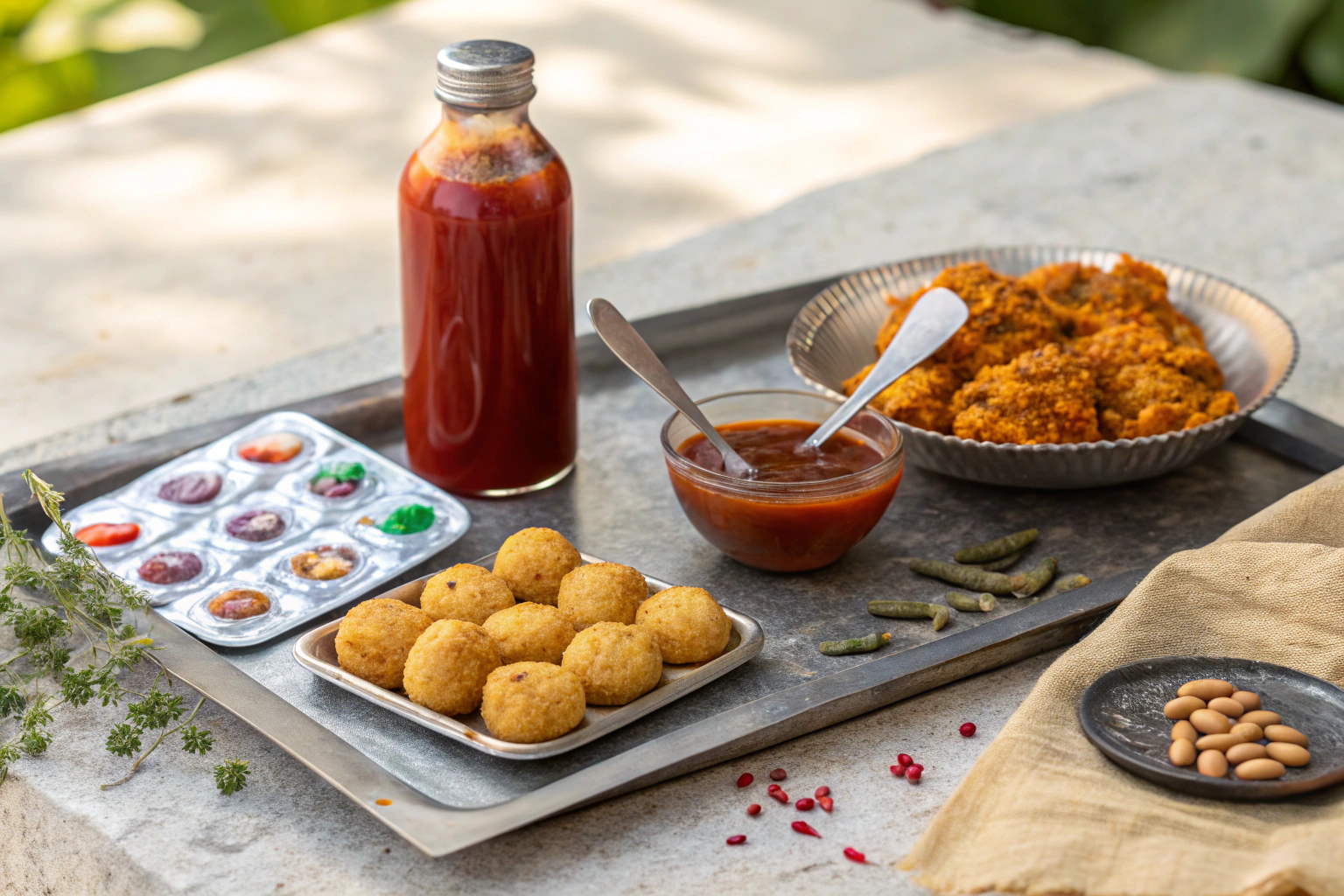
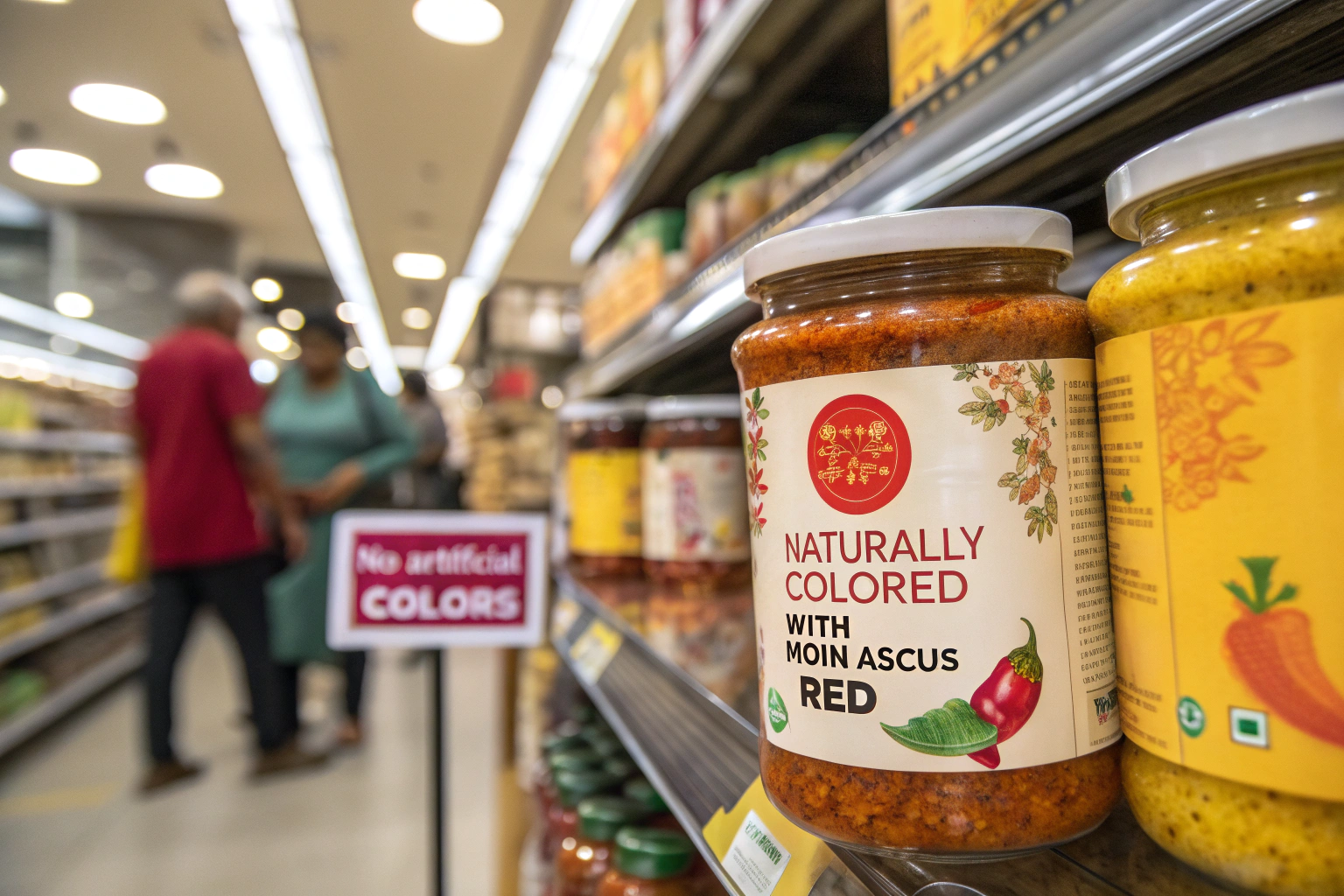
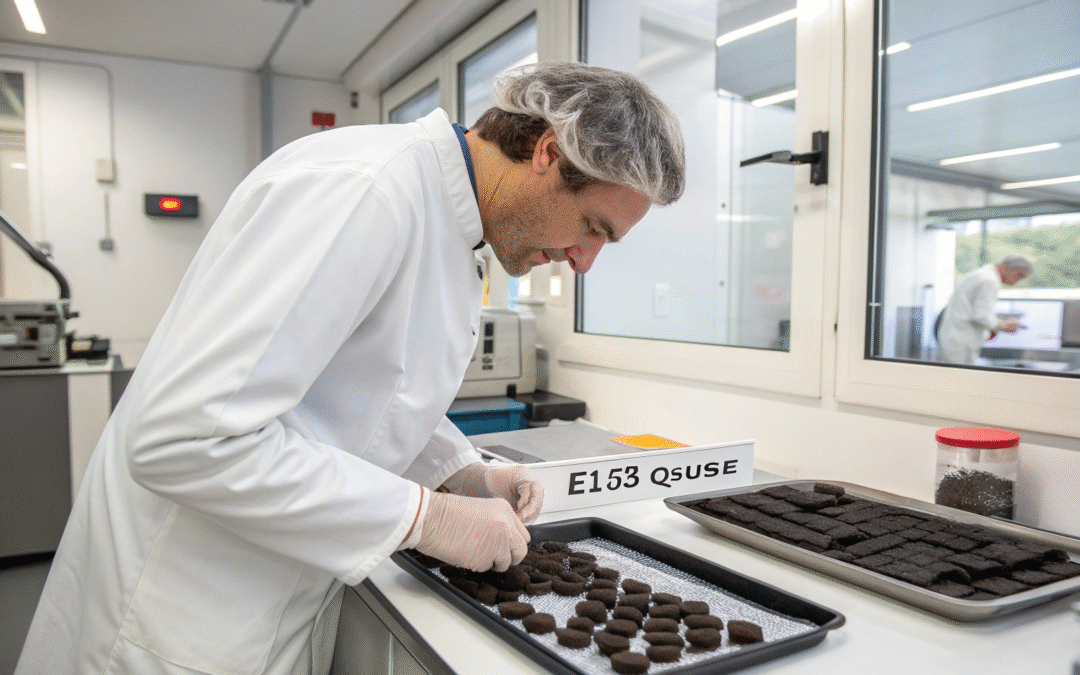
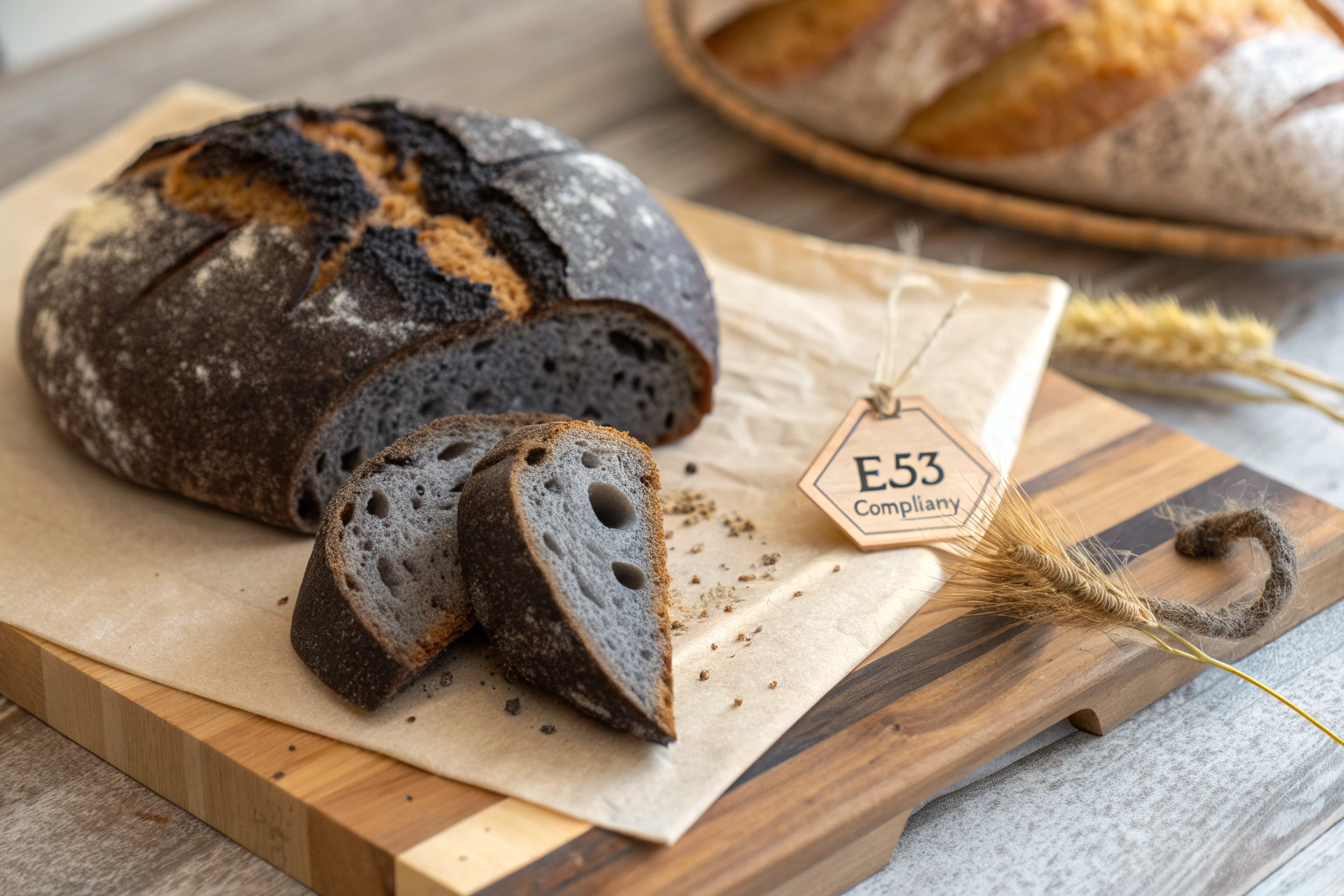
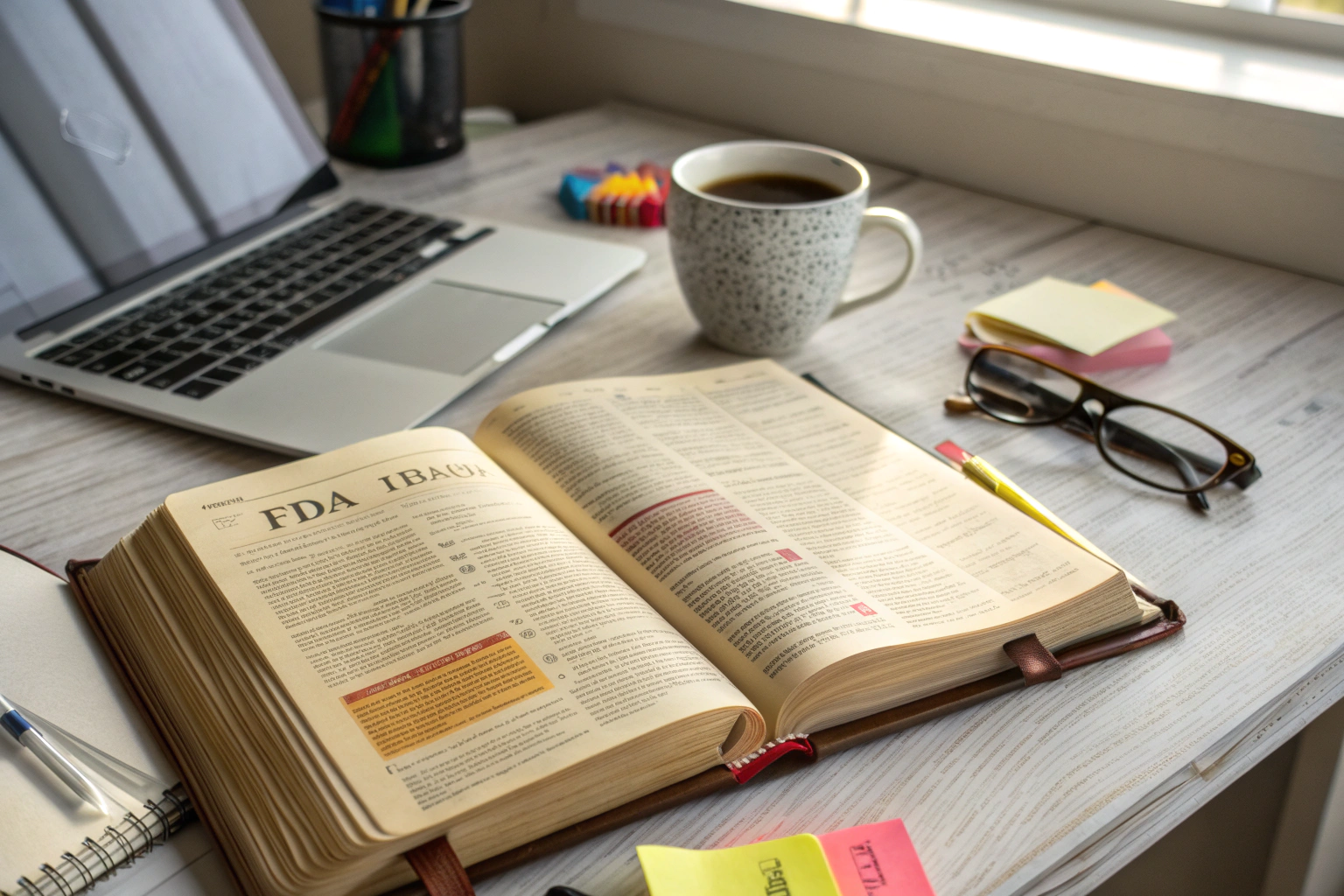
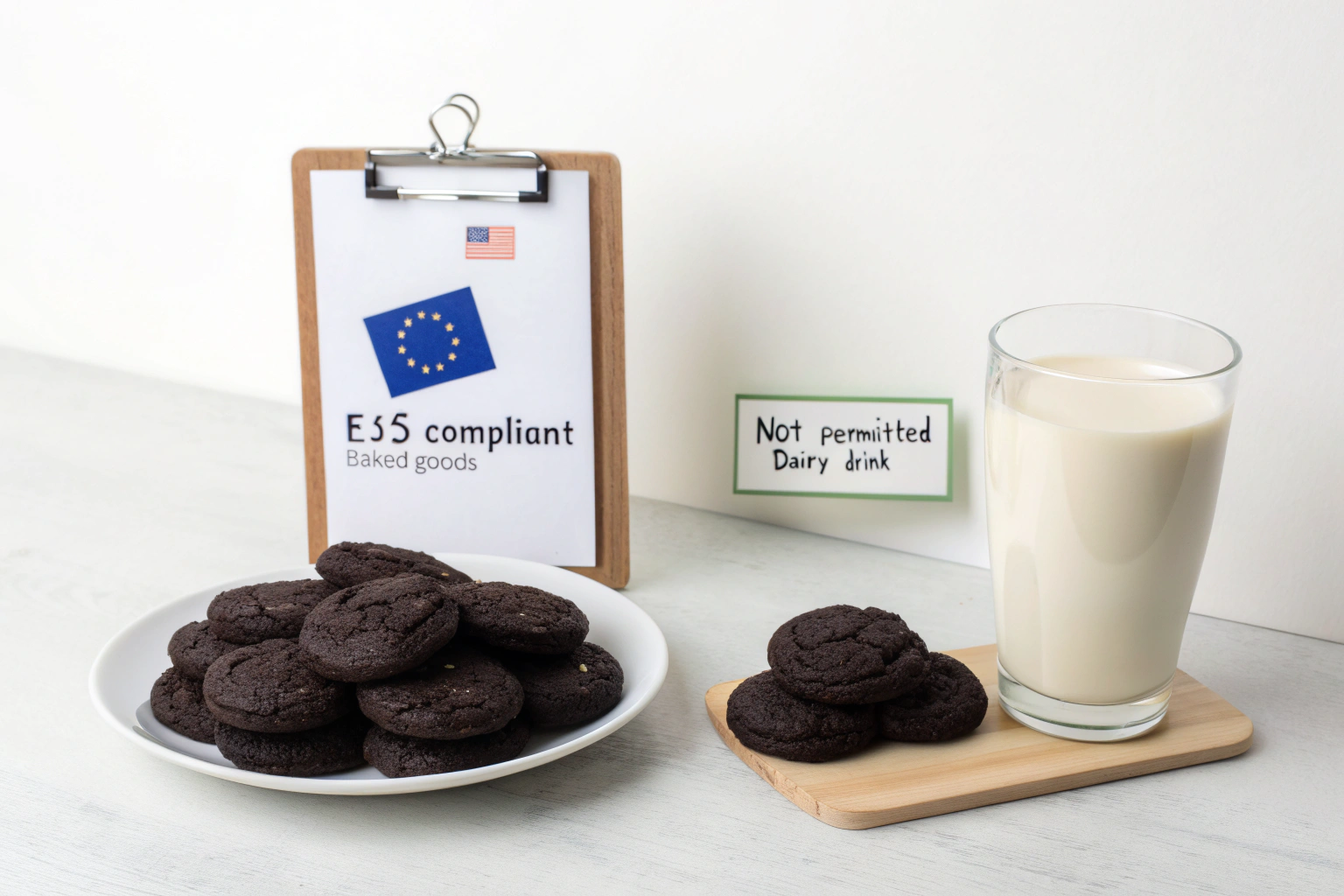
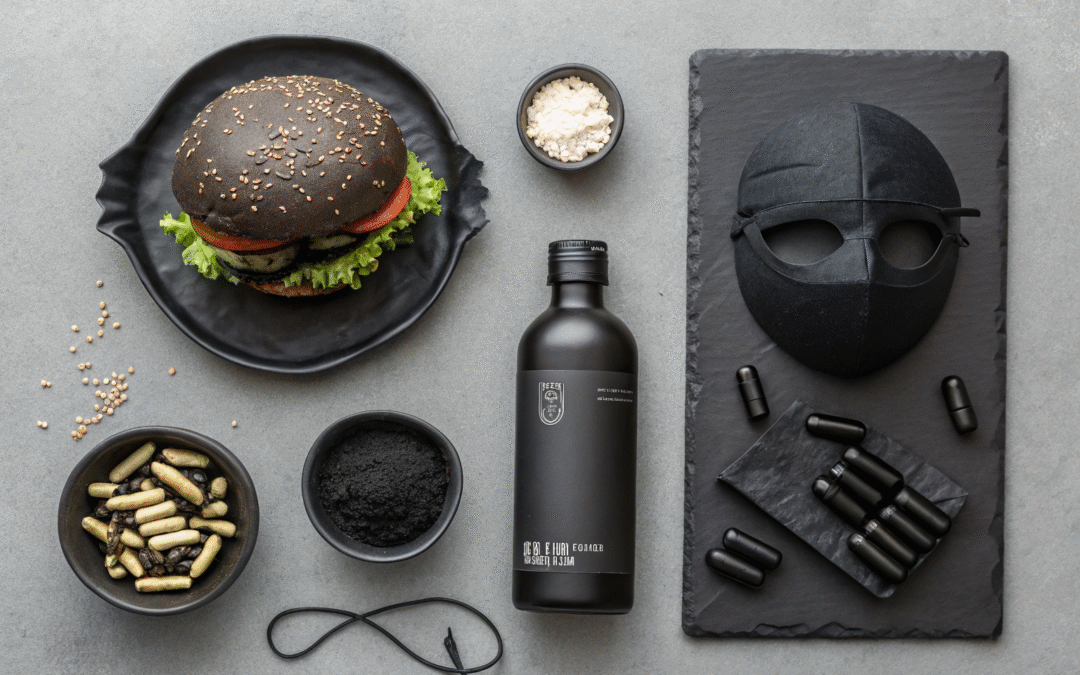
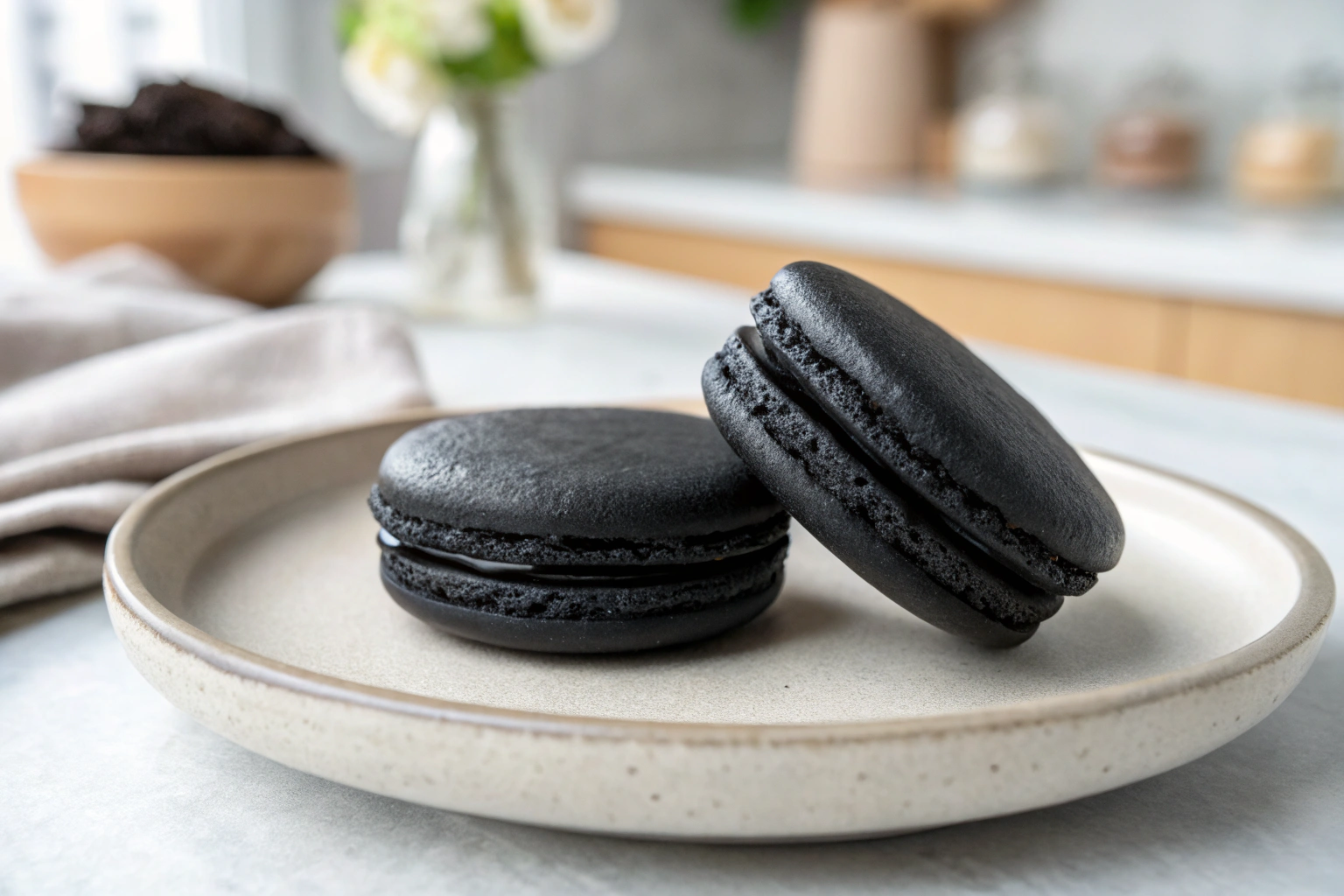
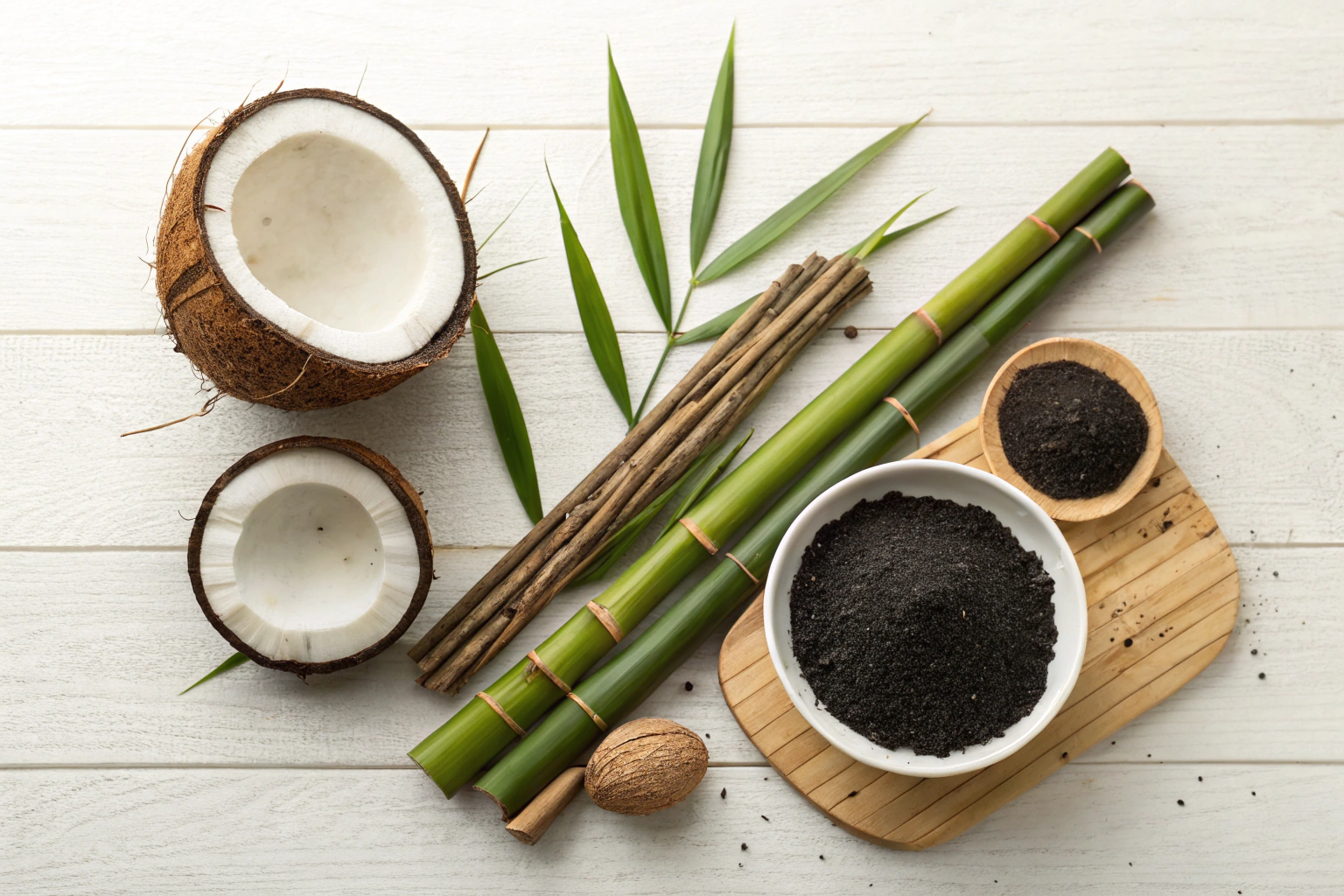

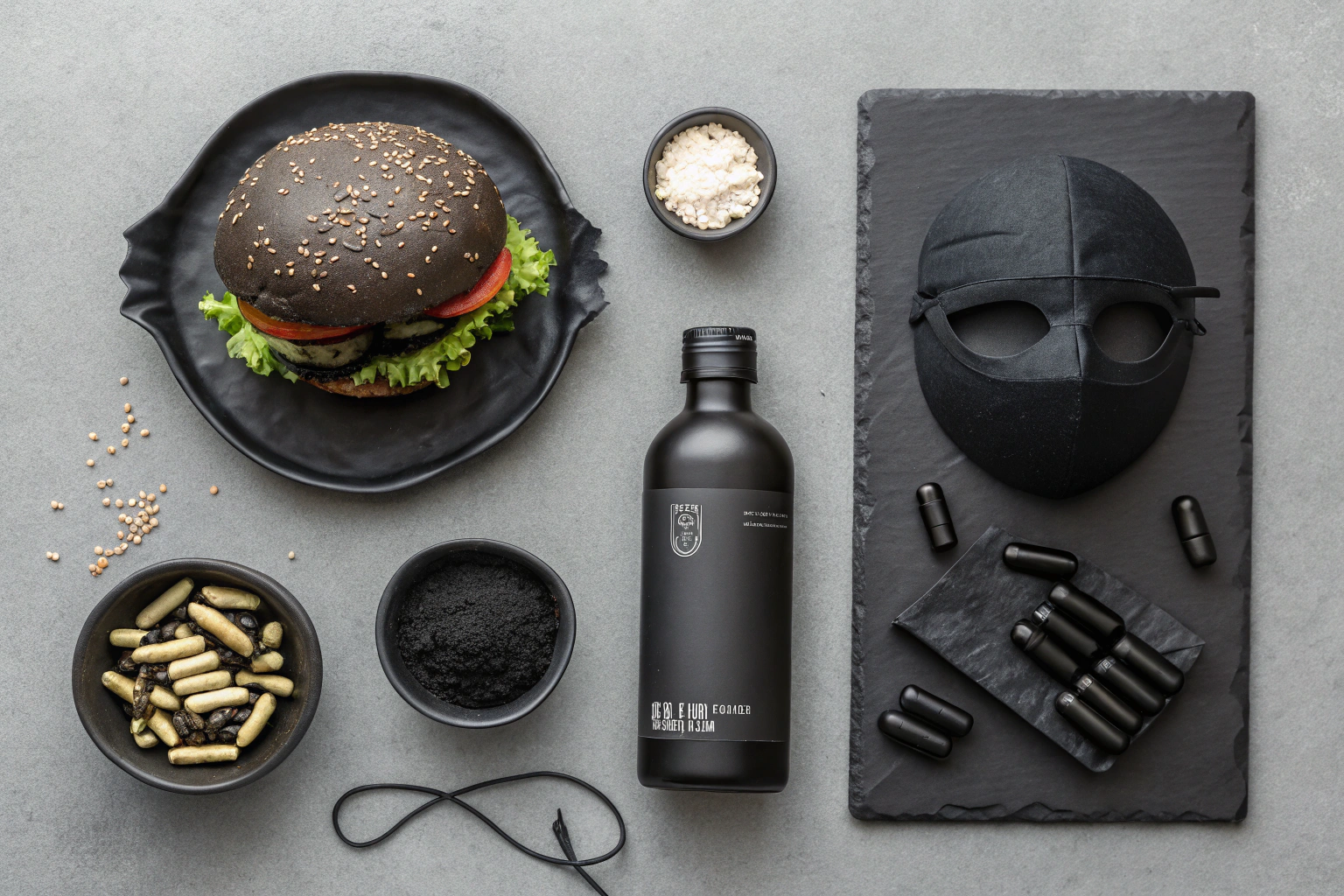
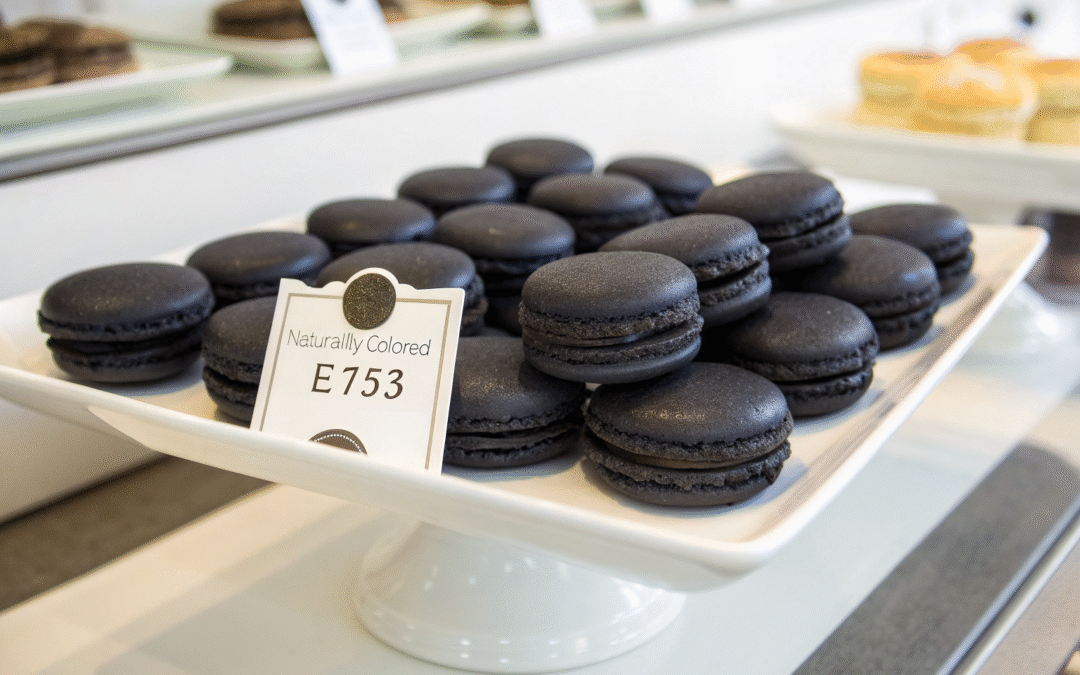

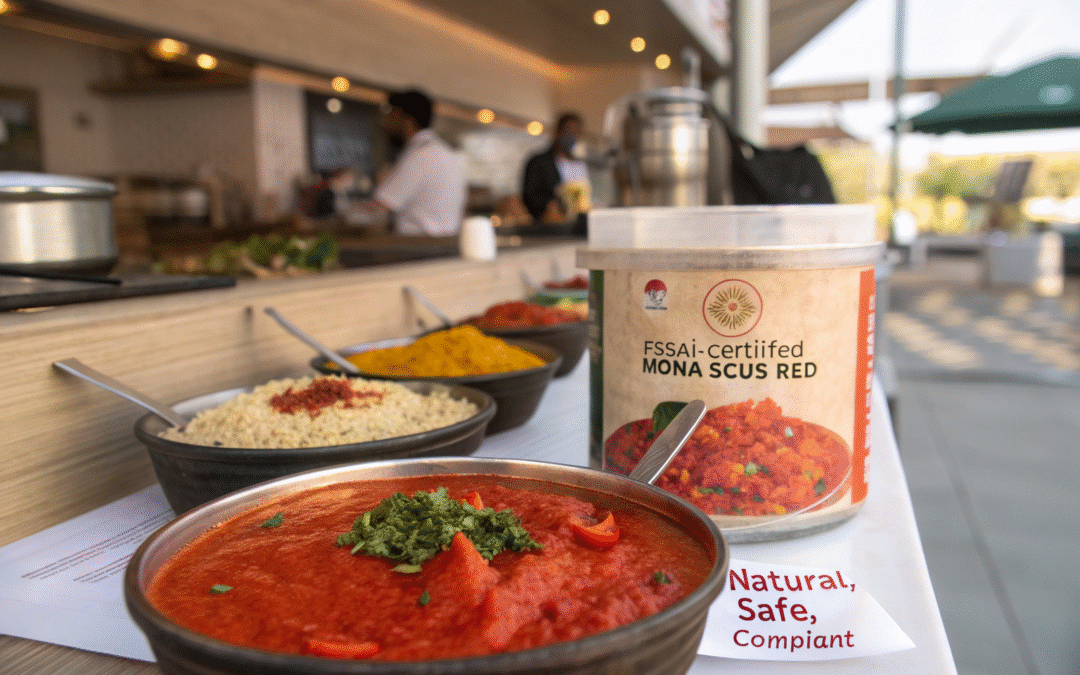

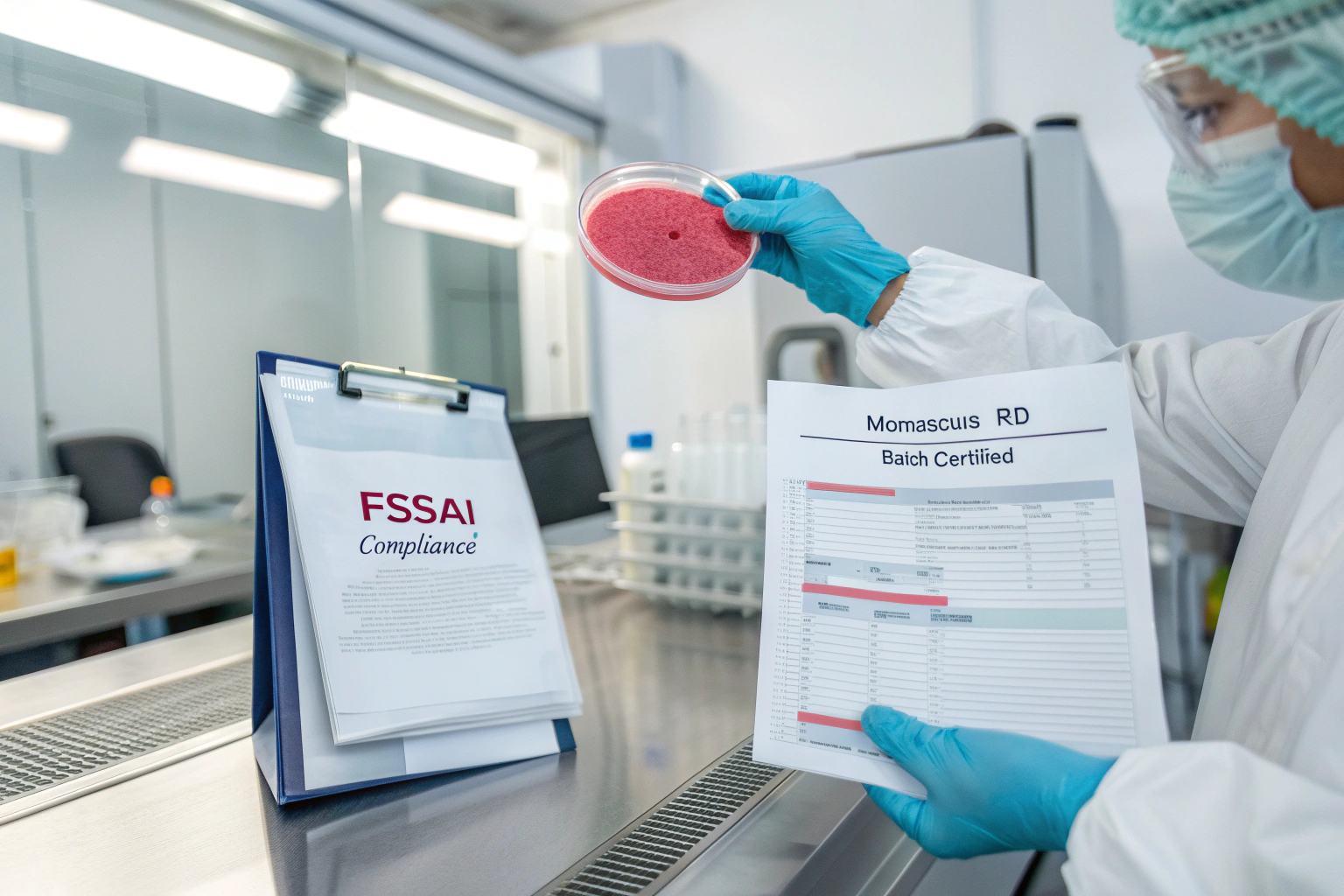
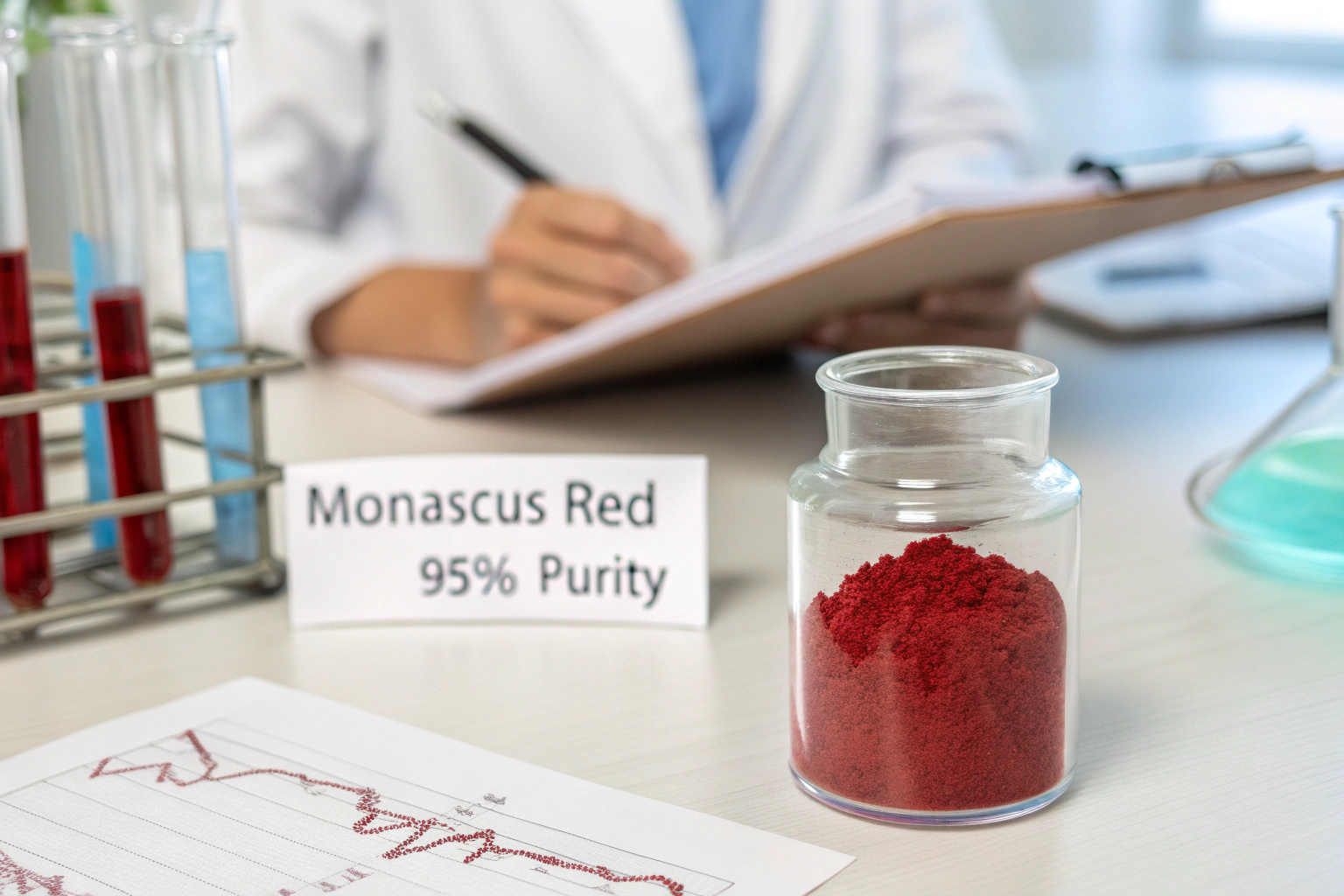

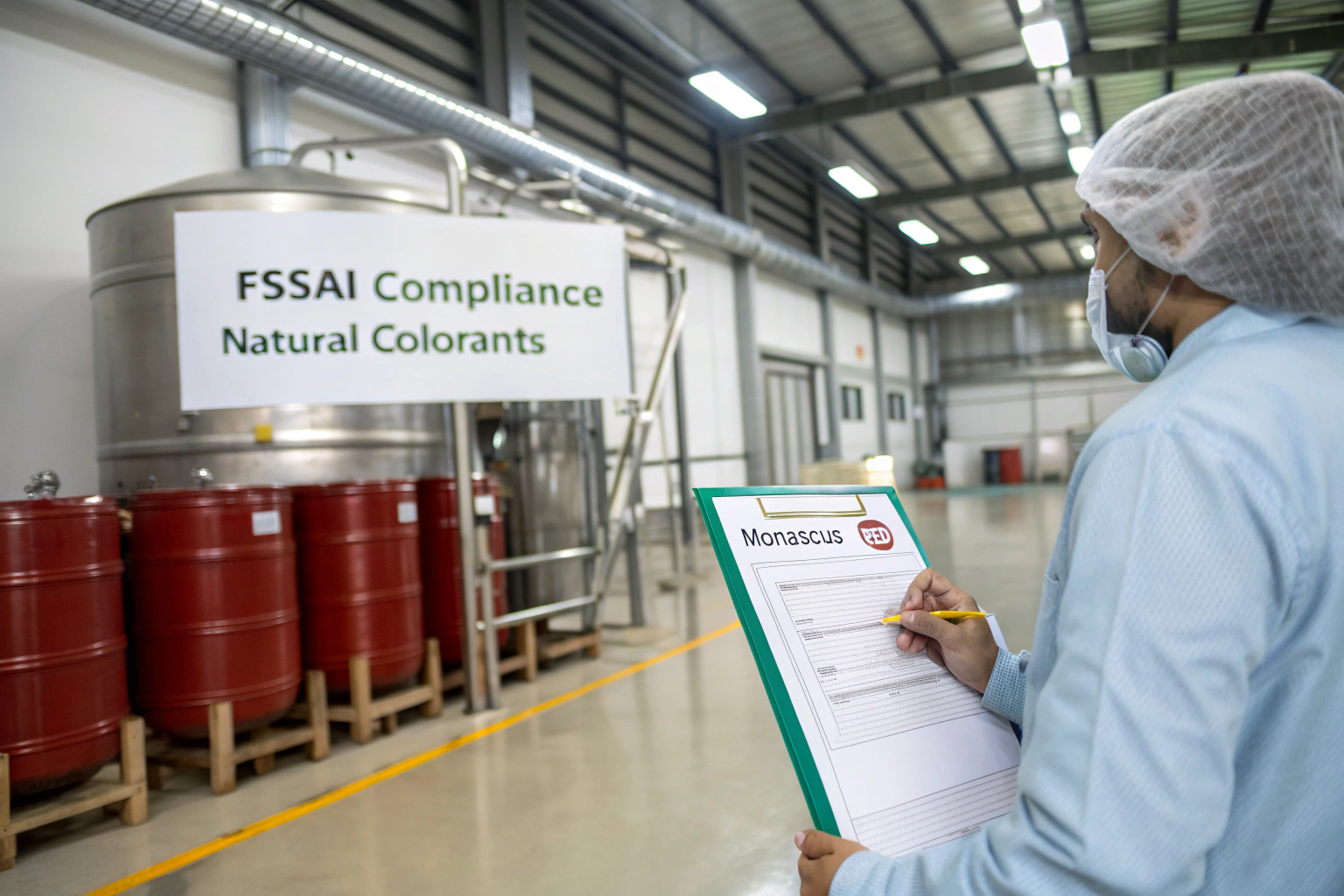
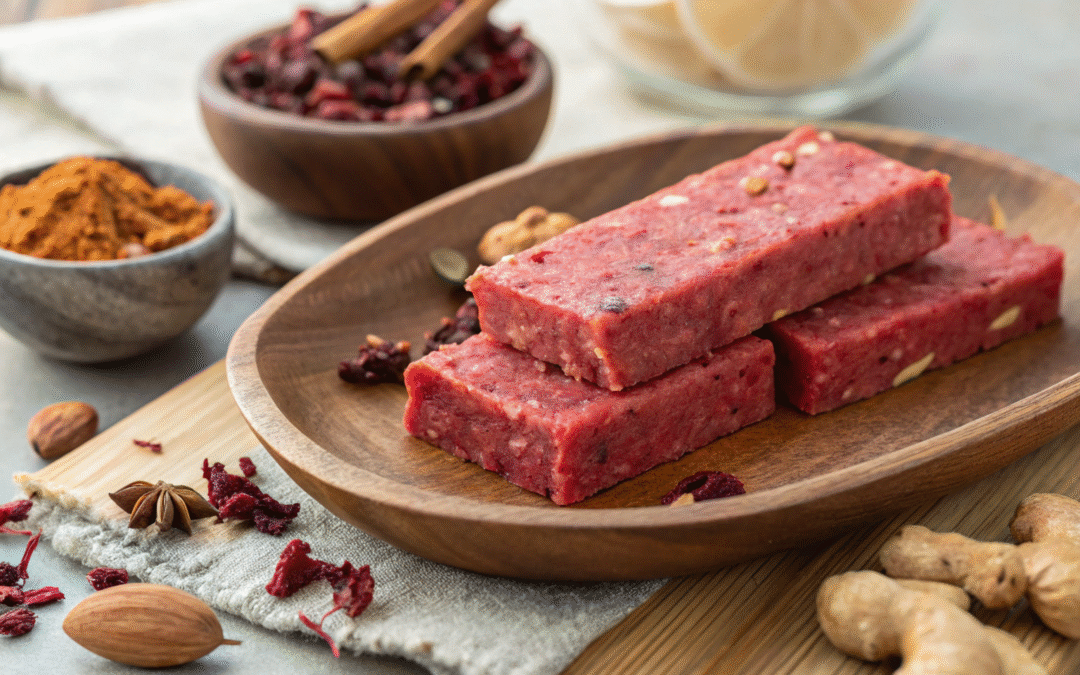
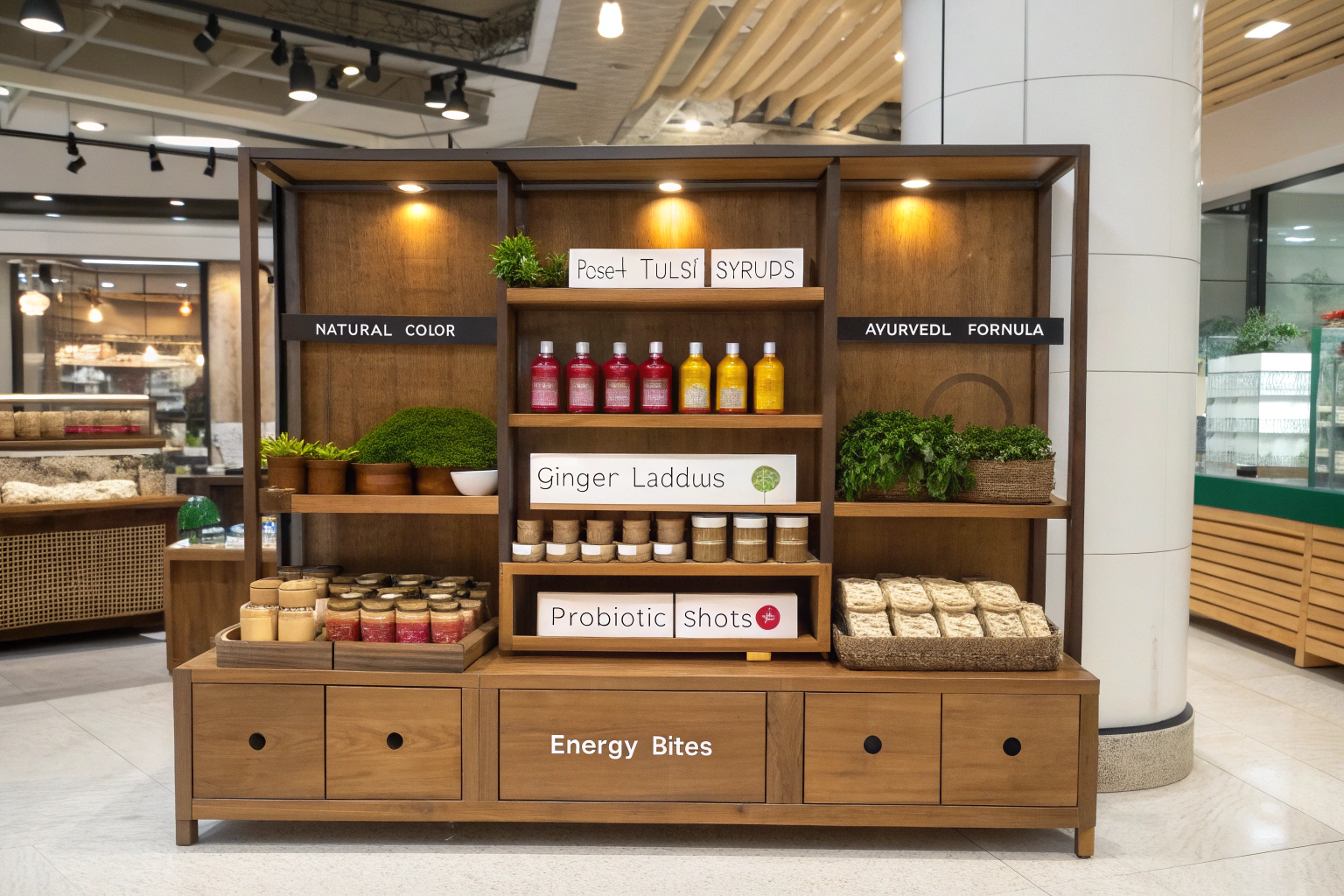

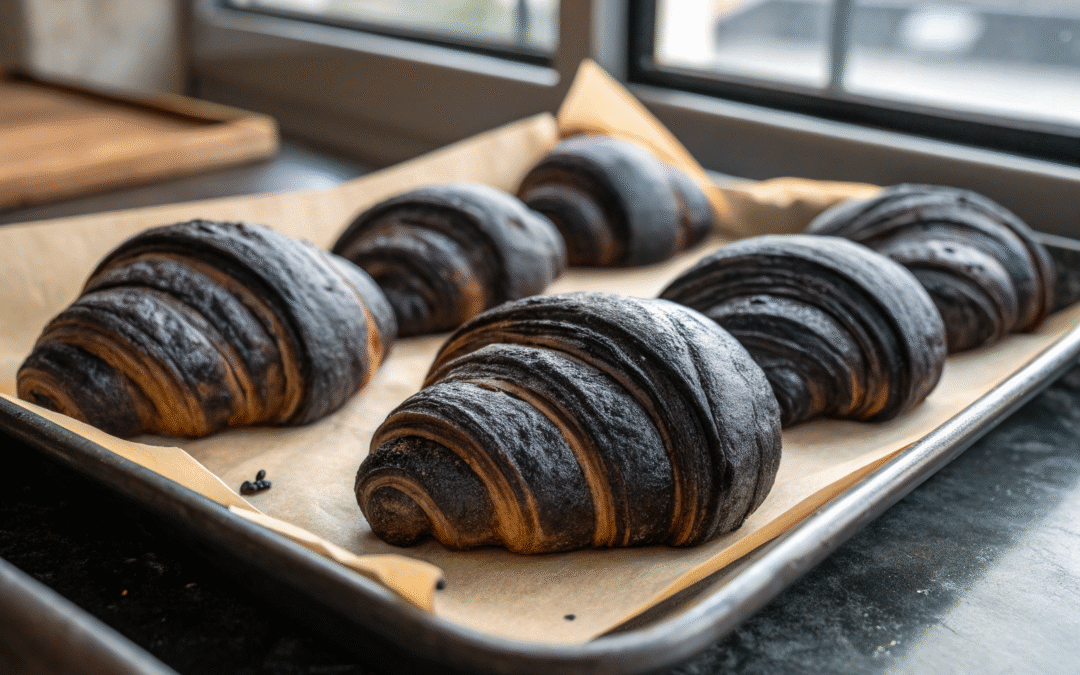

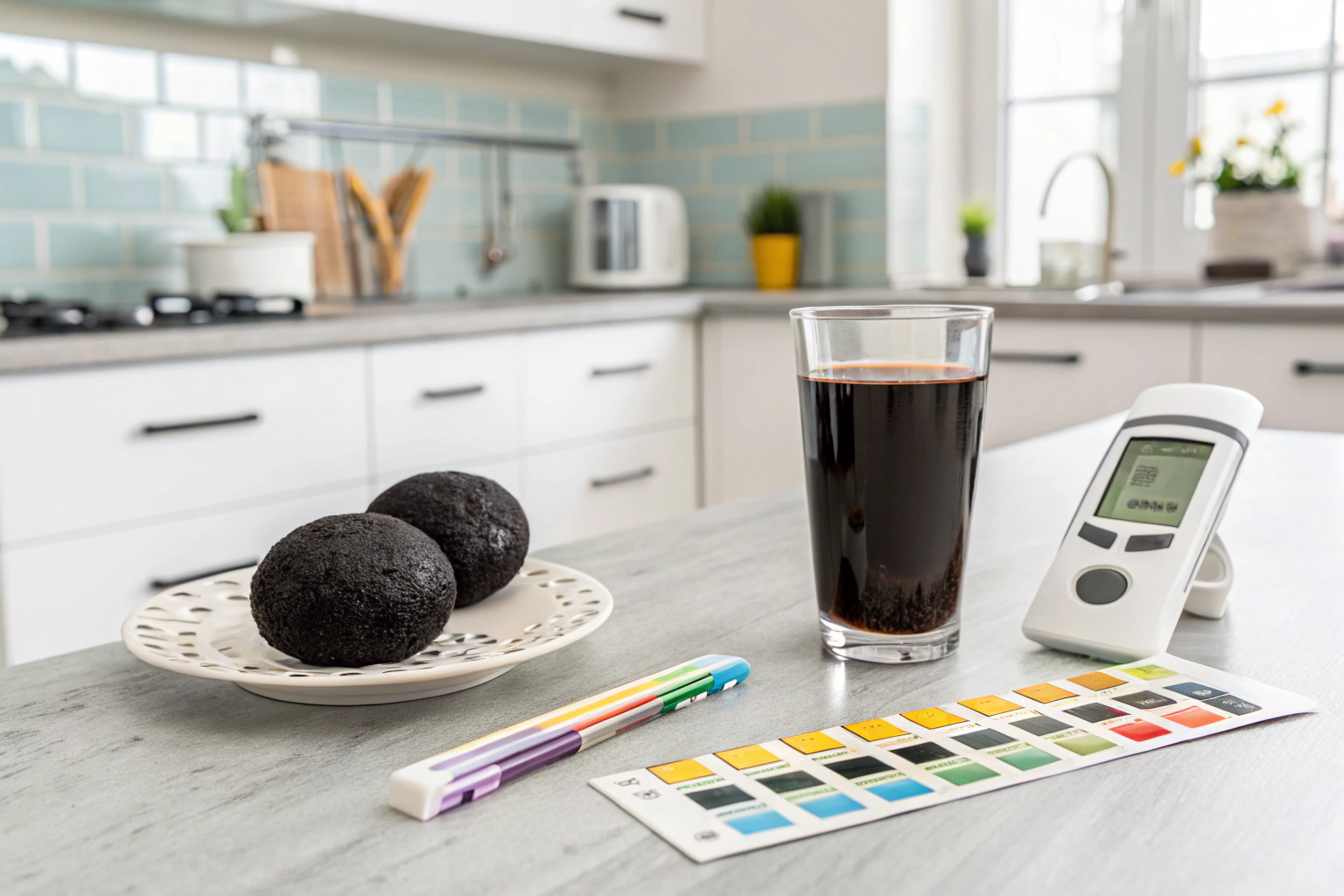

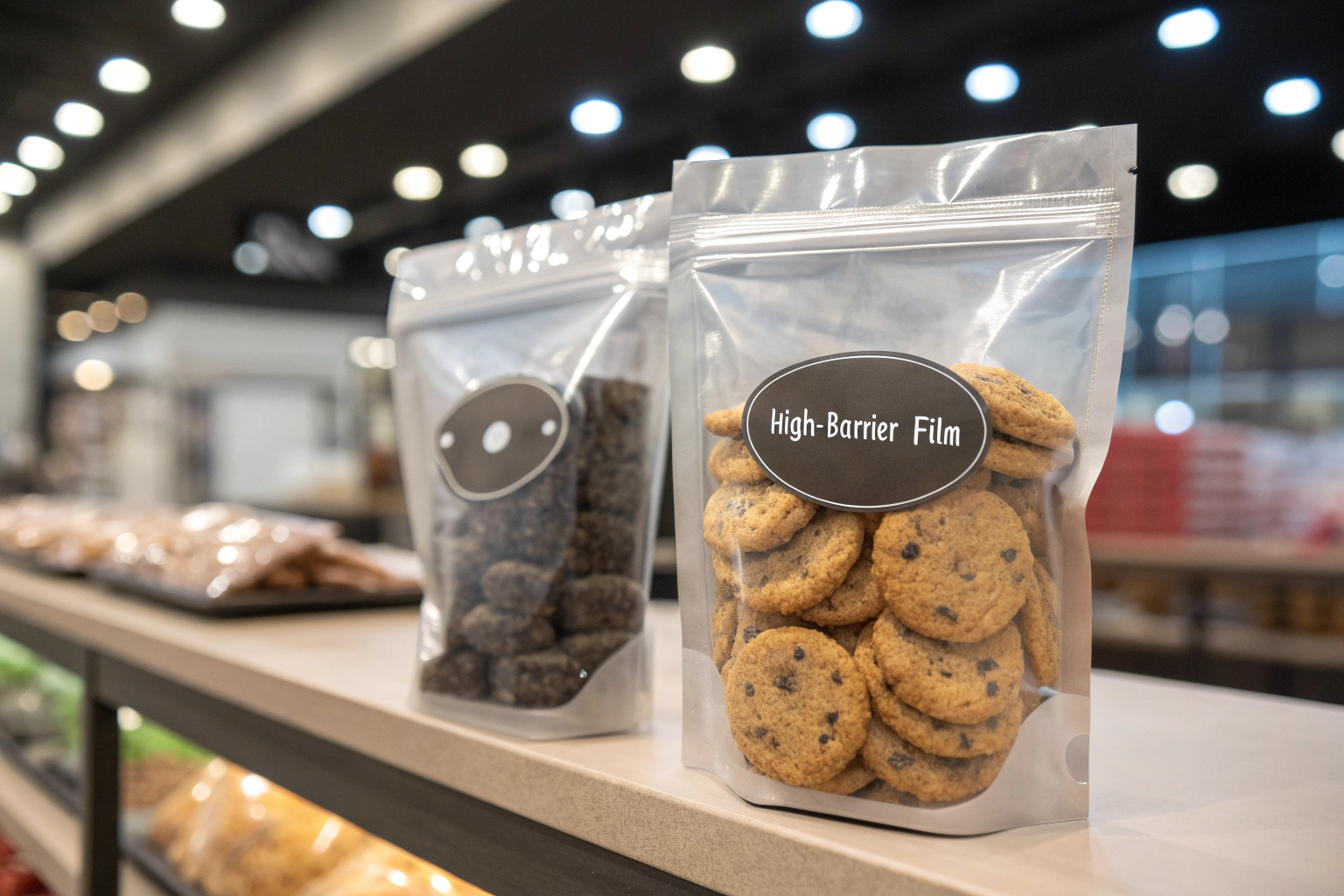
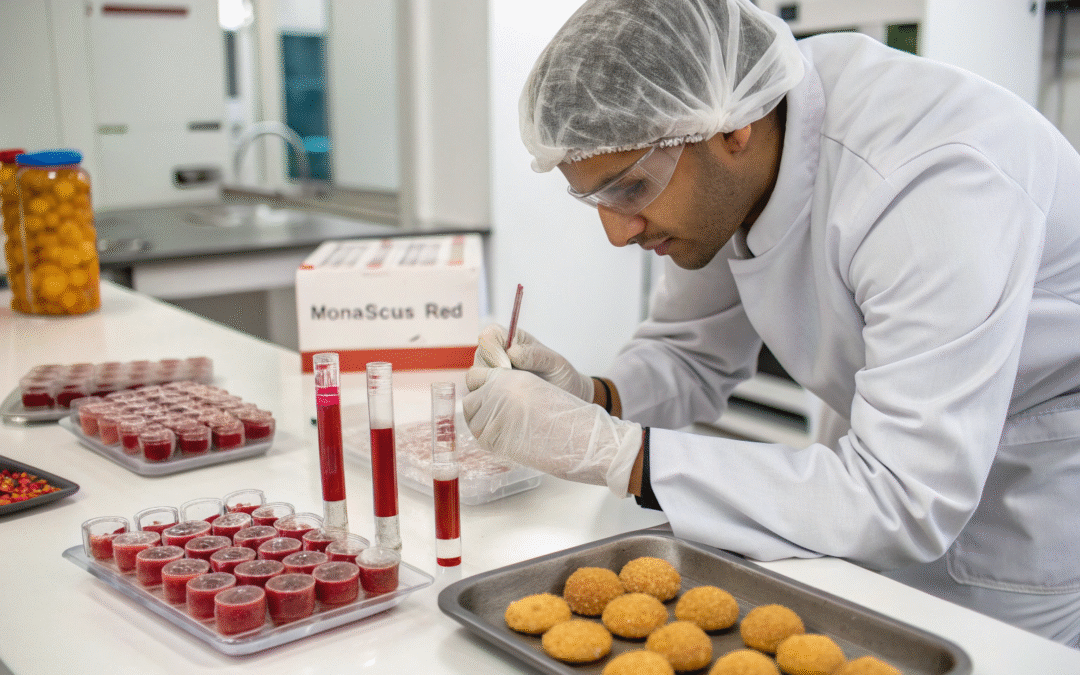

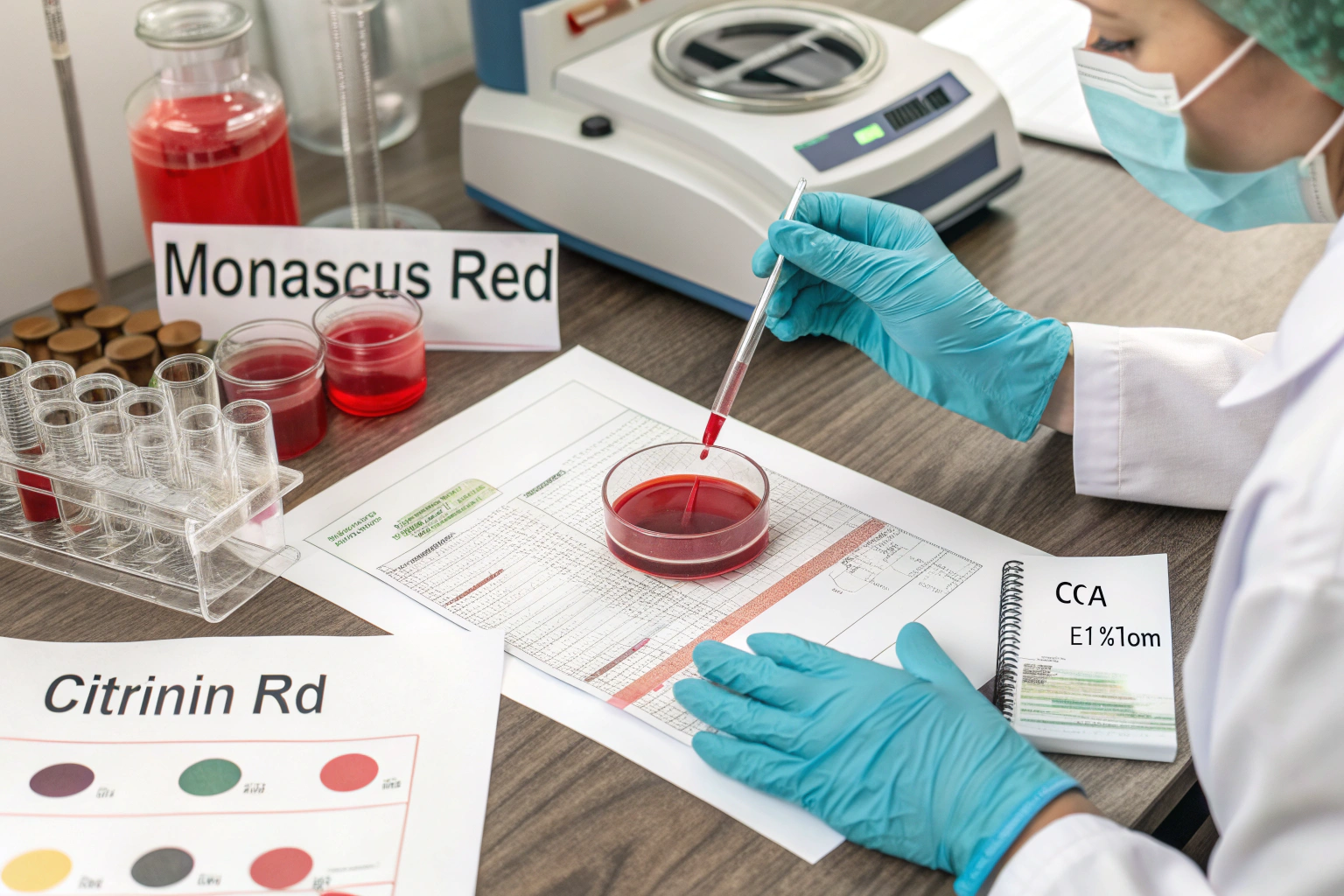
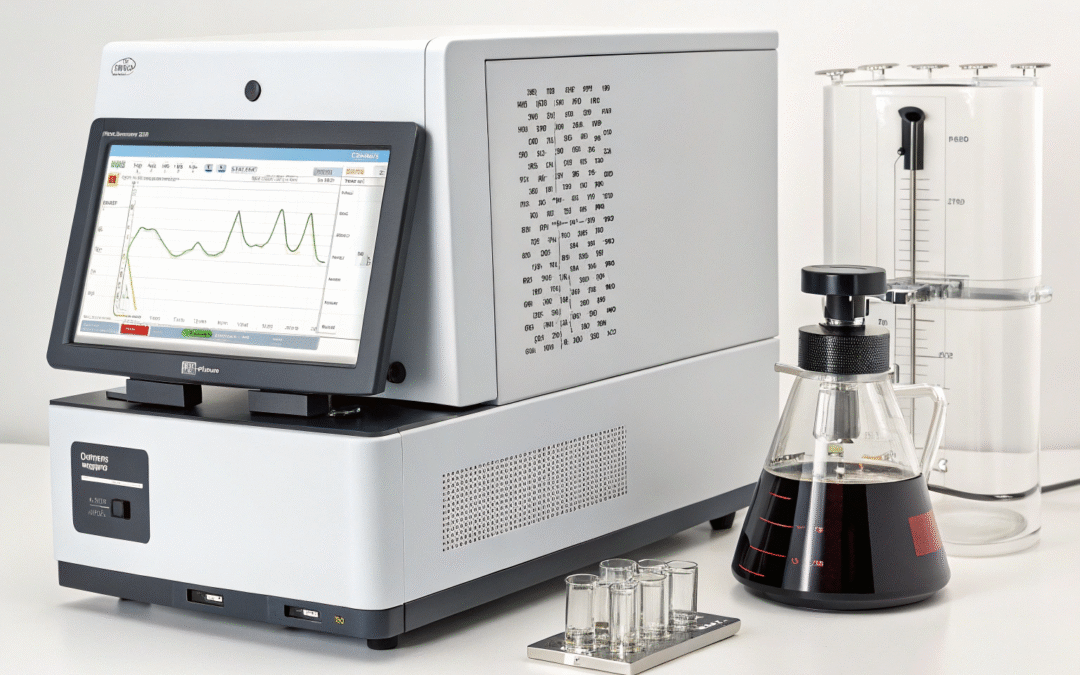
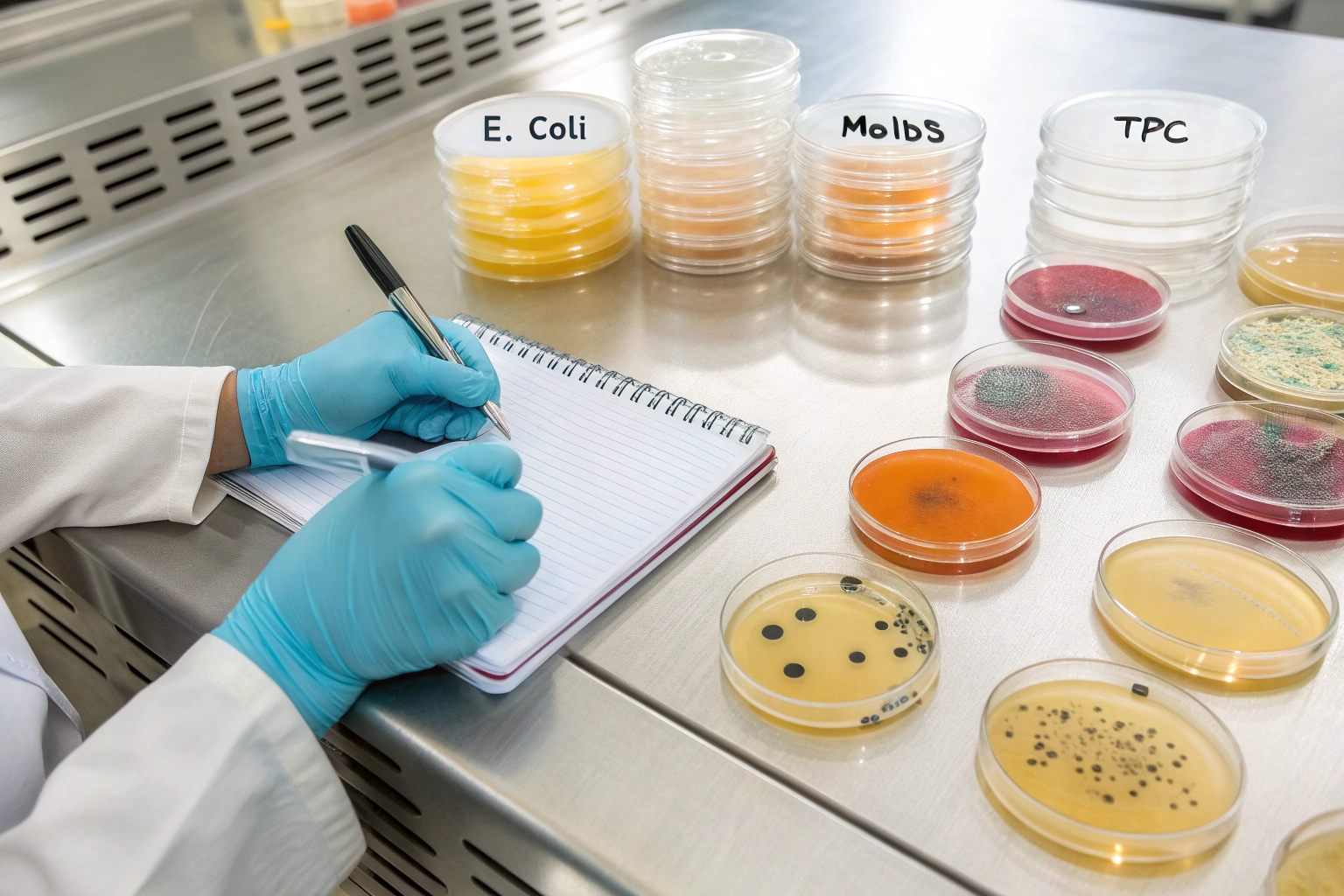
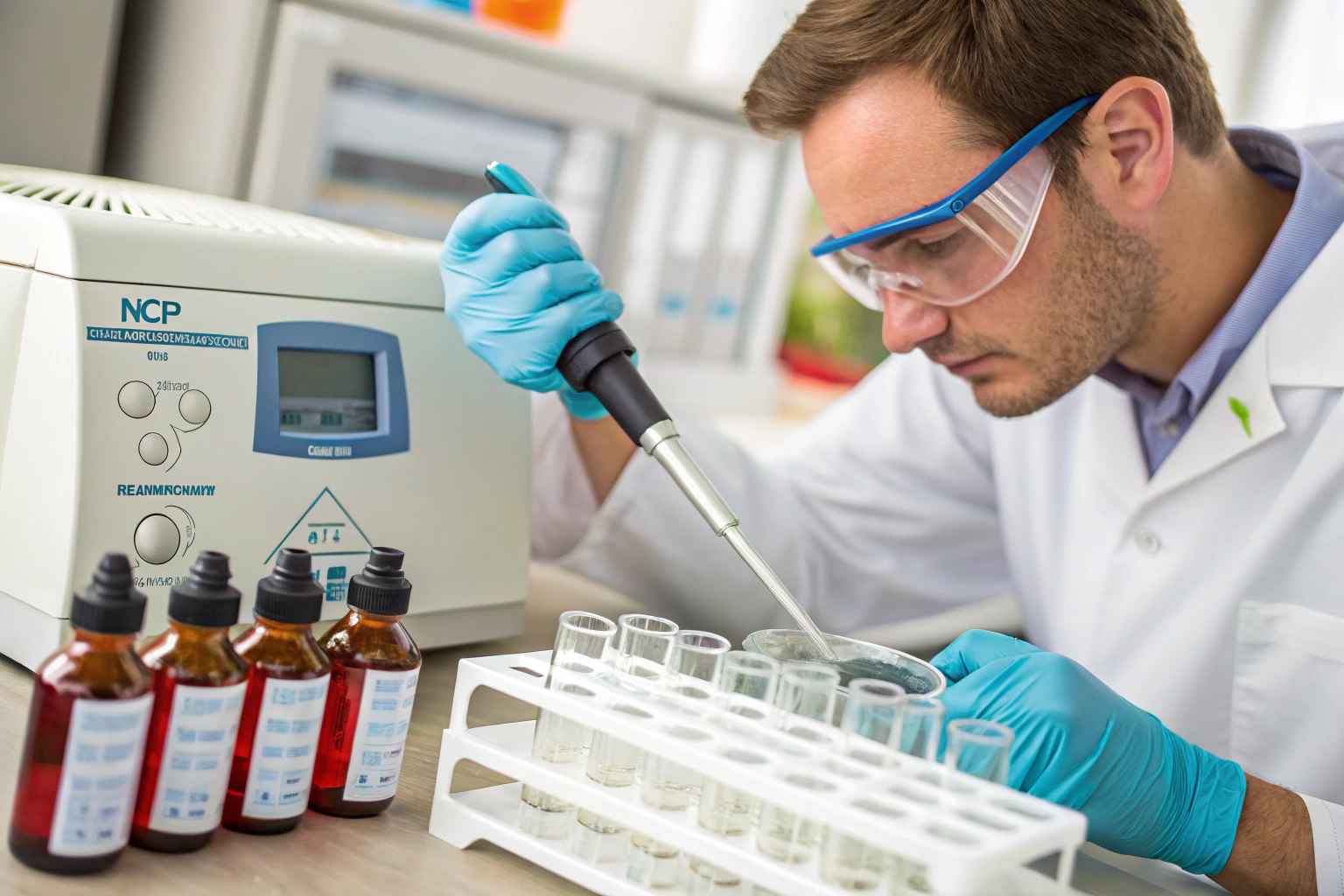
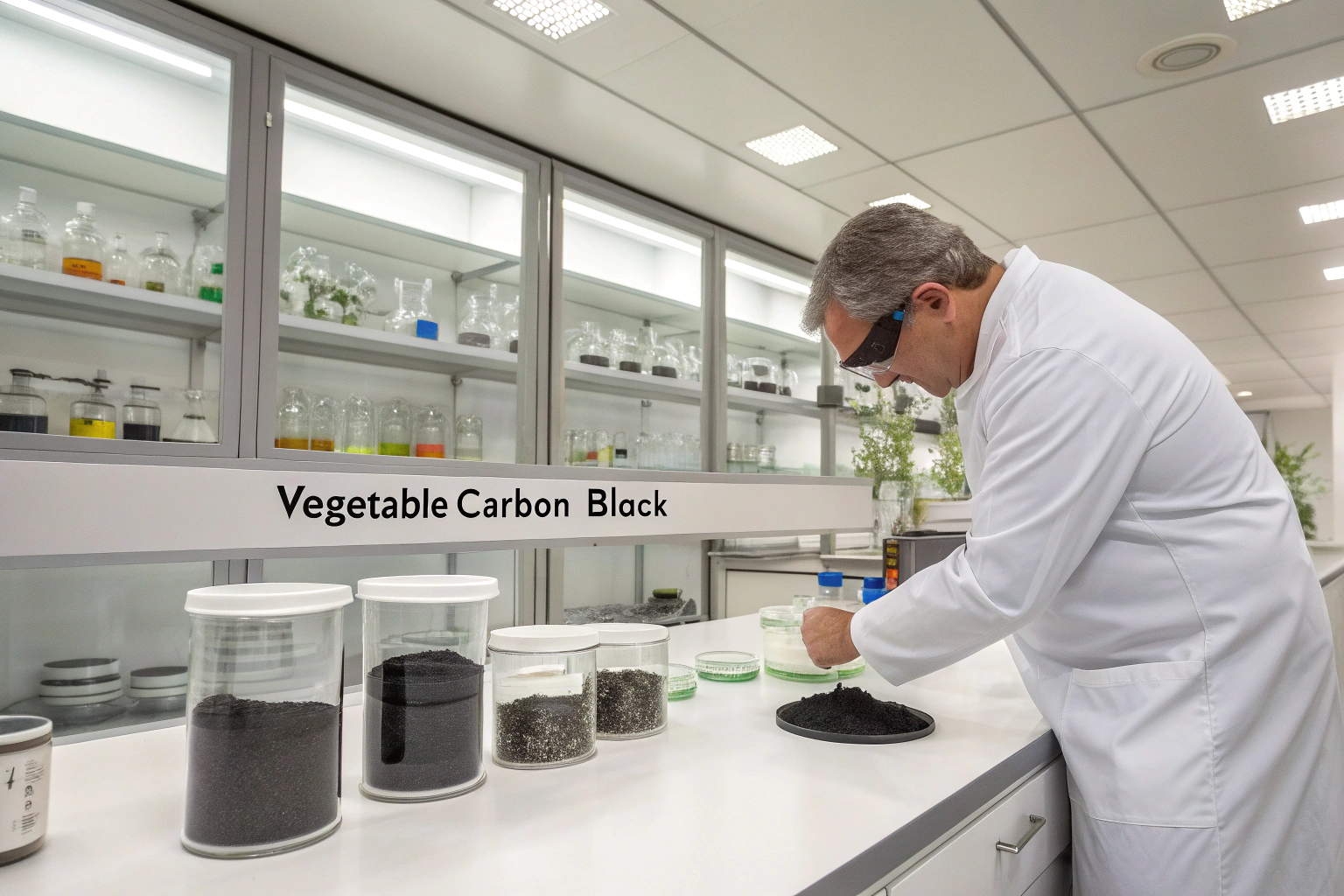
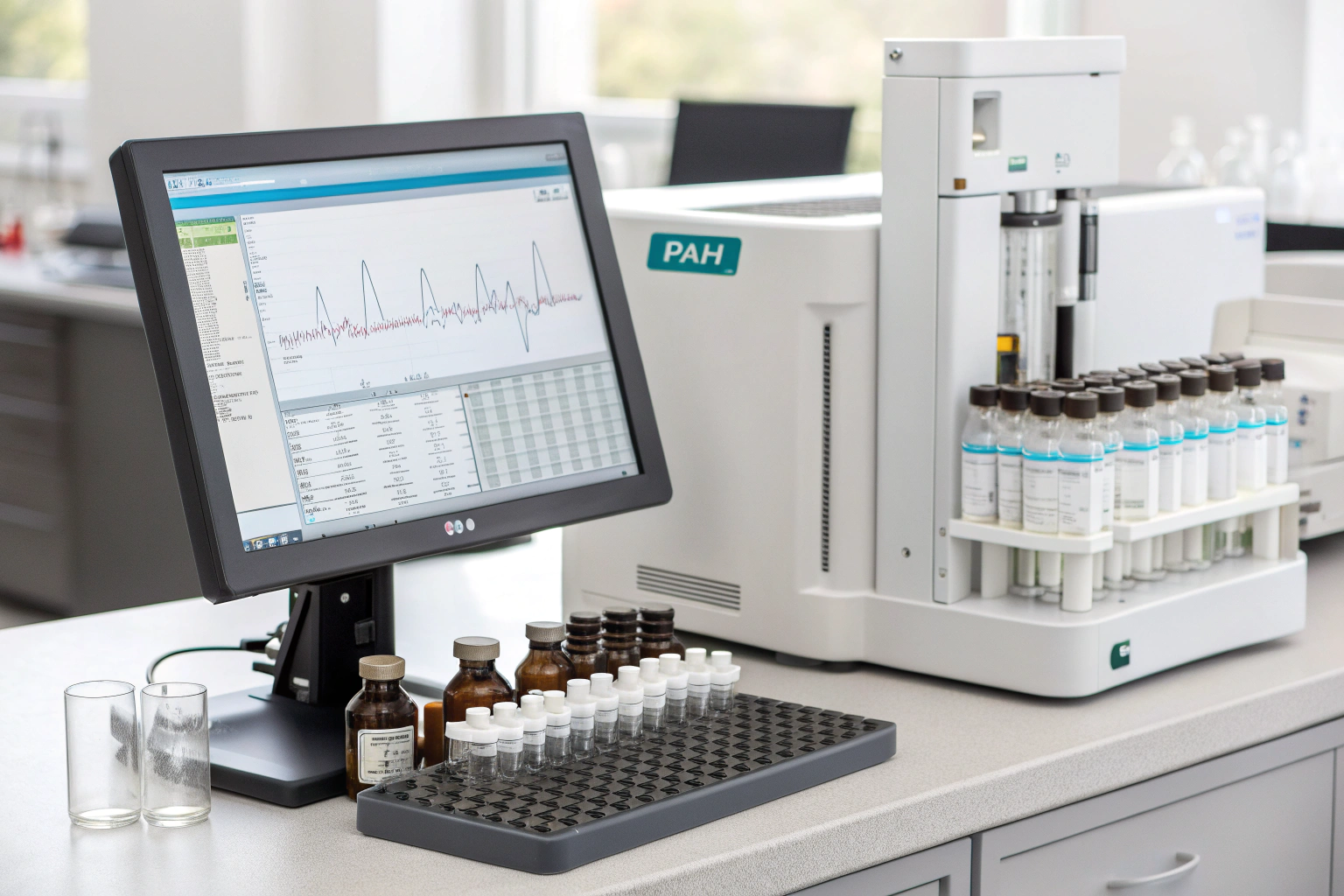
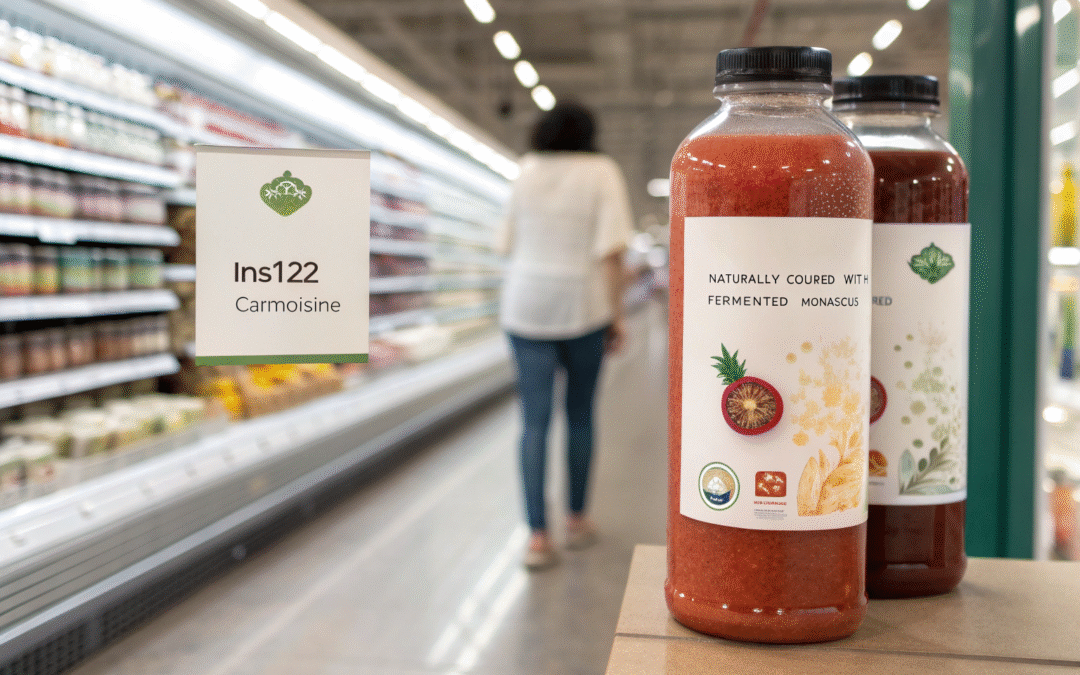
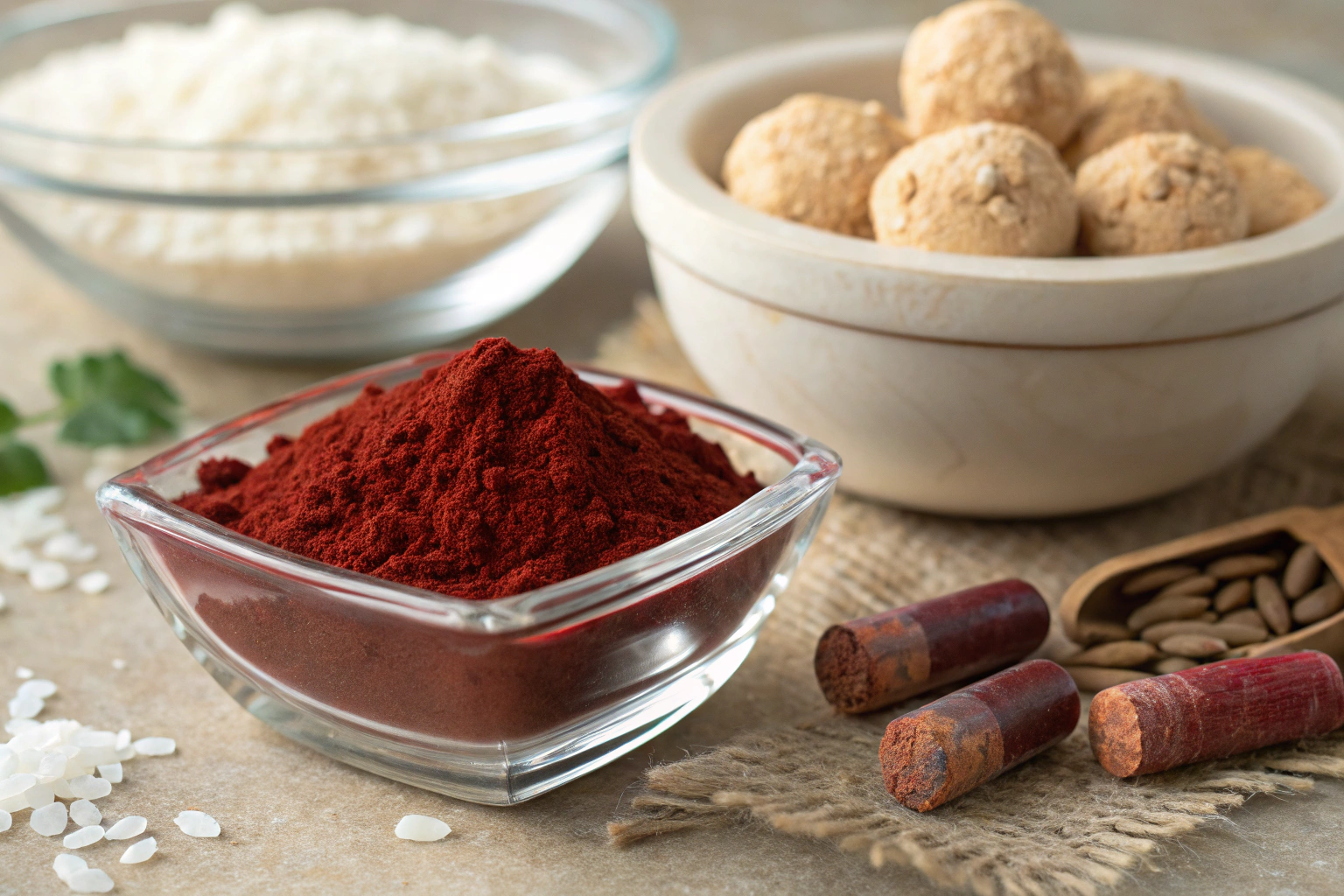
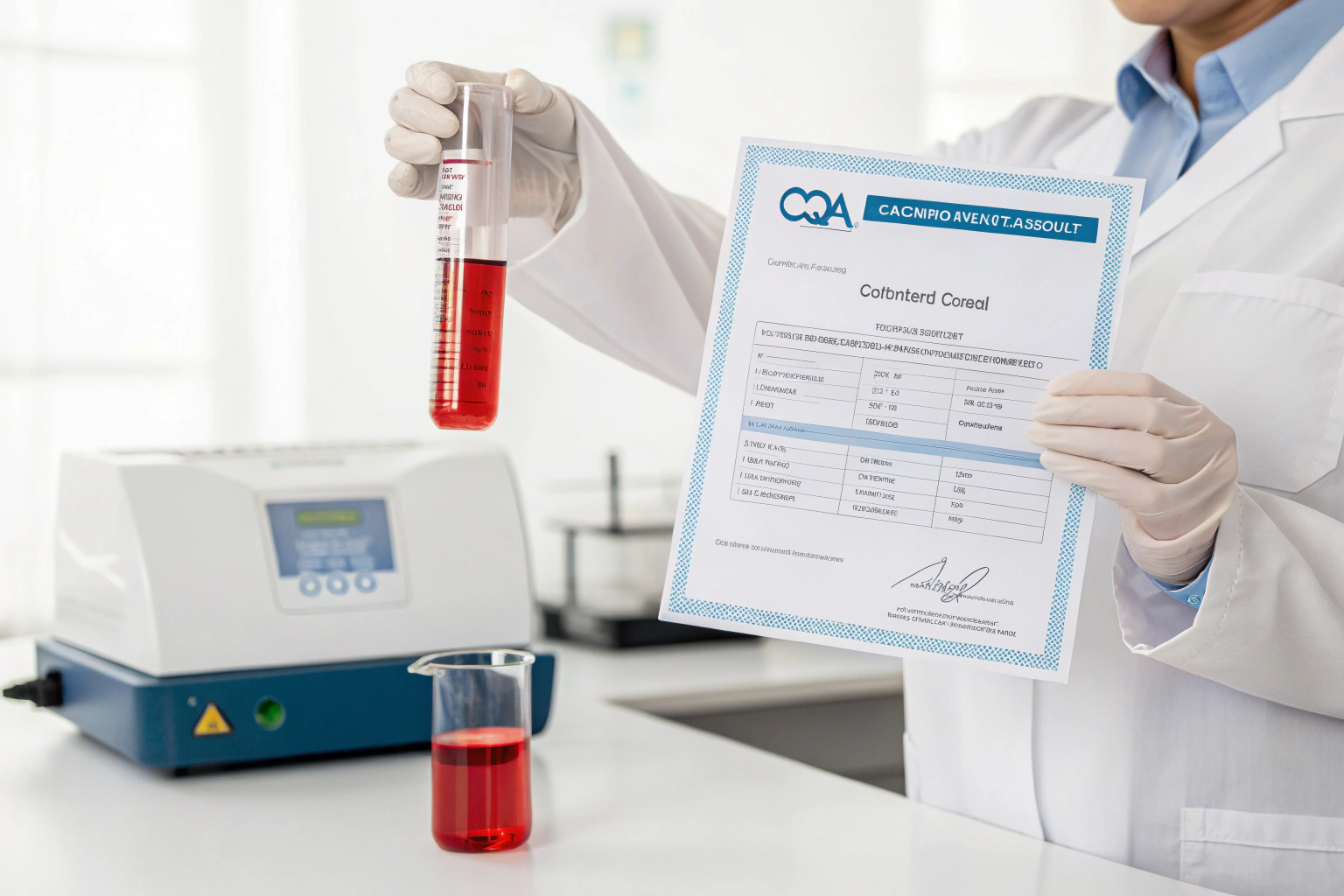
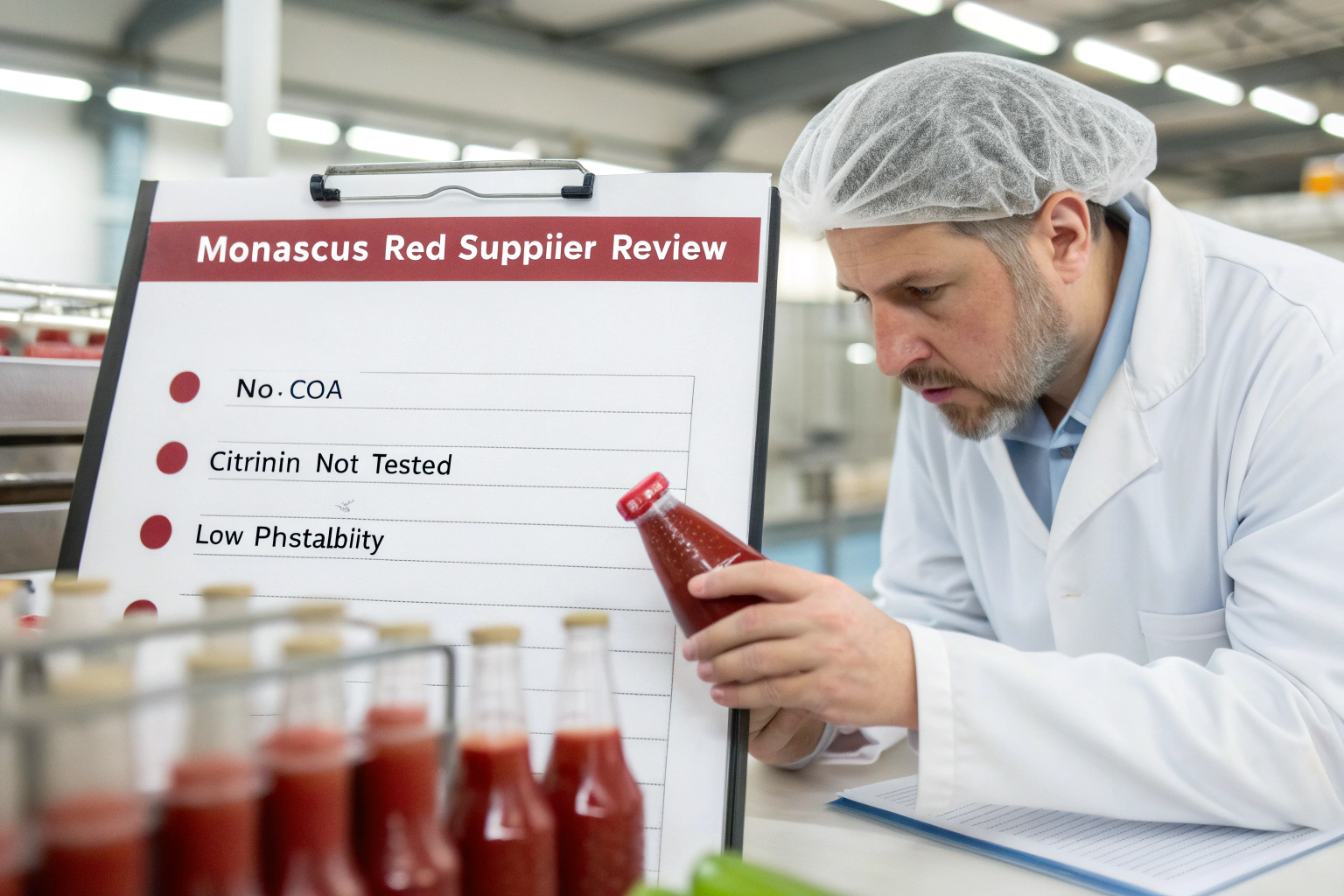

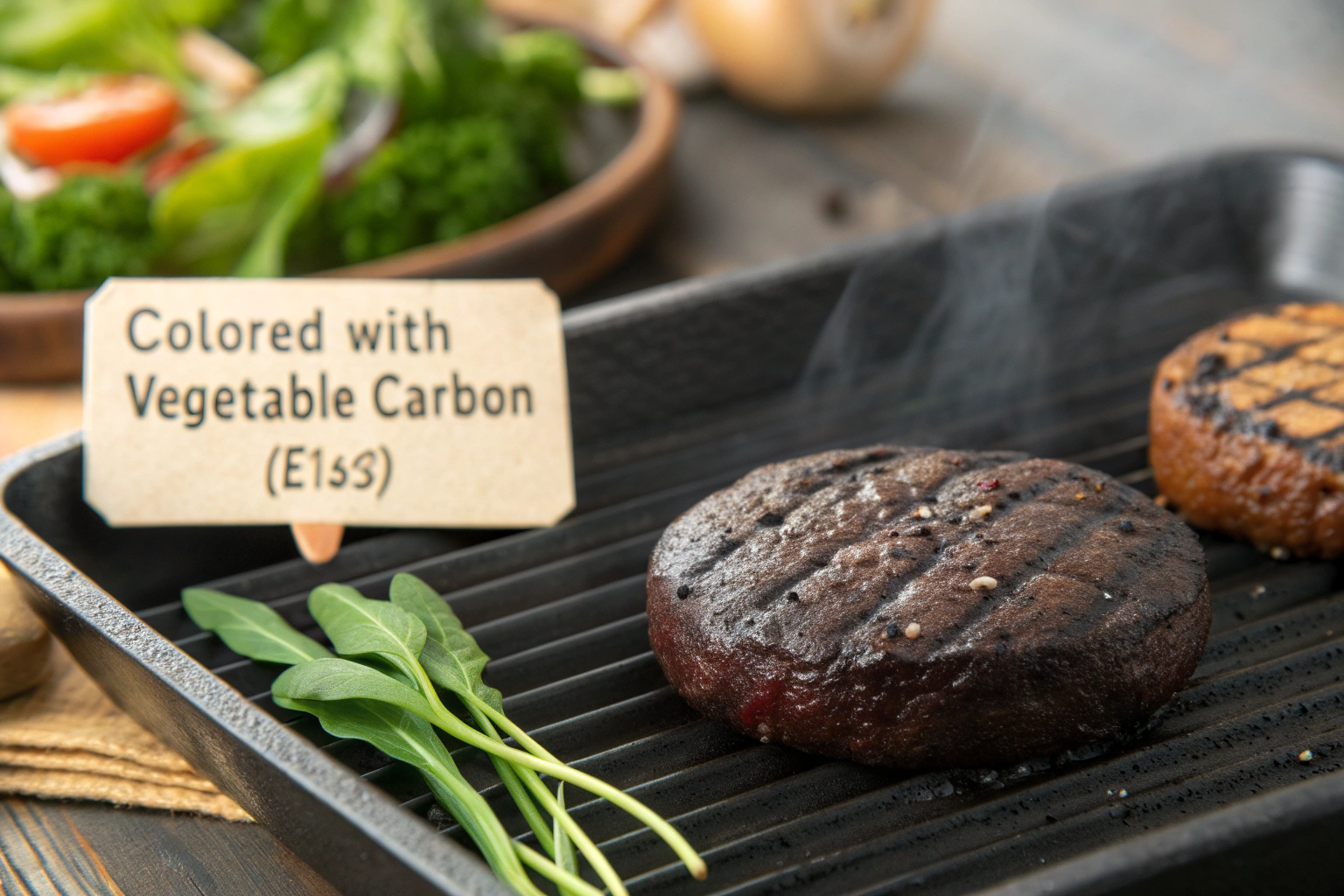

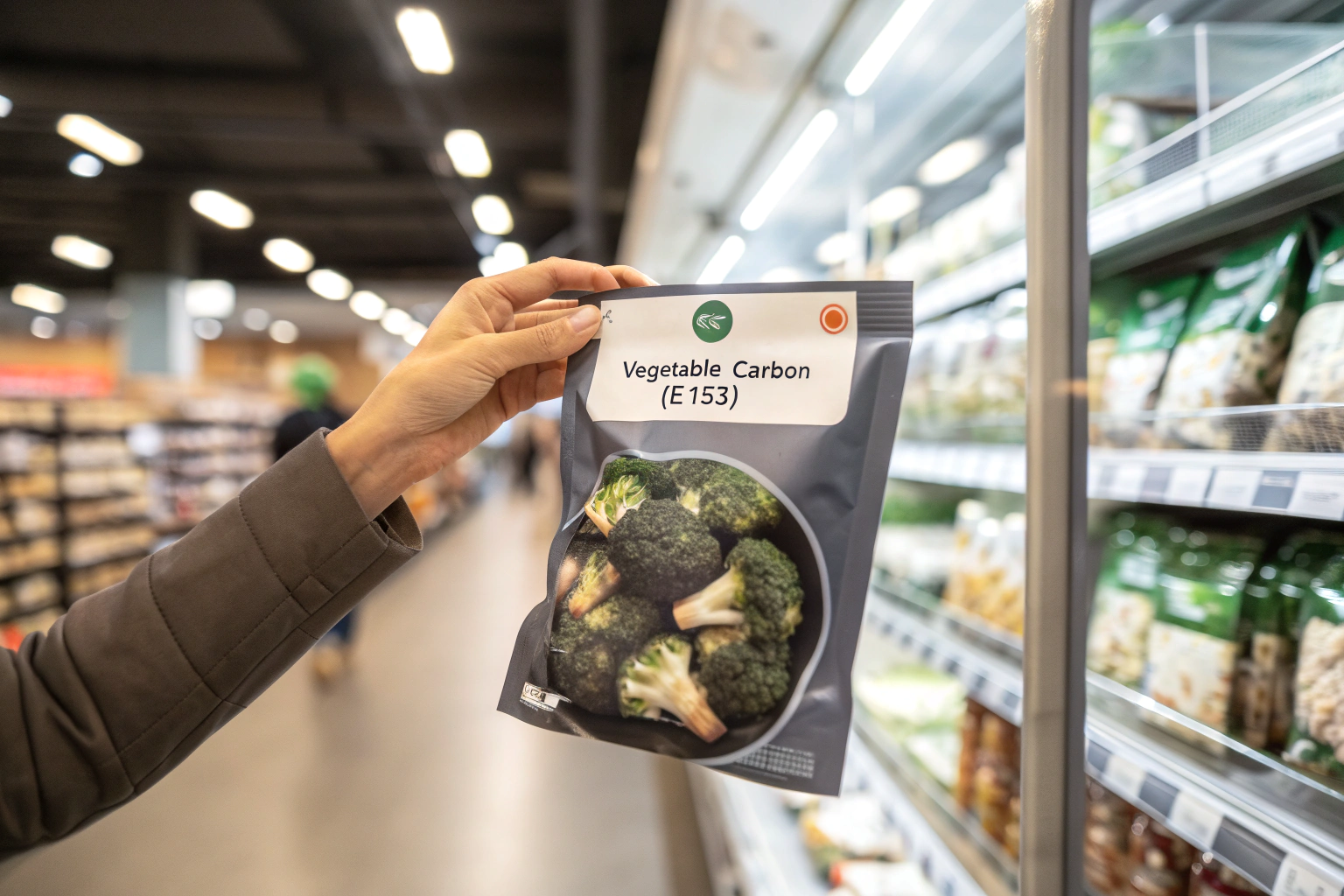


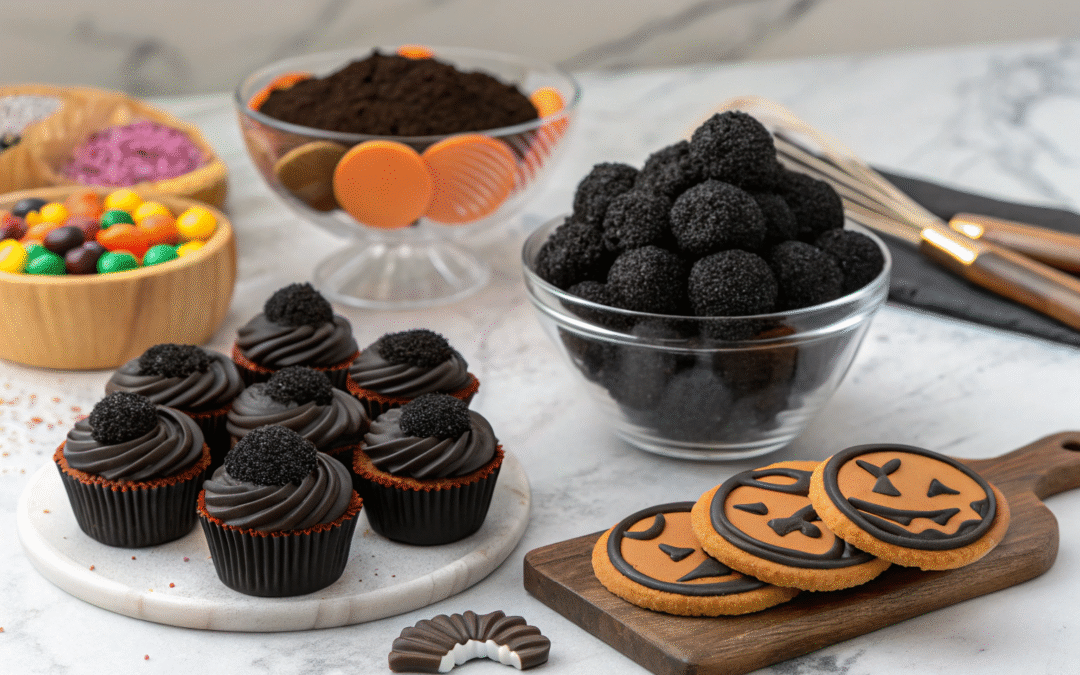
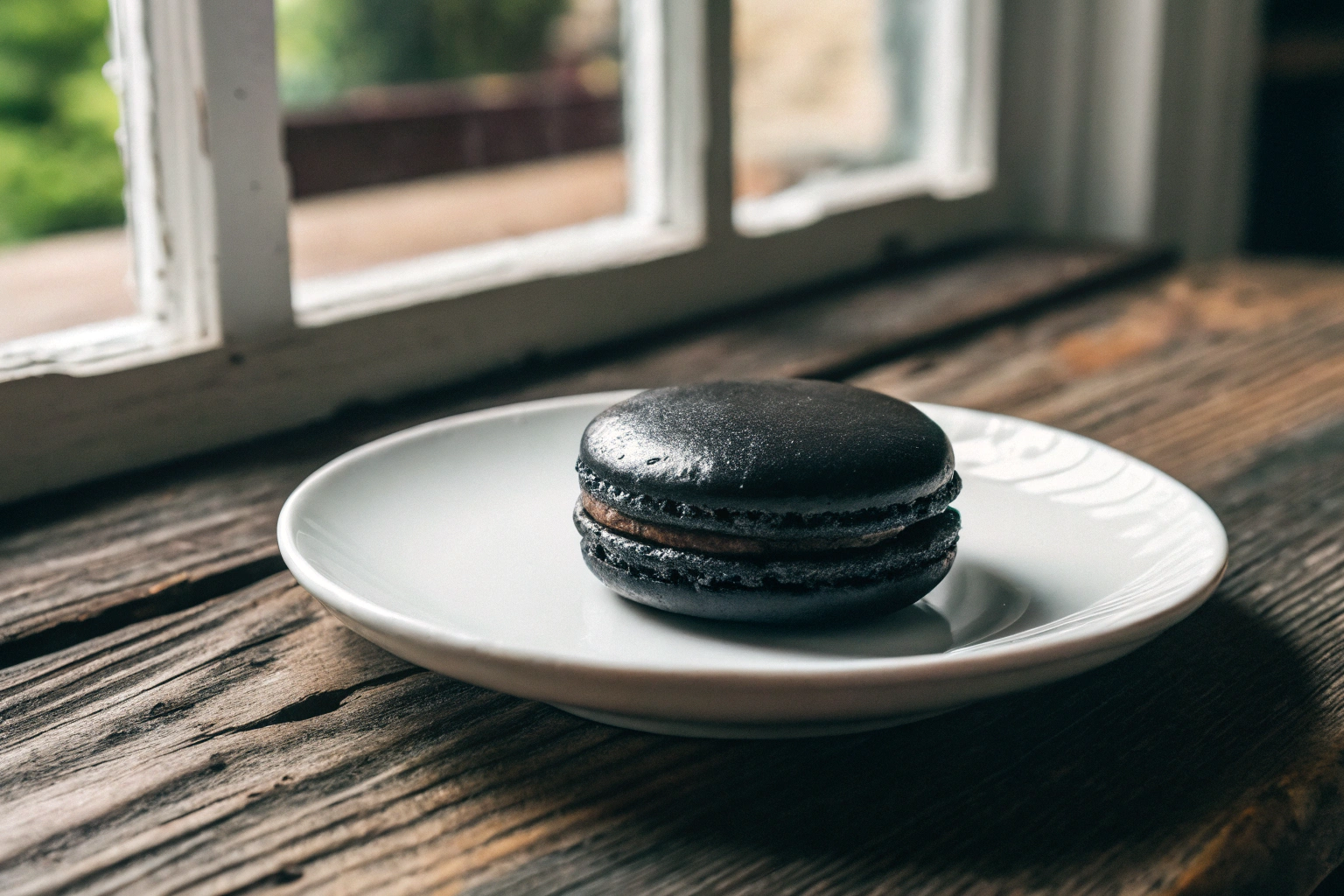
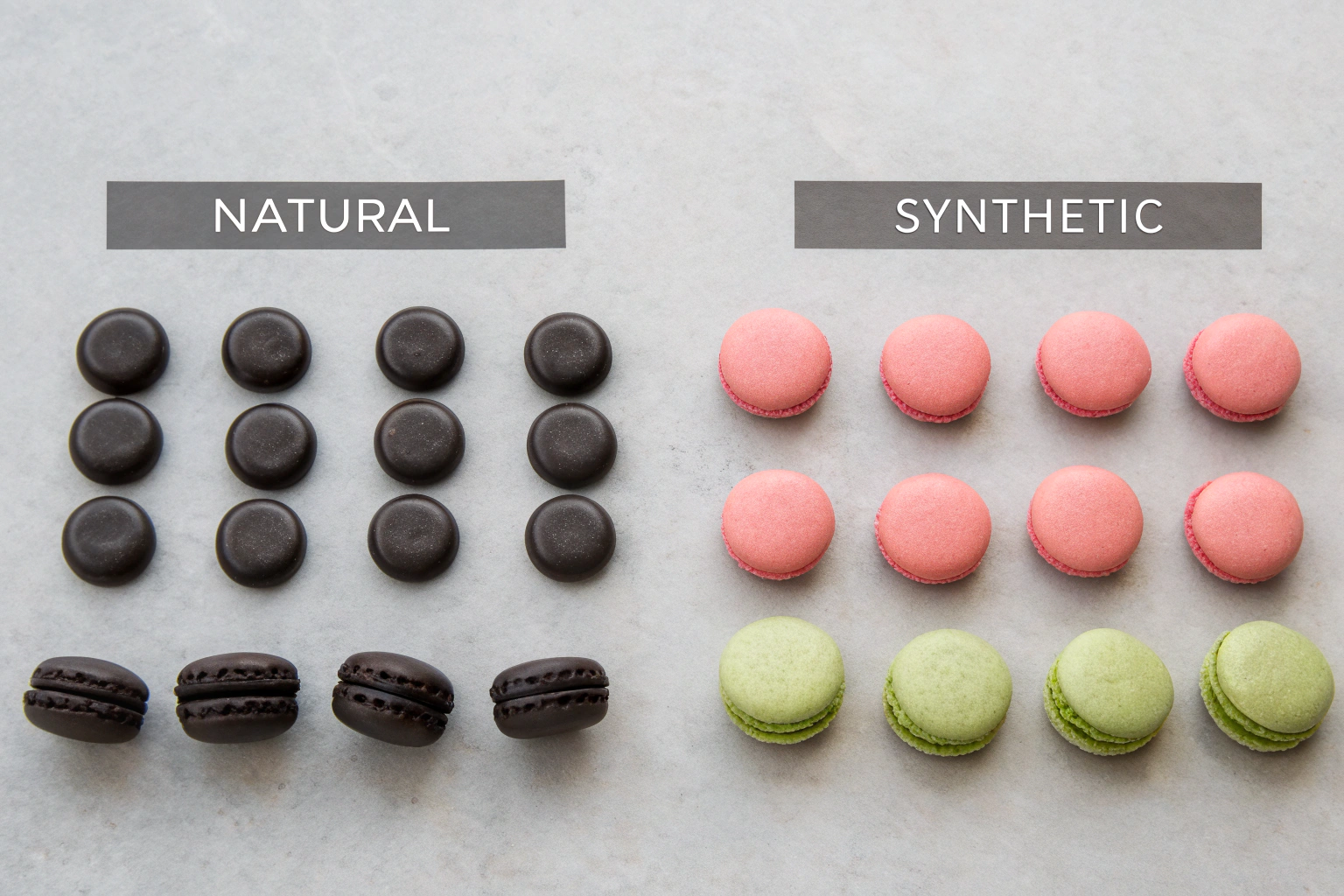

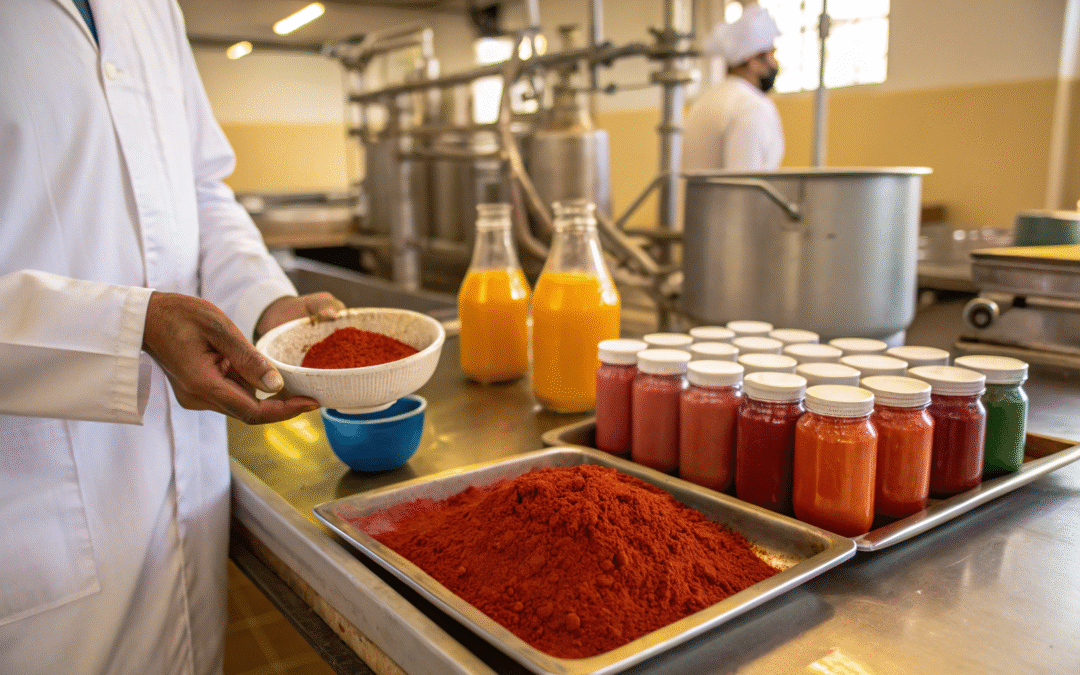
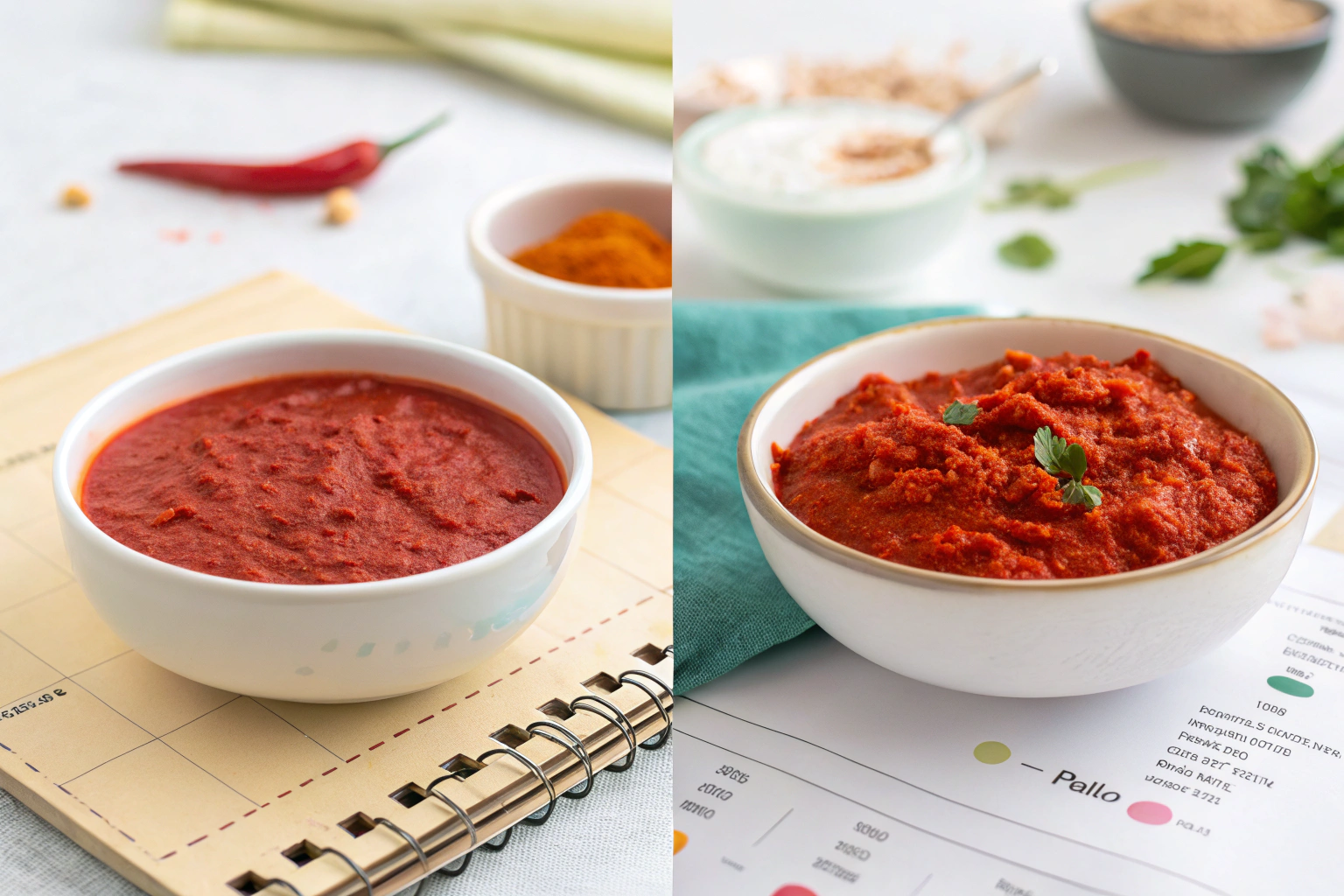

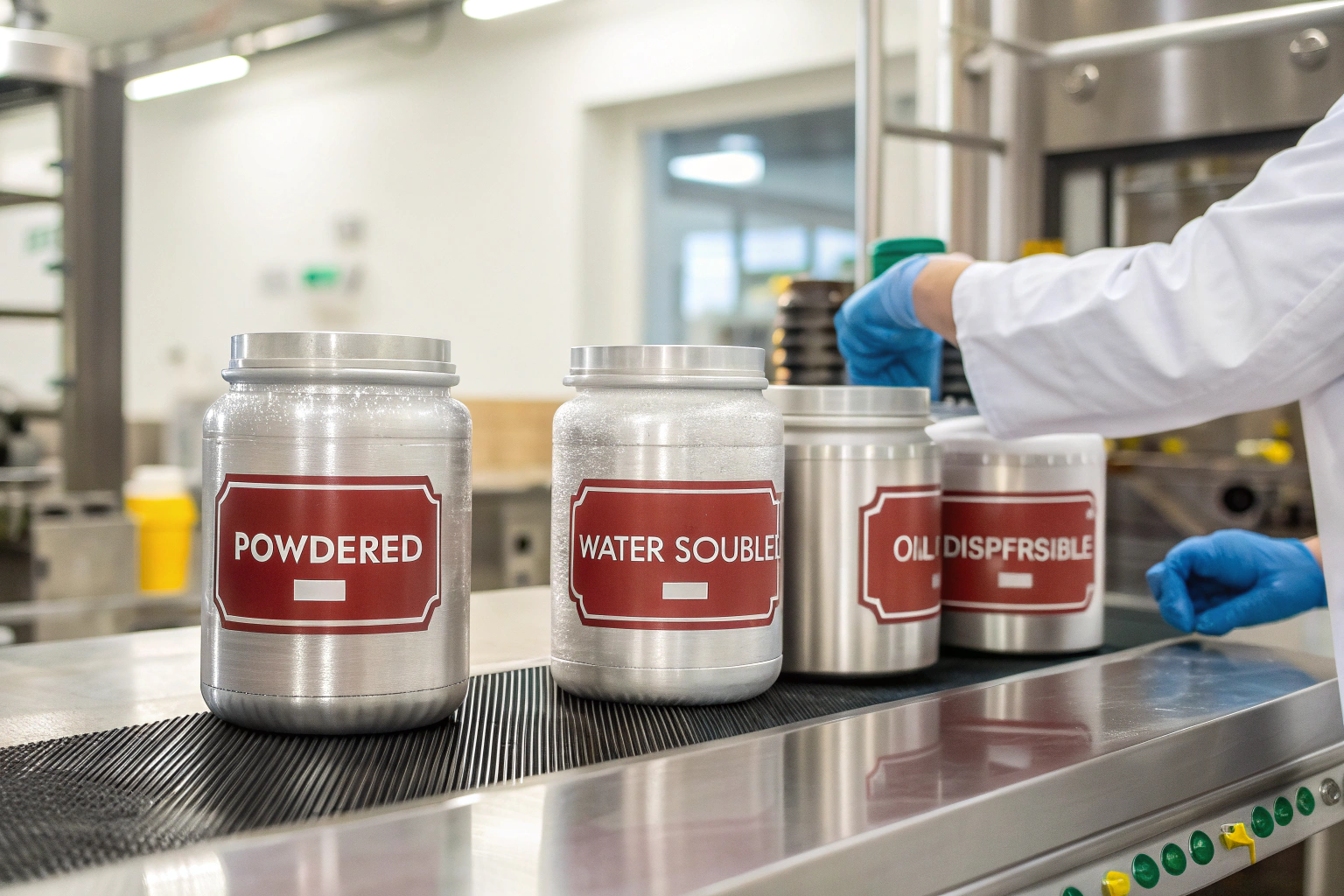
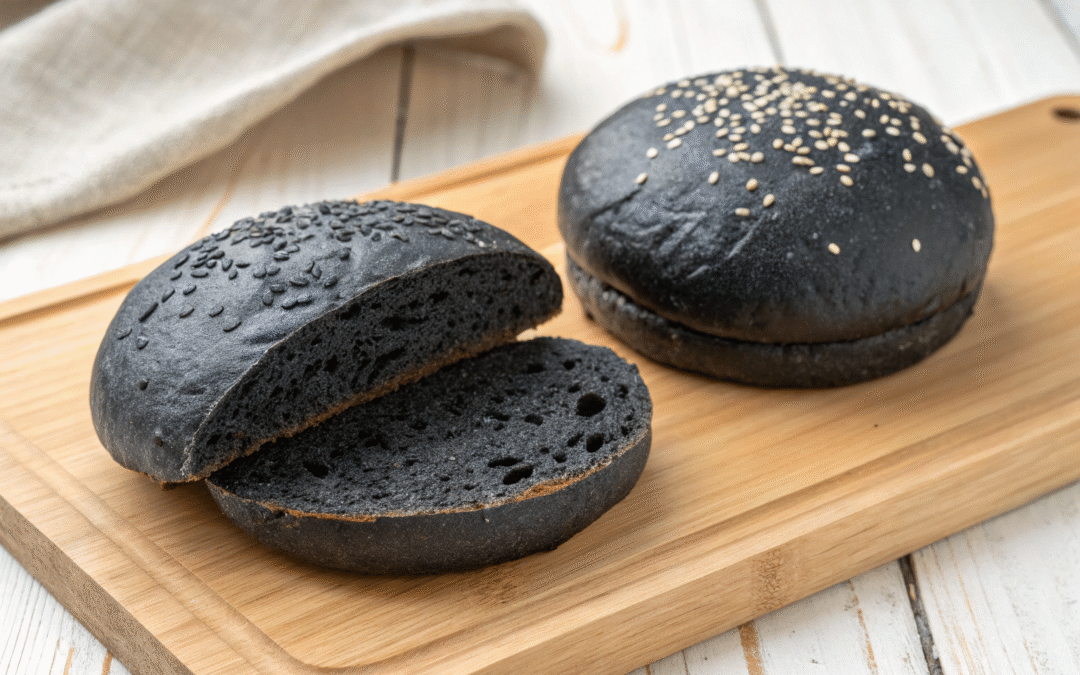
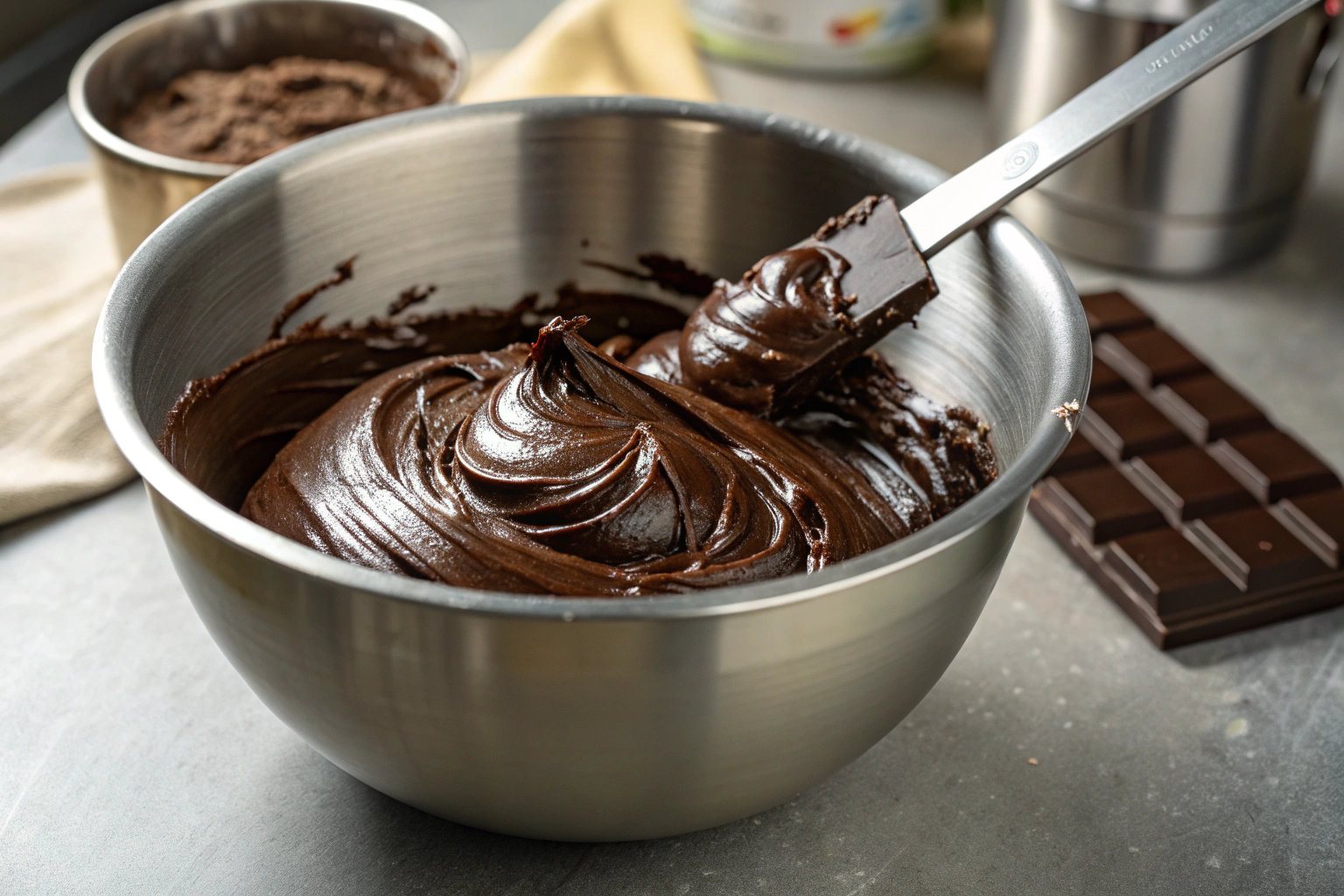
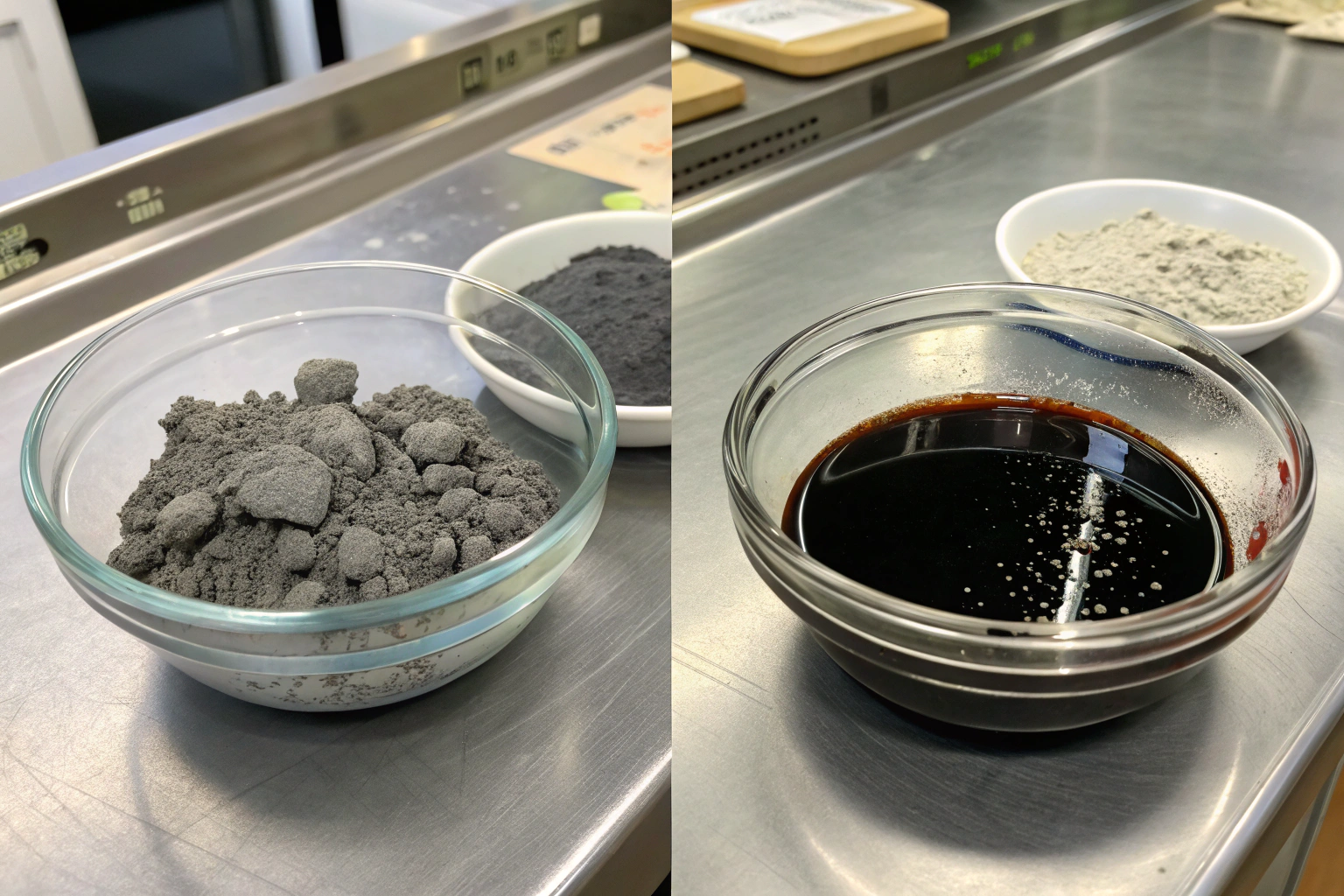
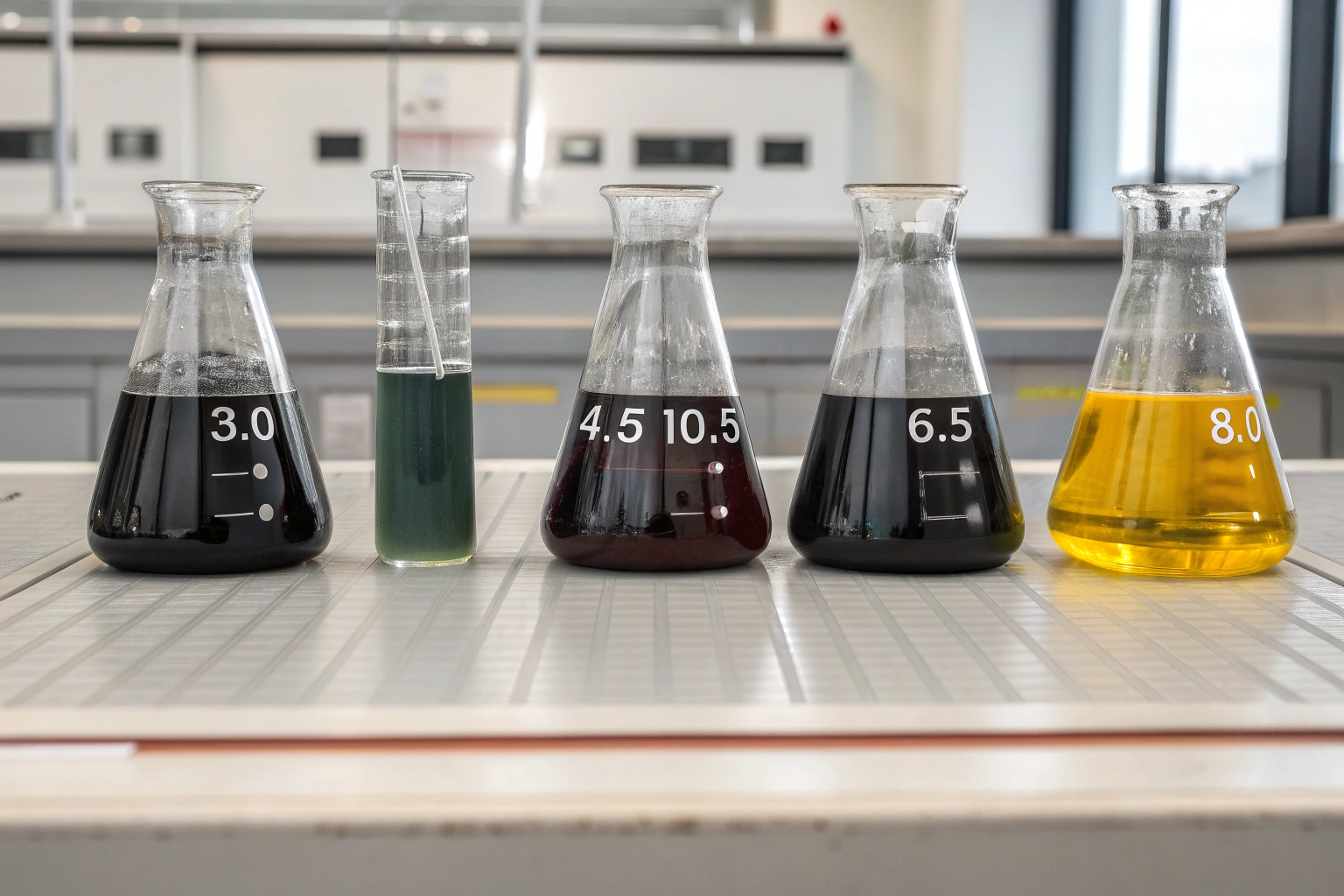
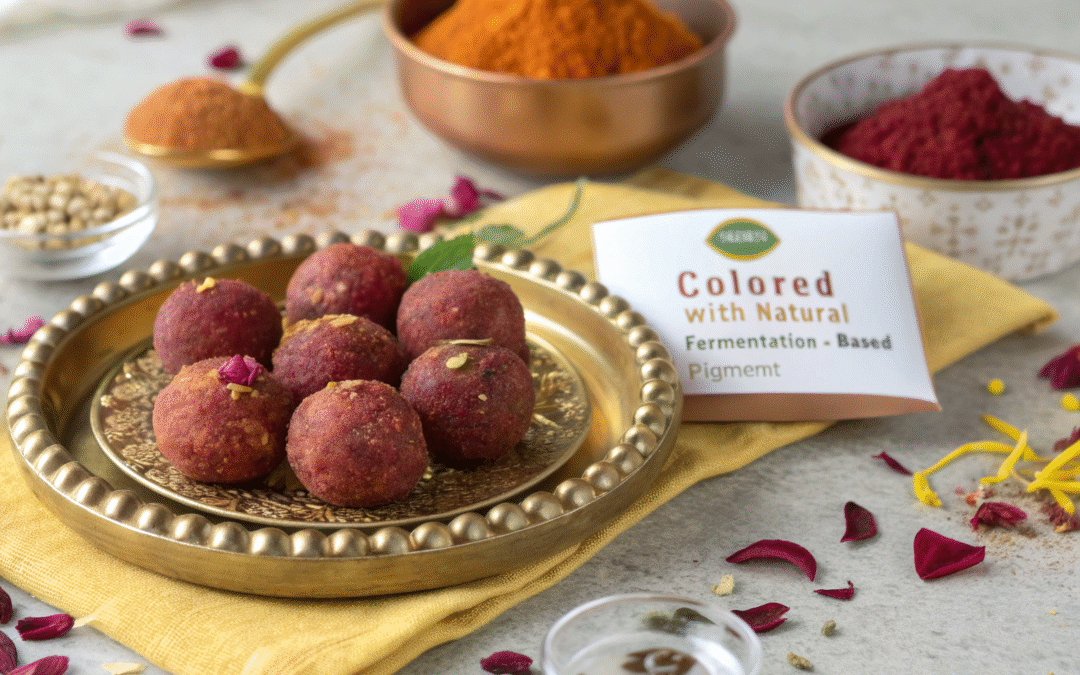
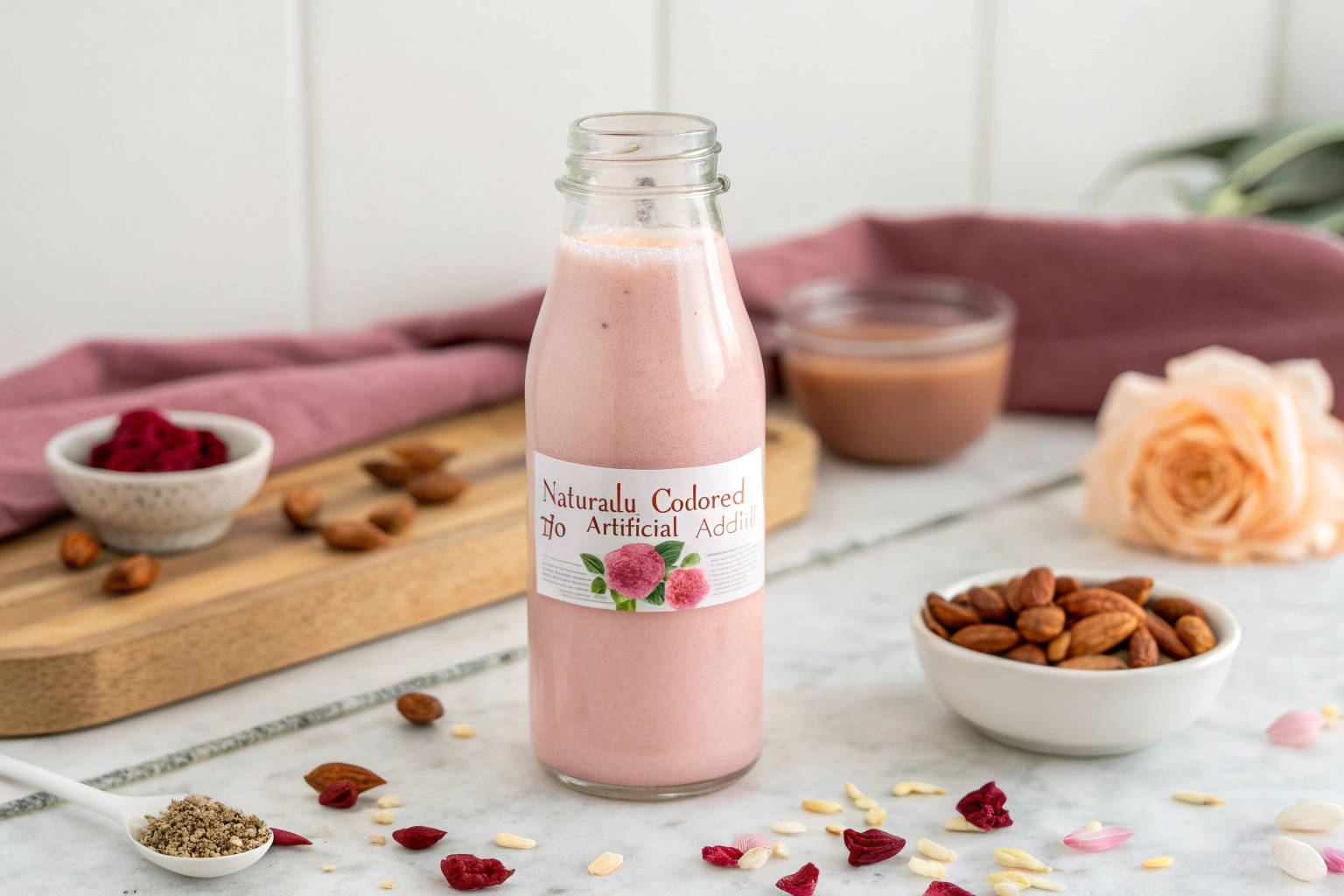
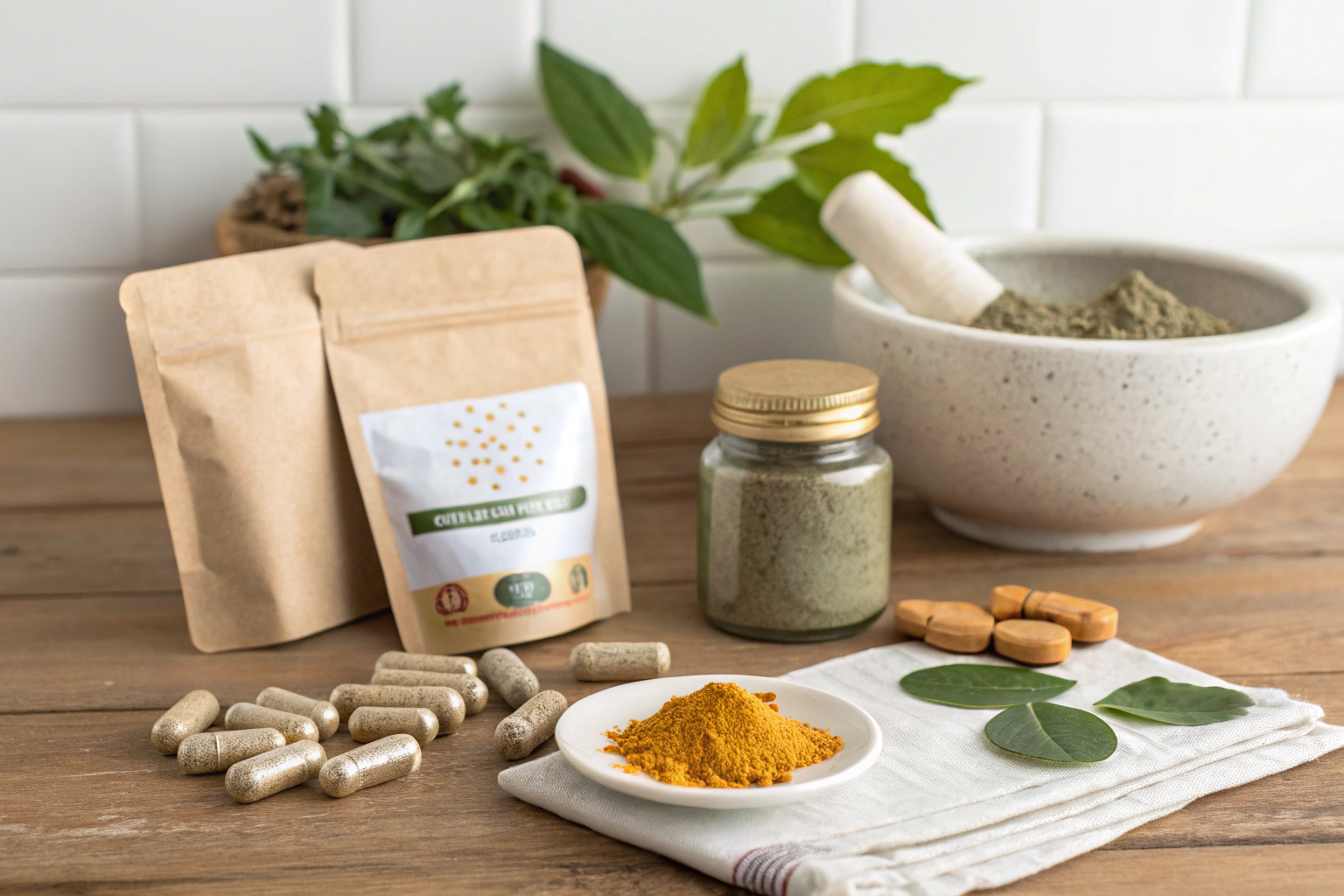
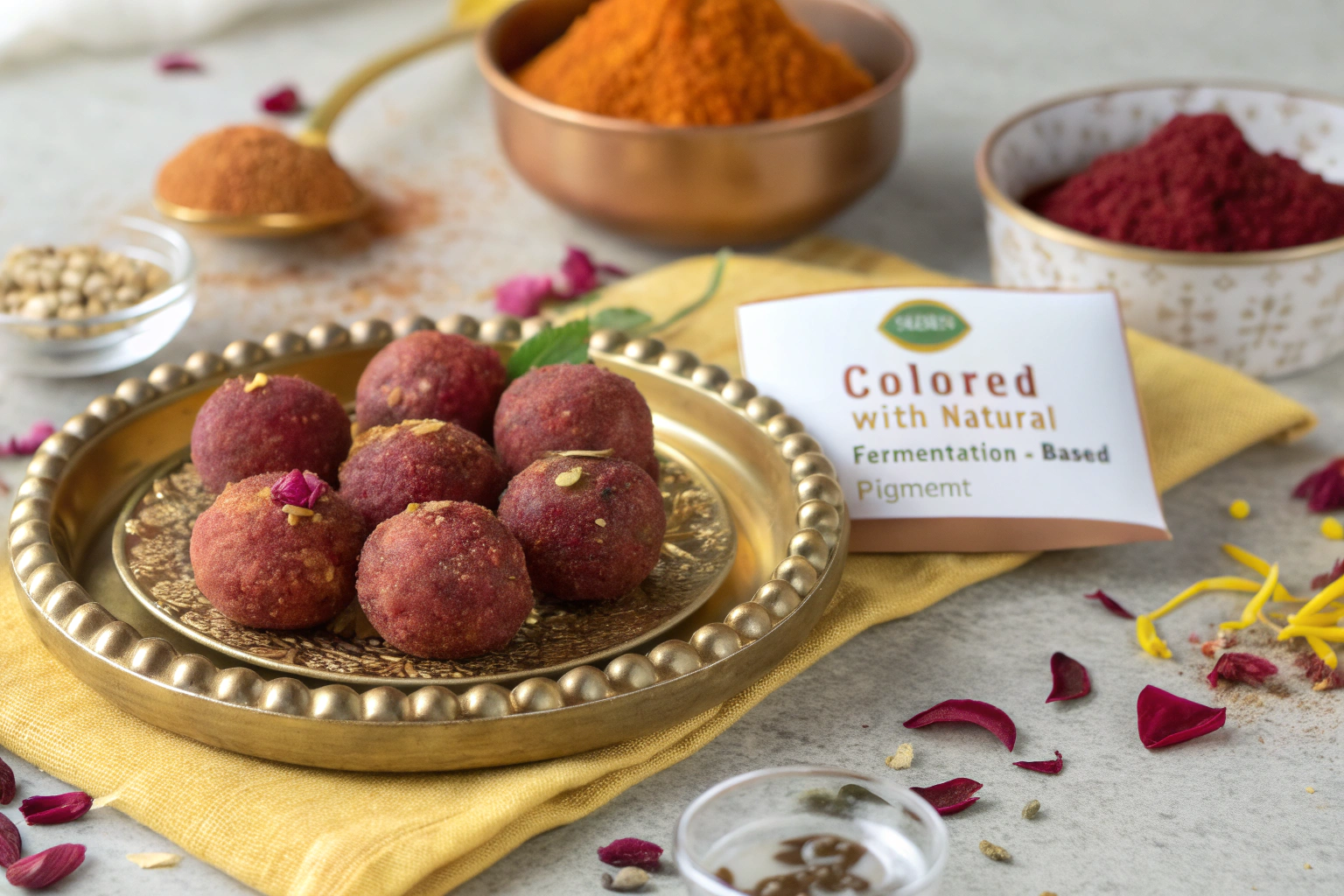
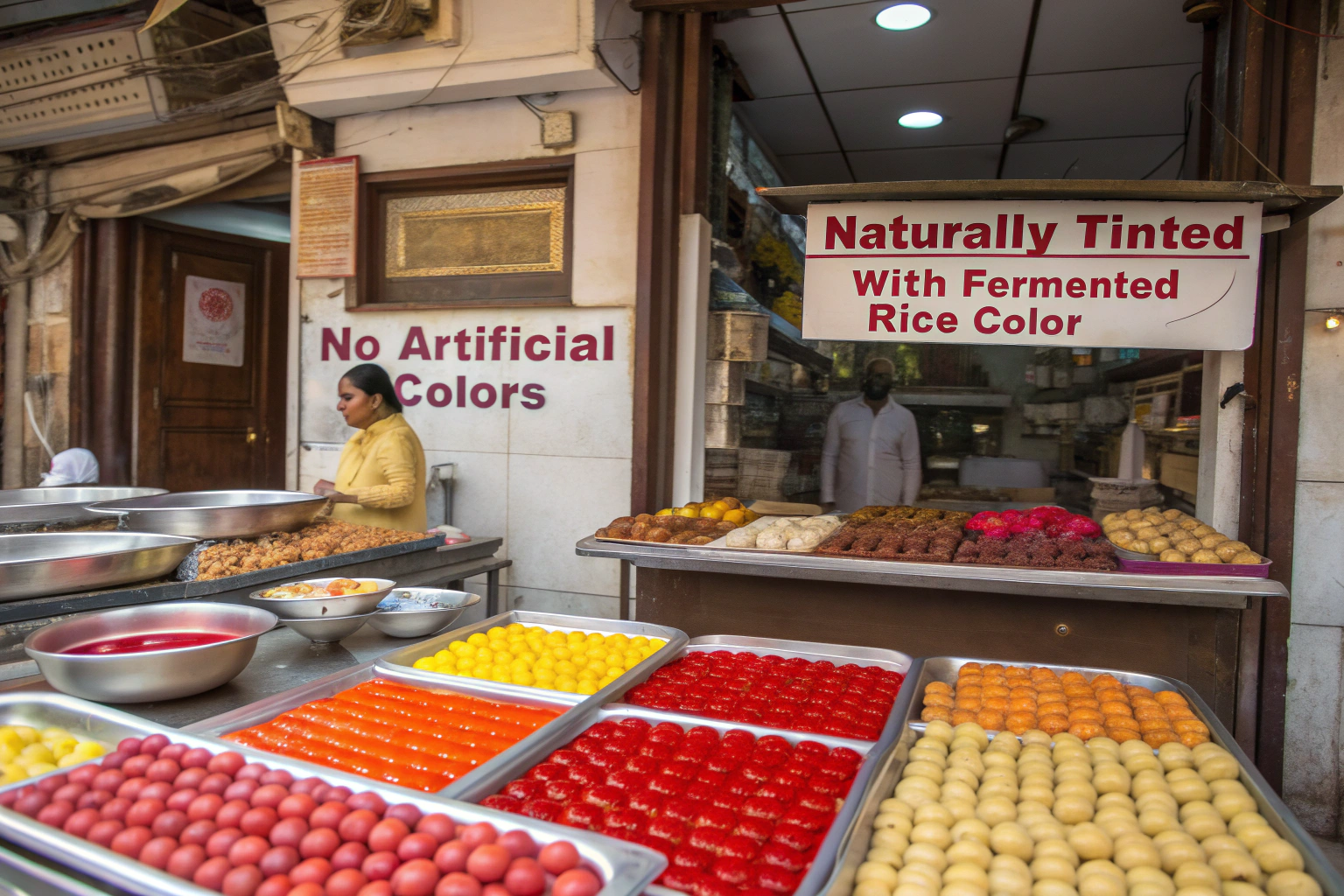
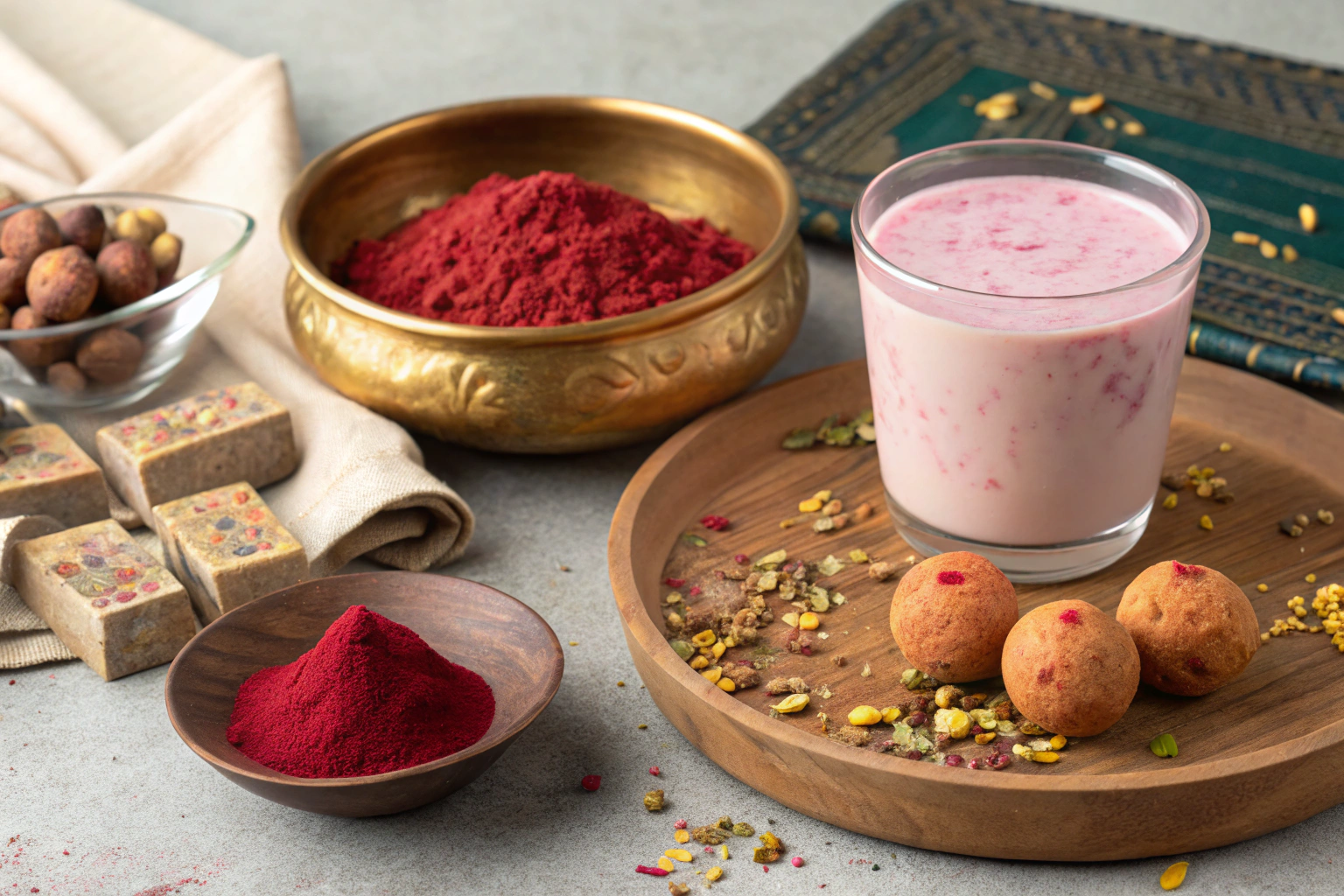
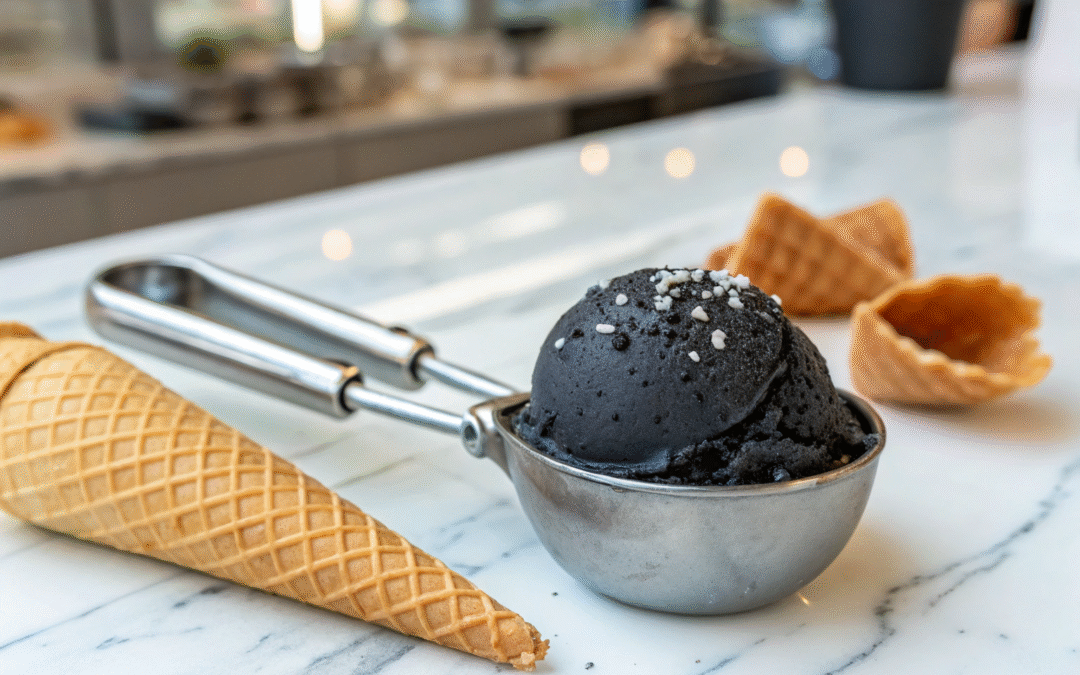

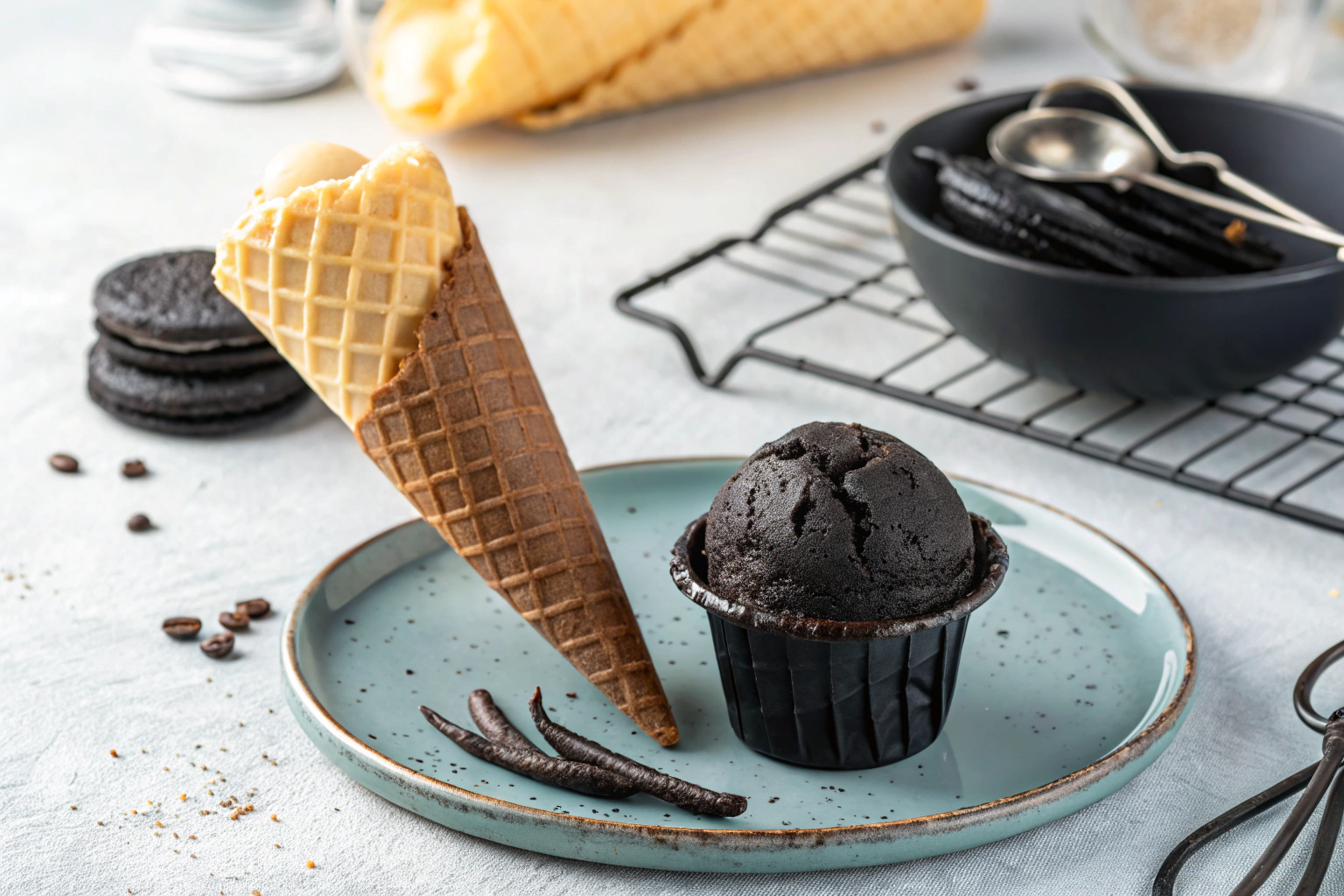
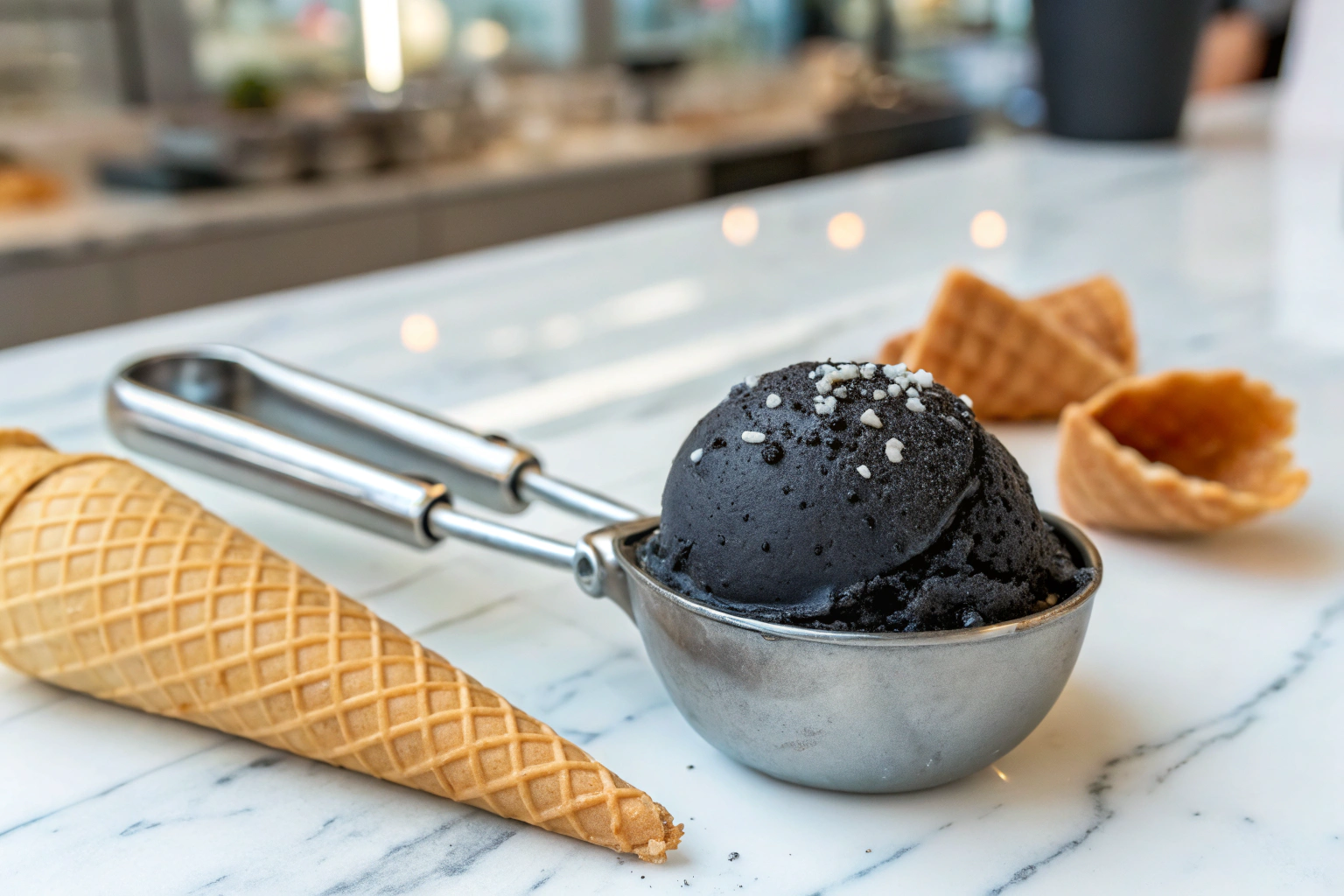
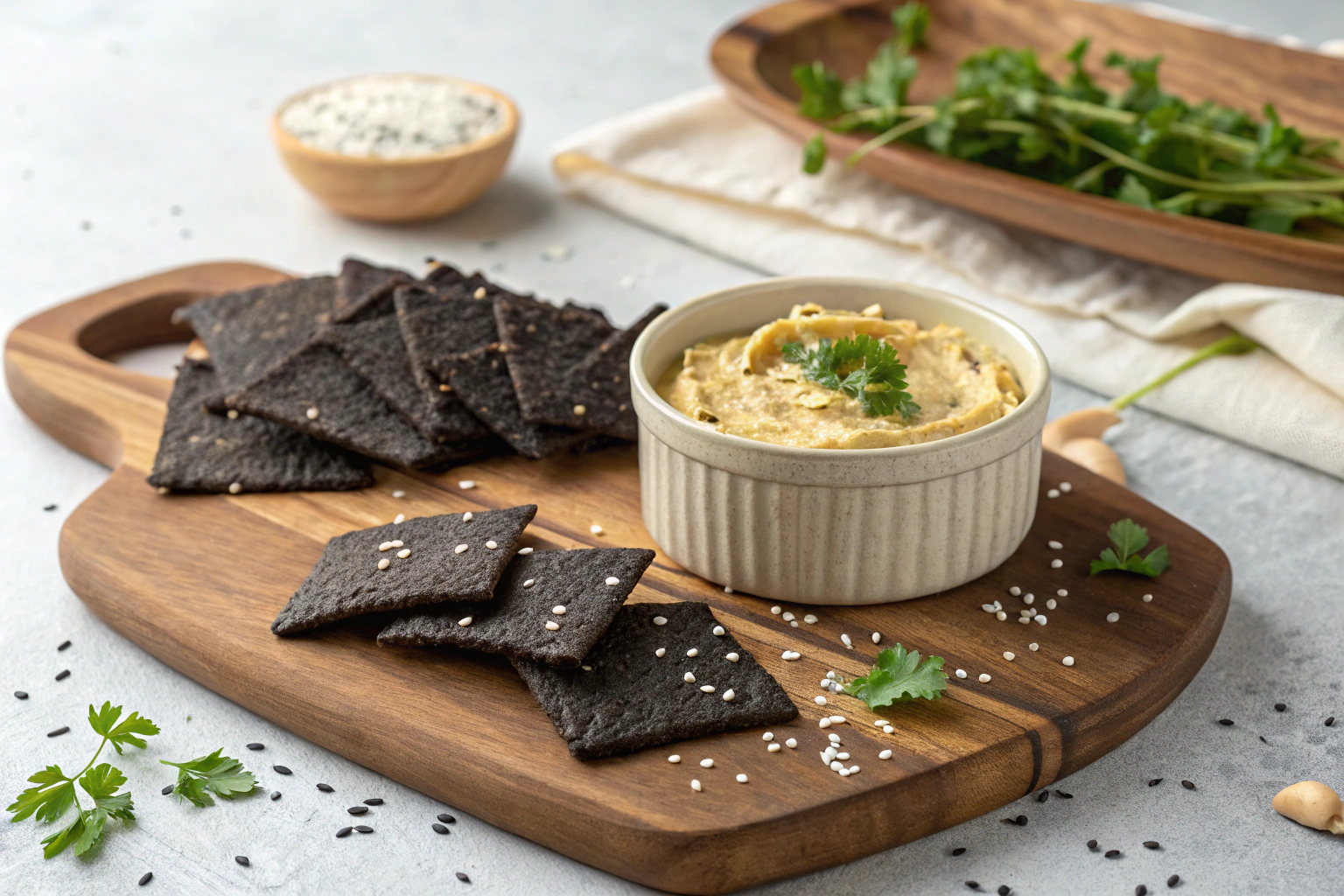
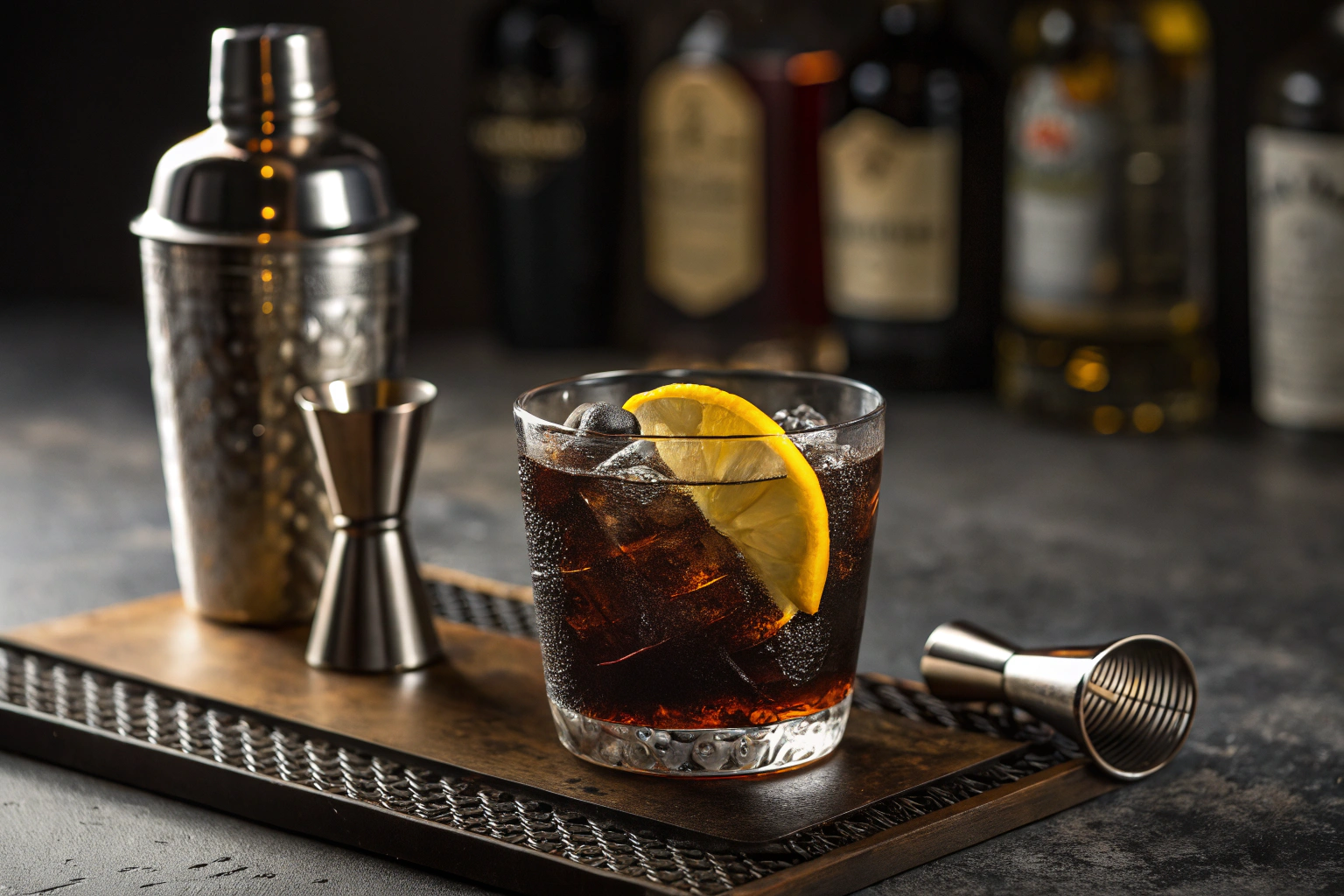
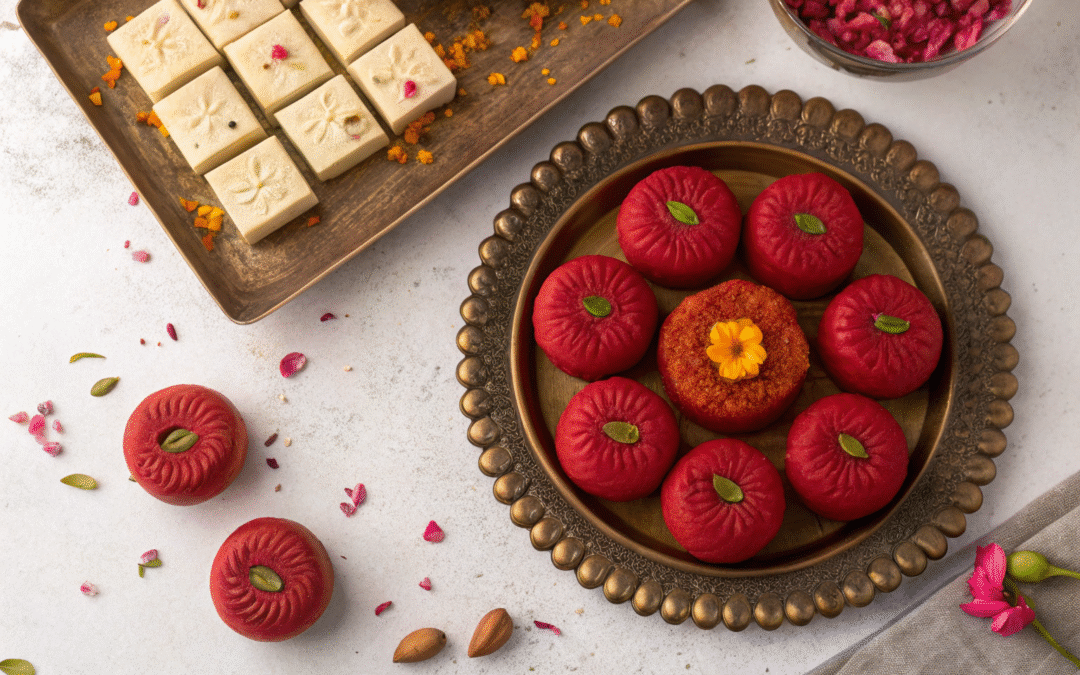


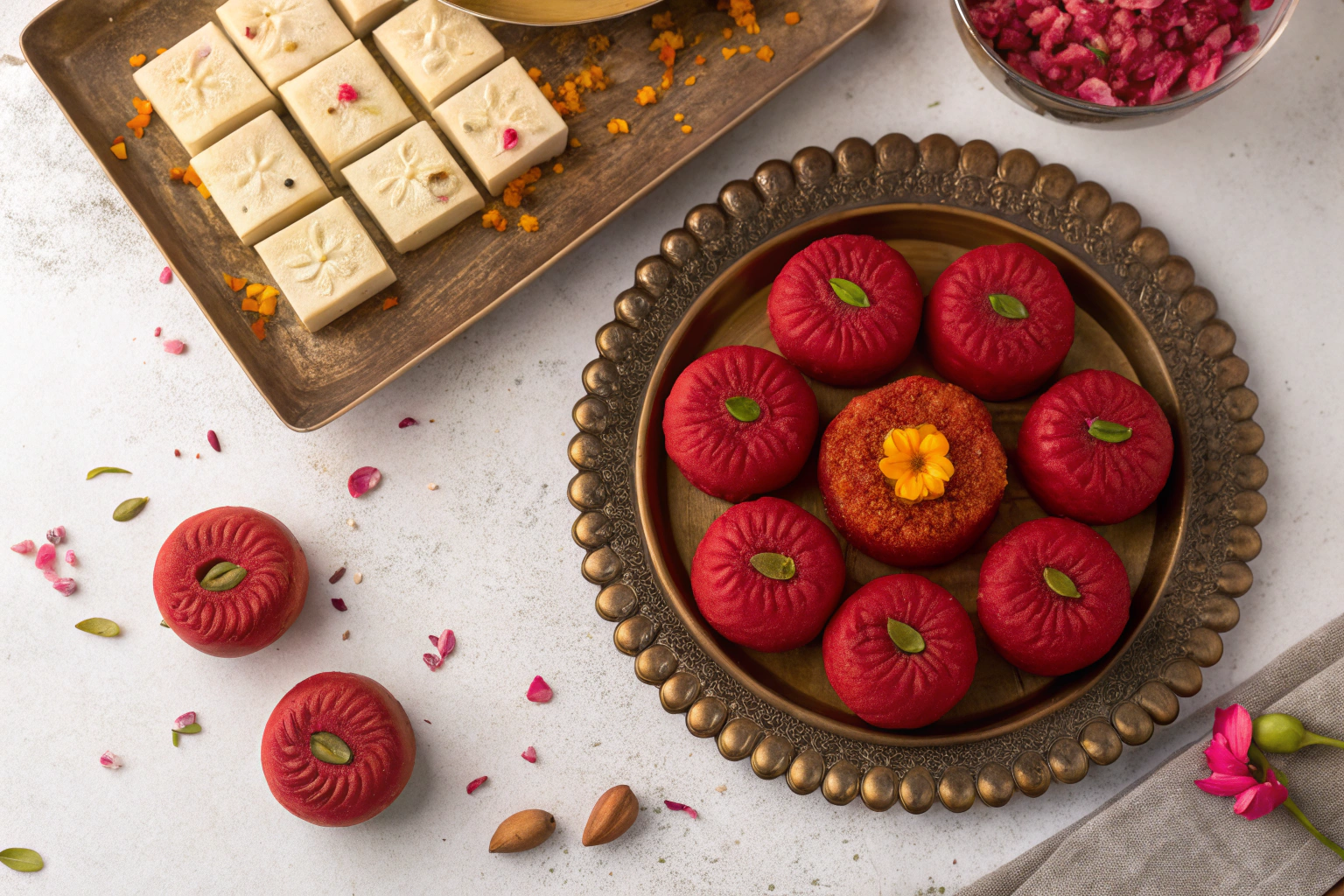
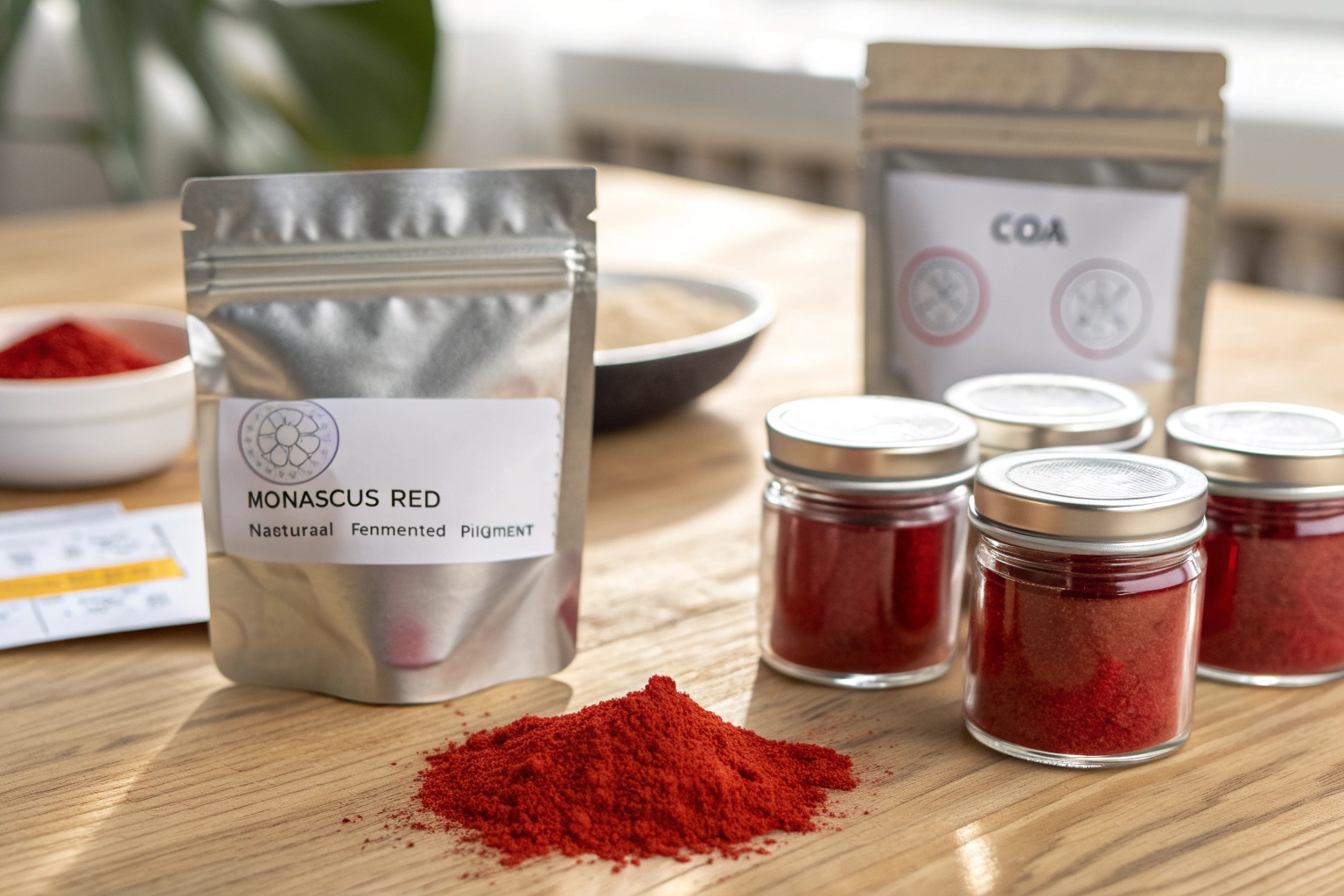
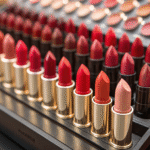
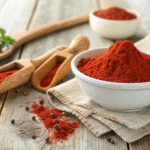

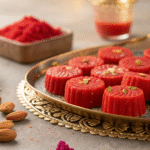

Recent Comments